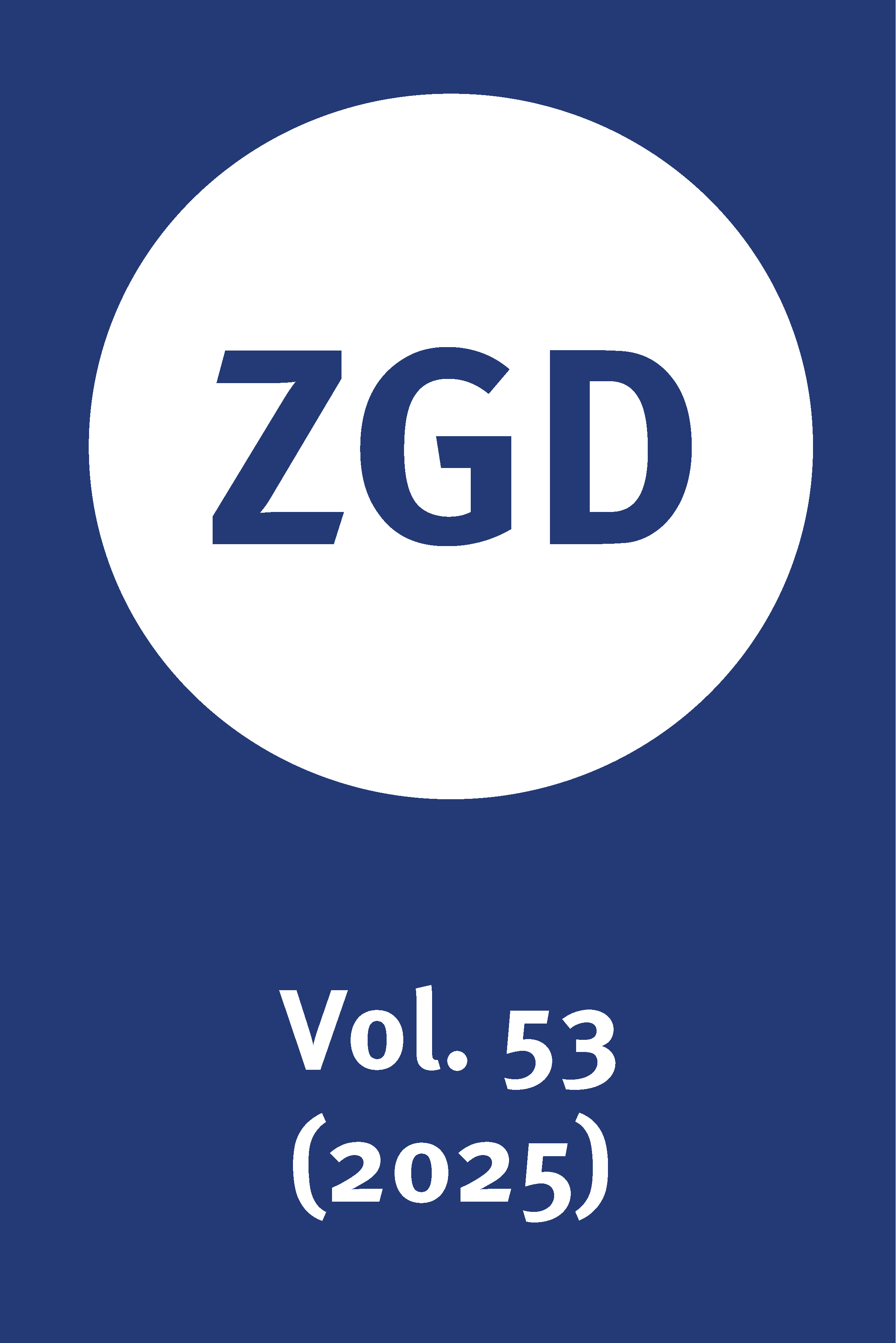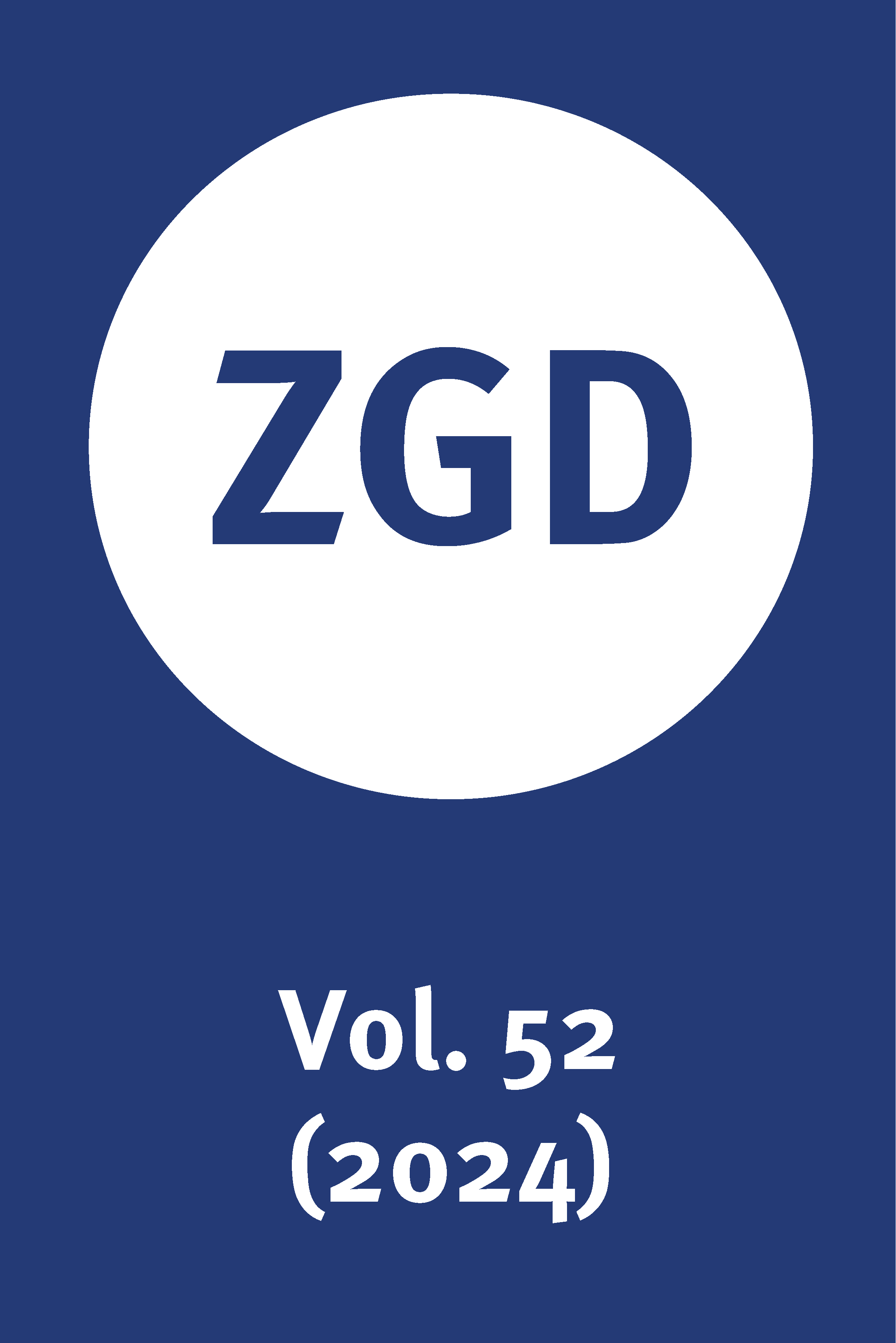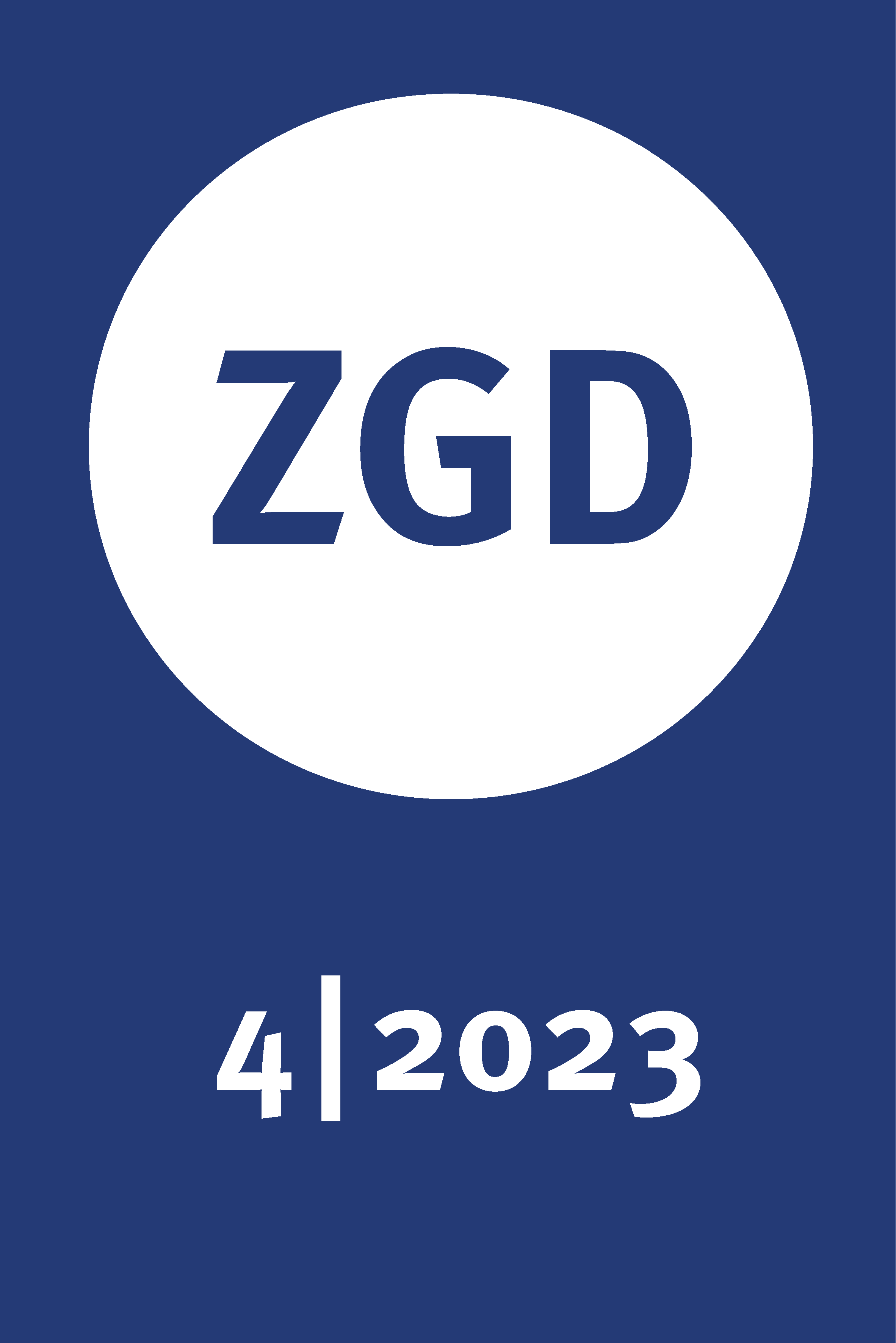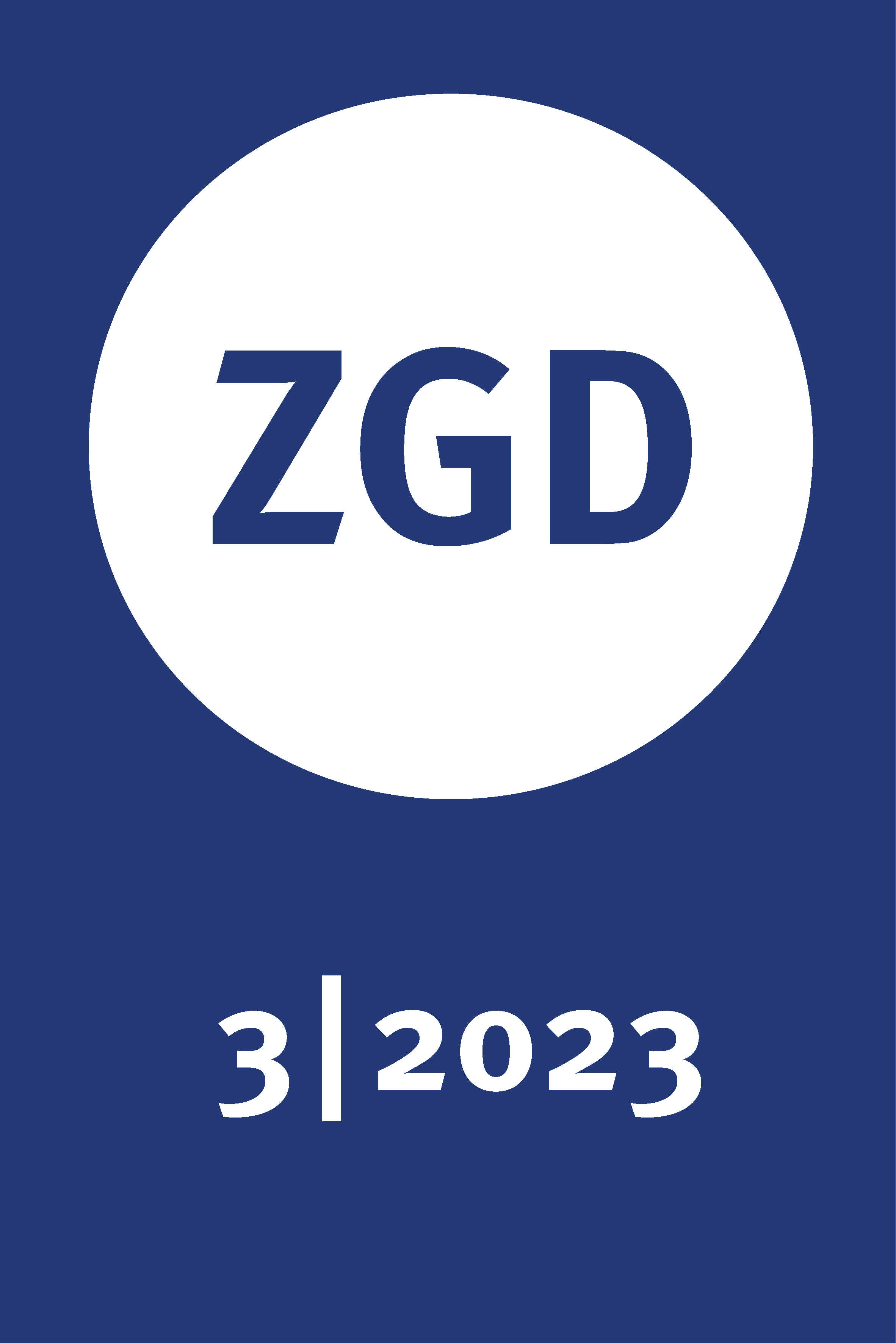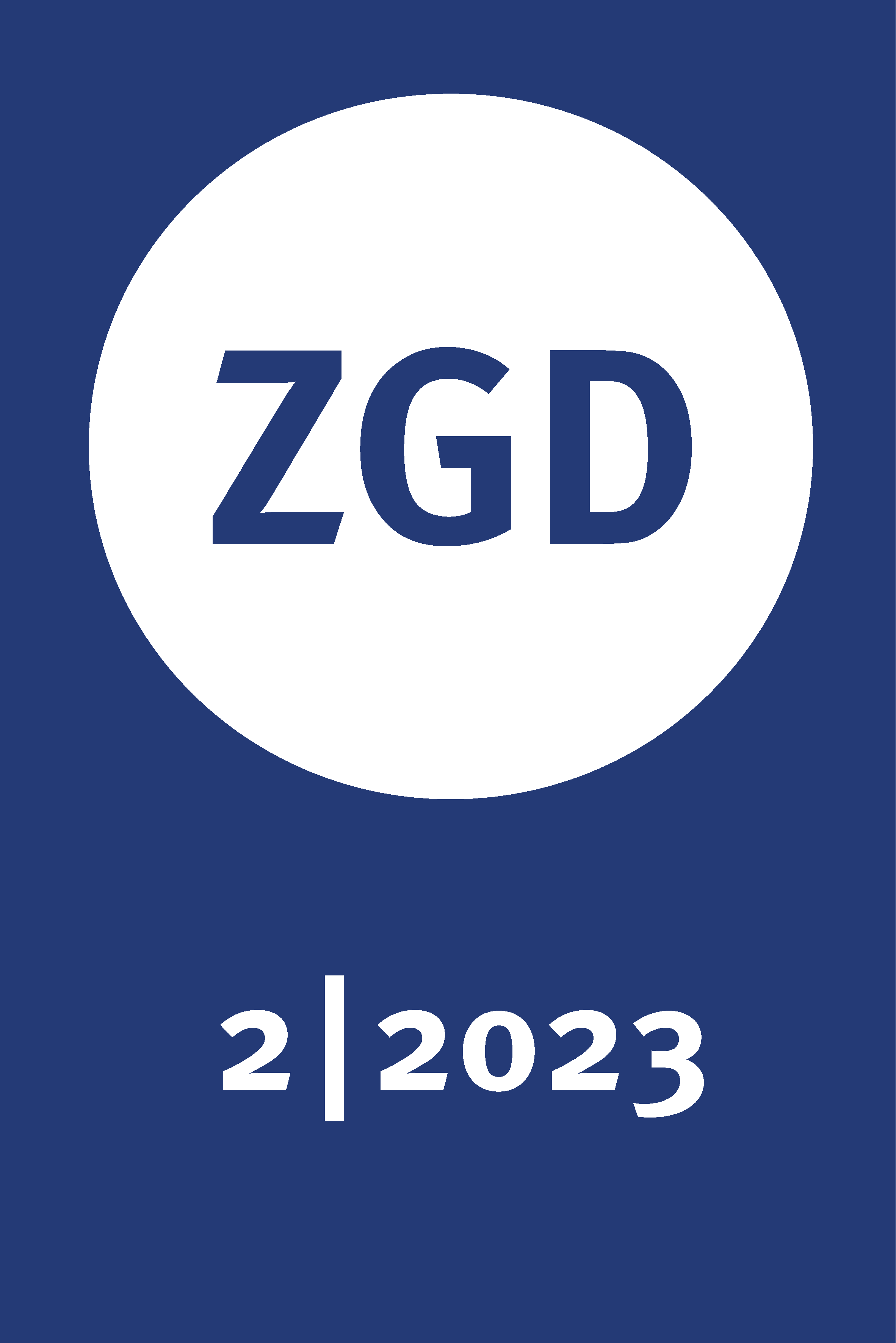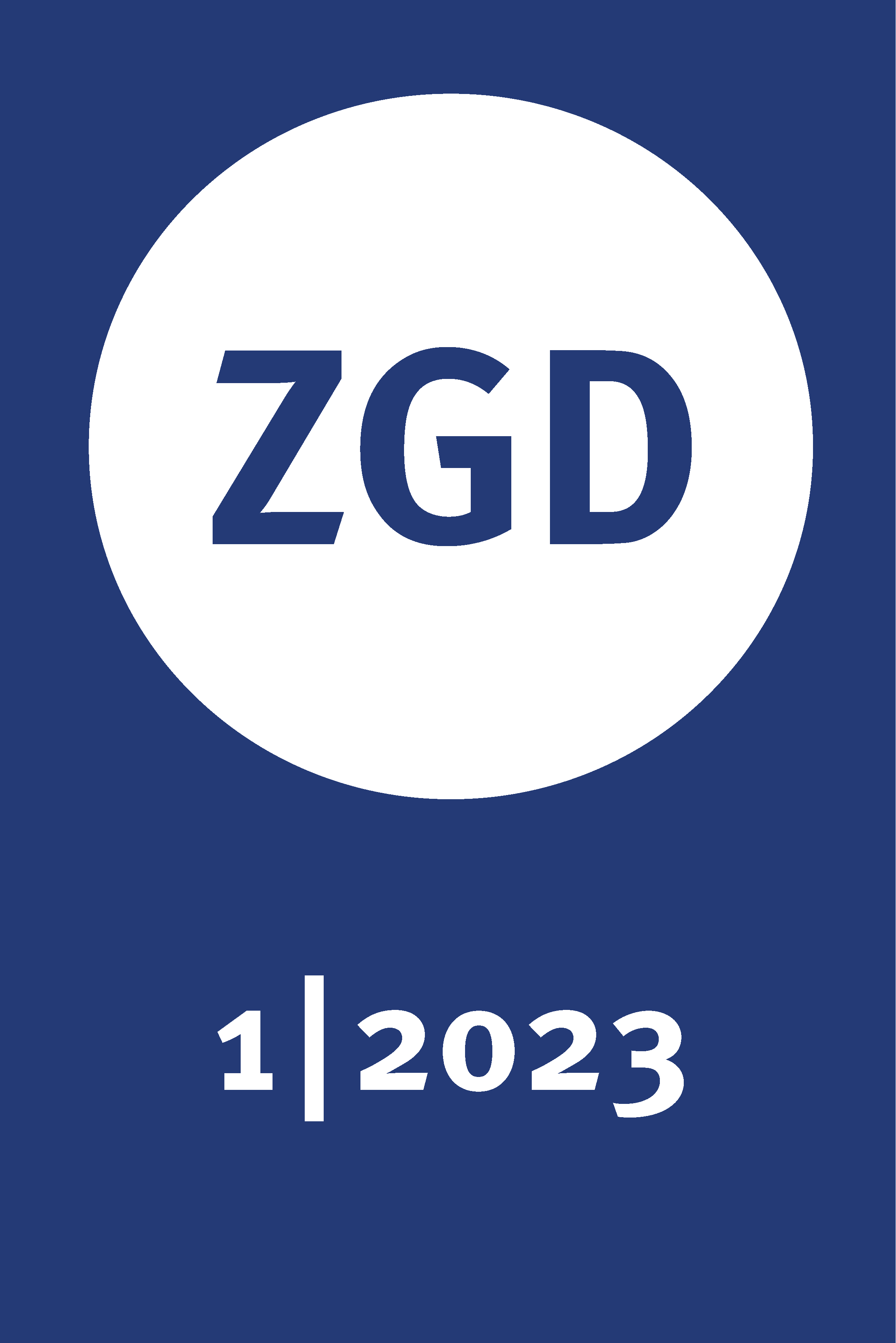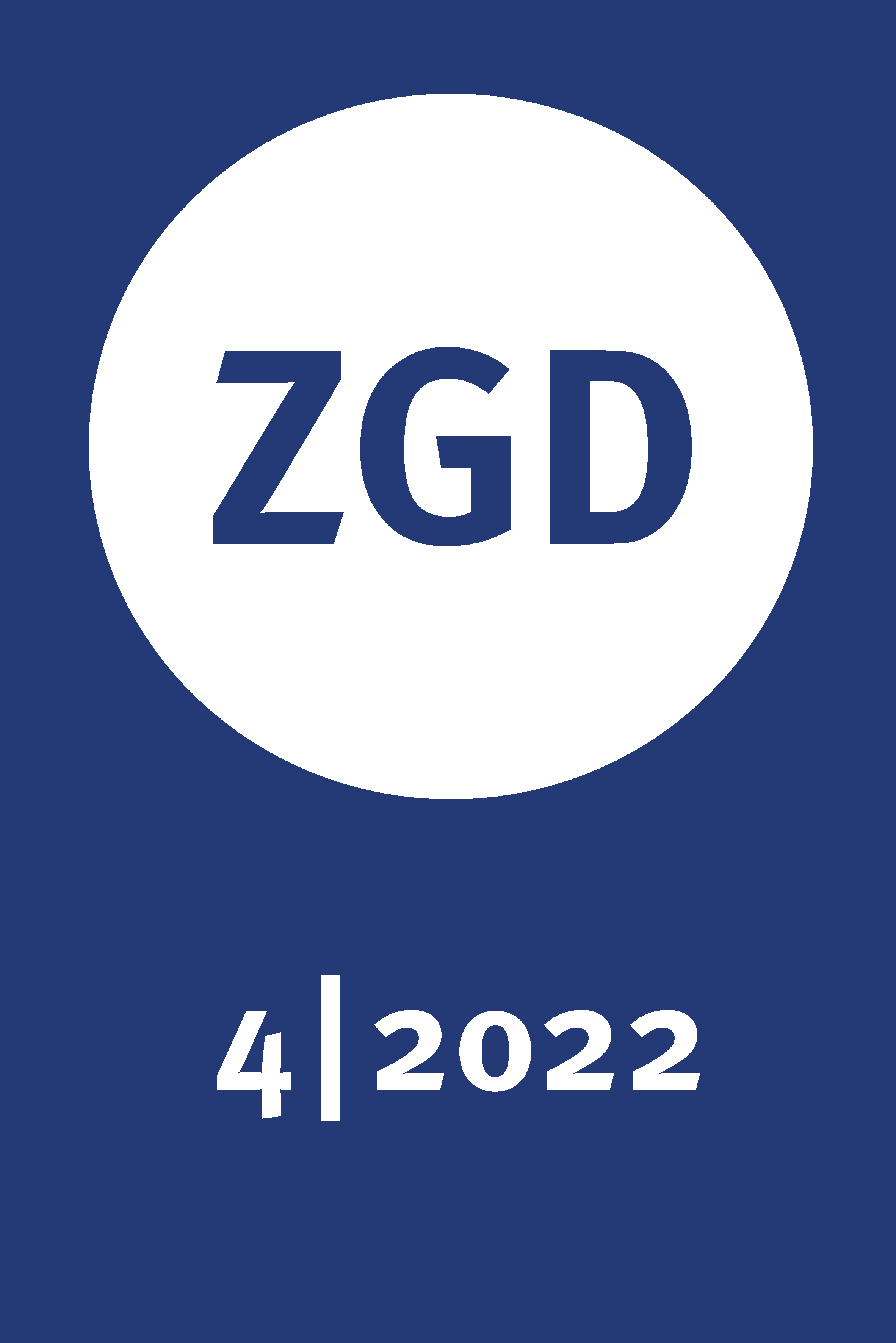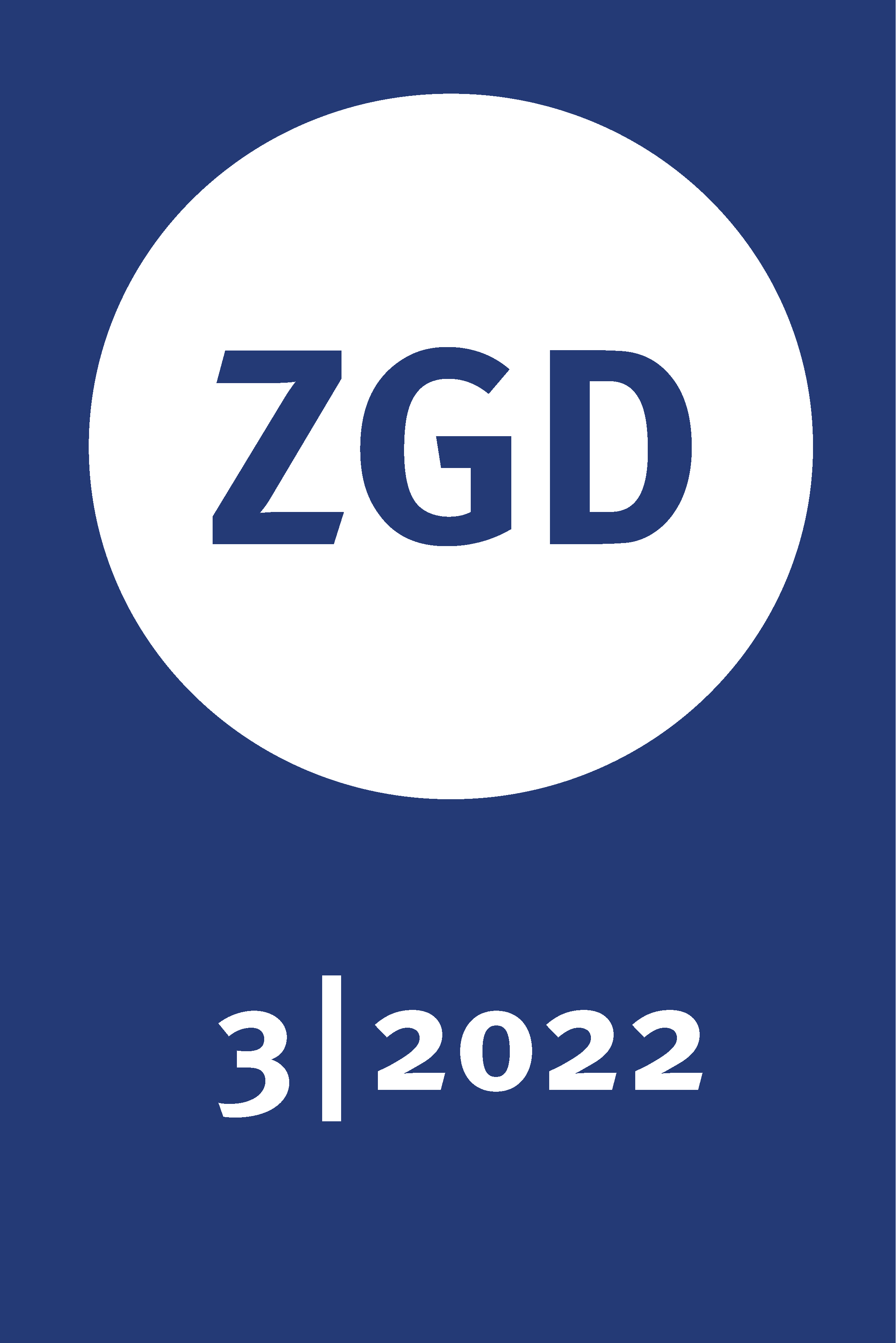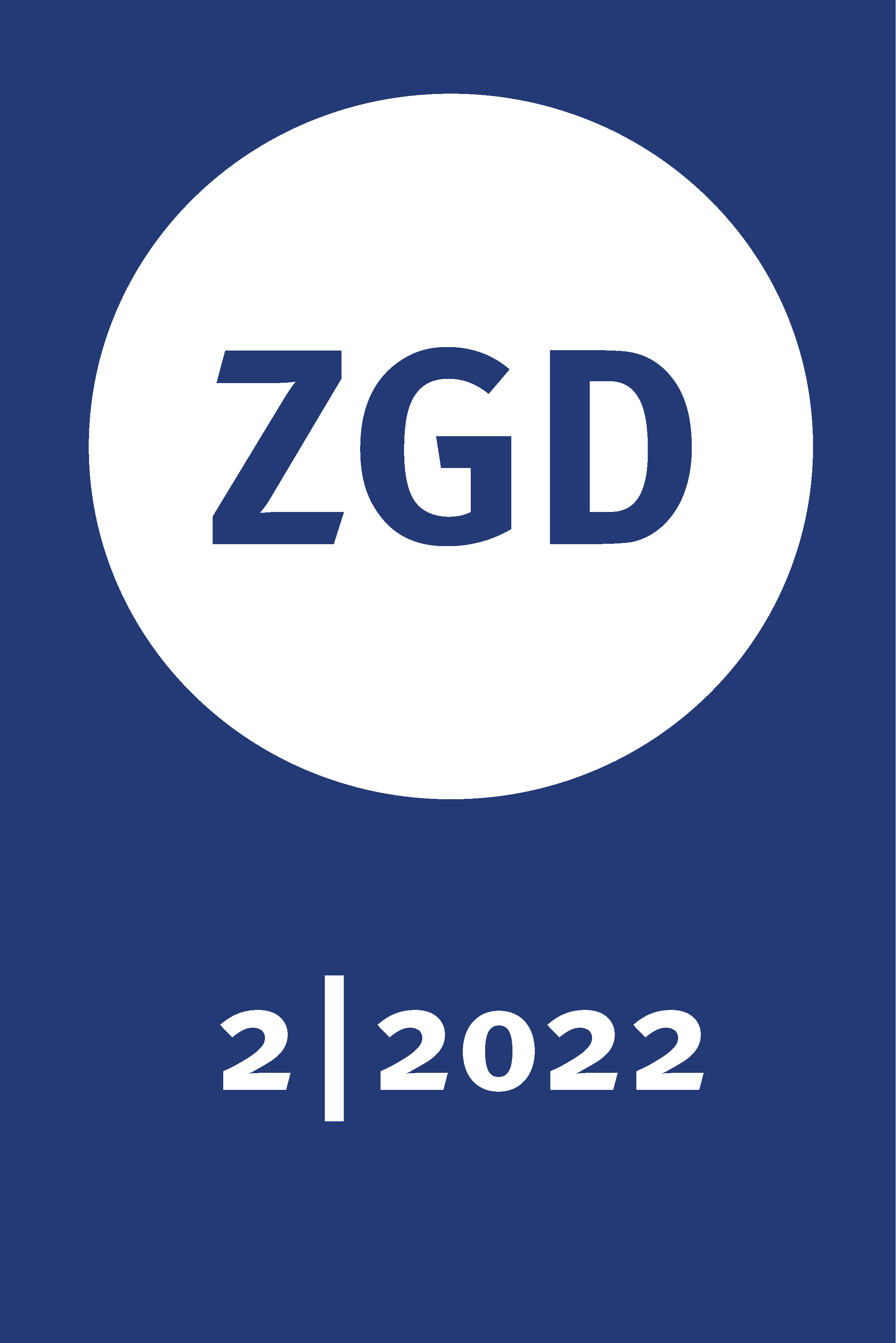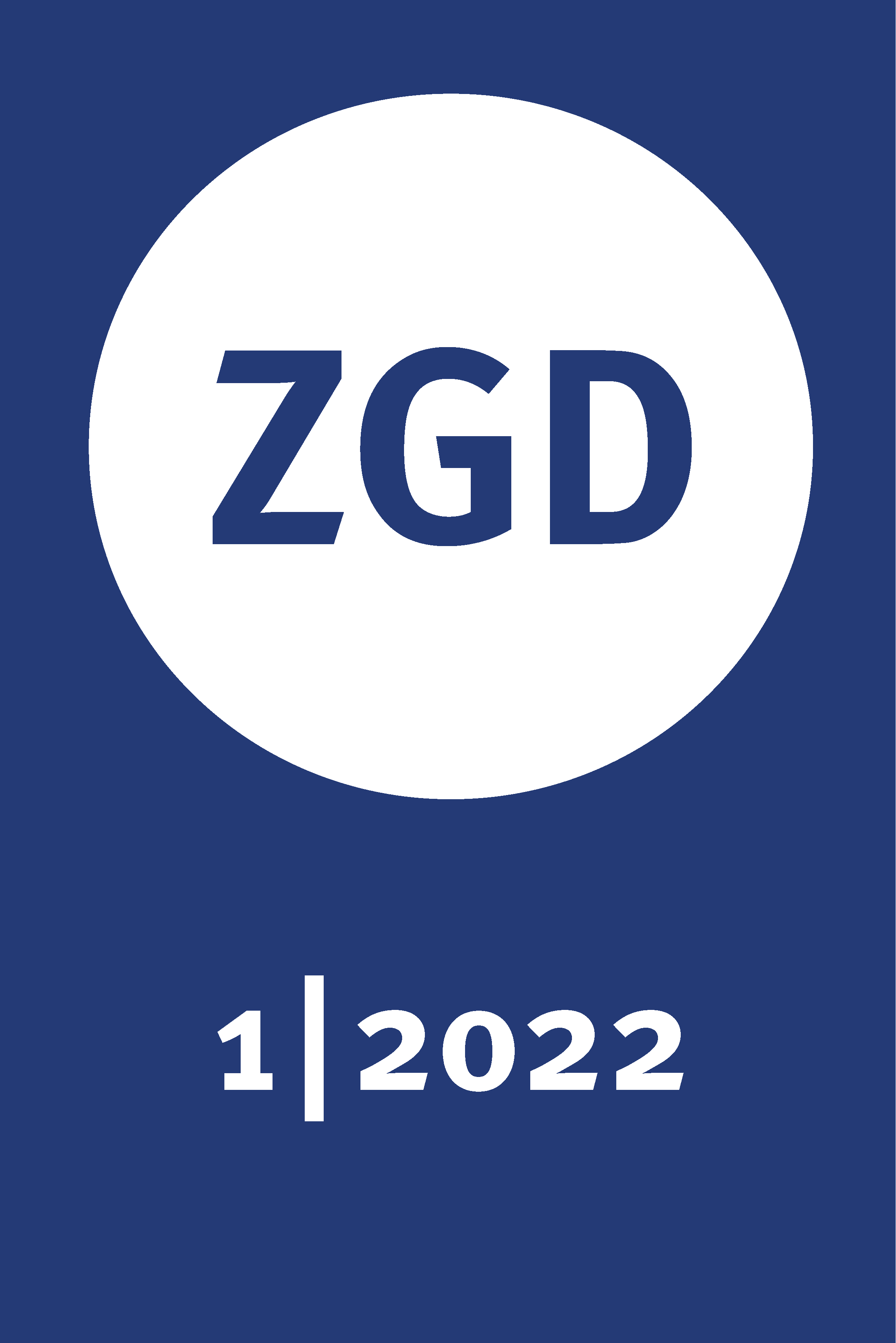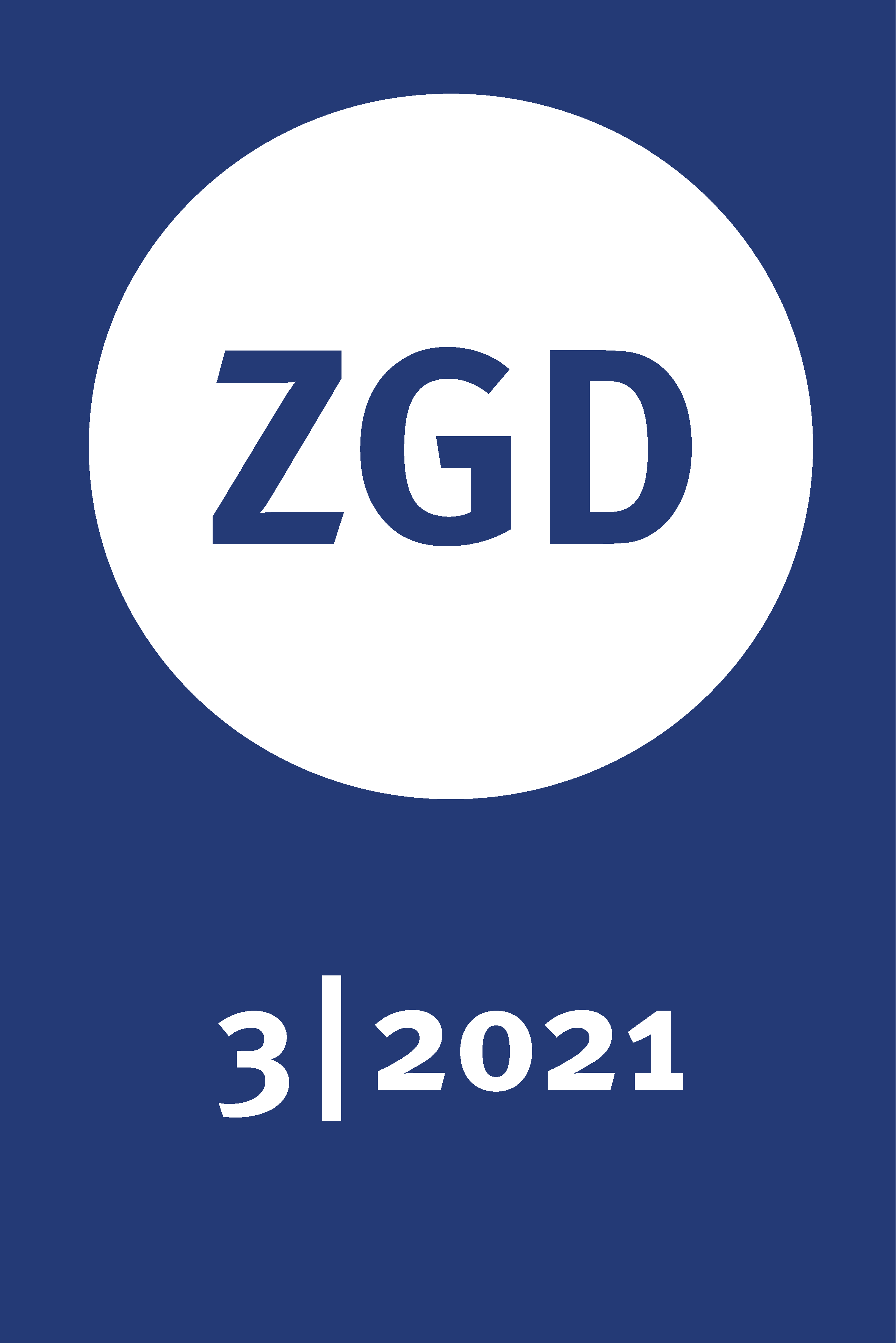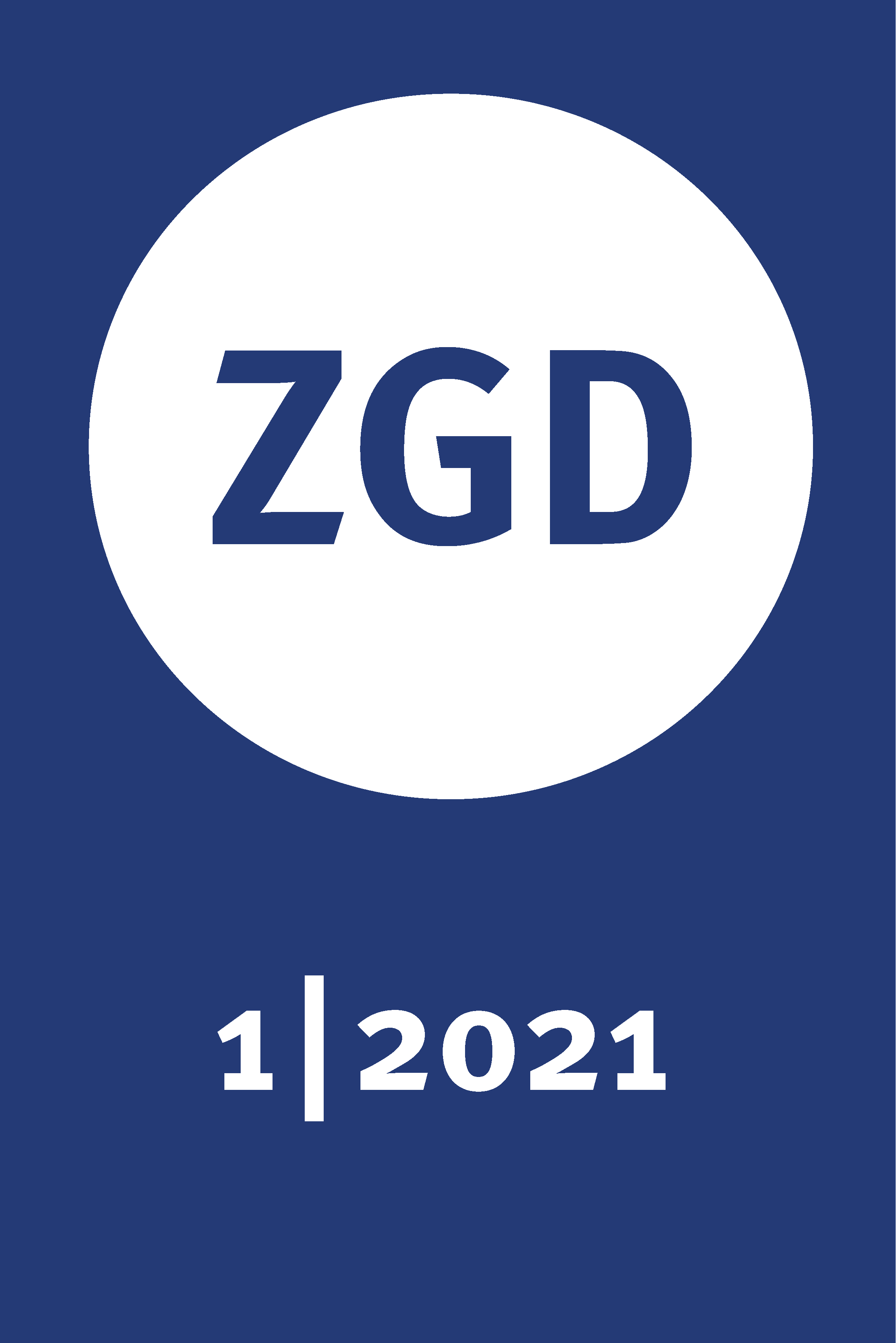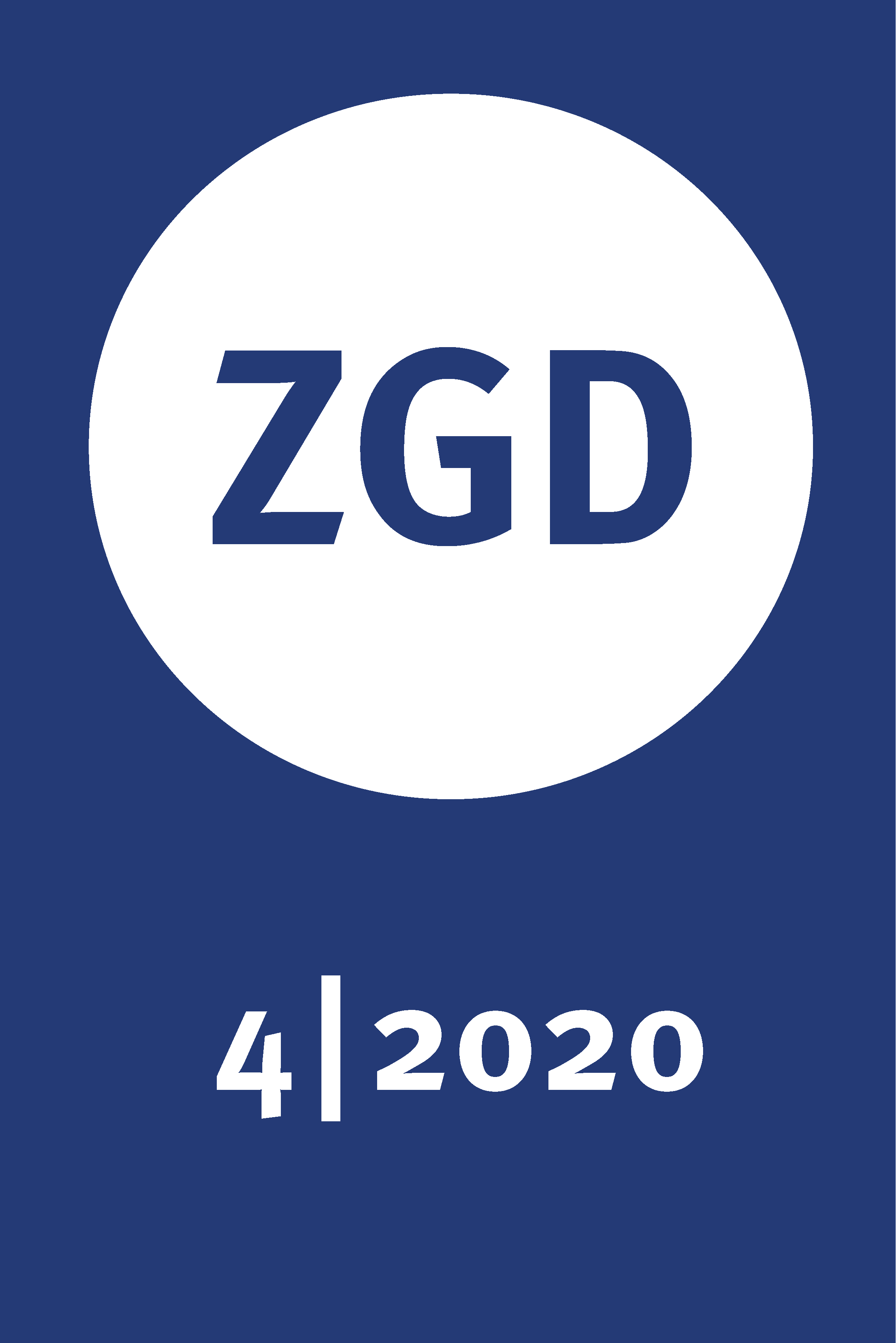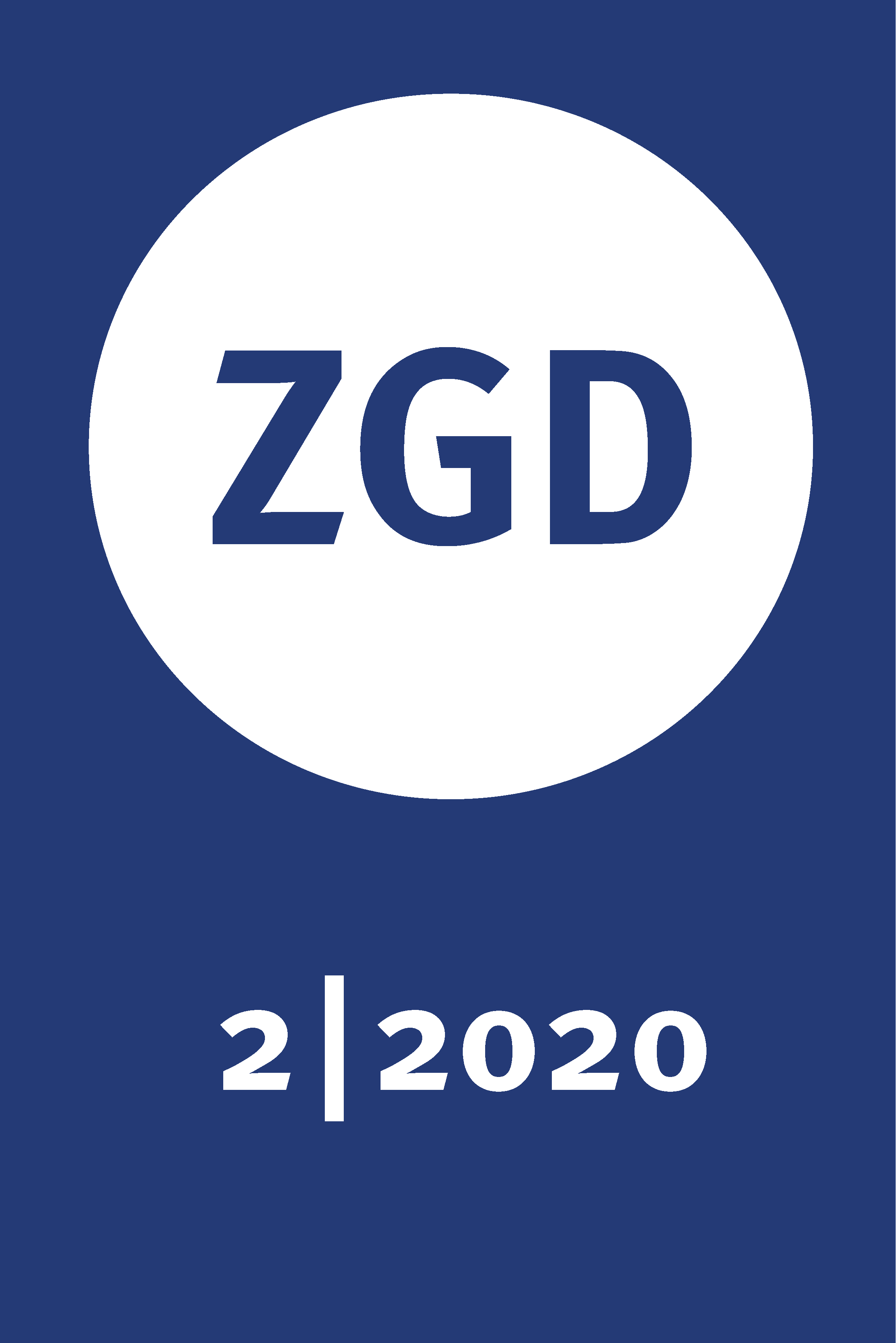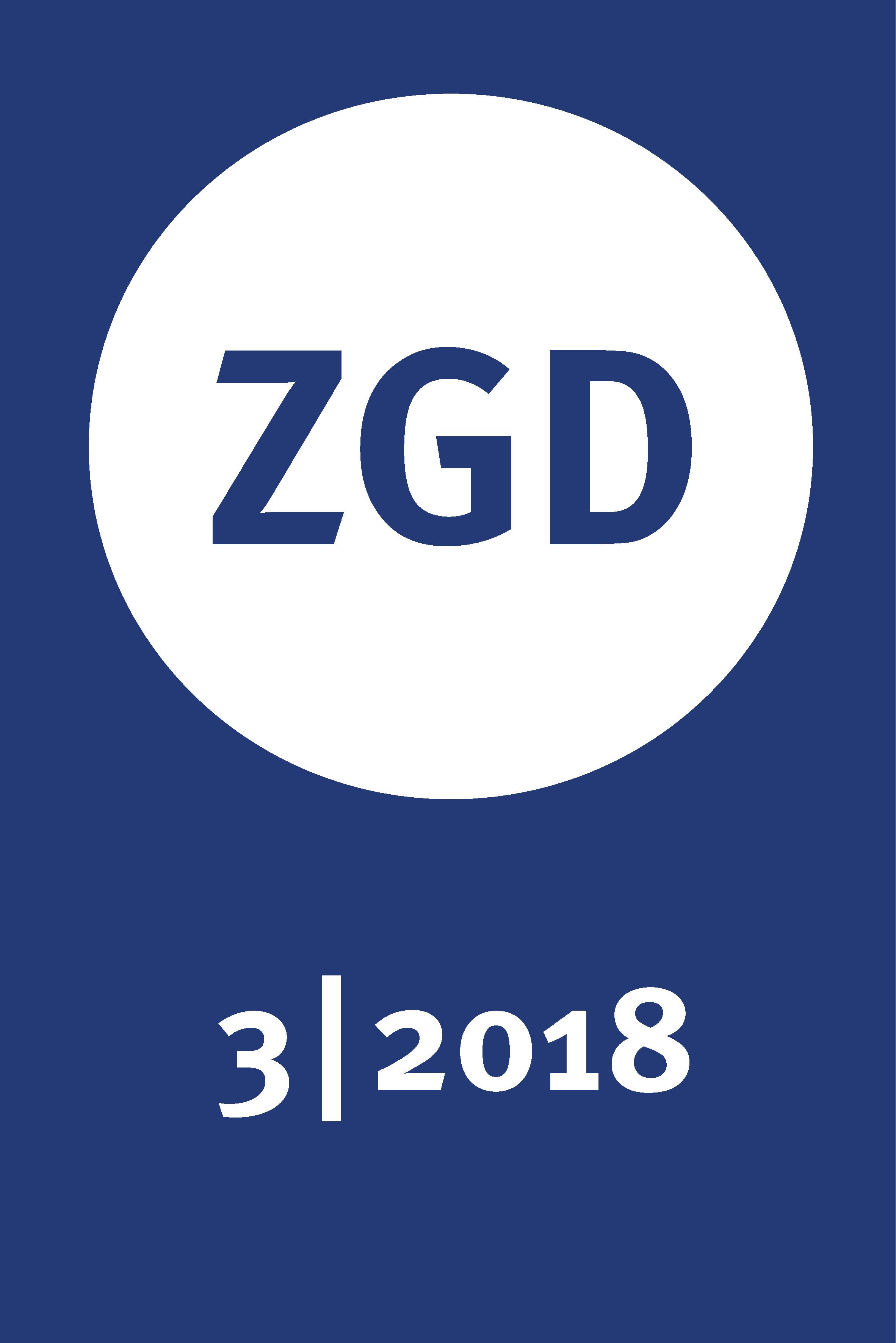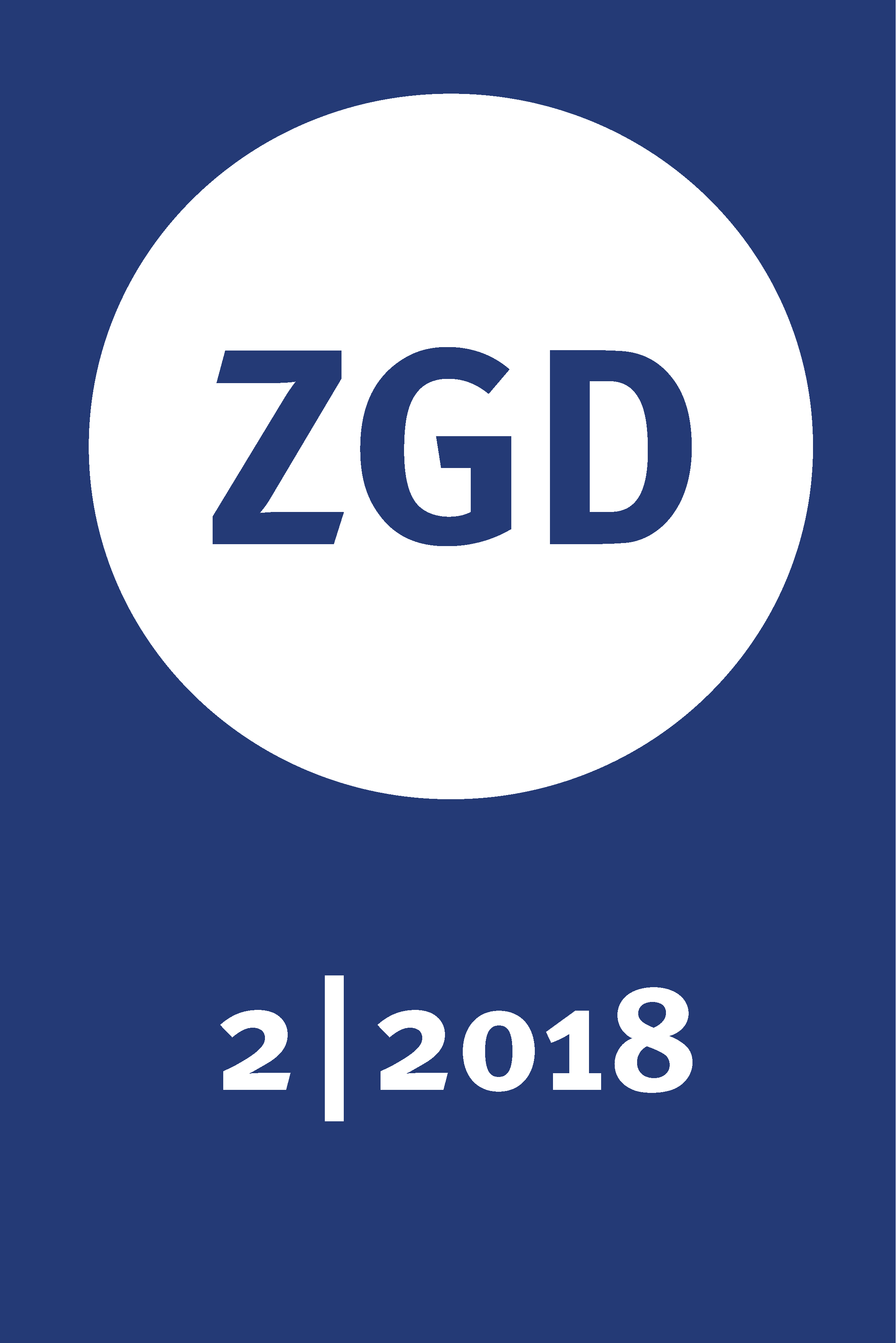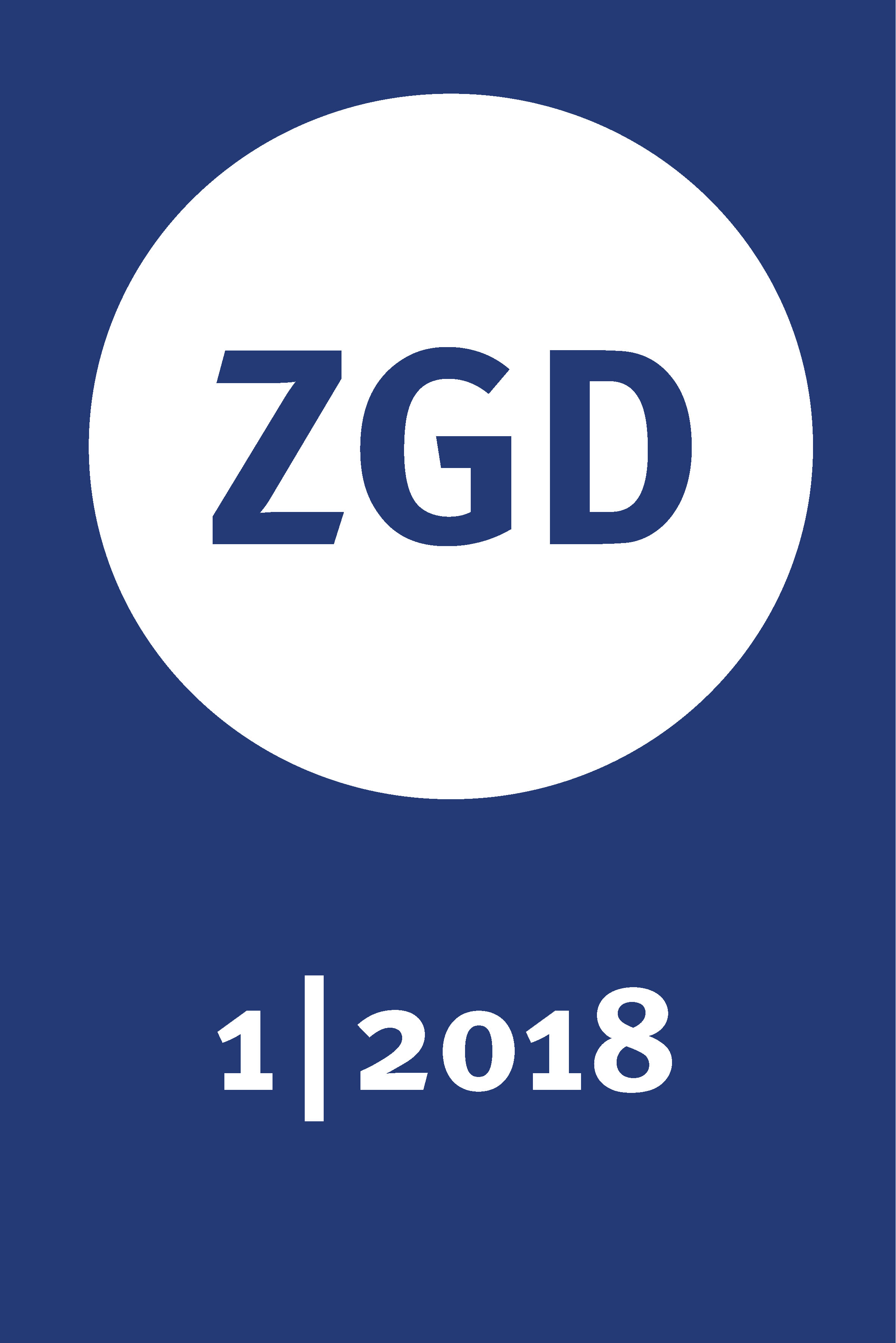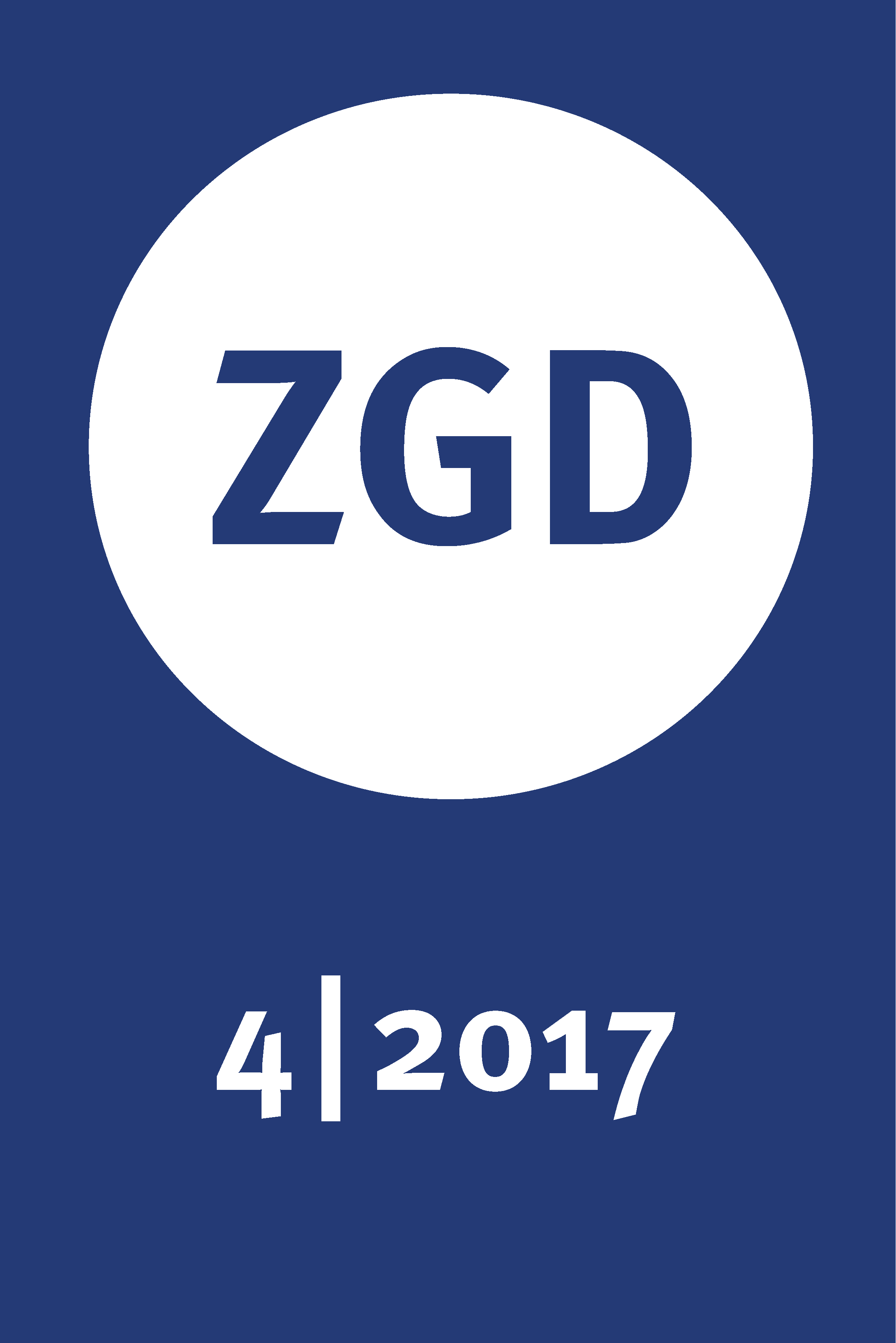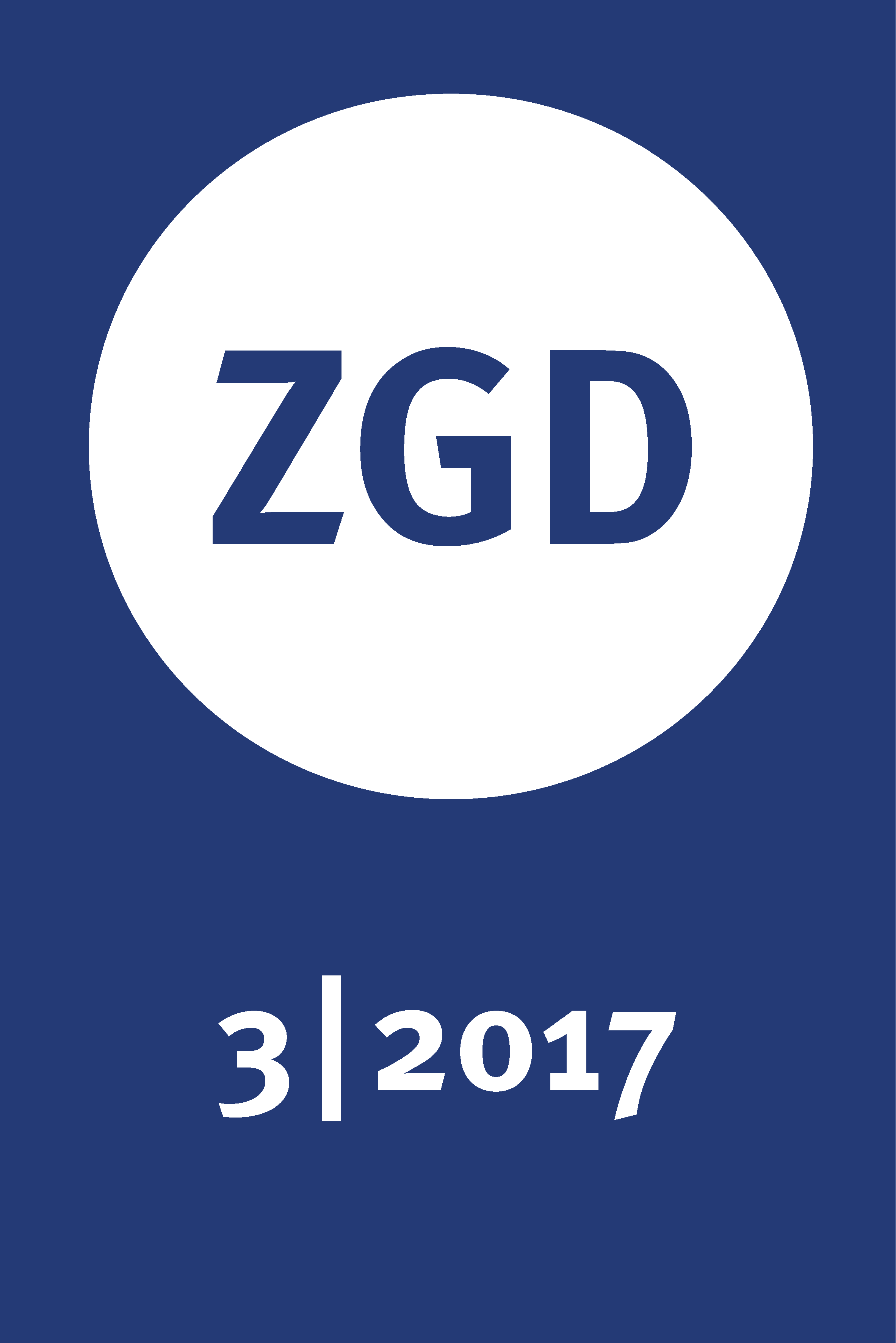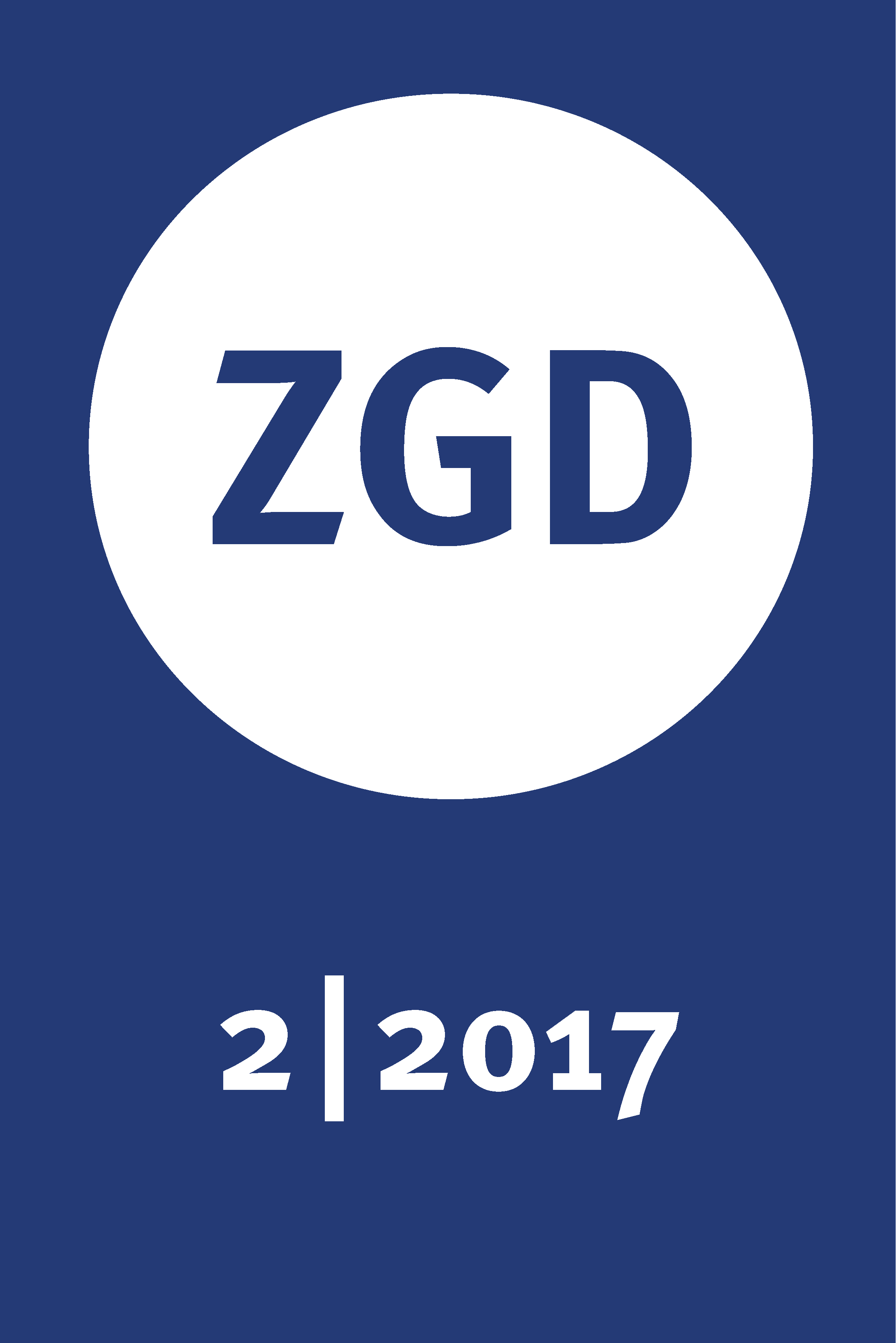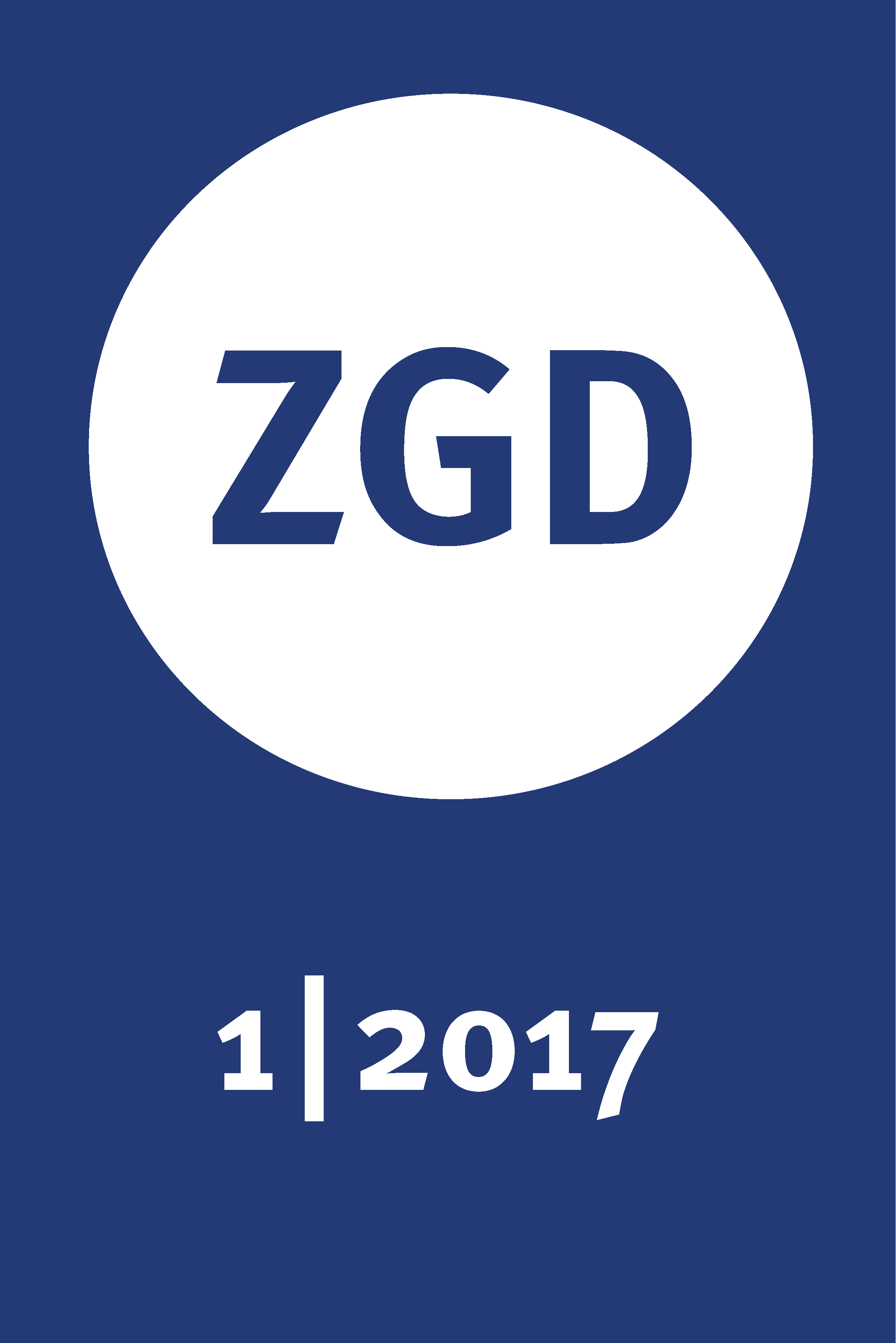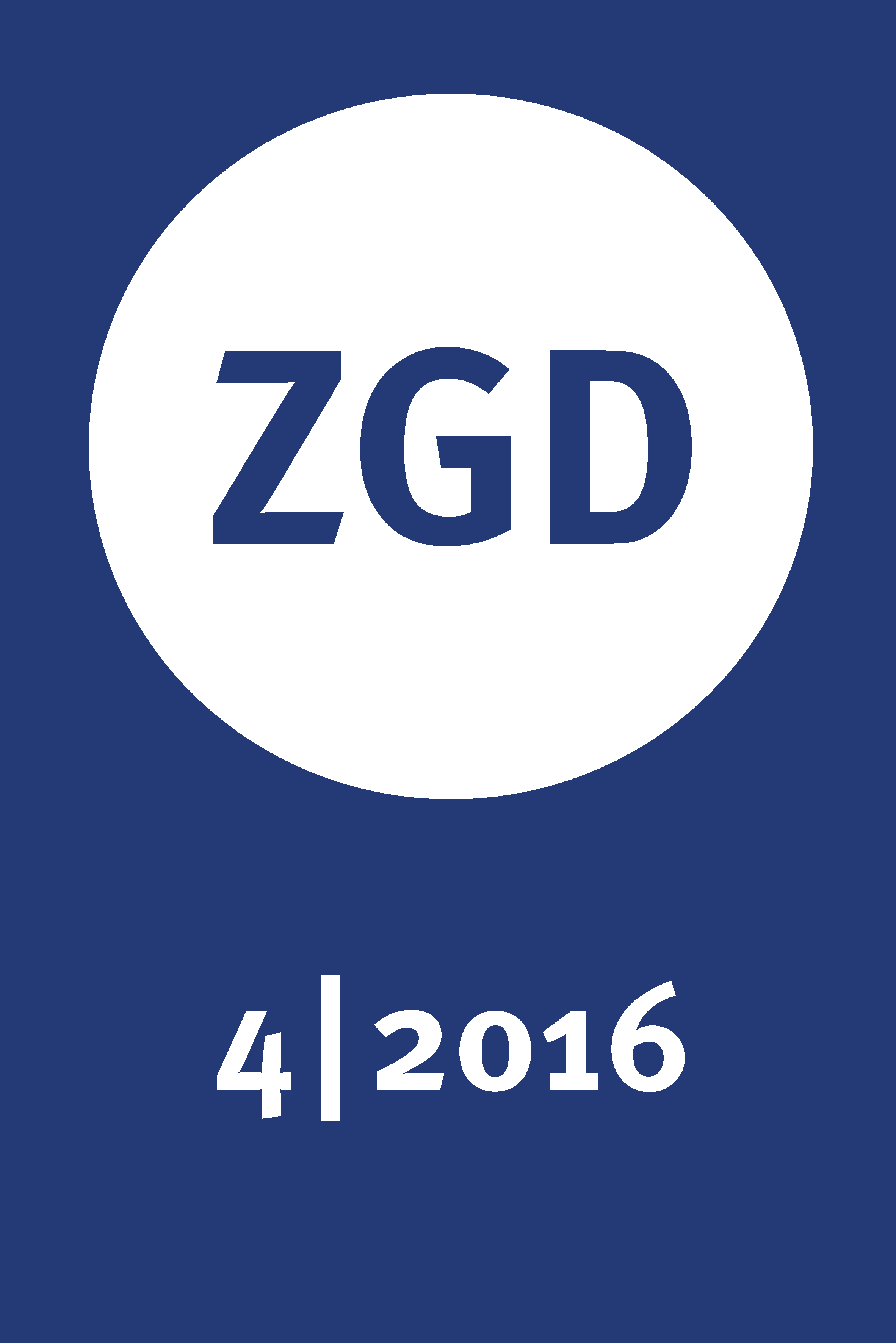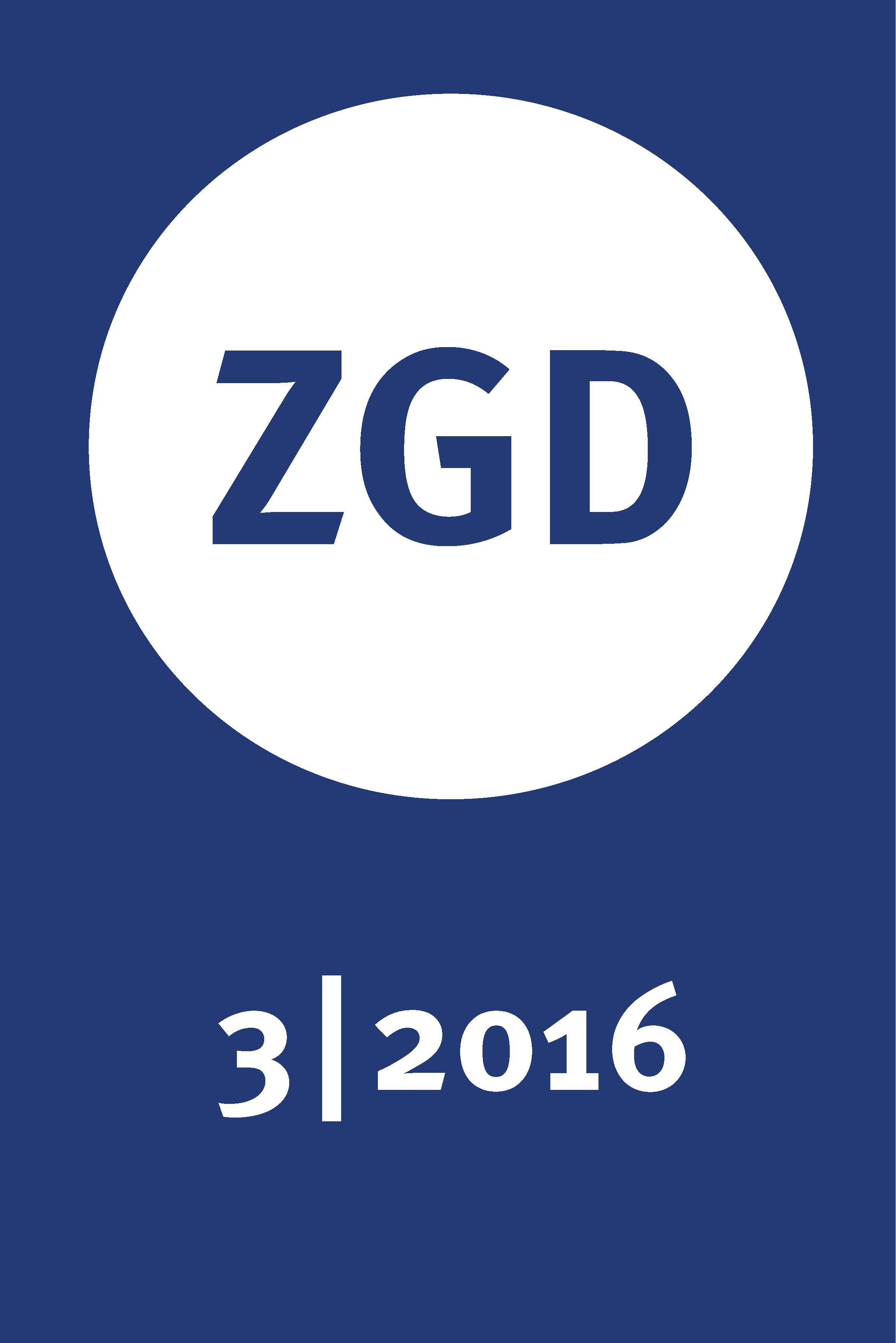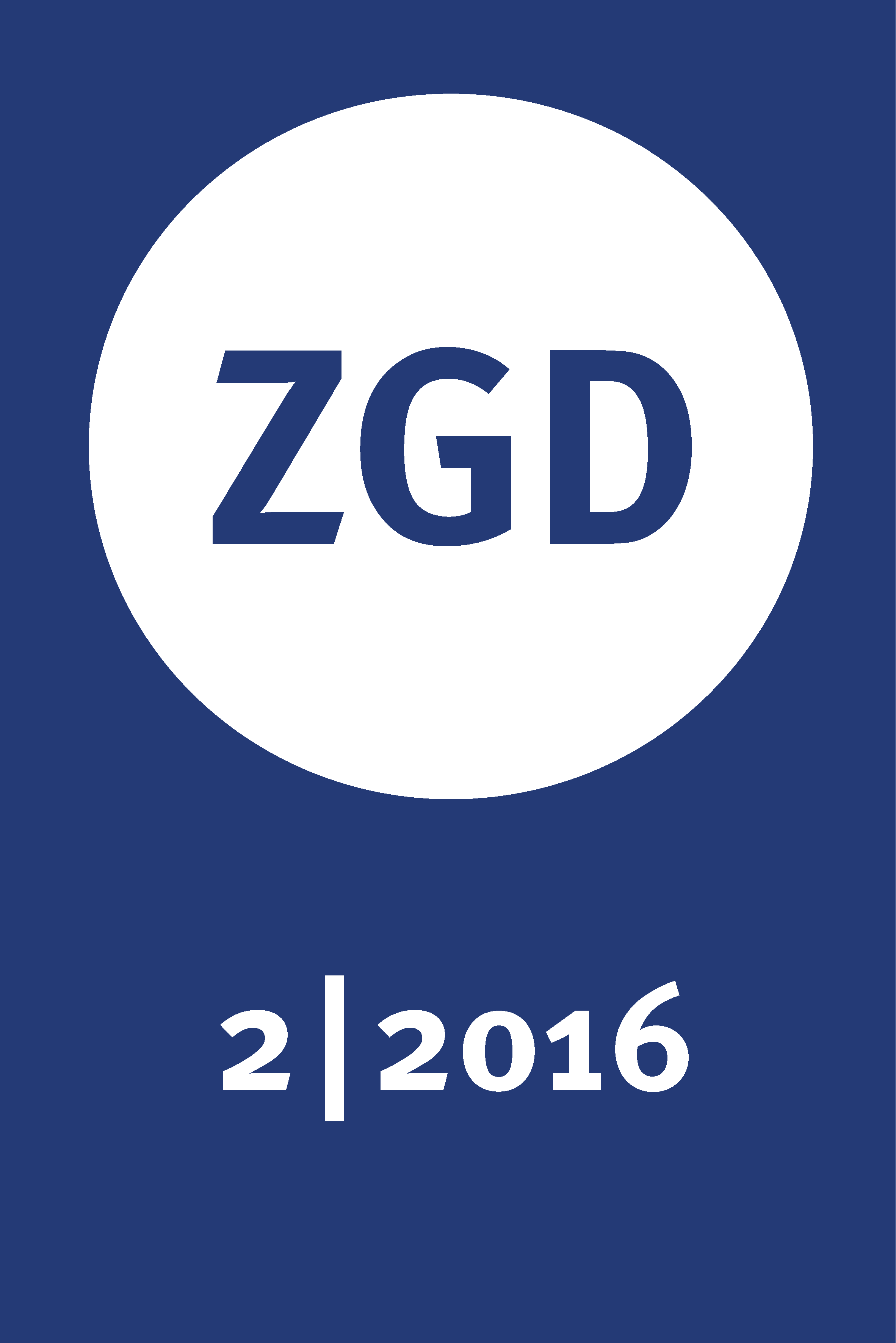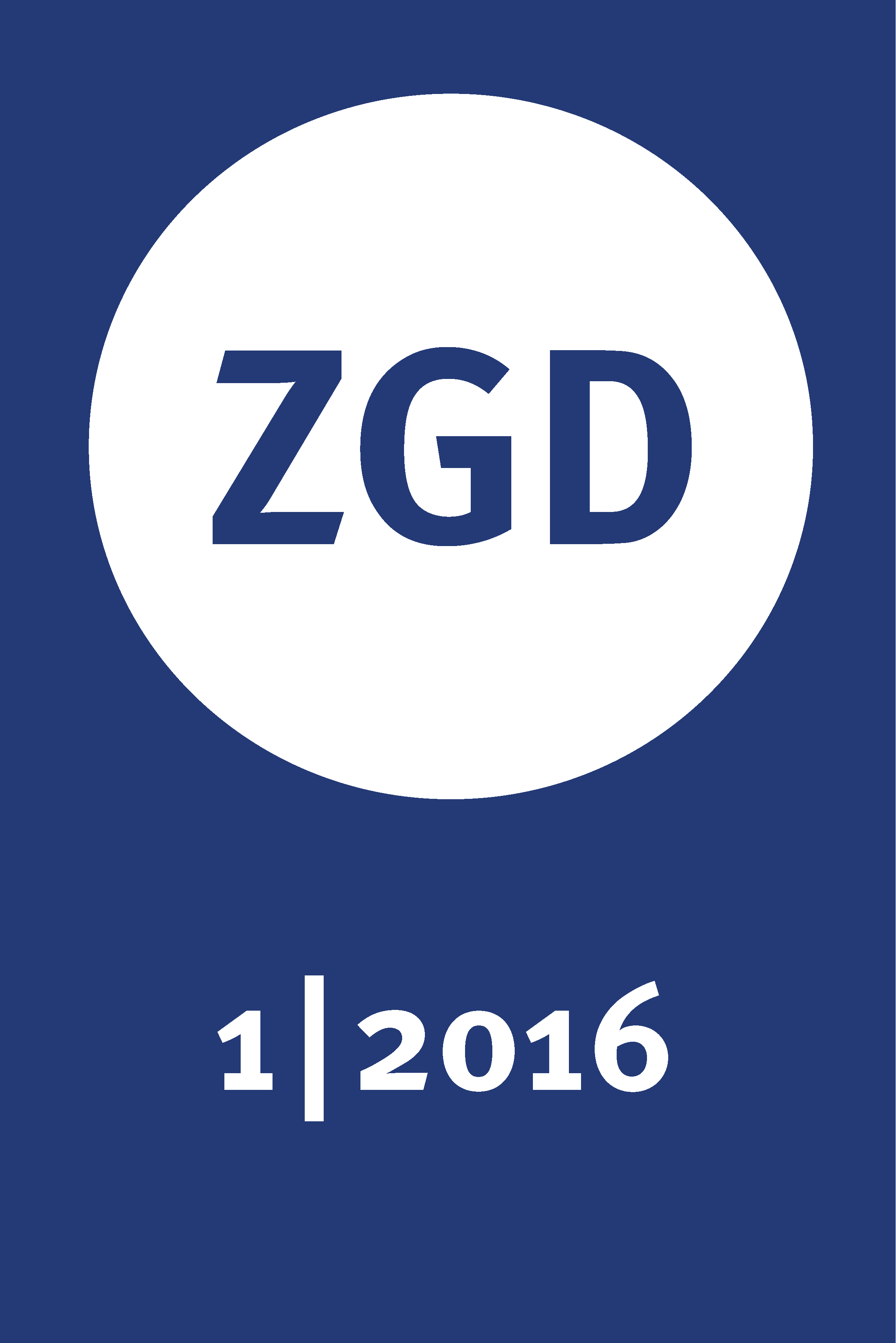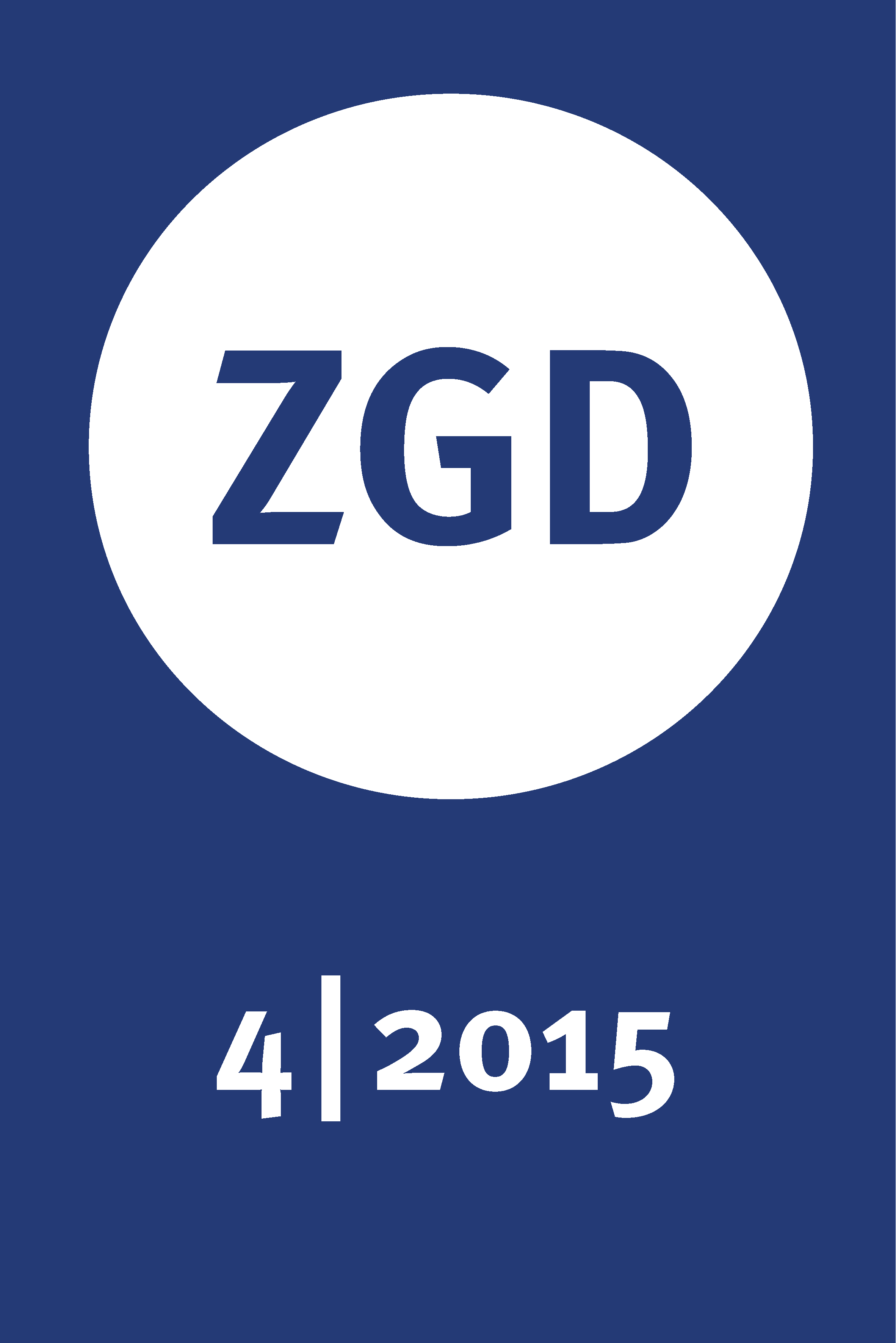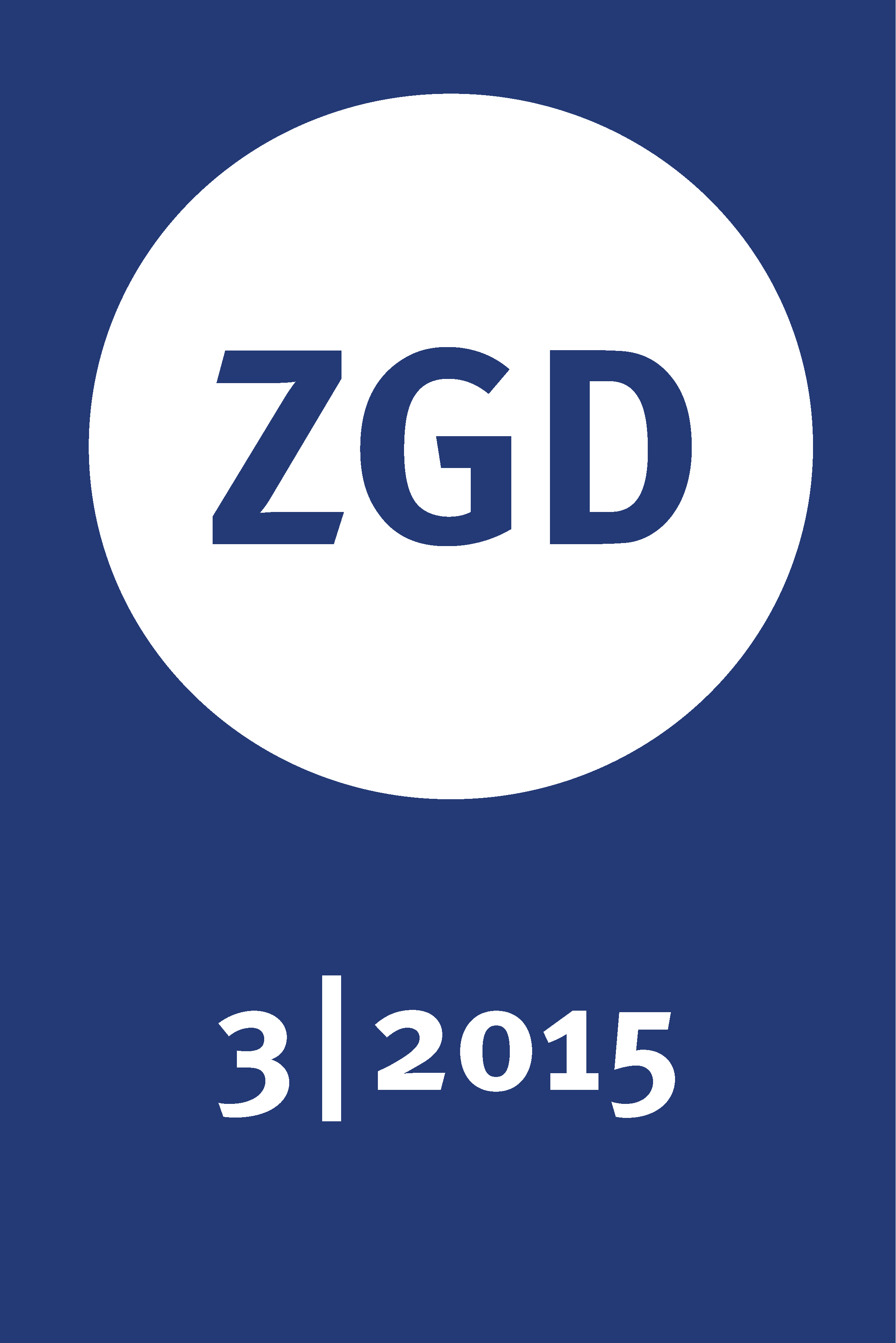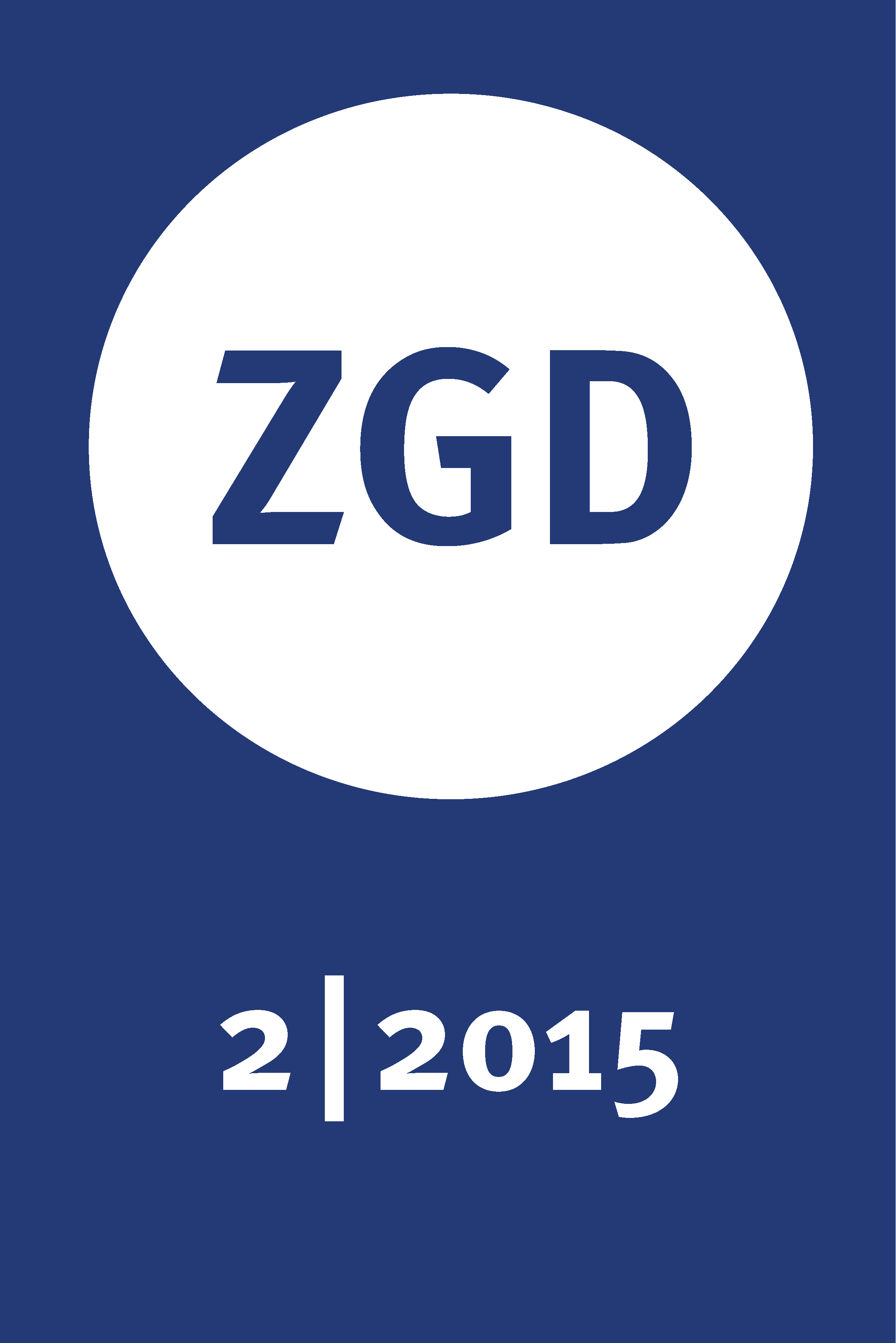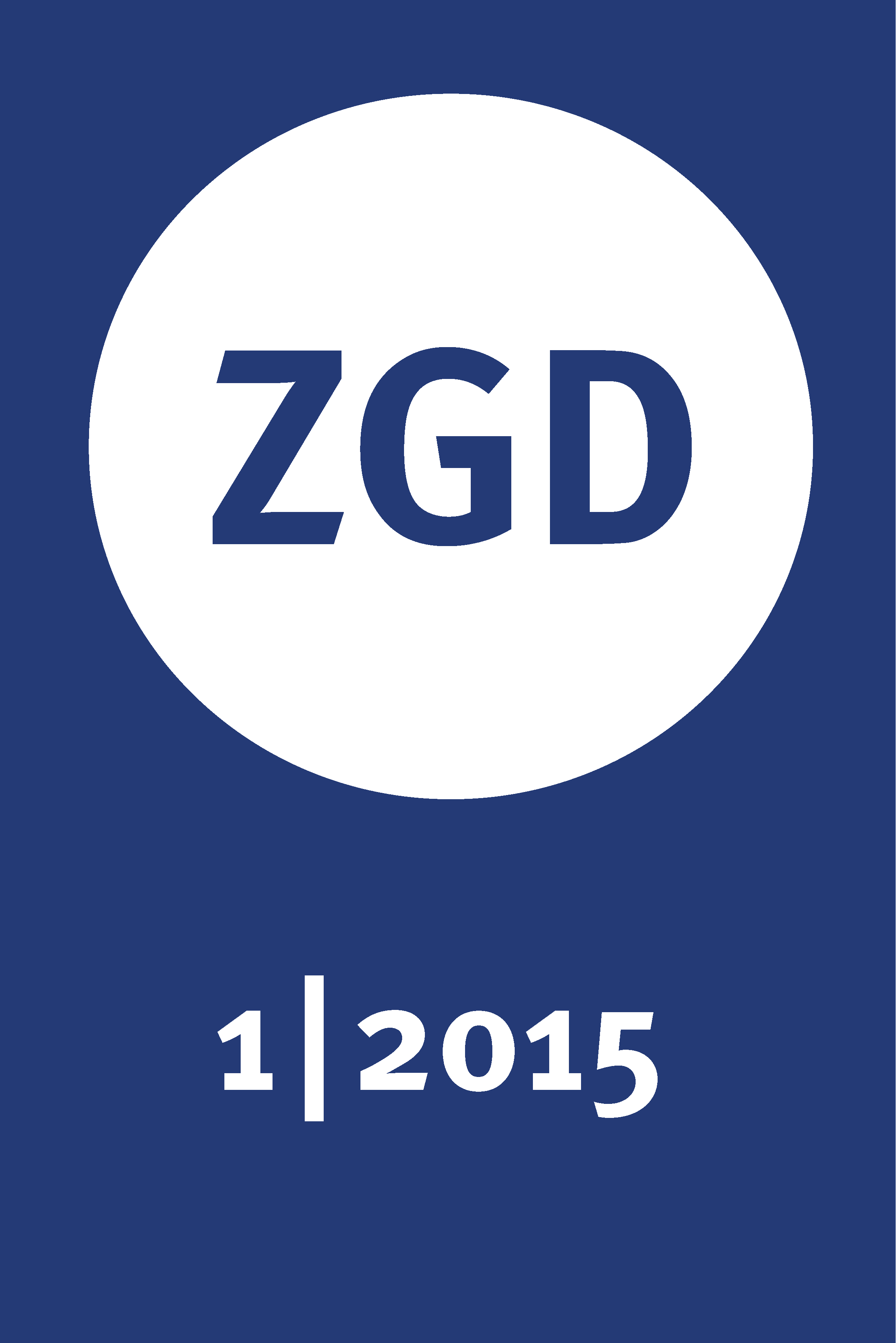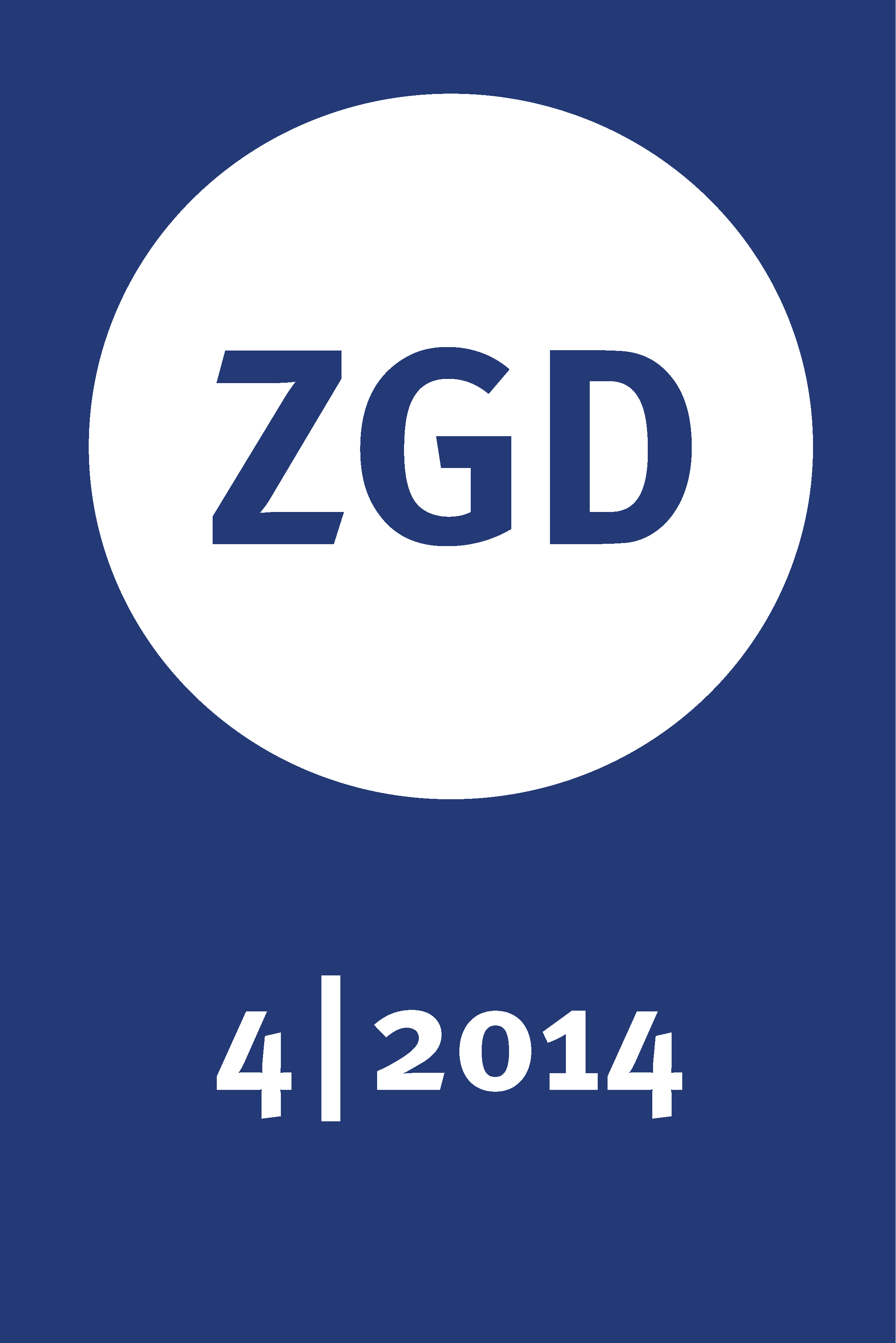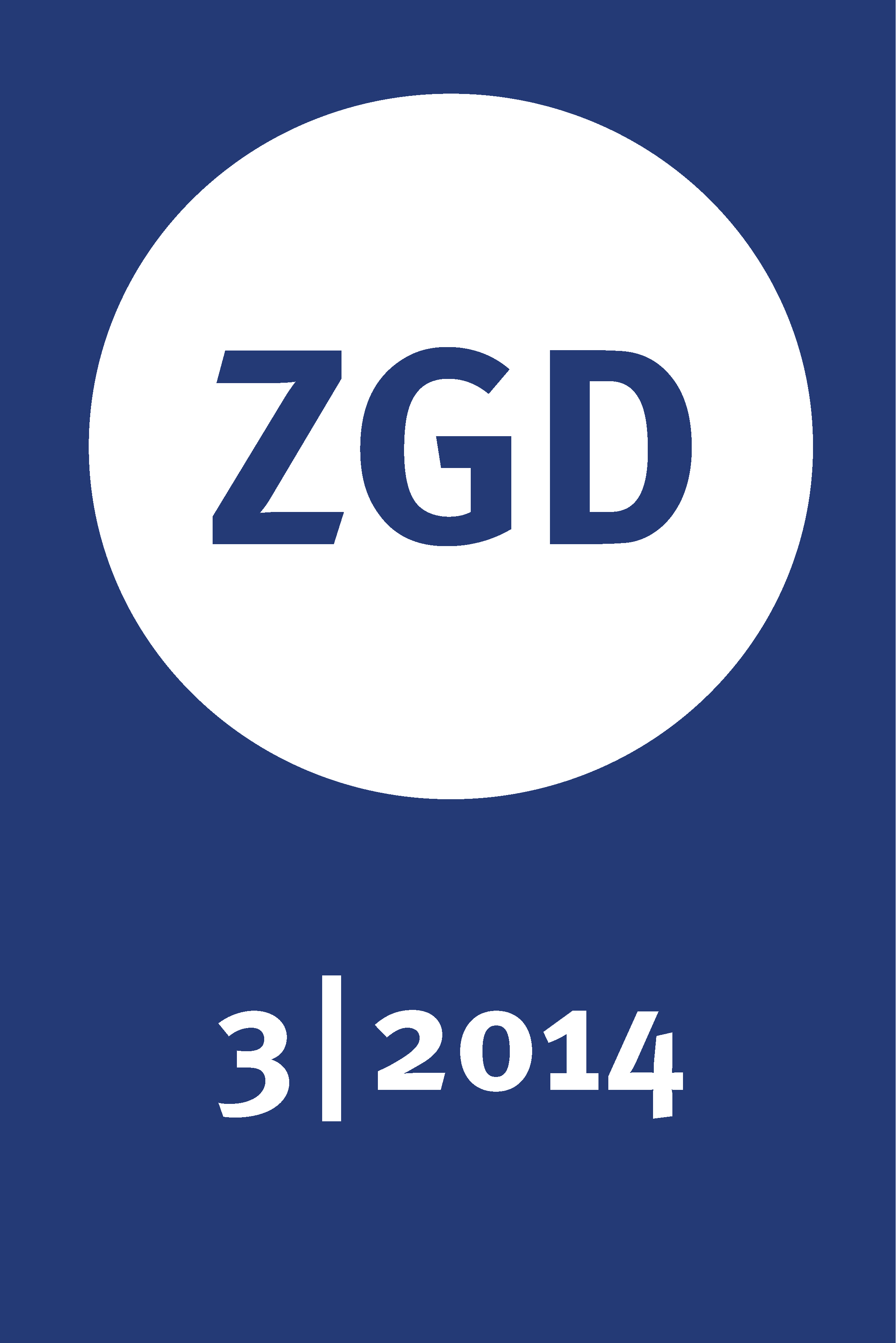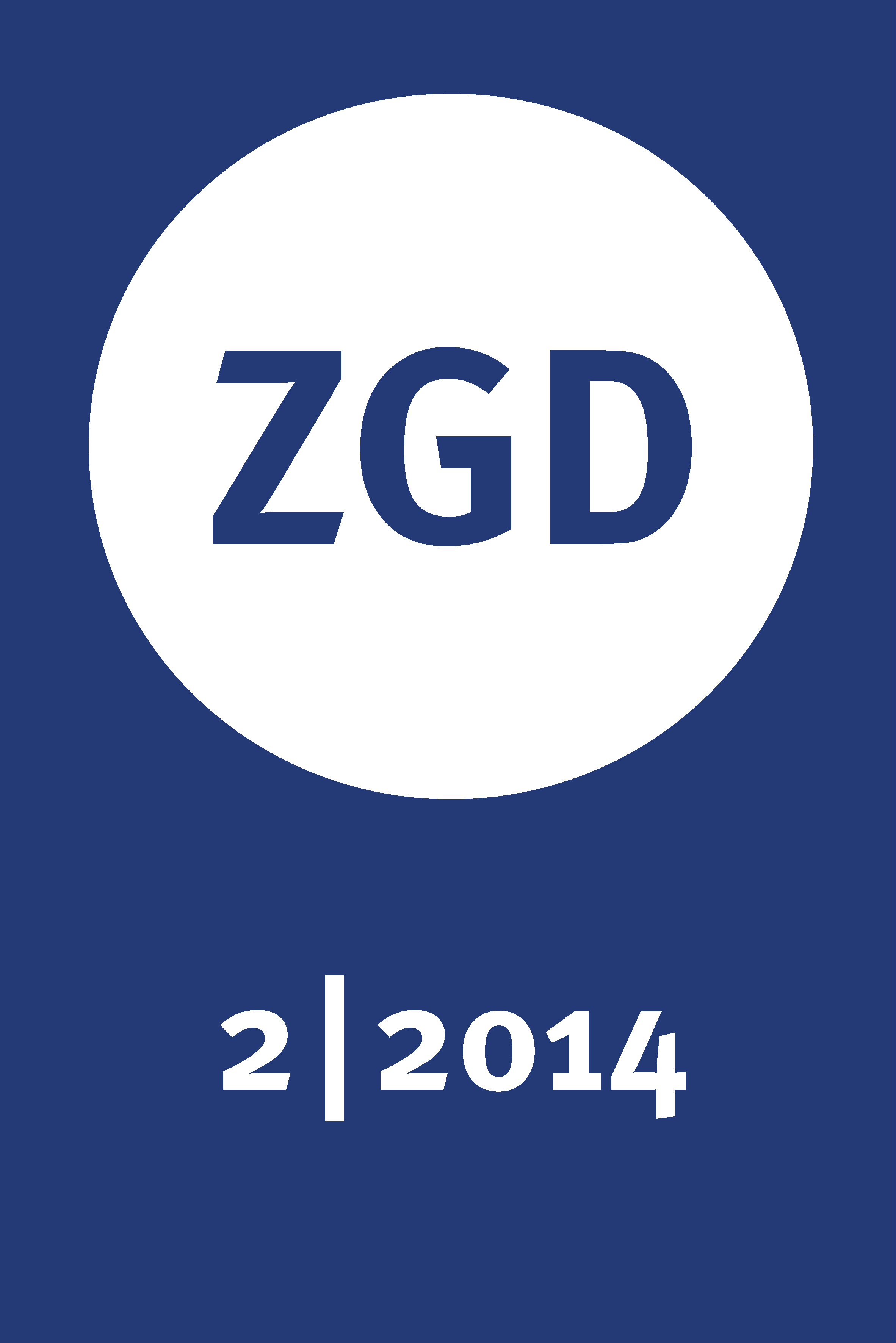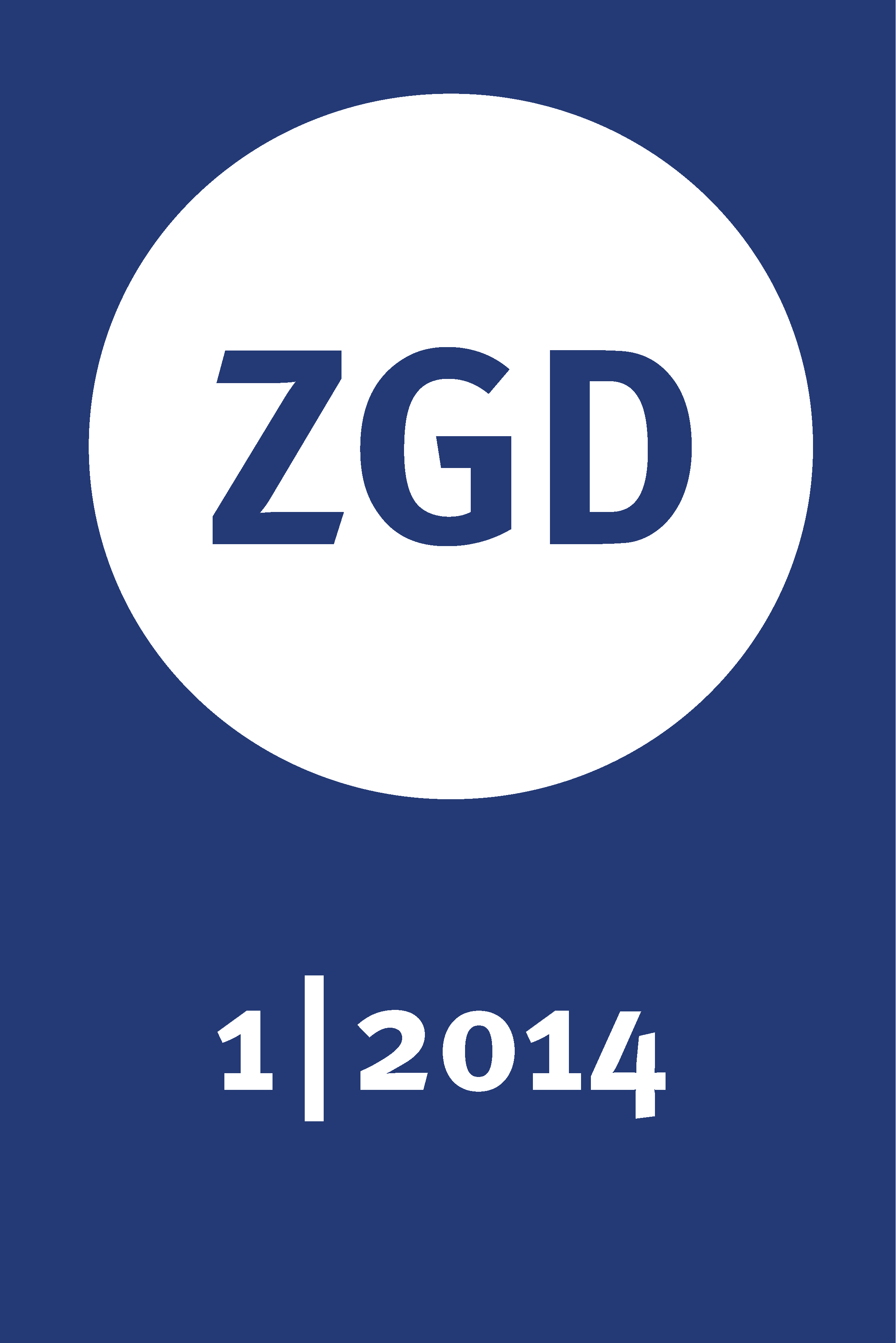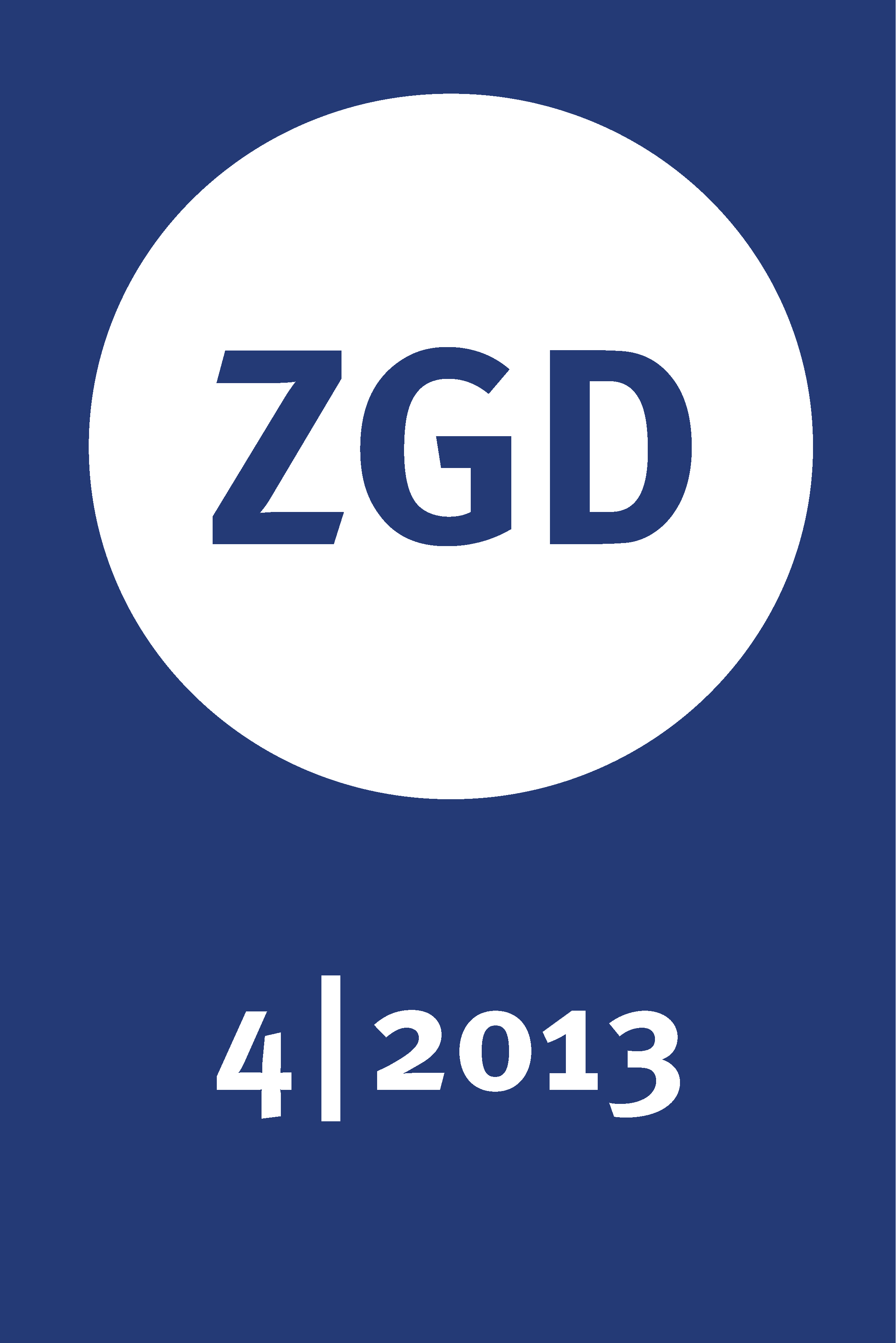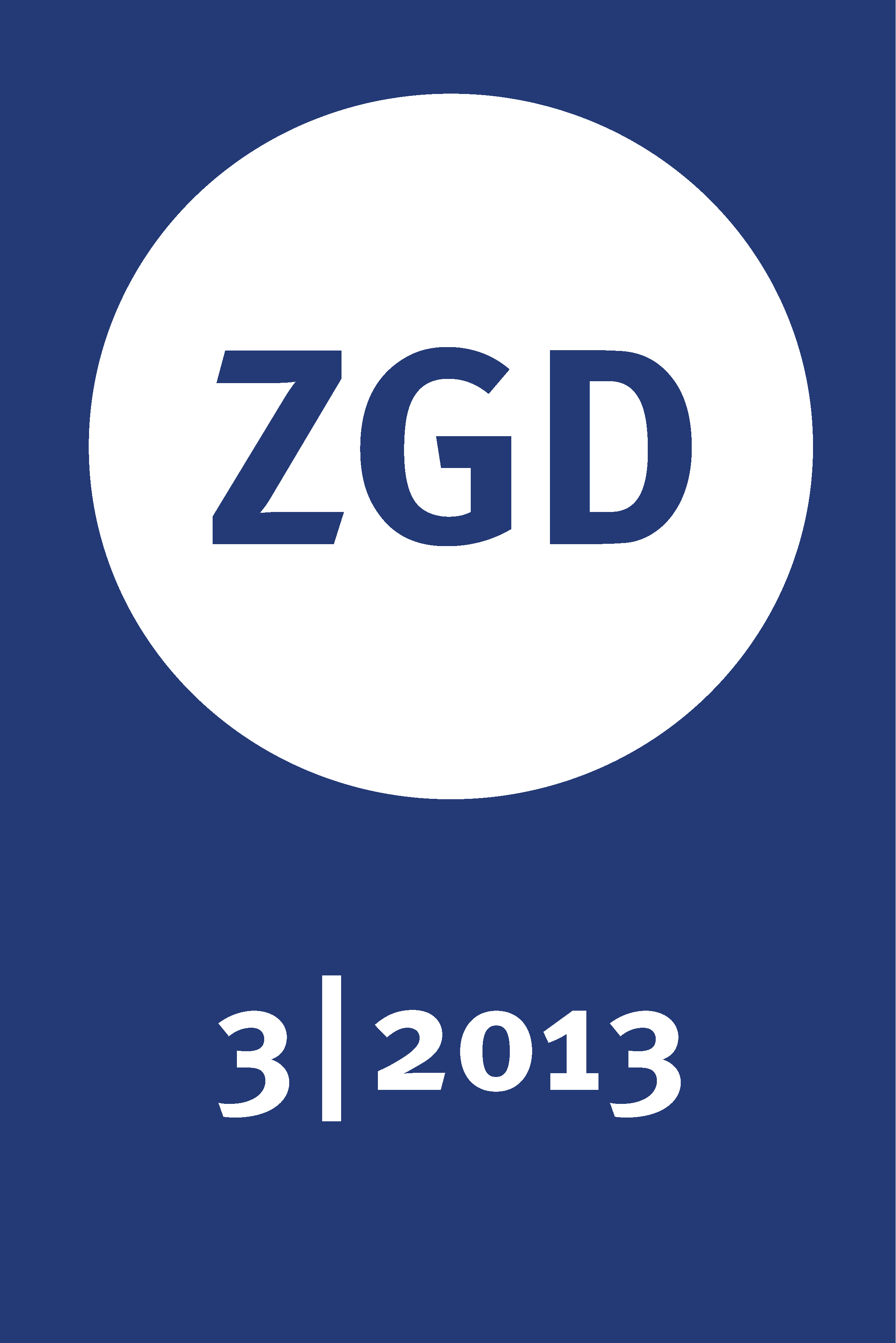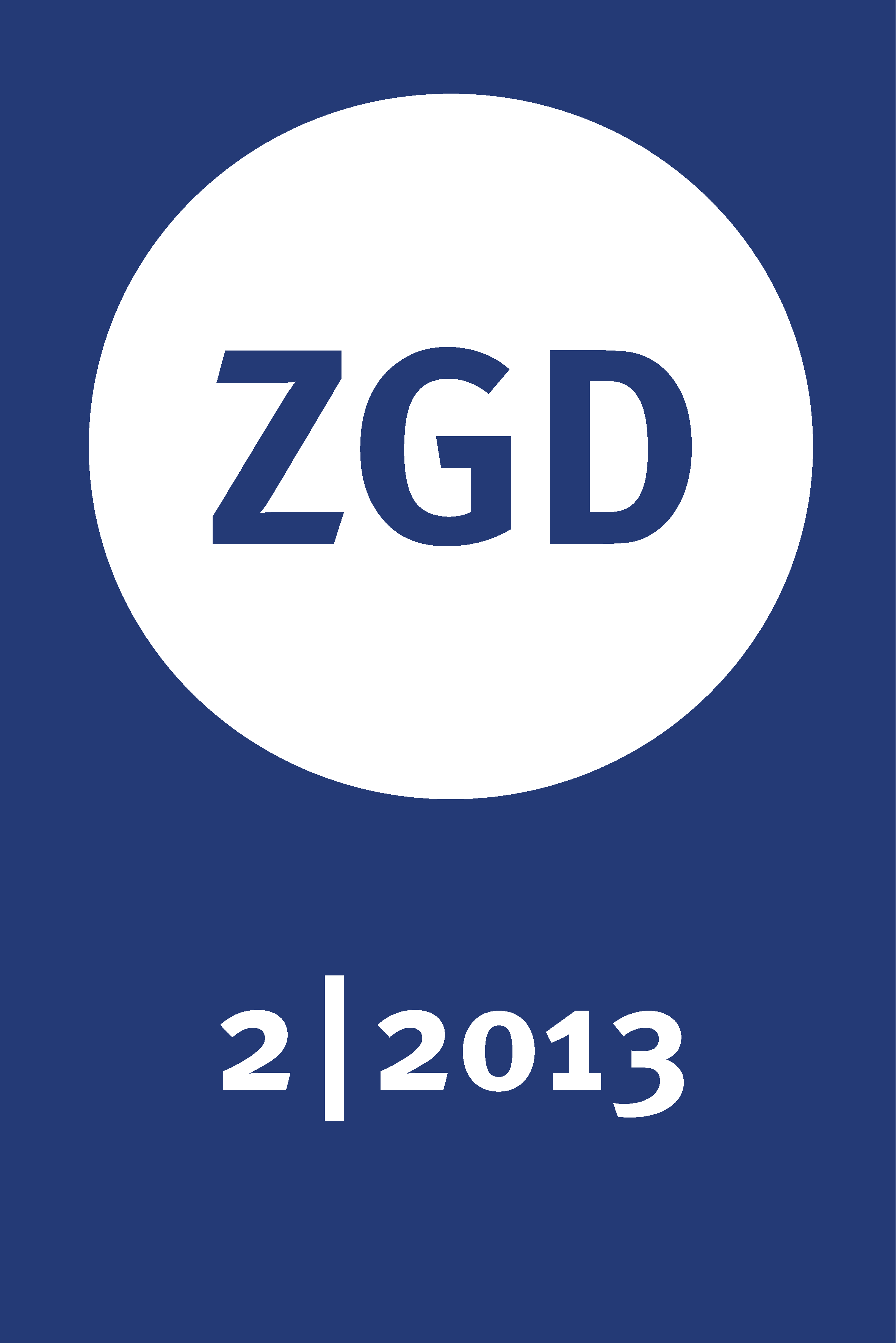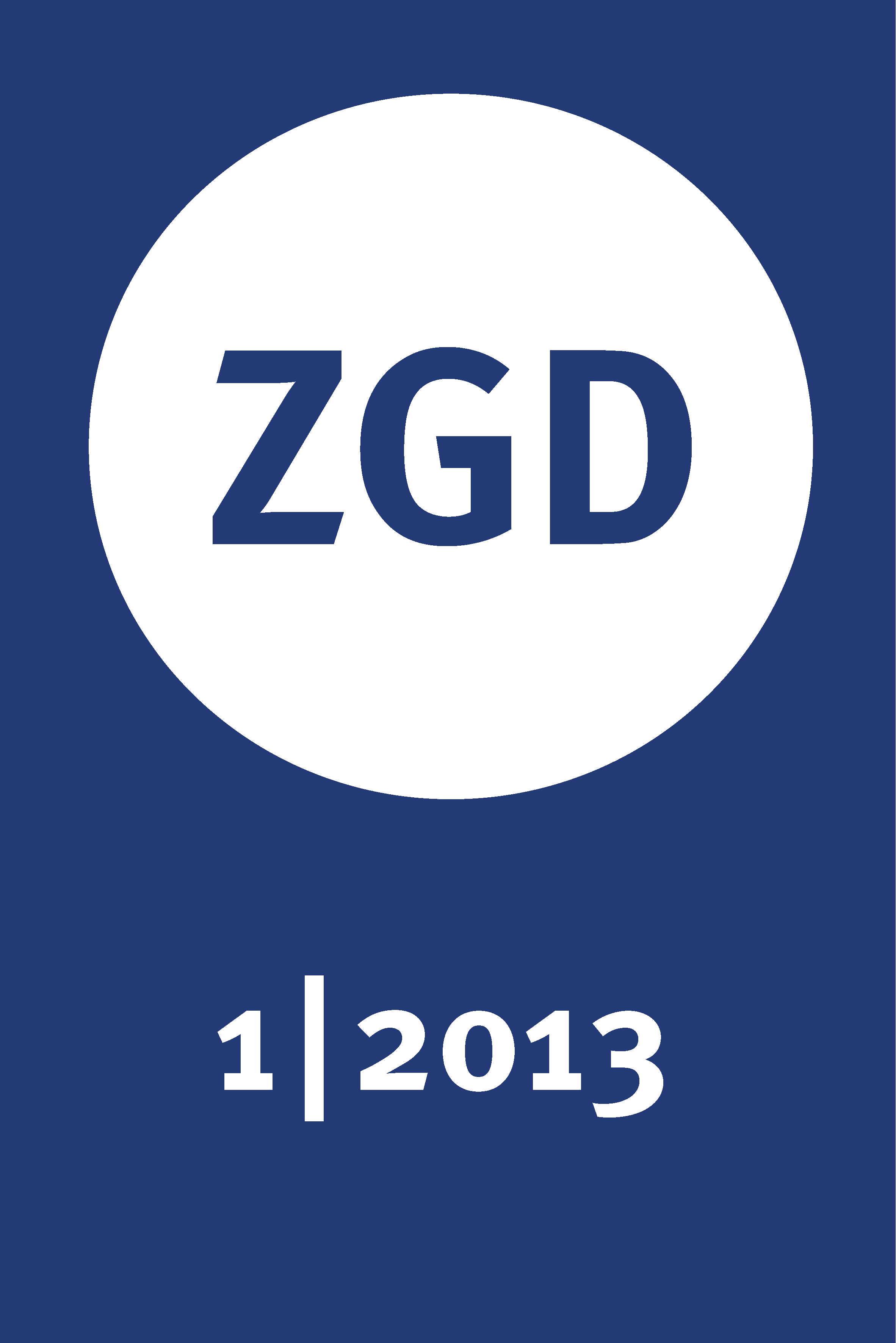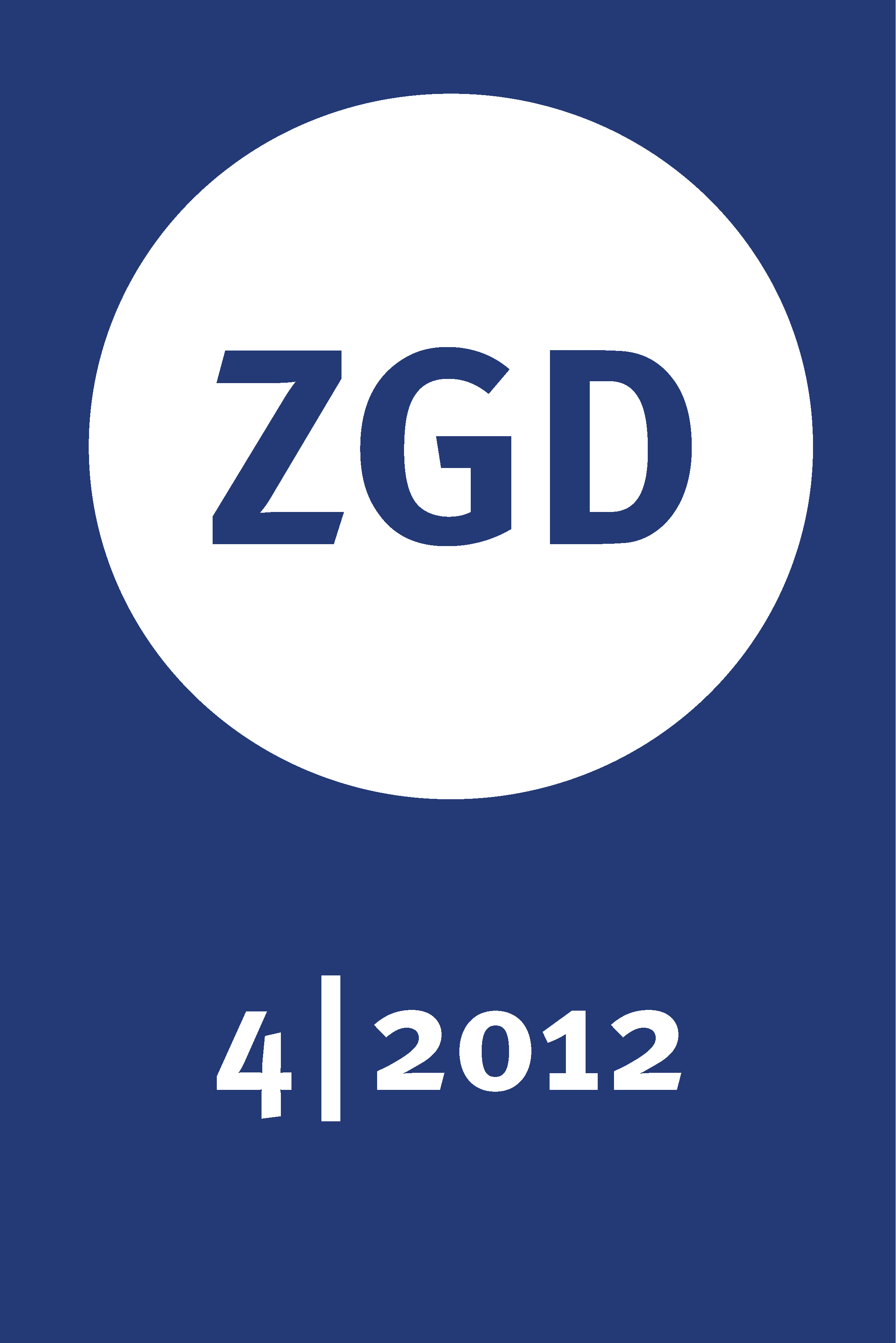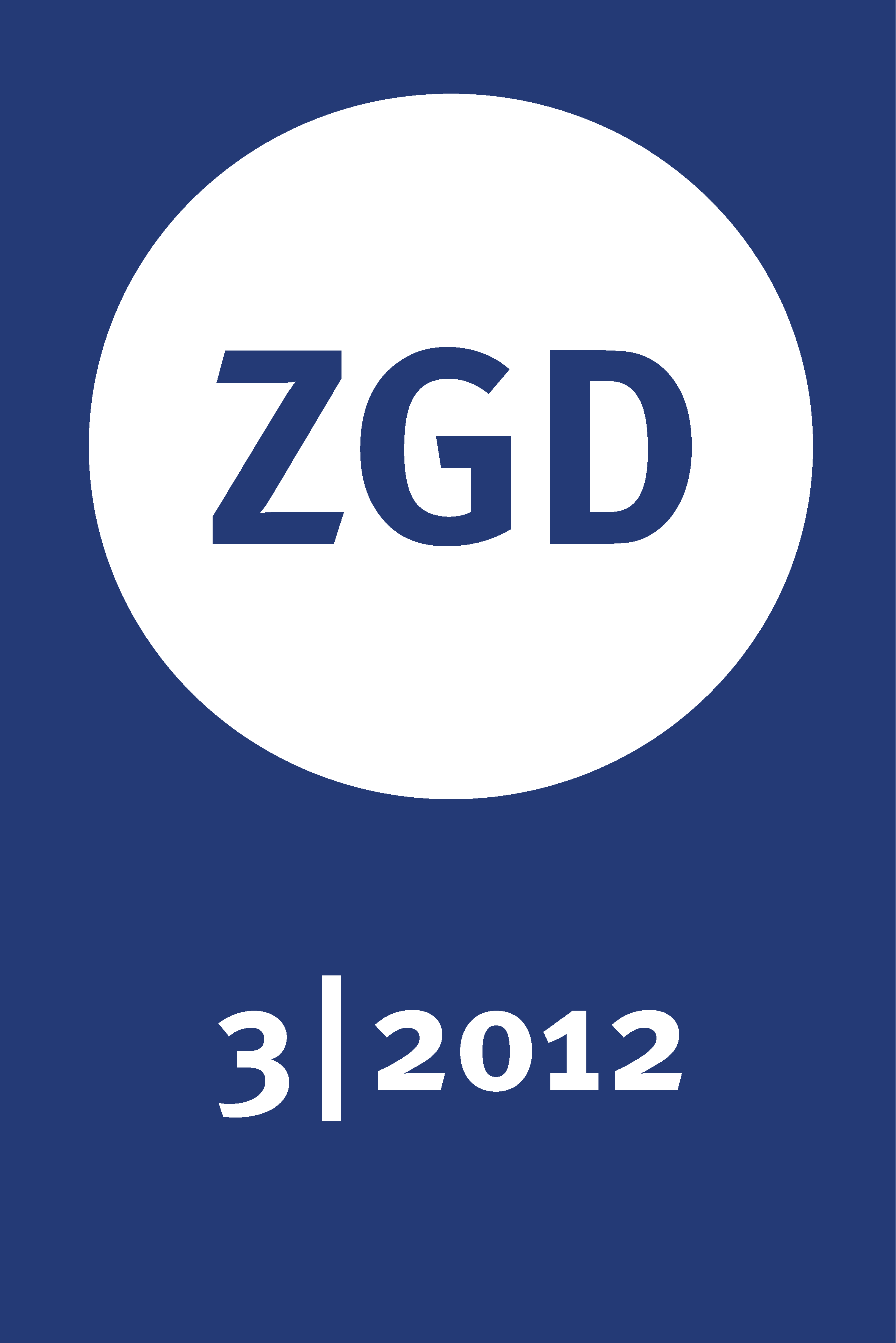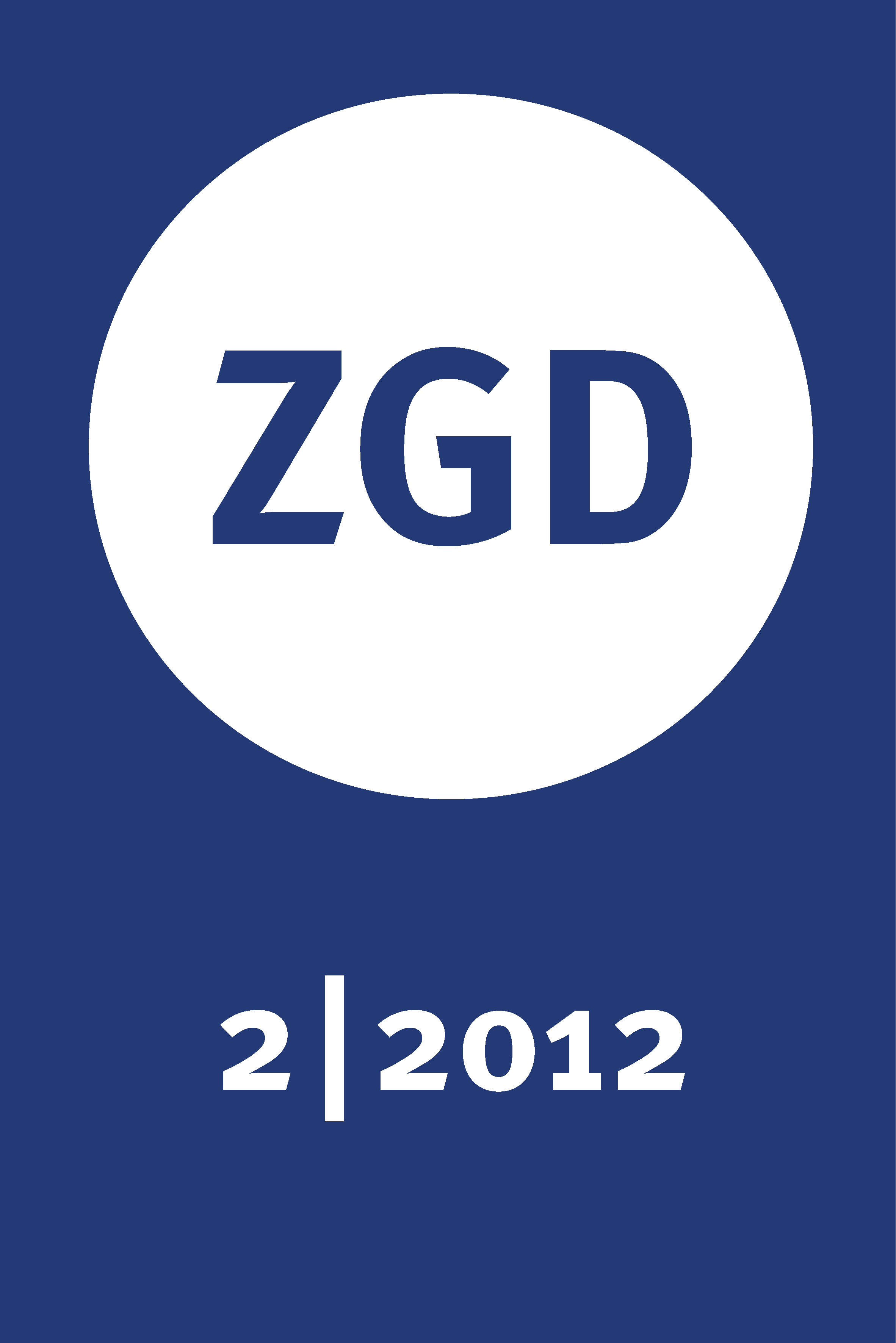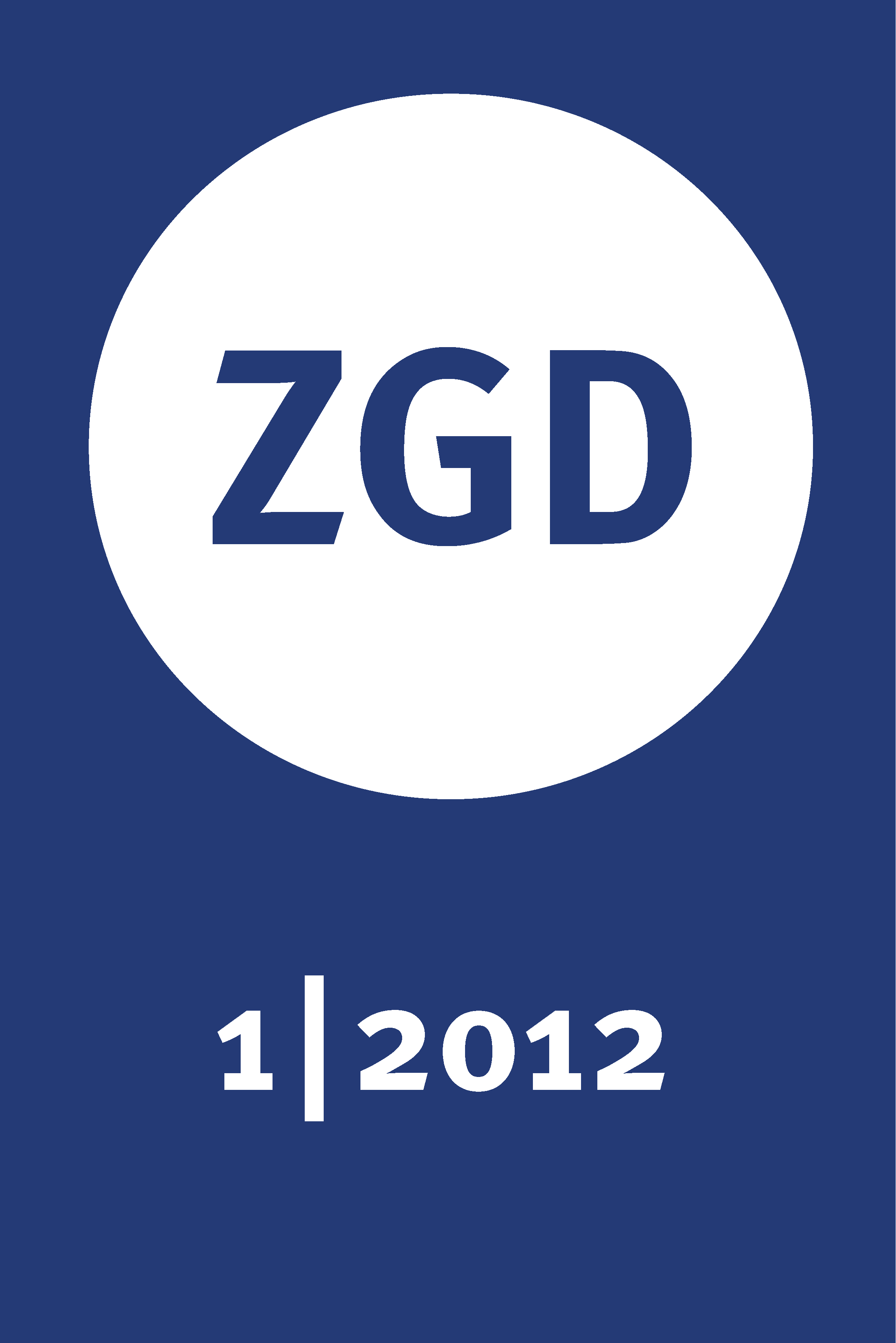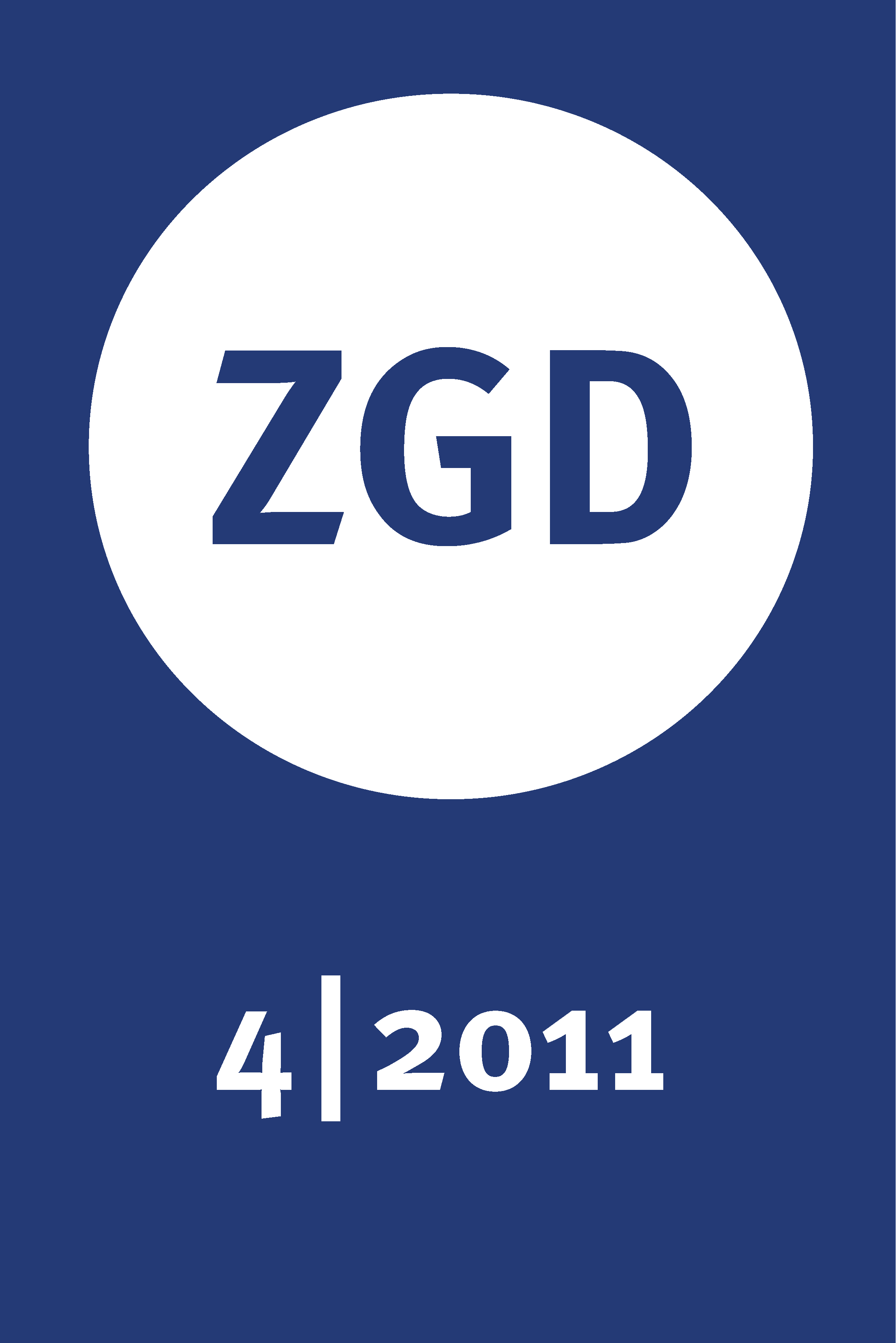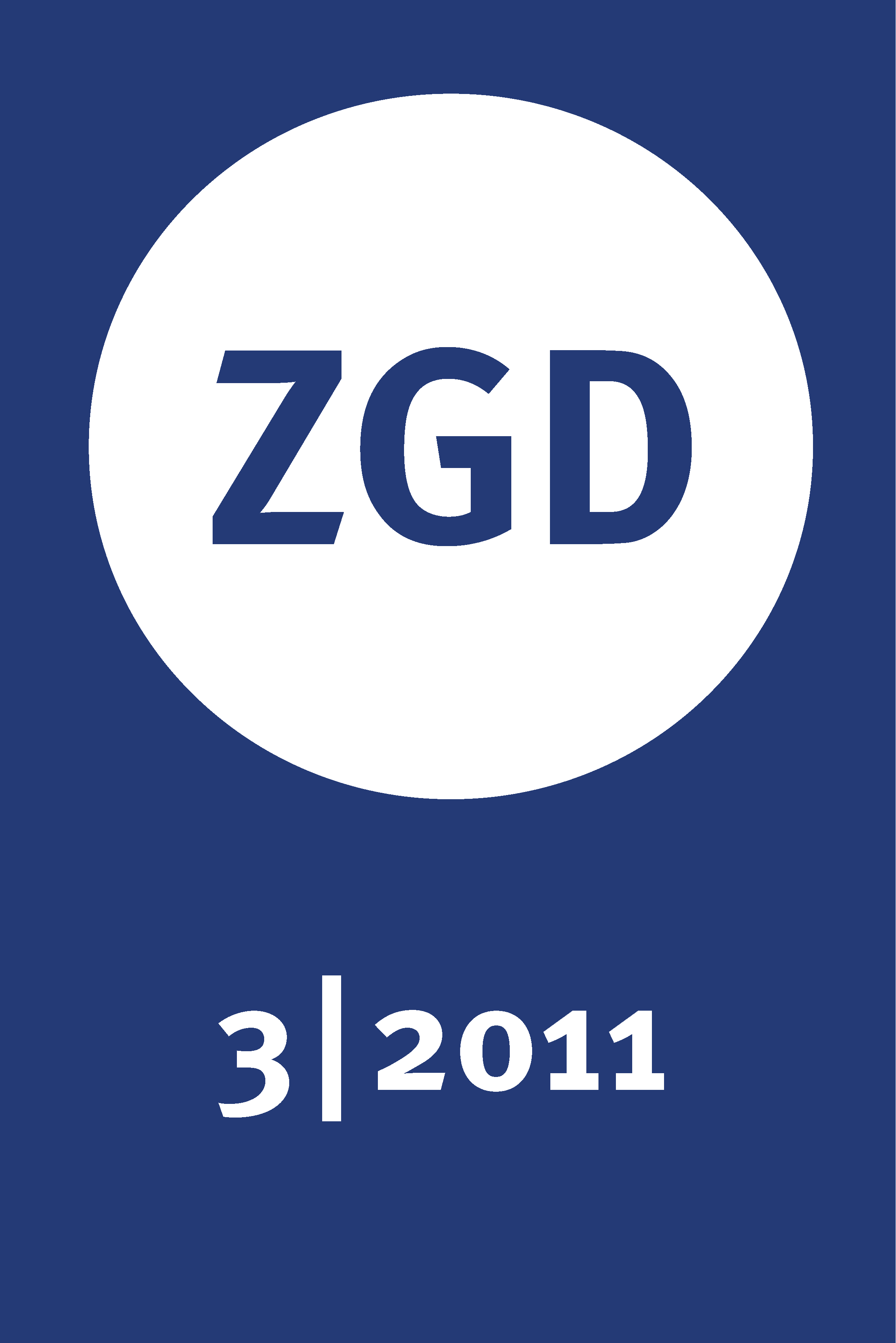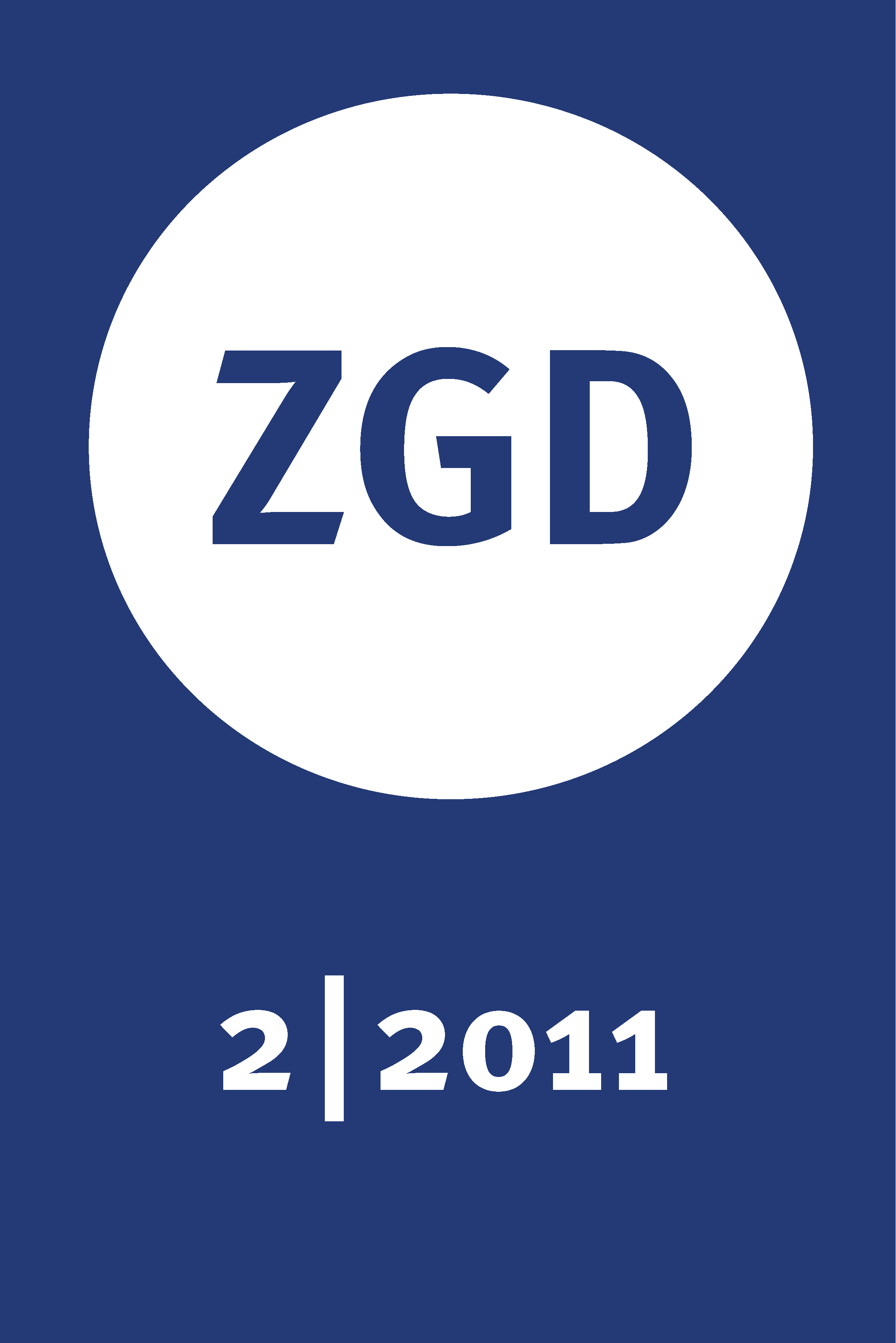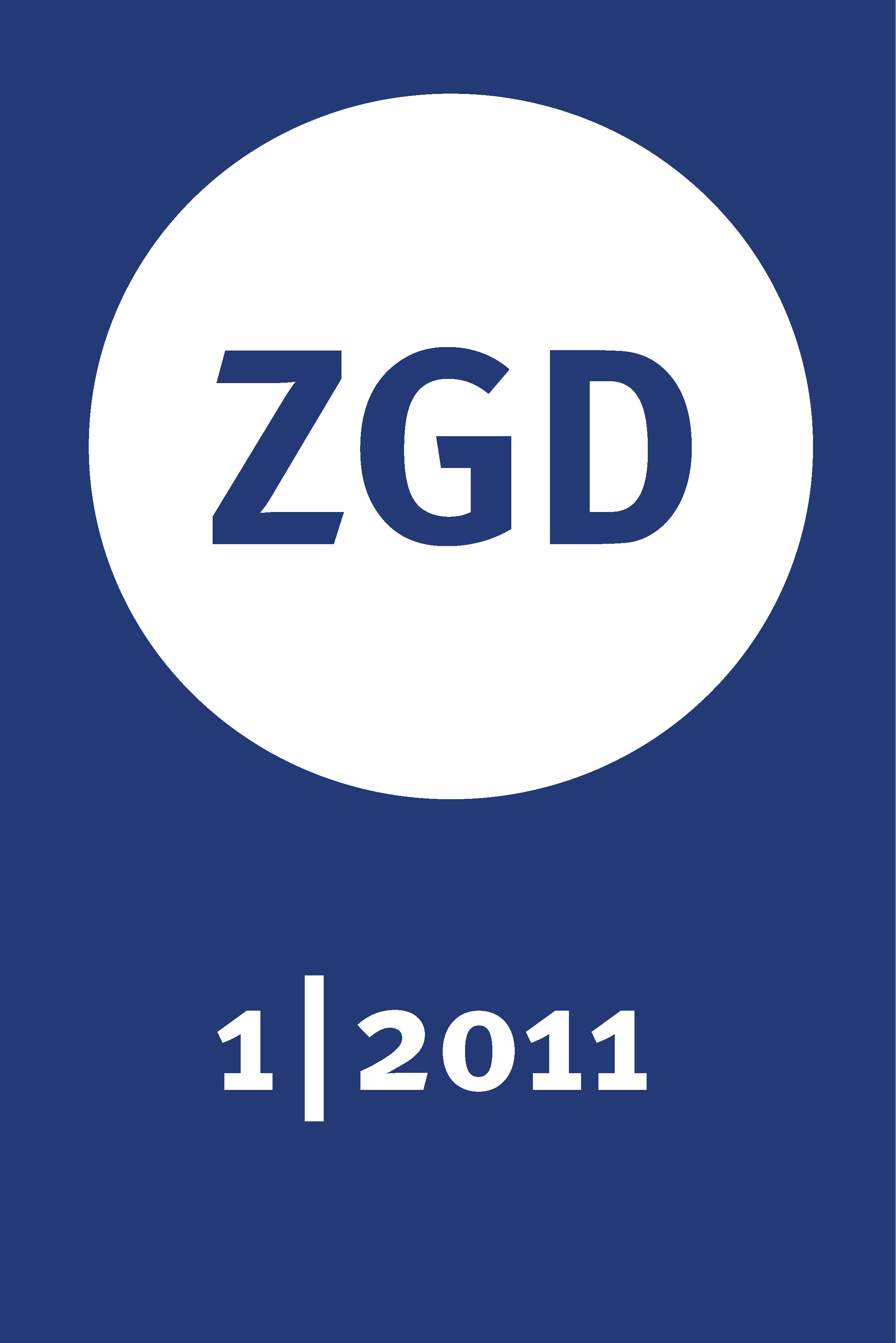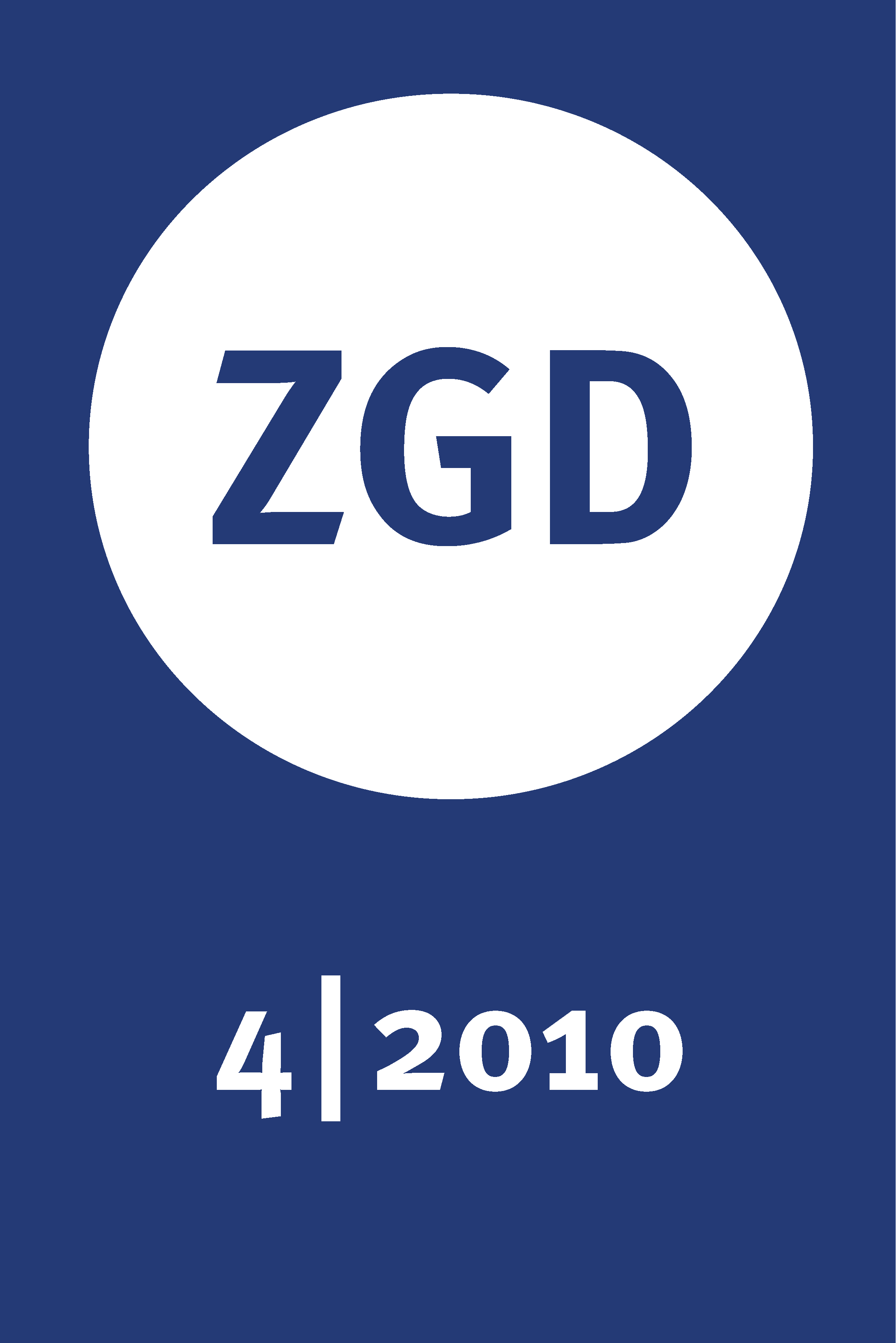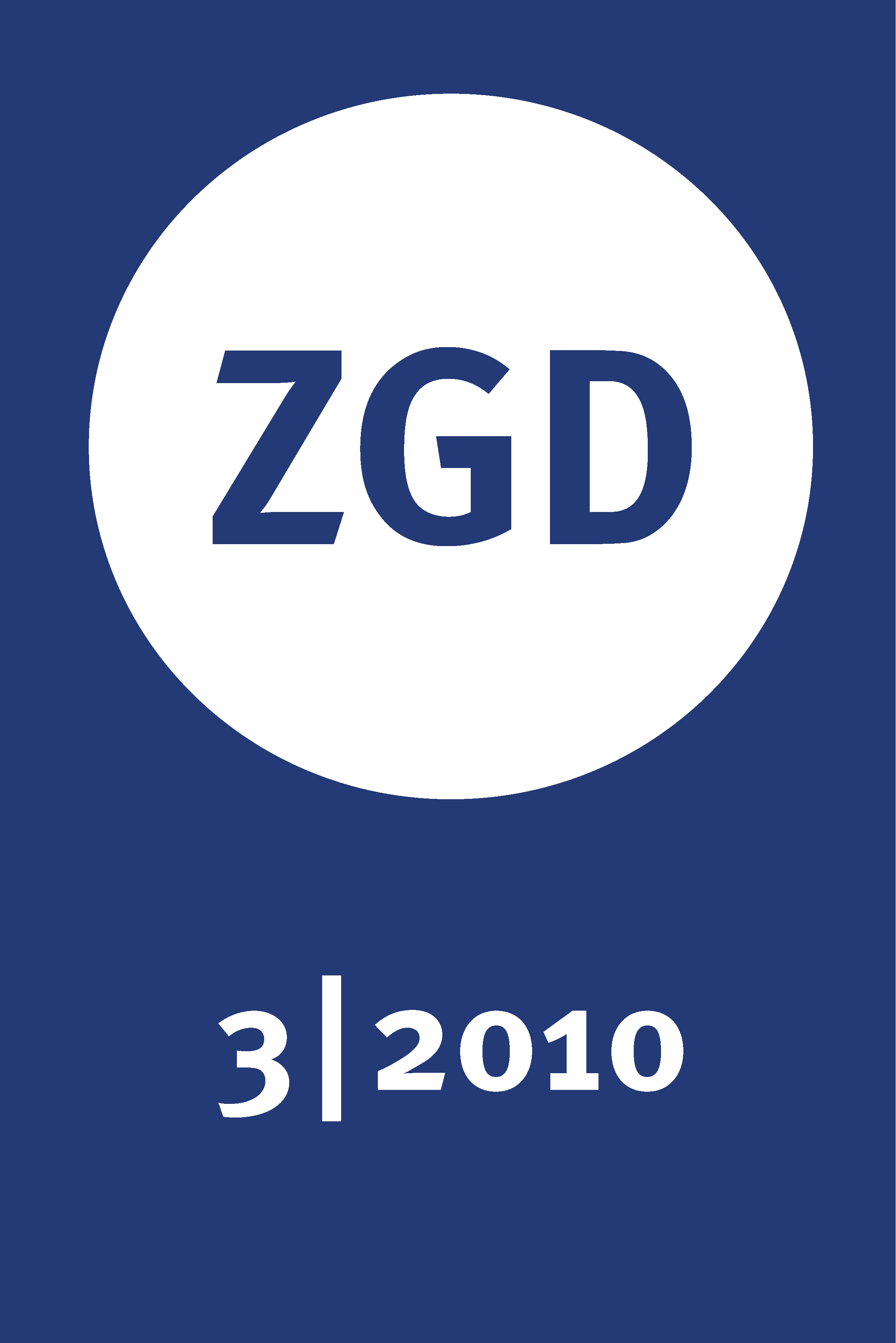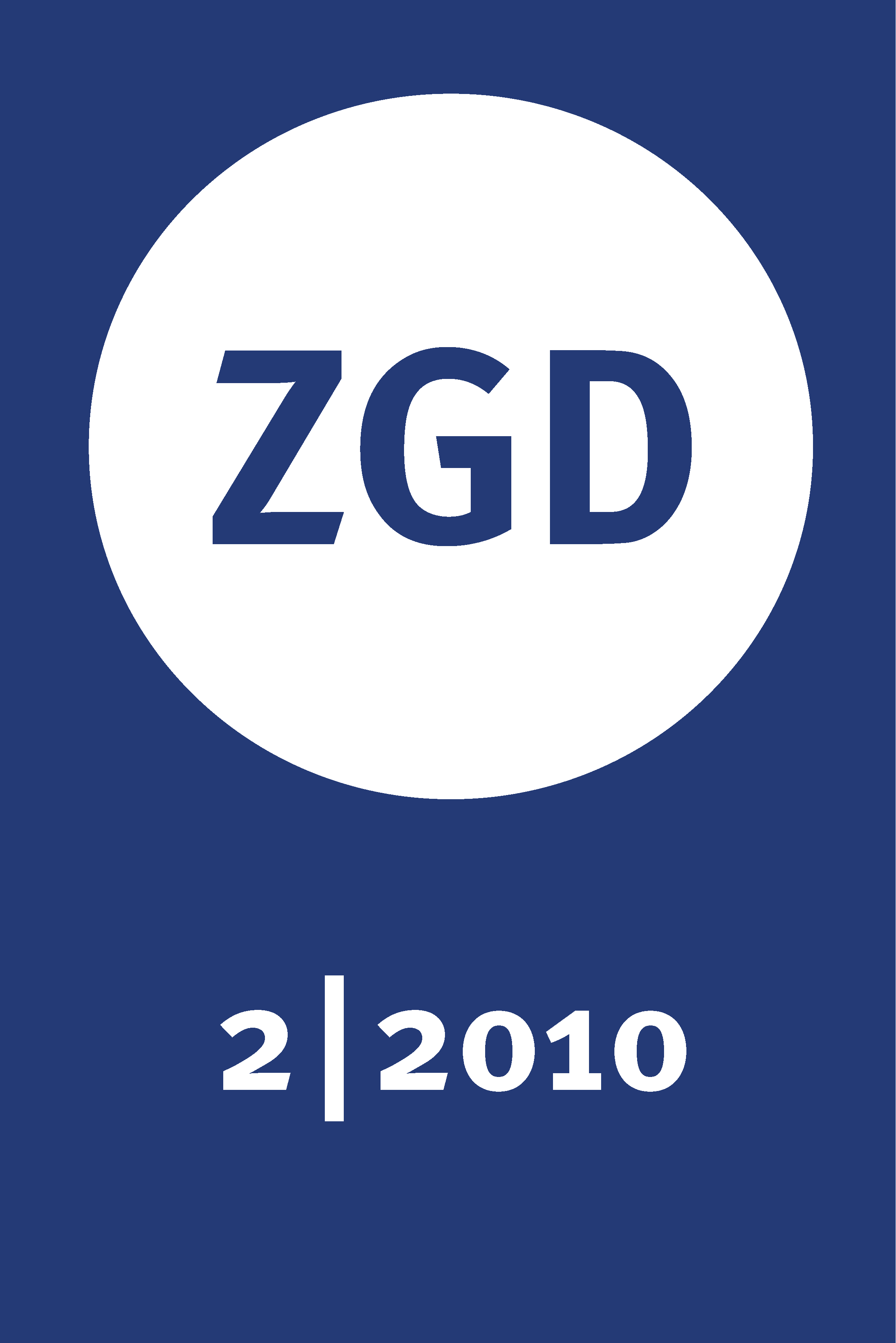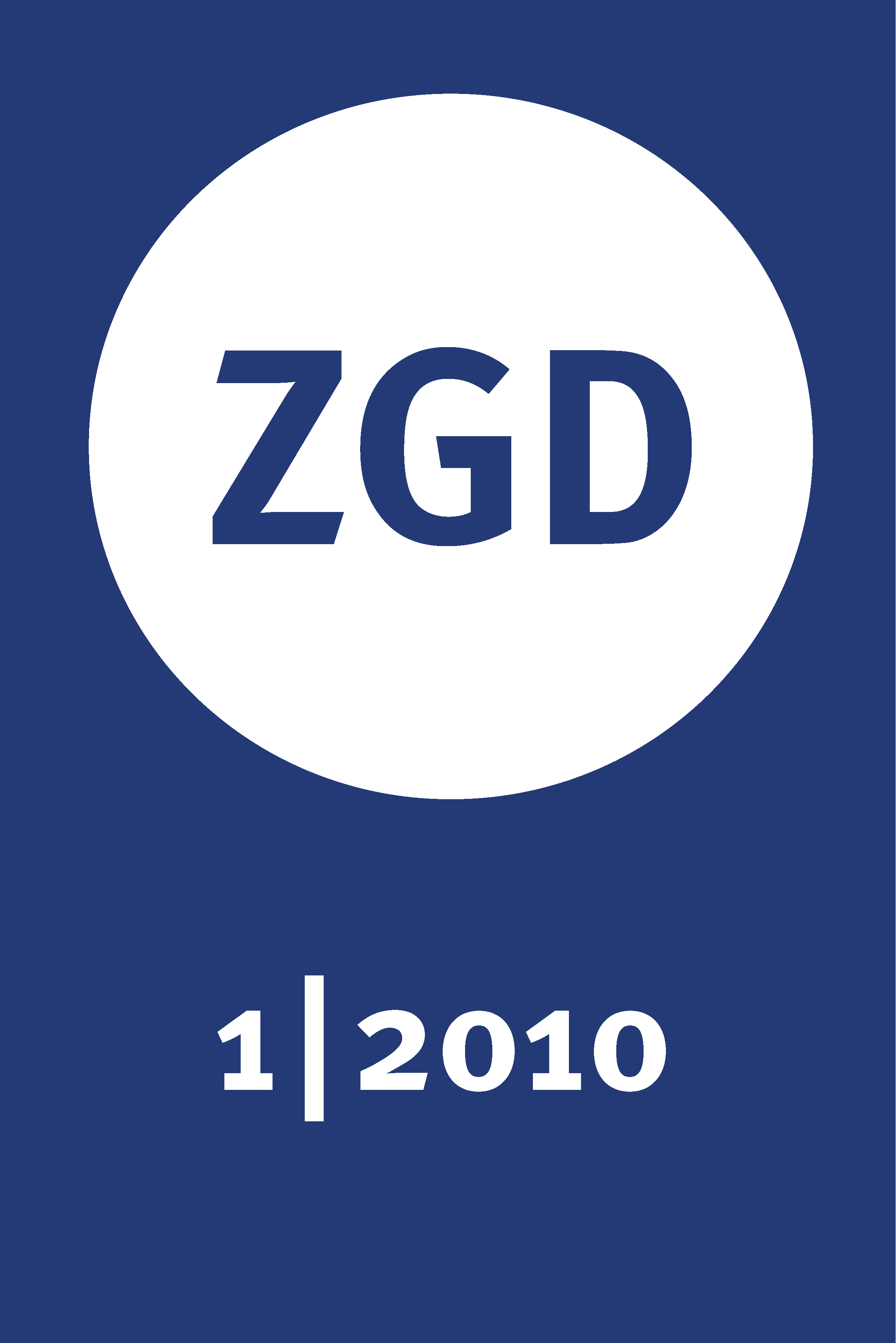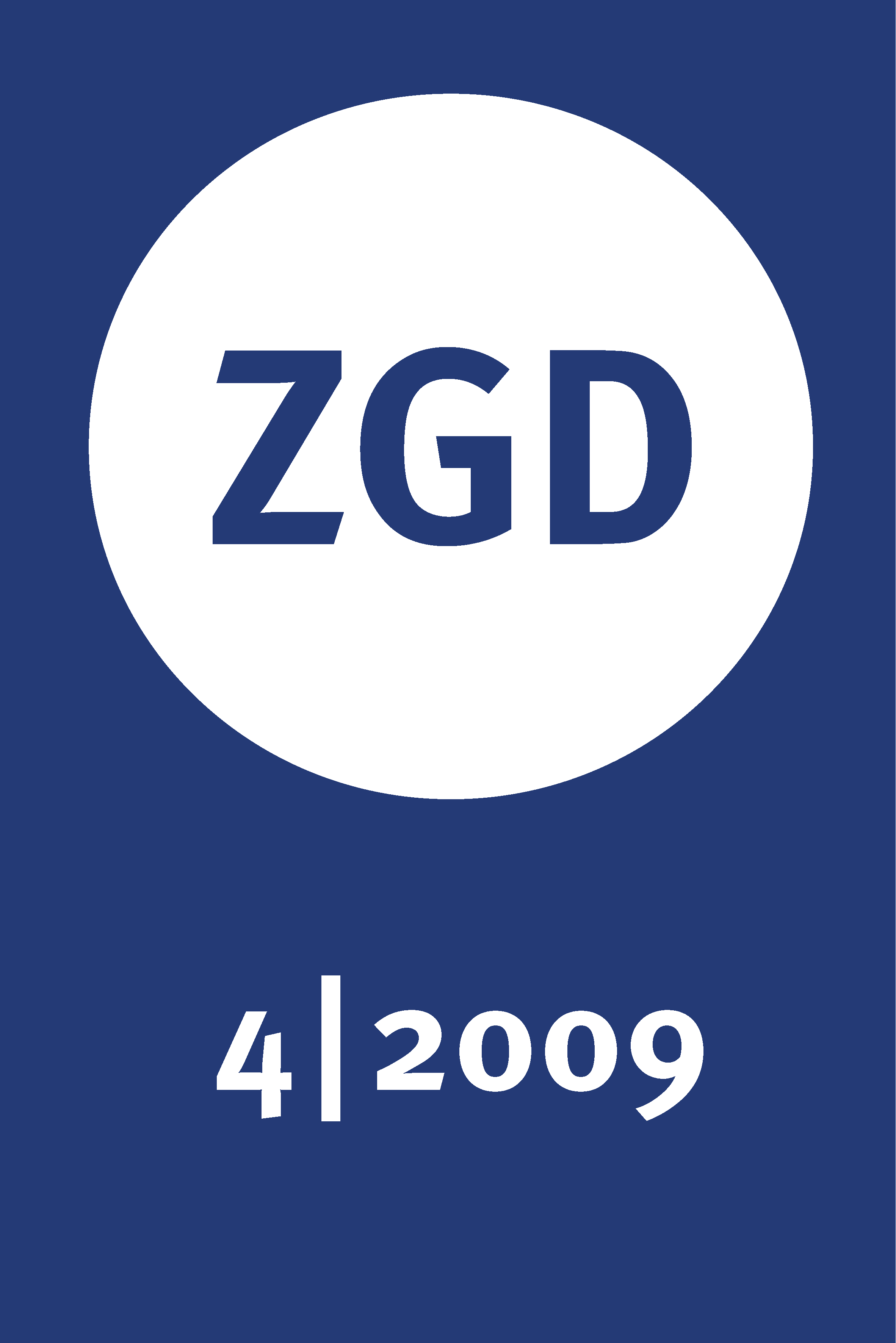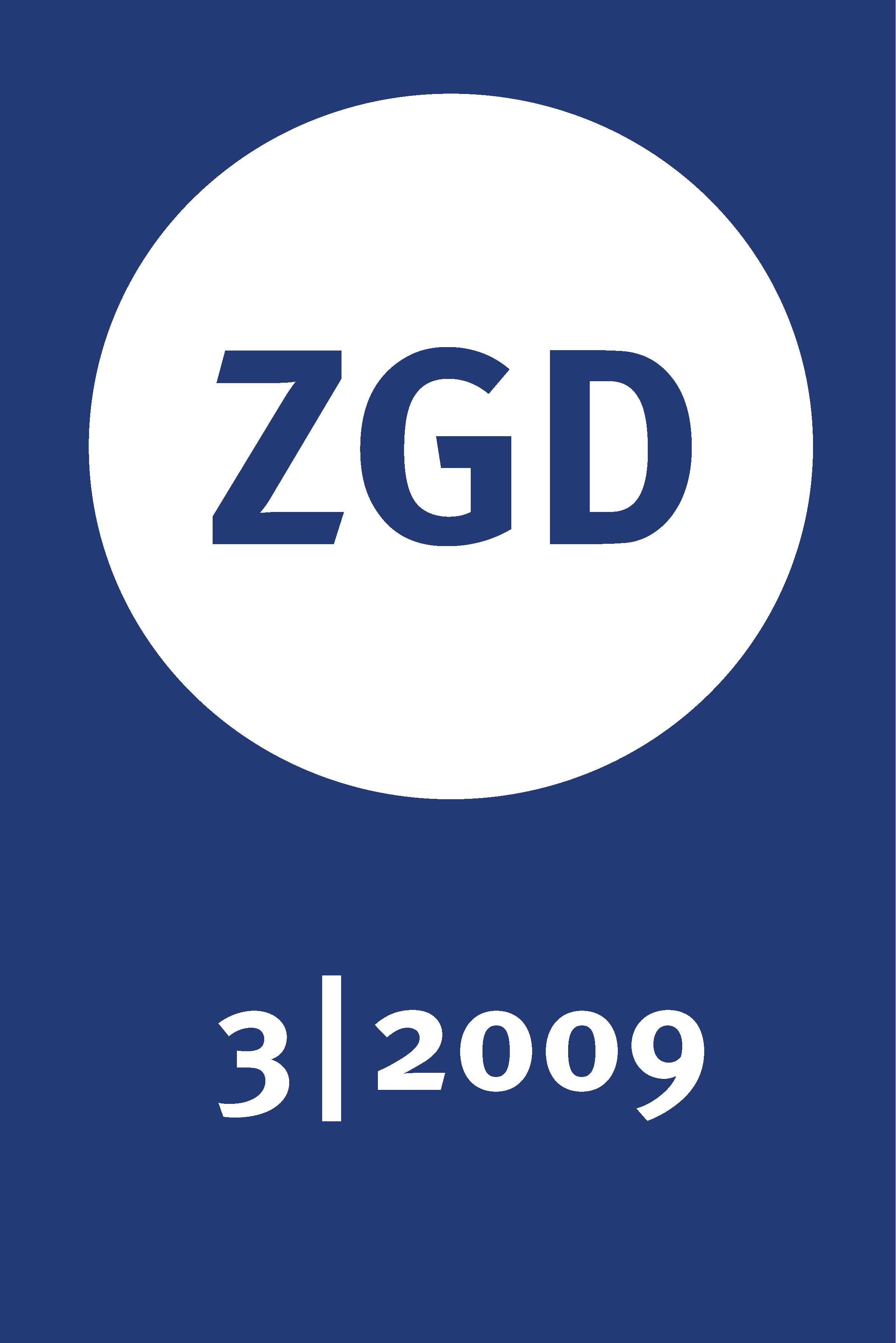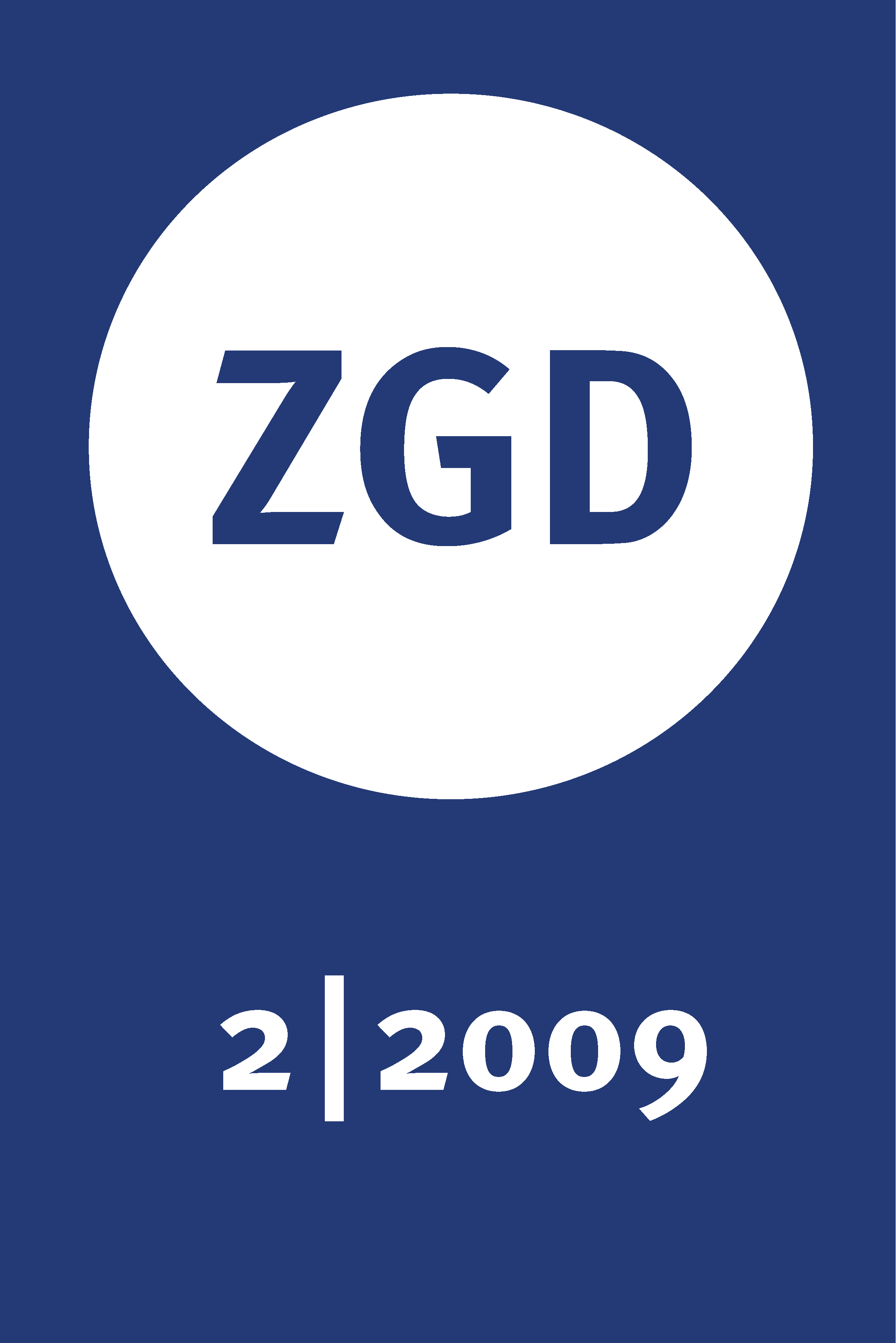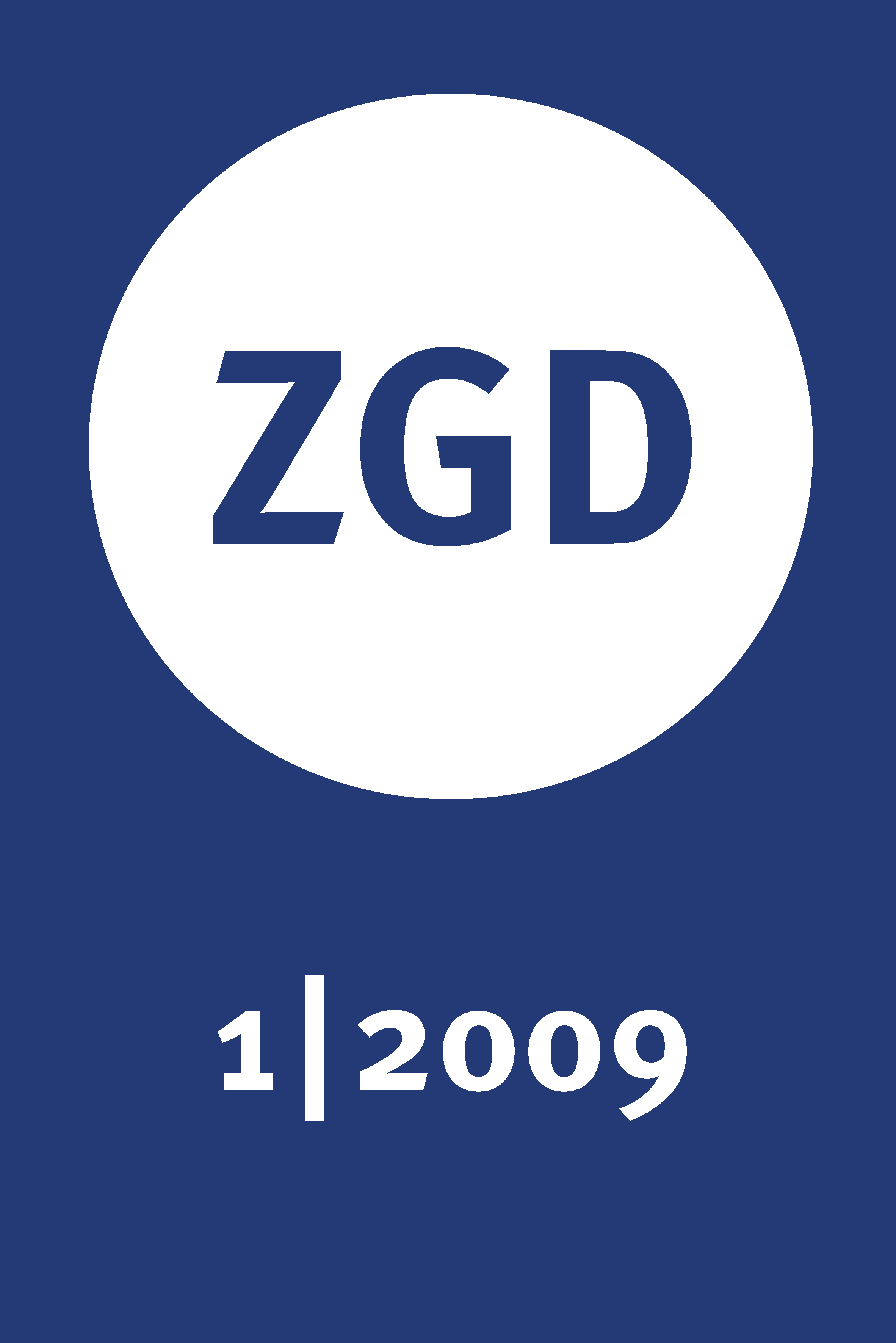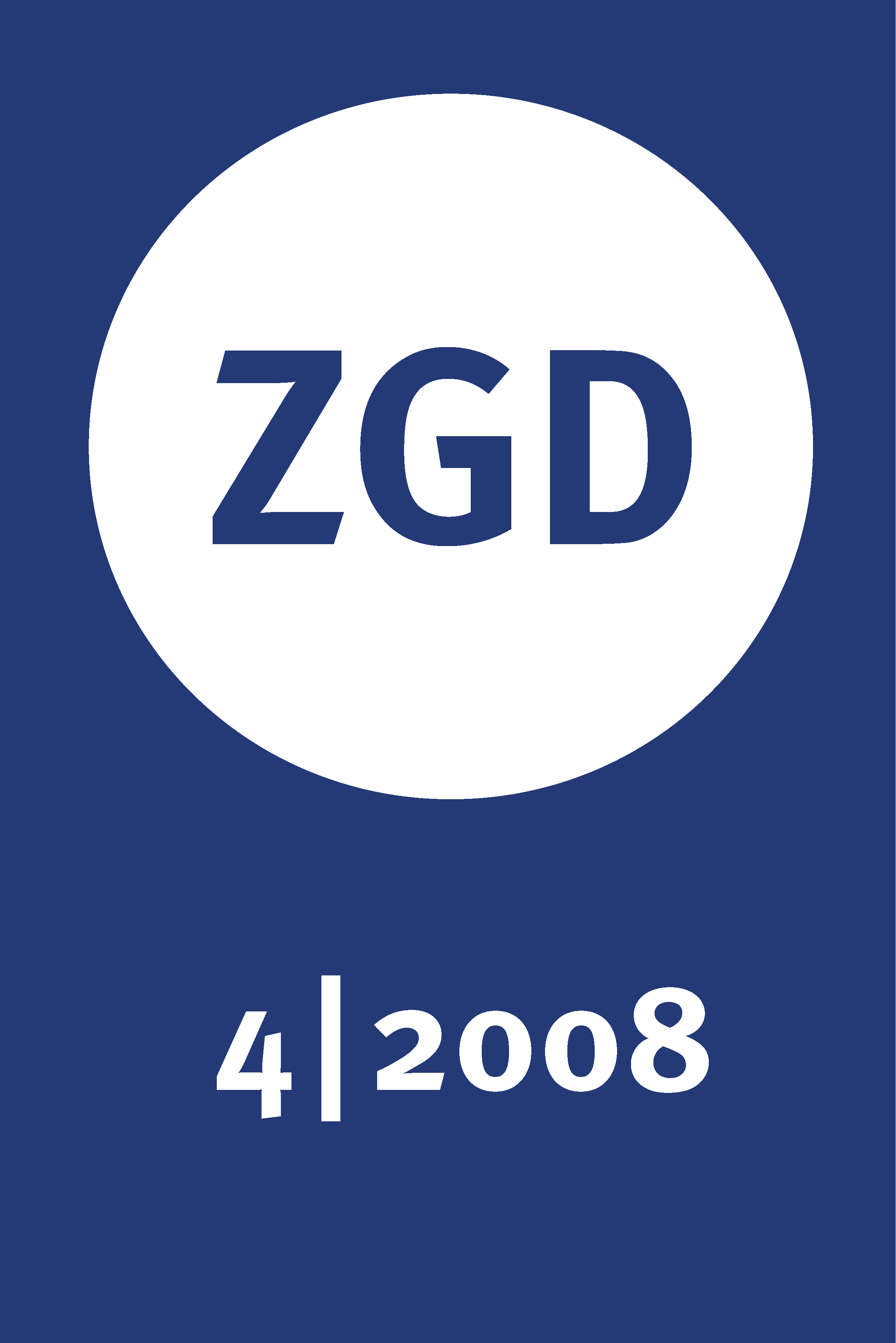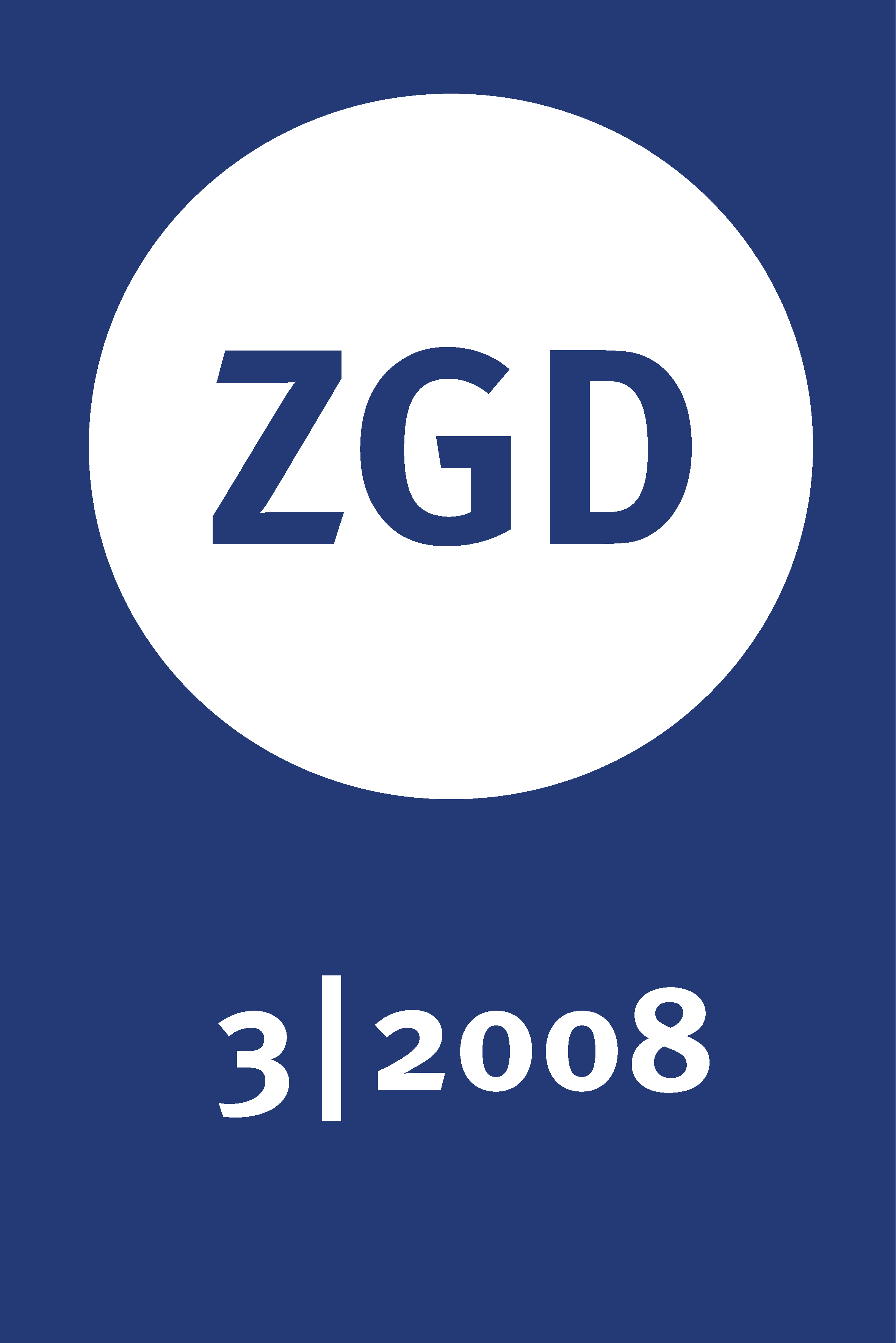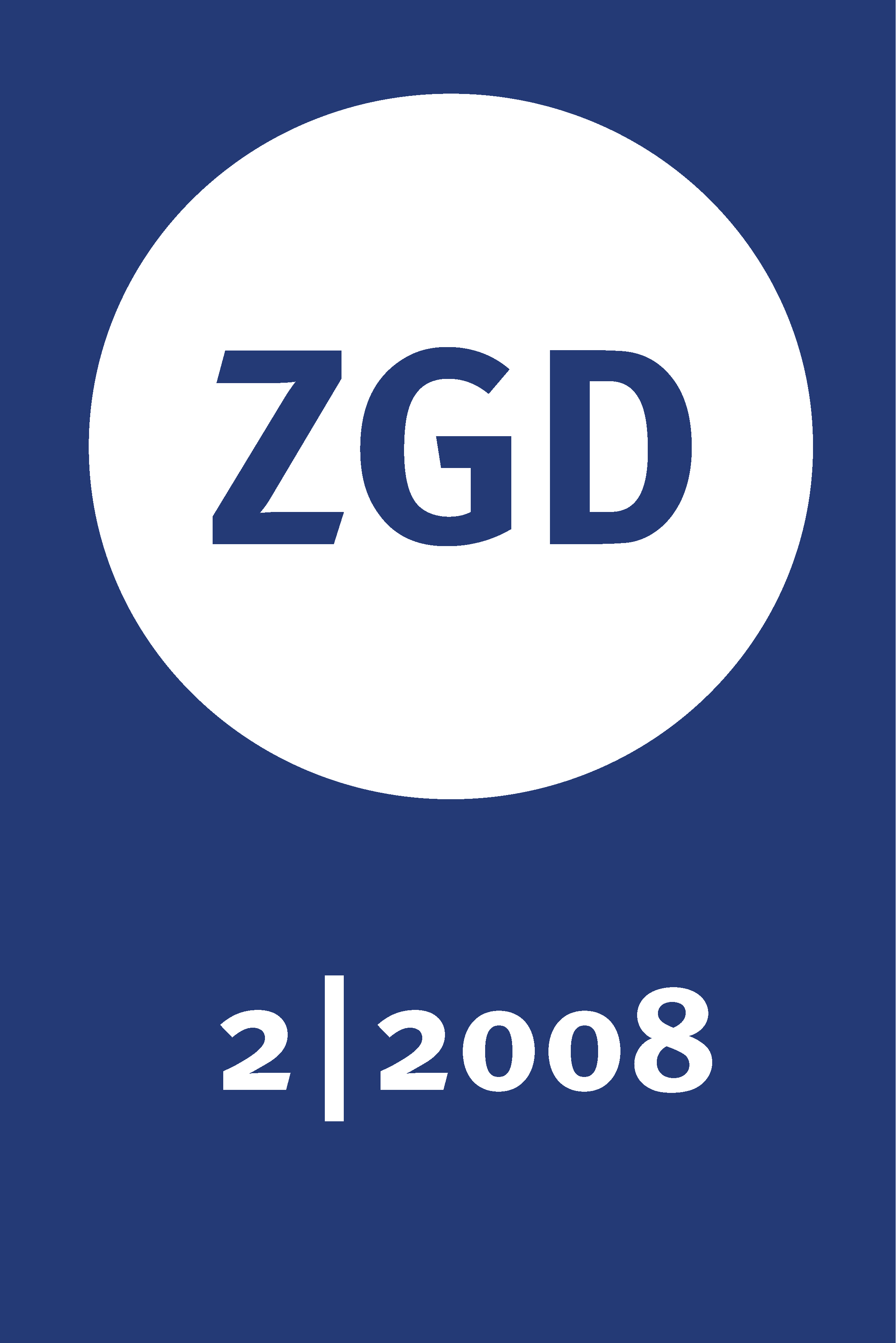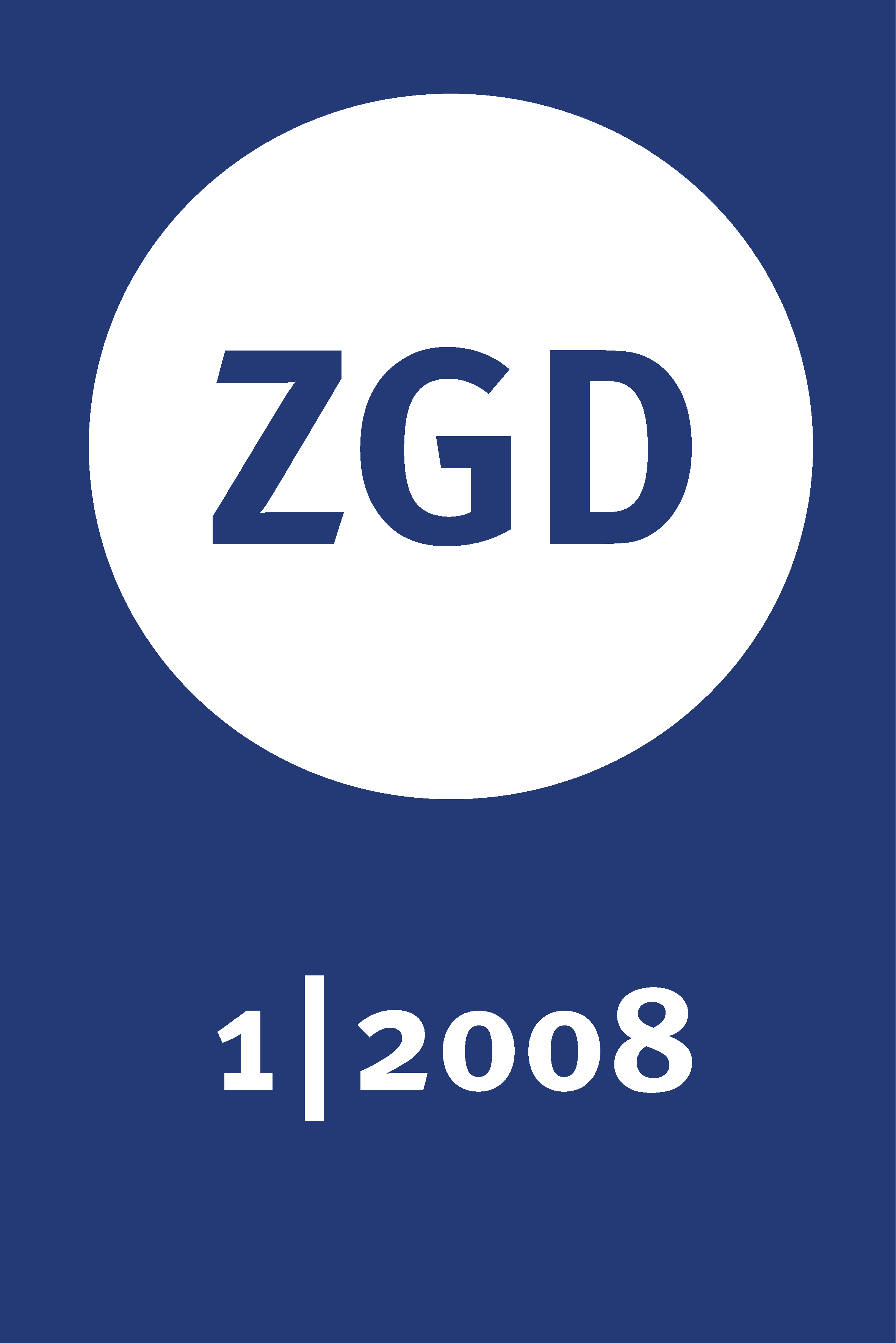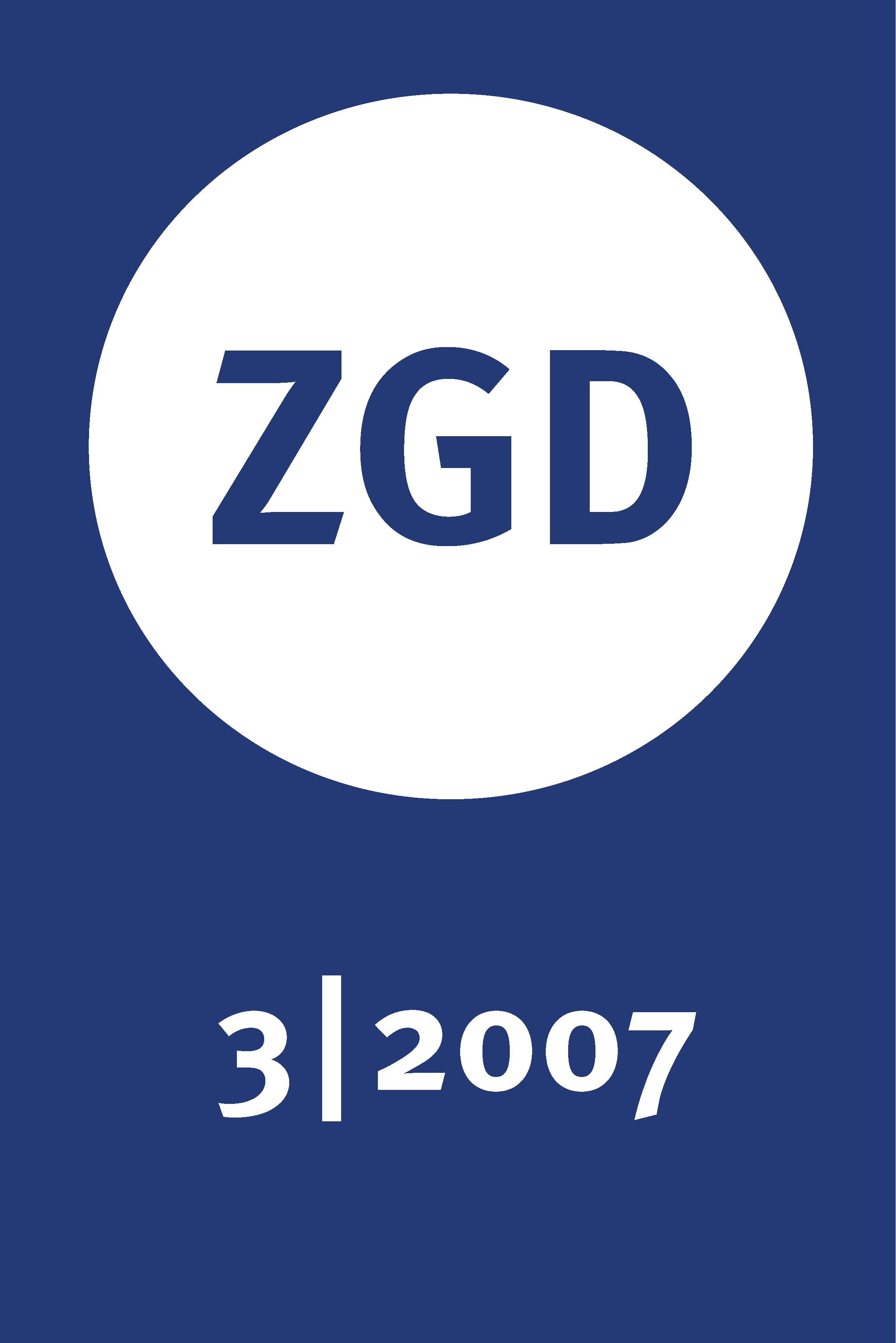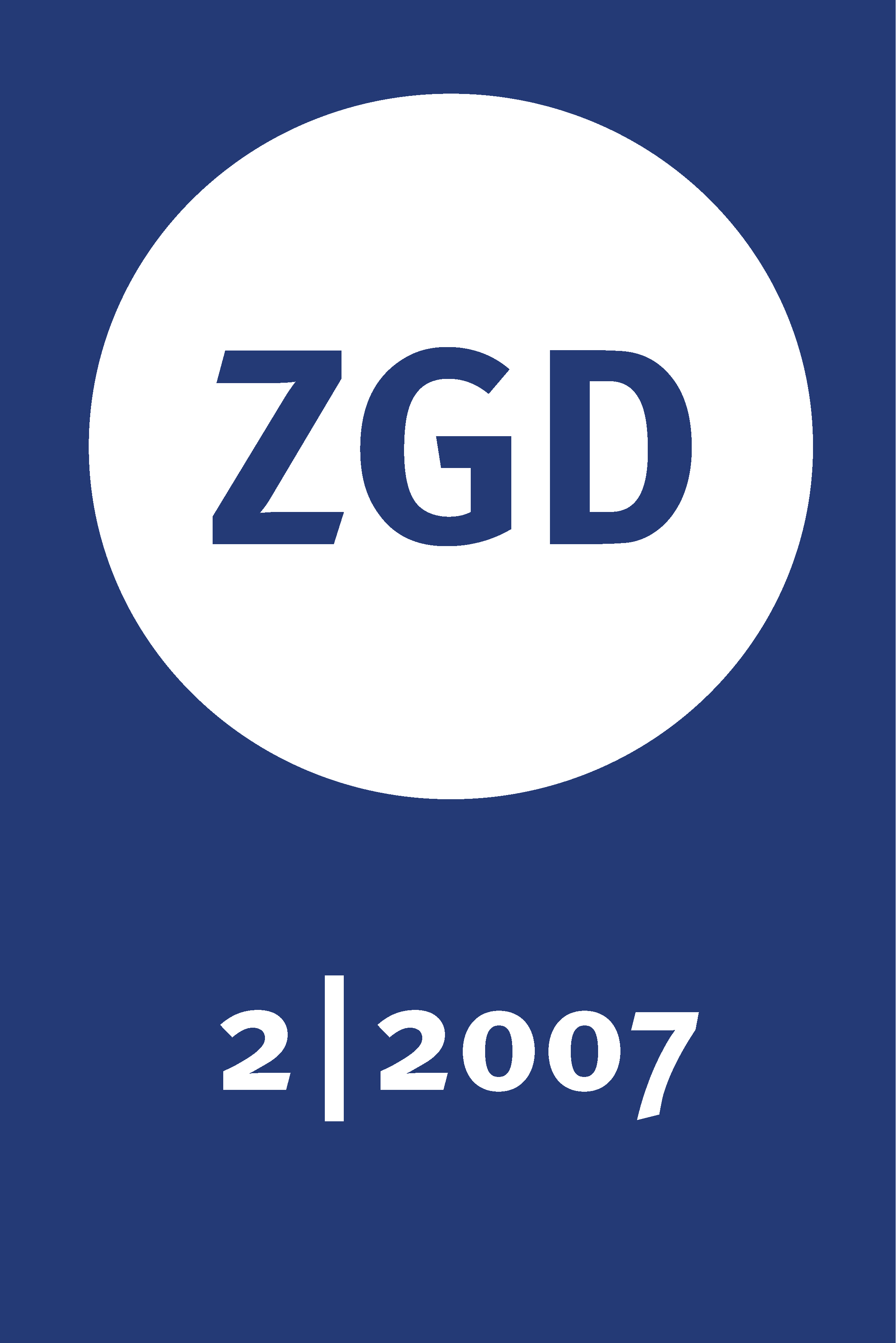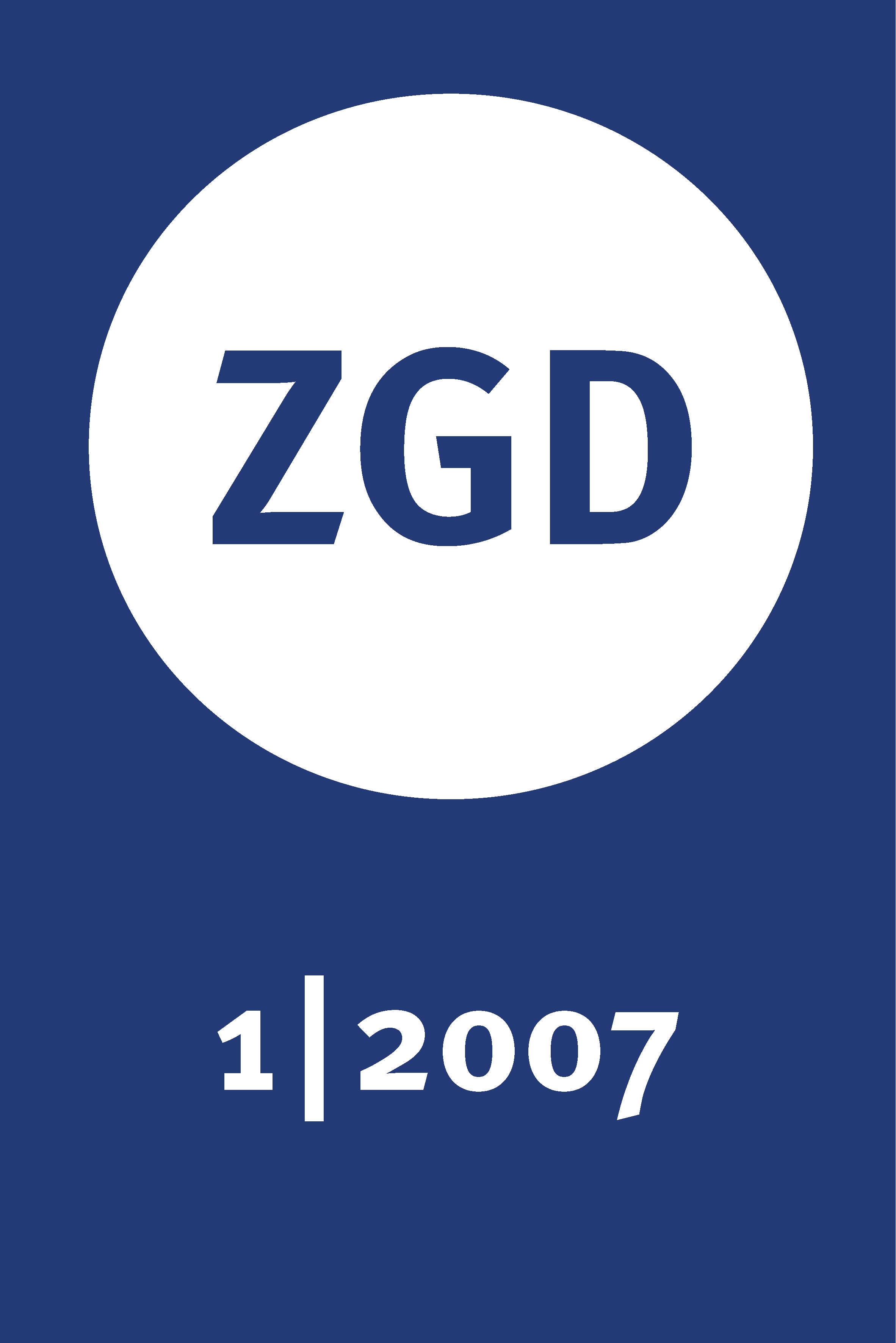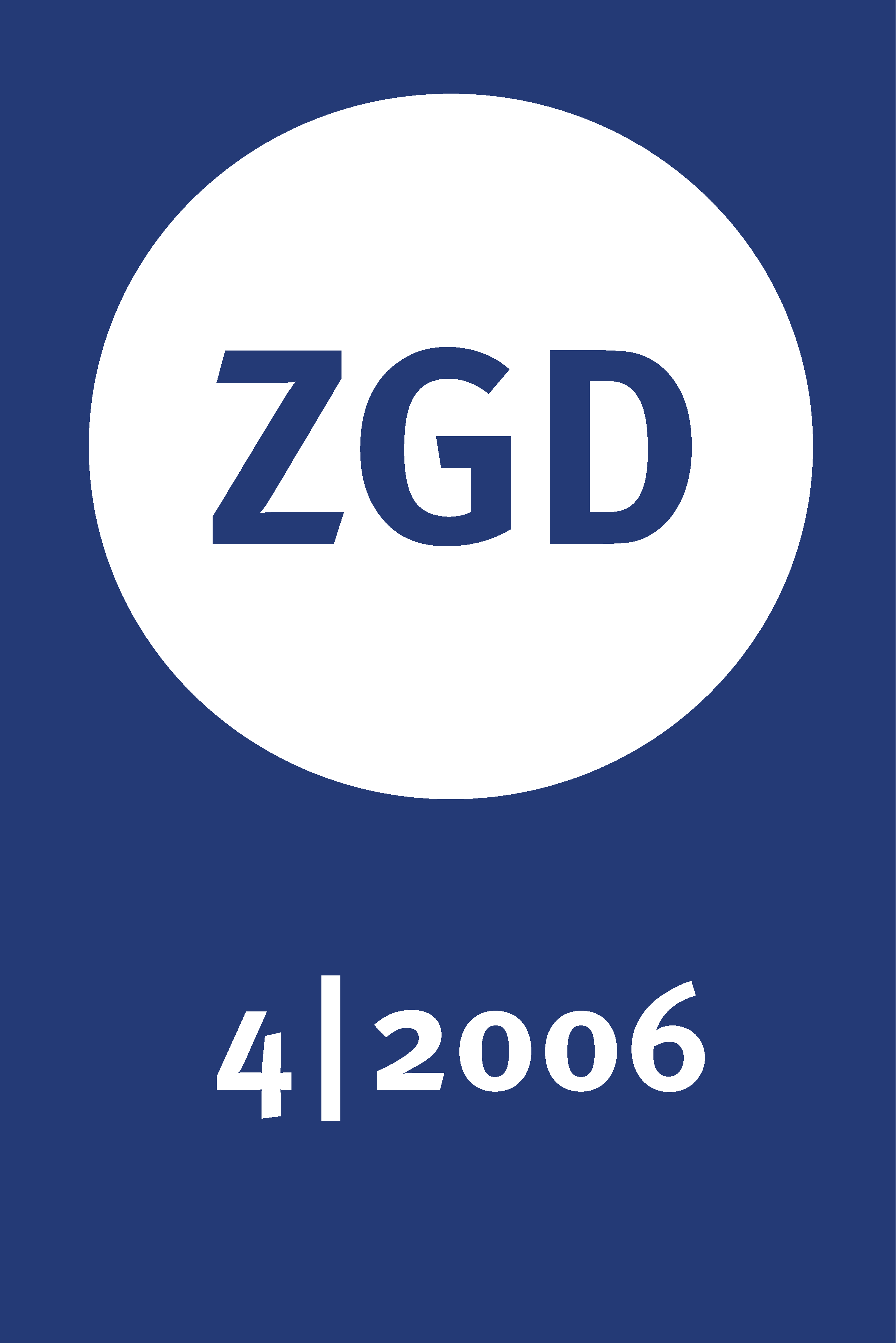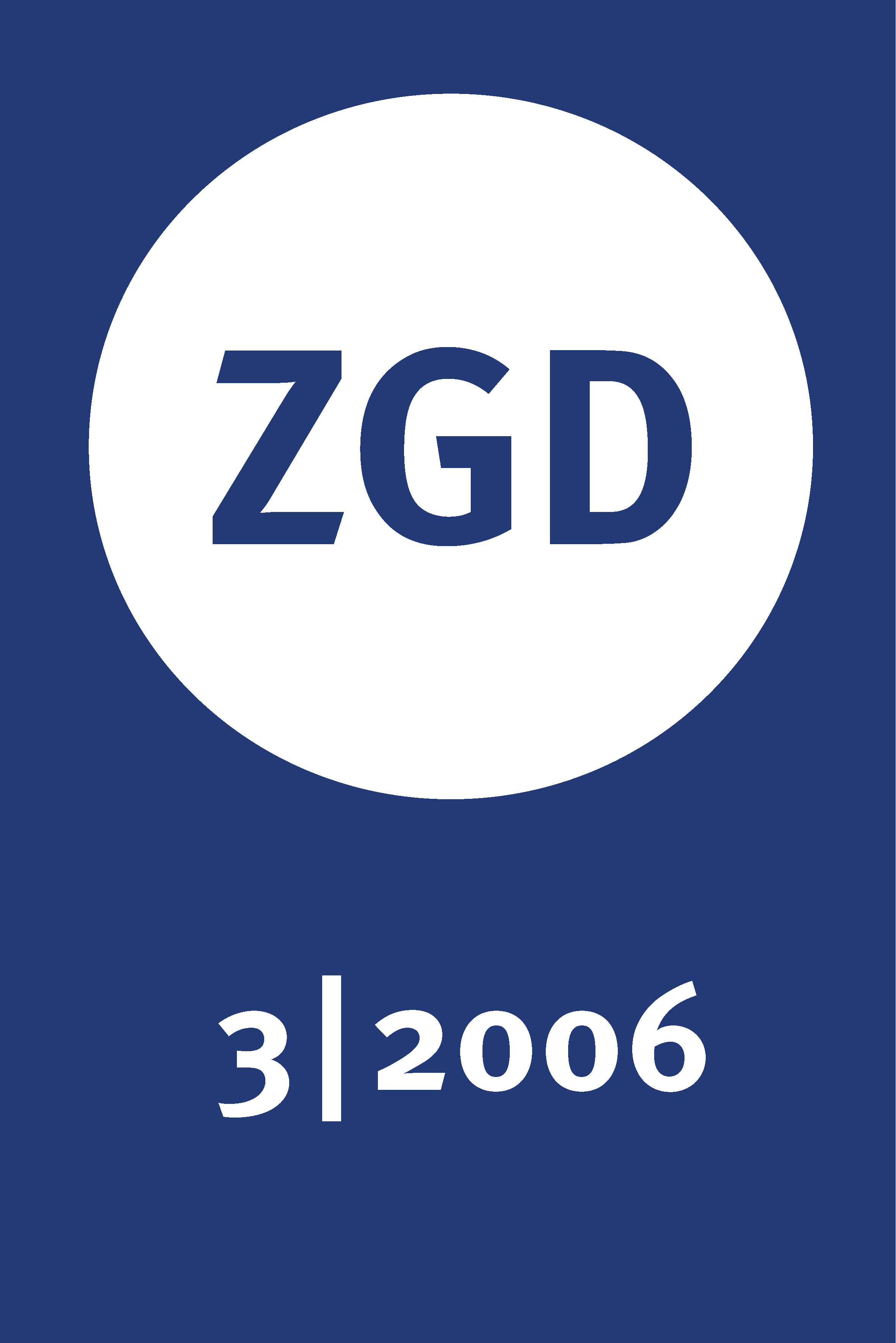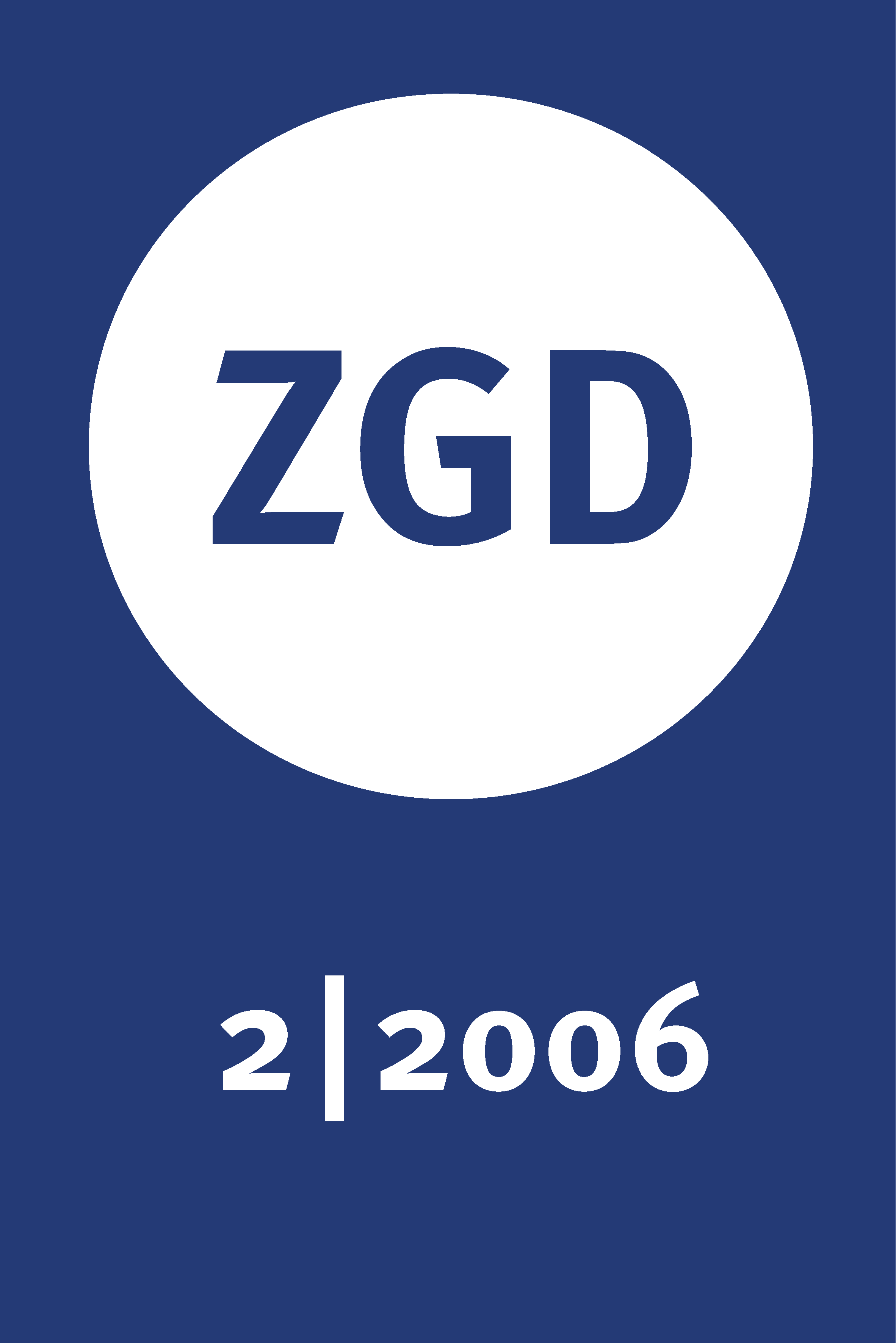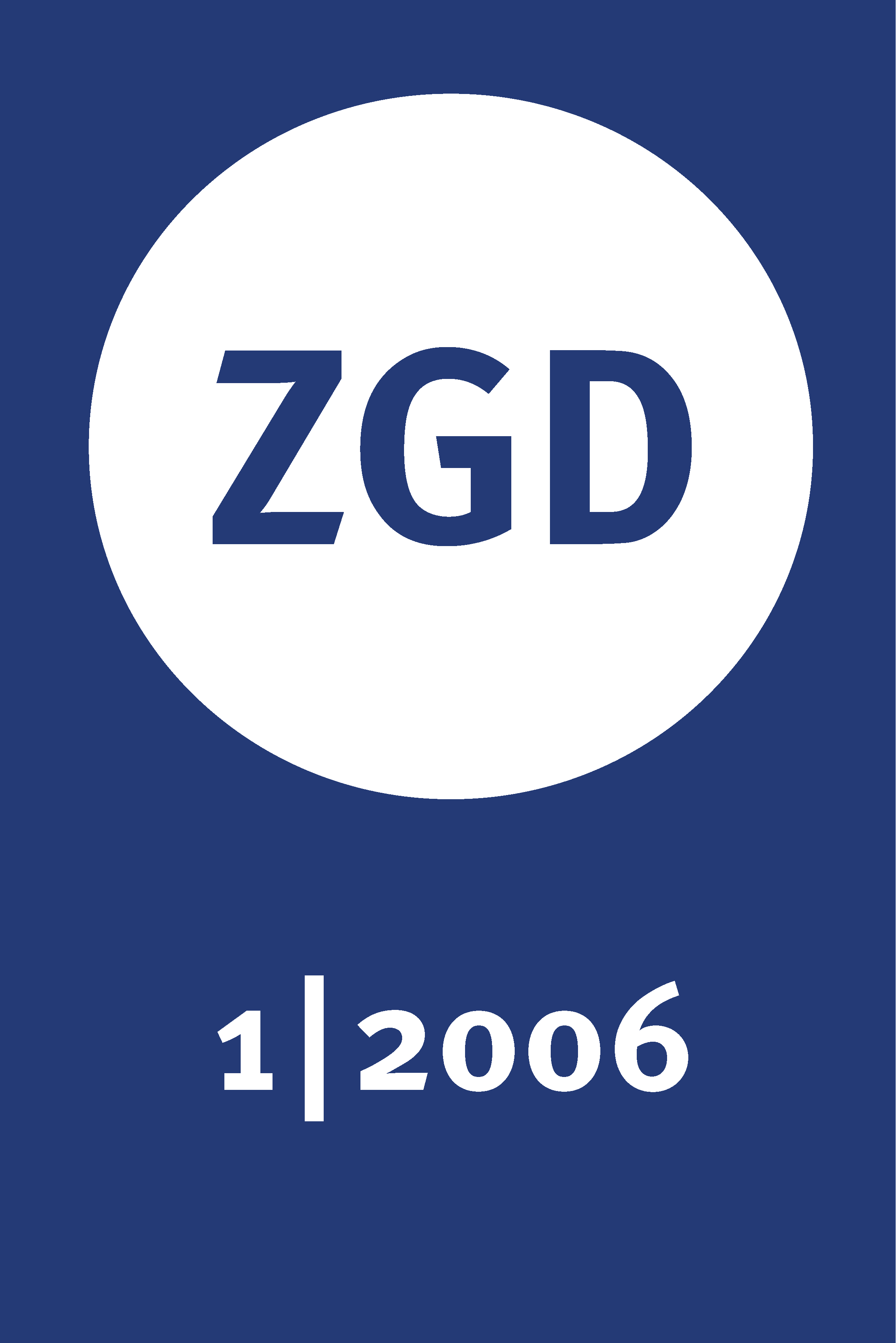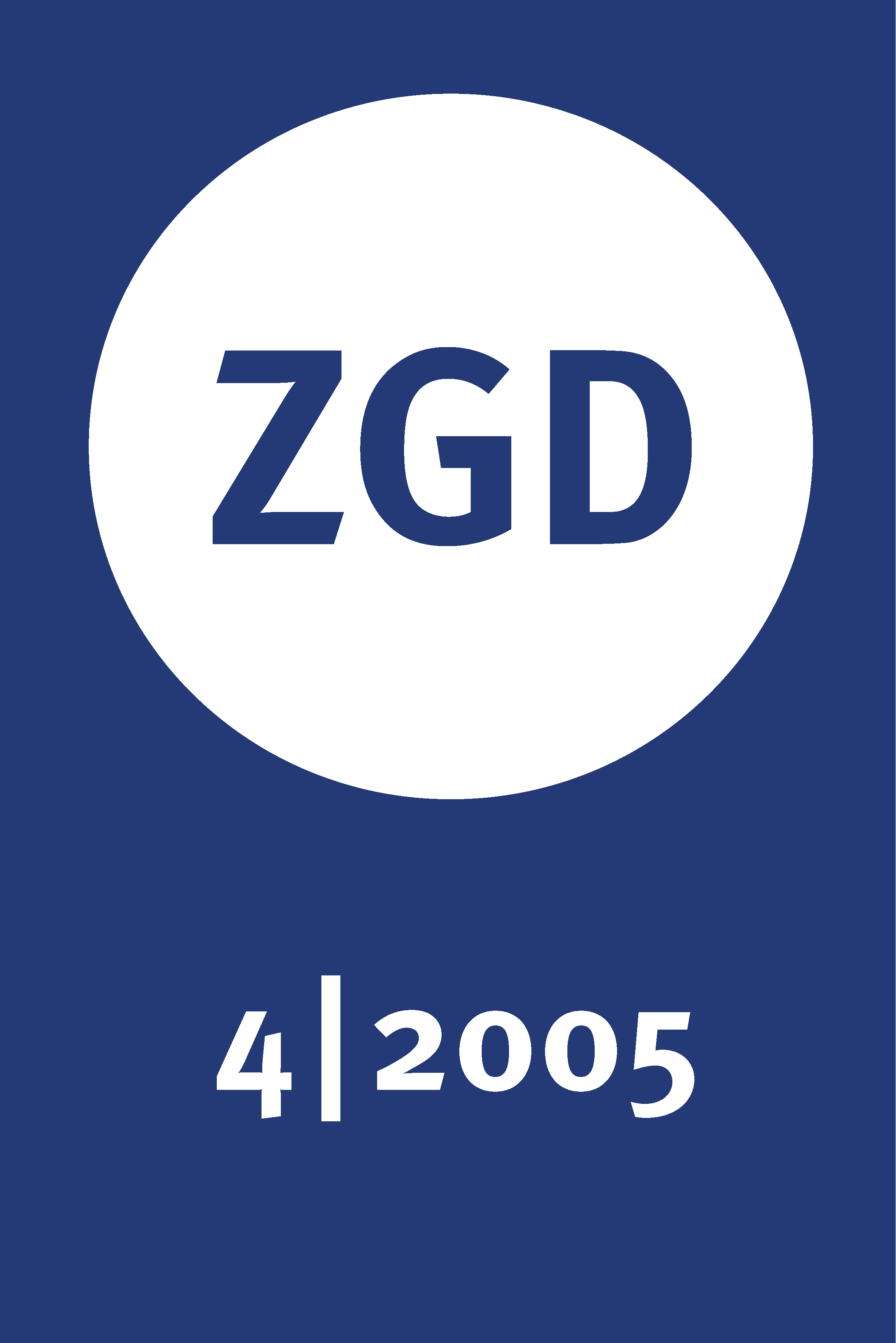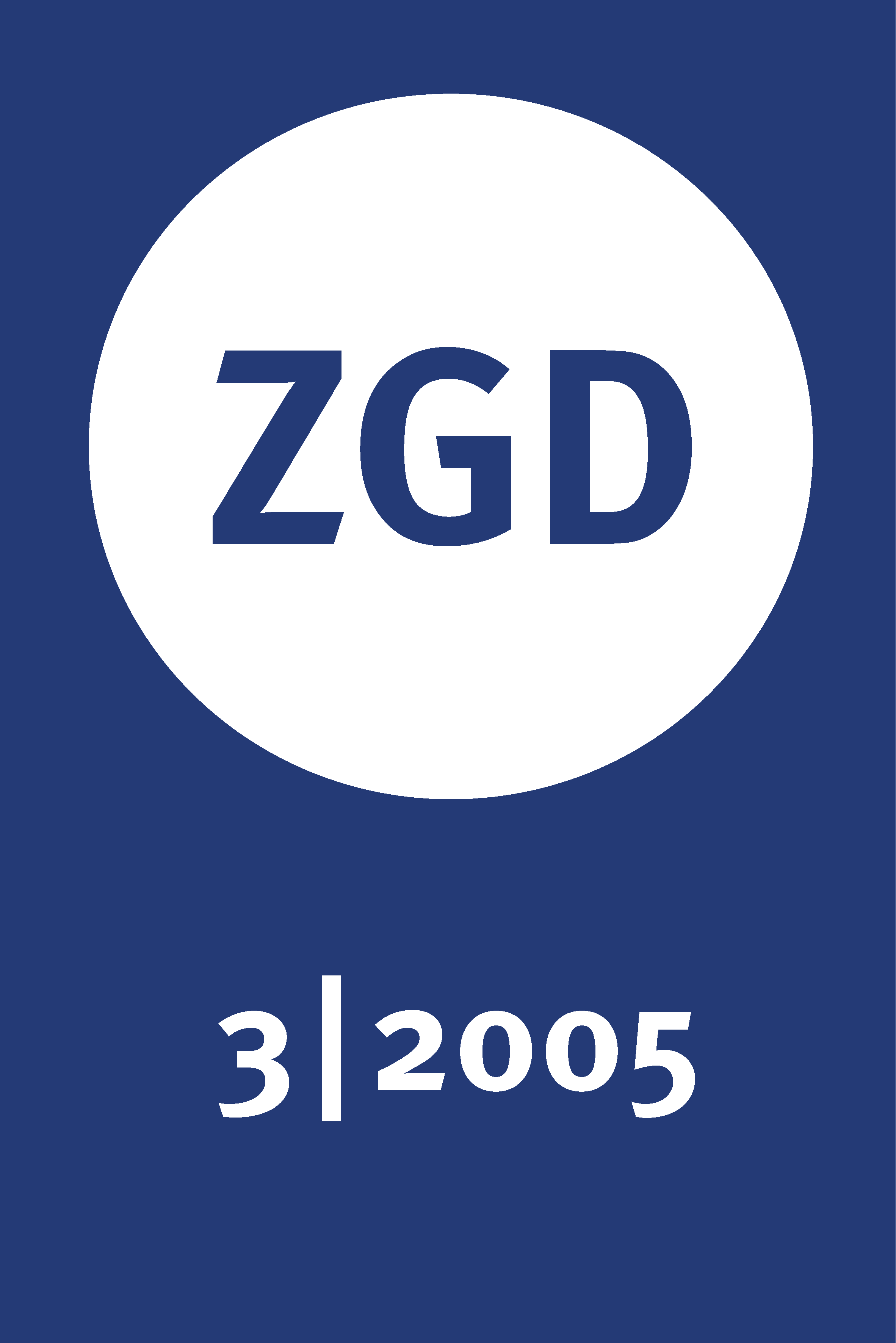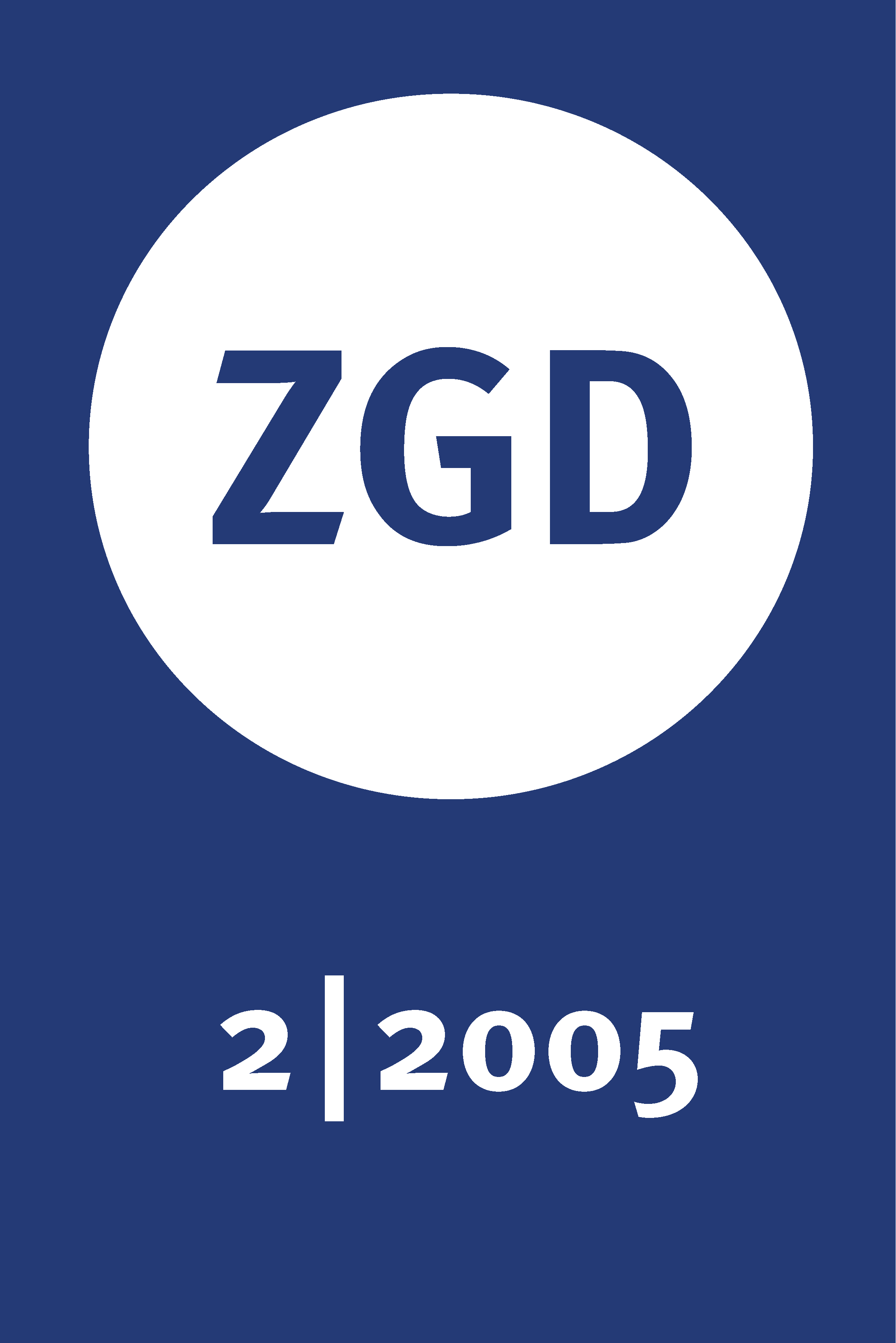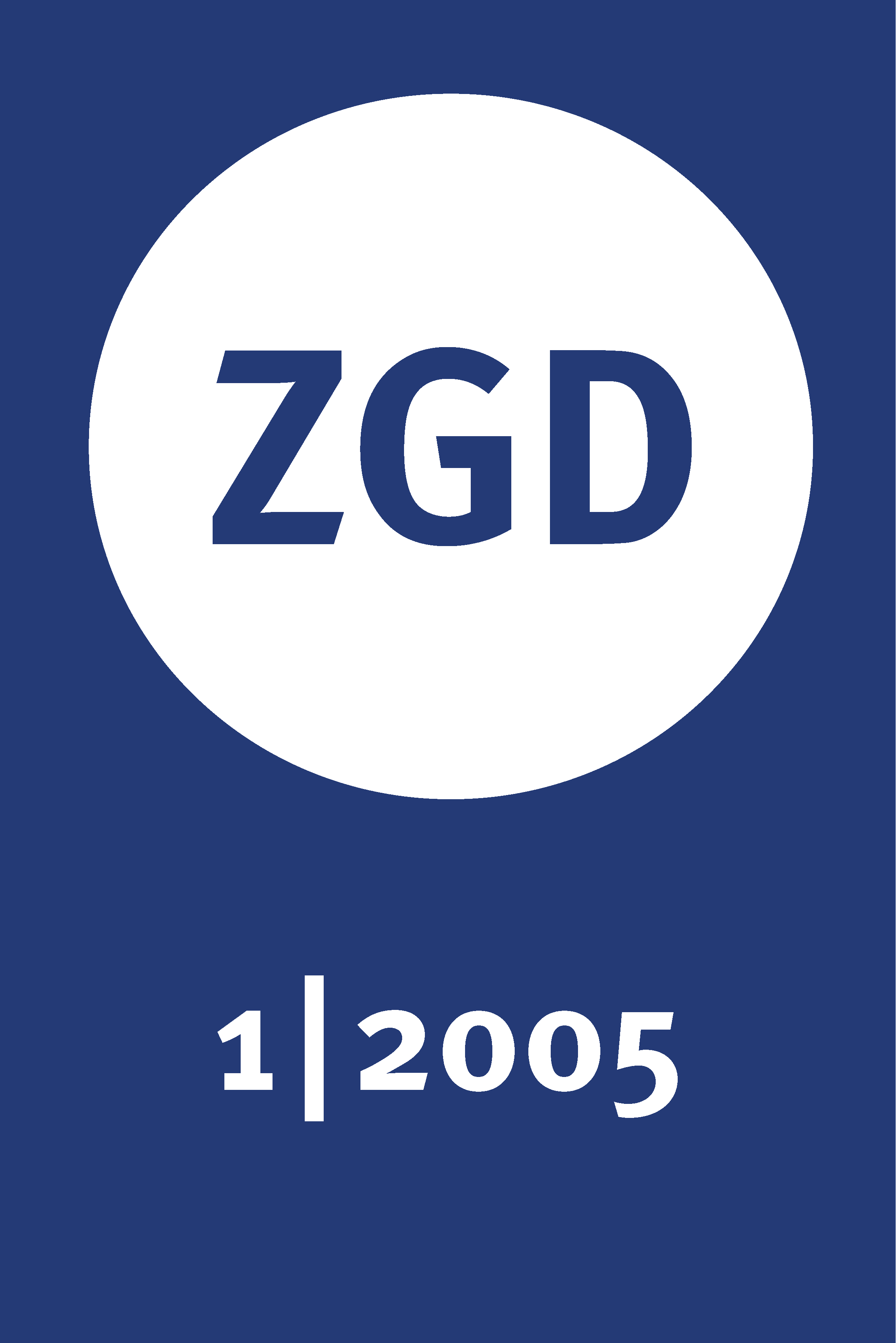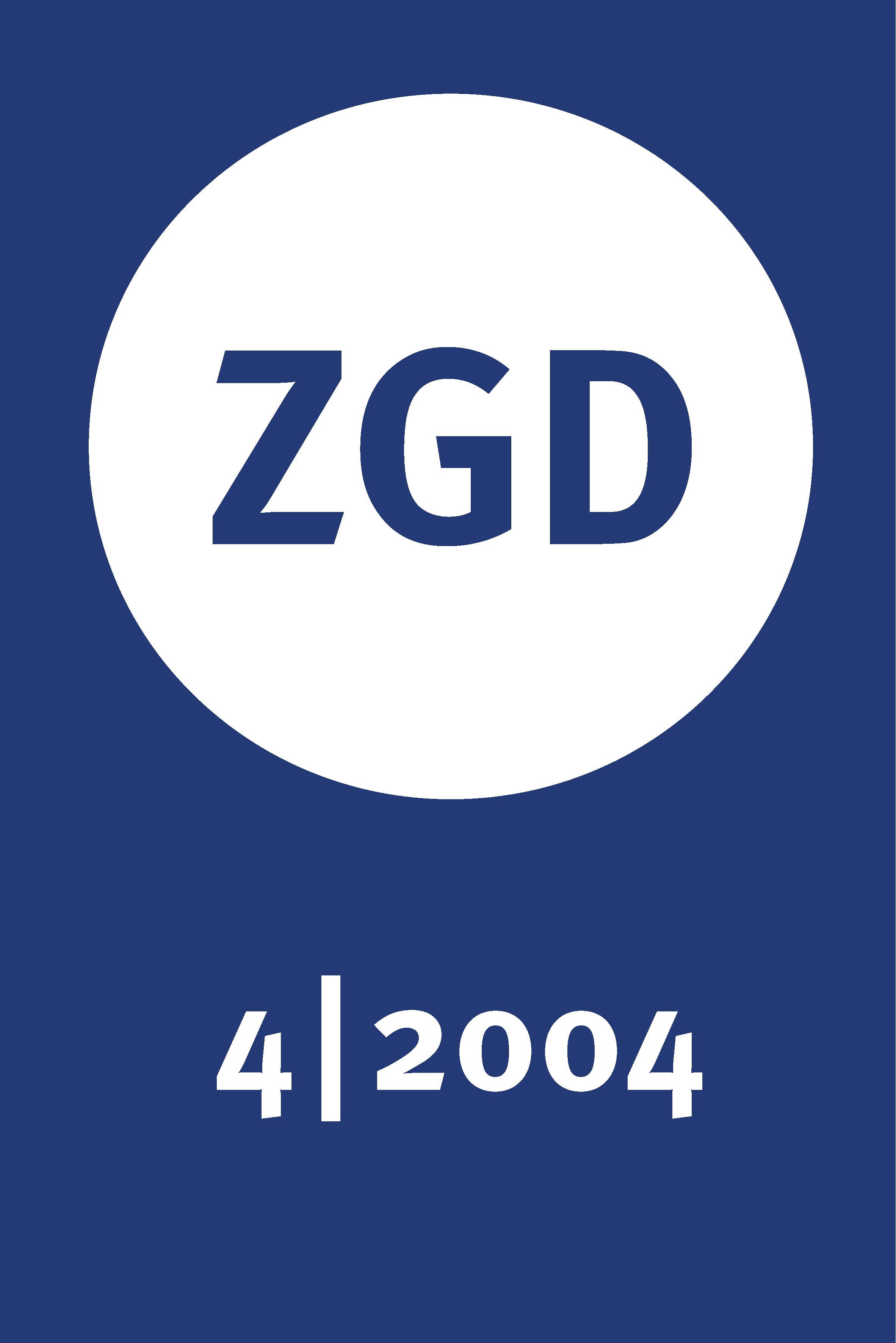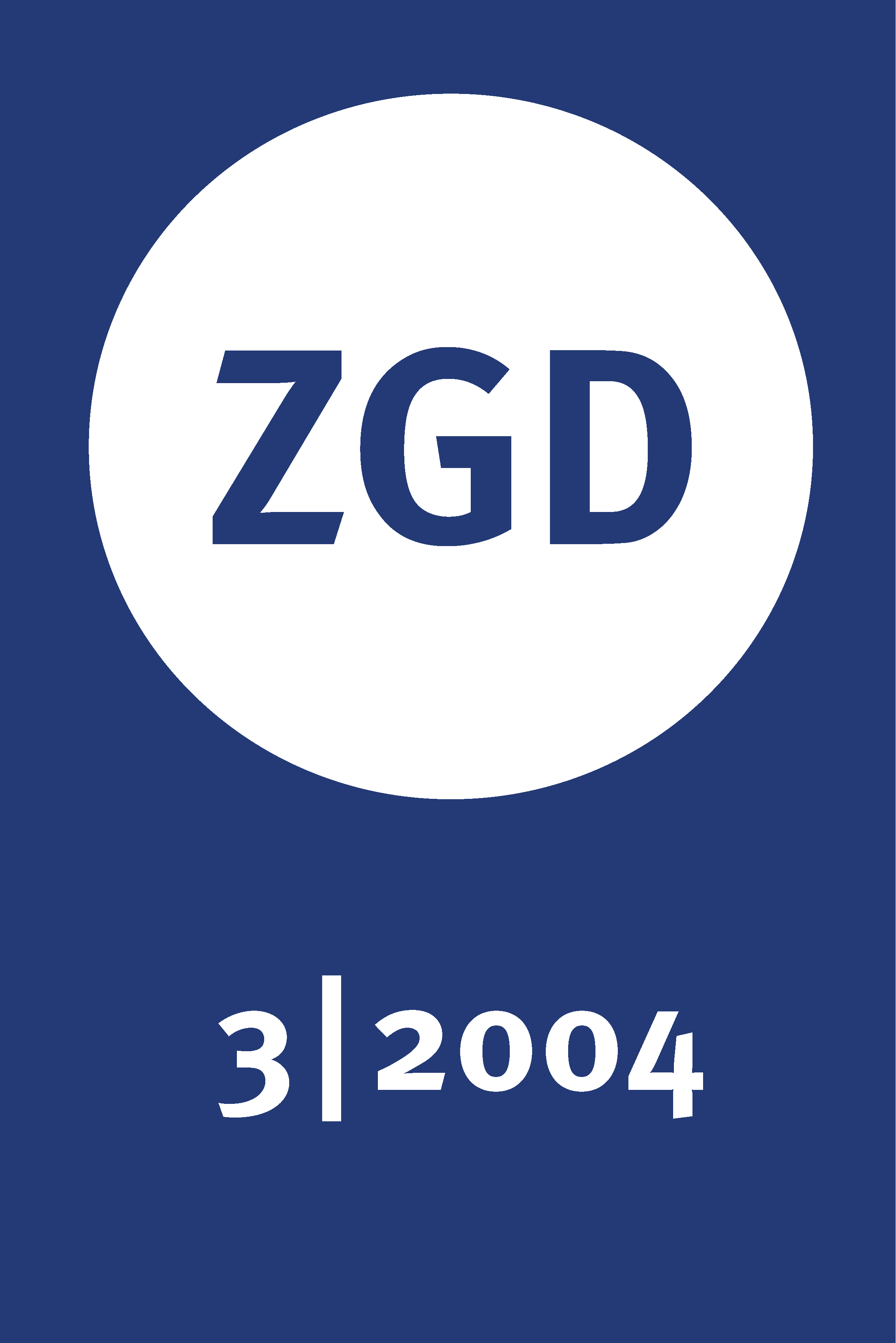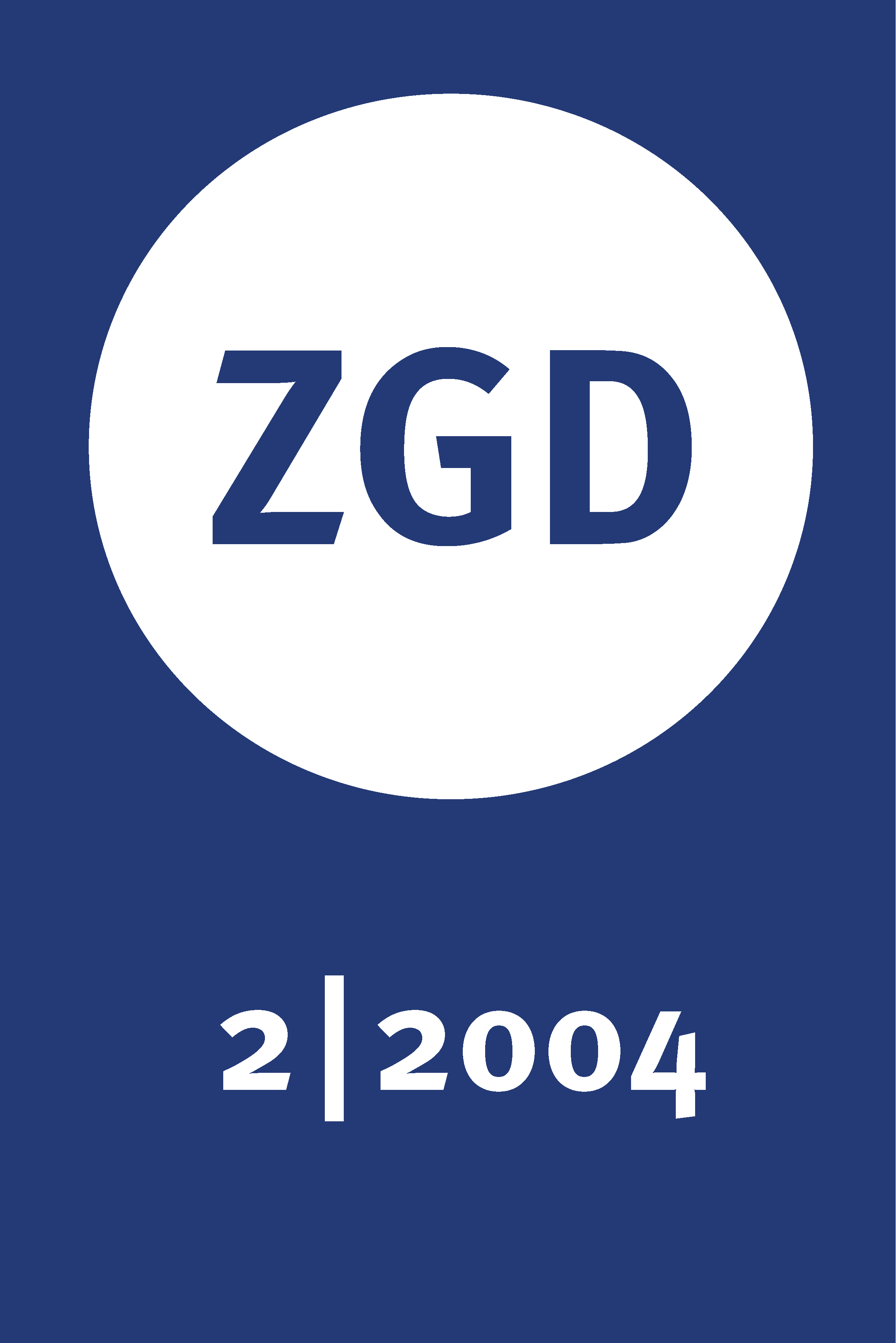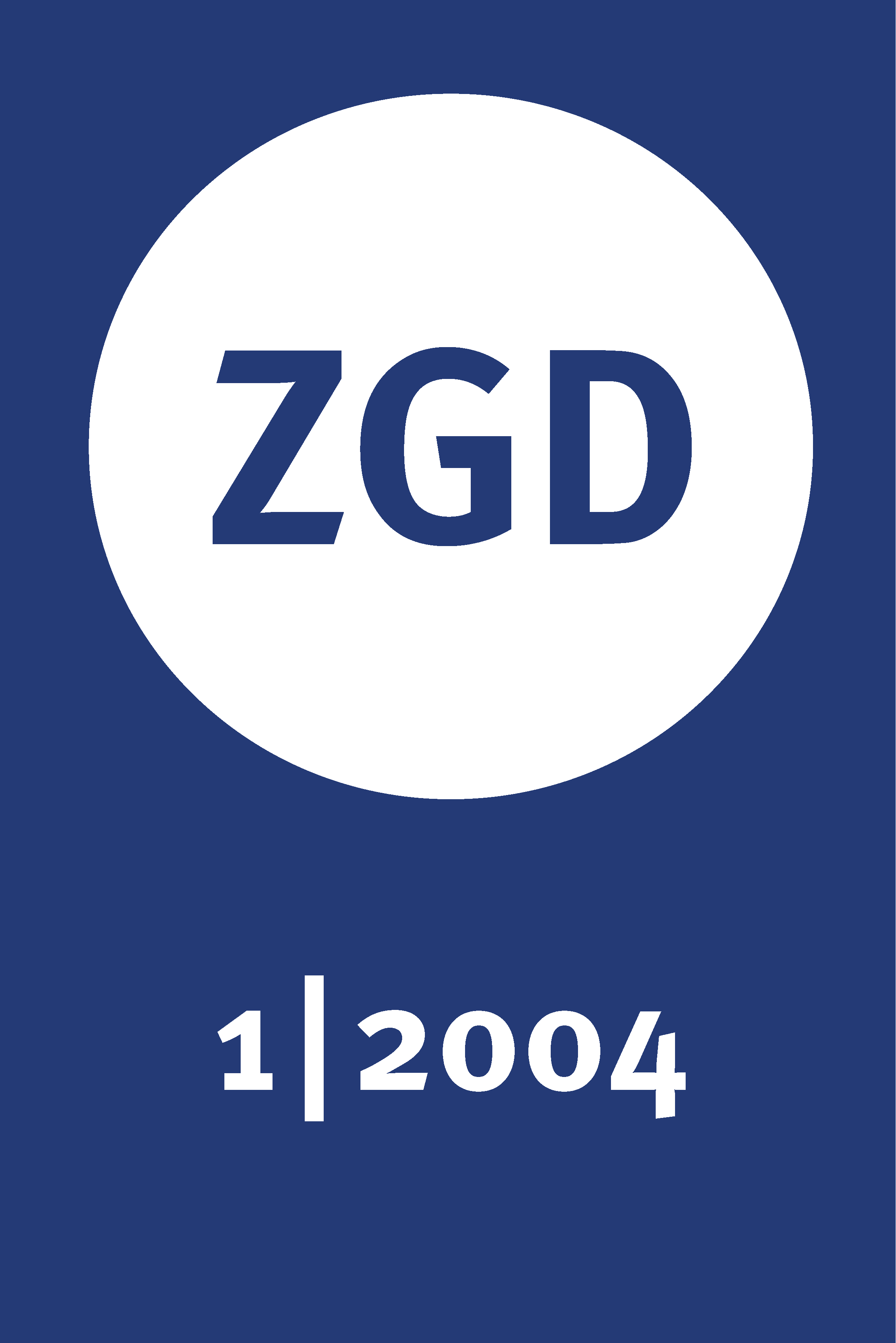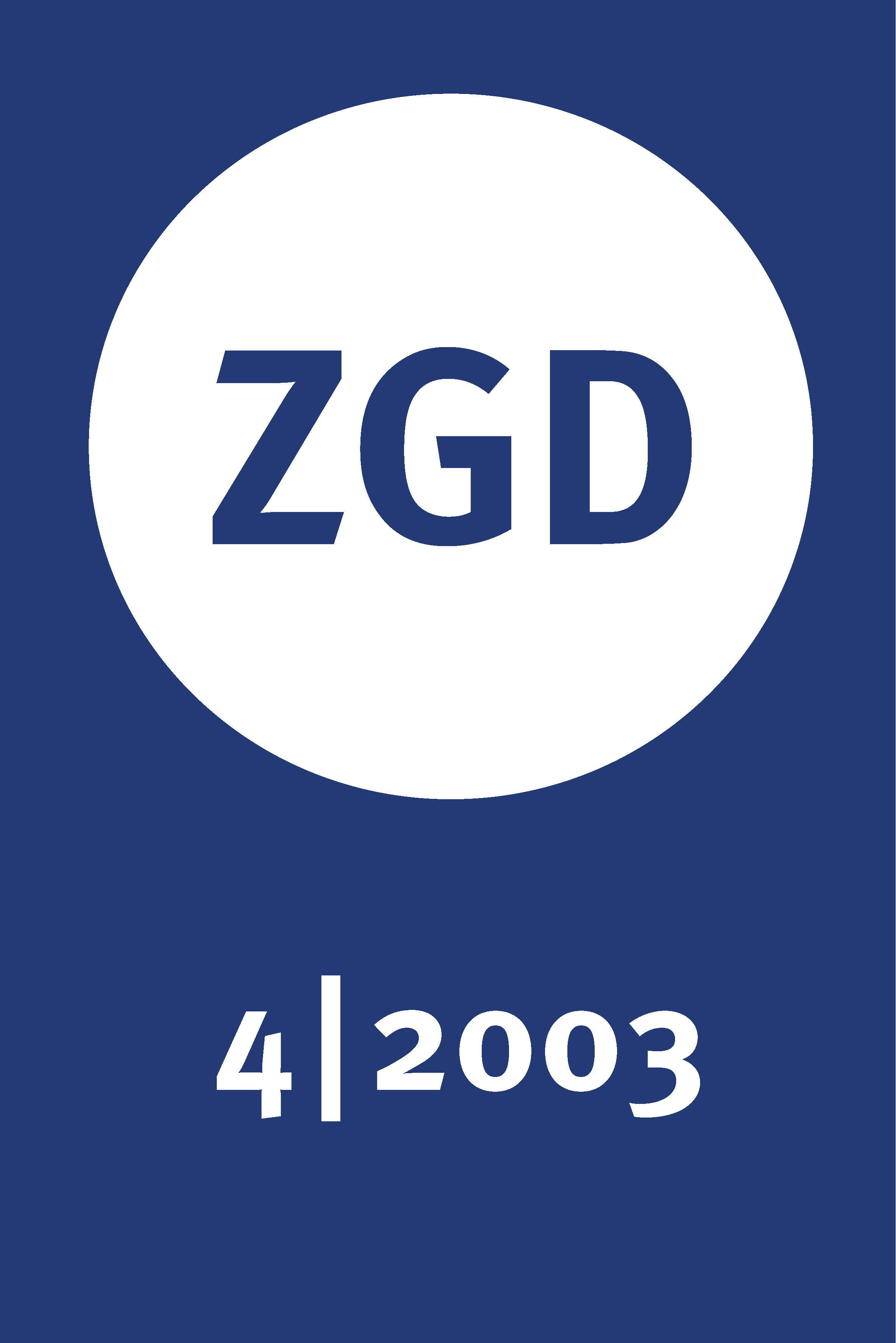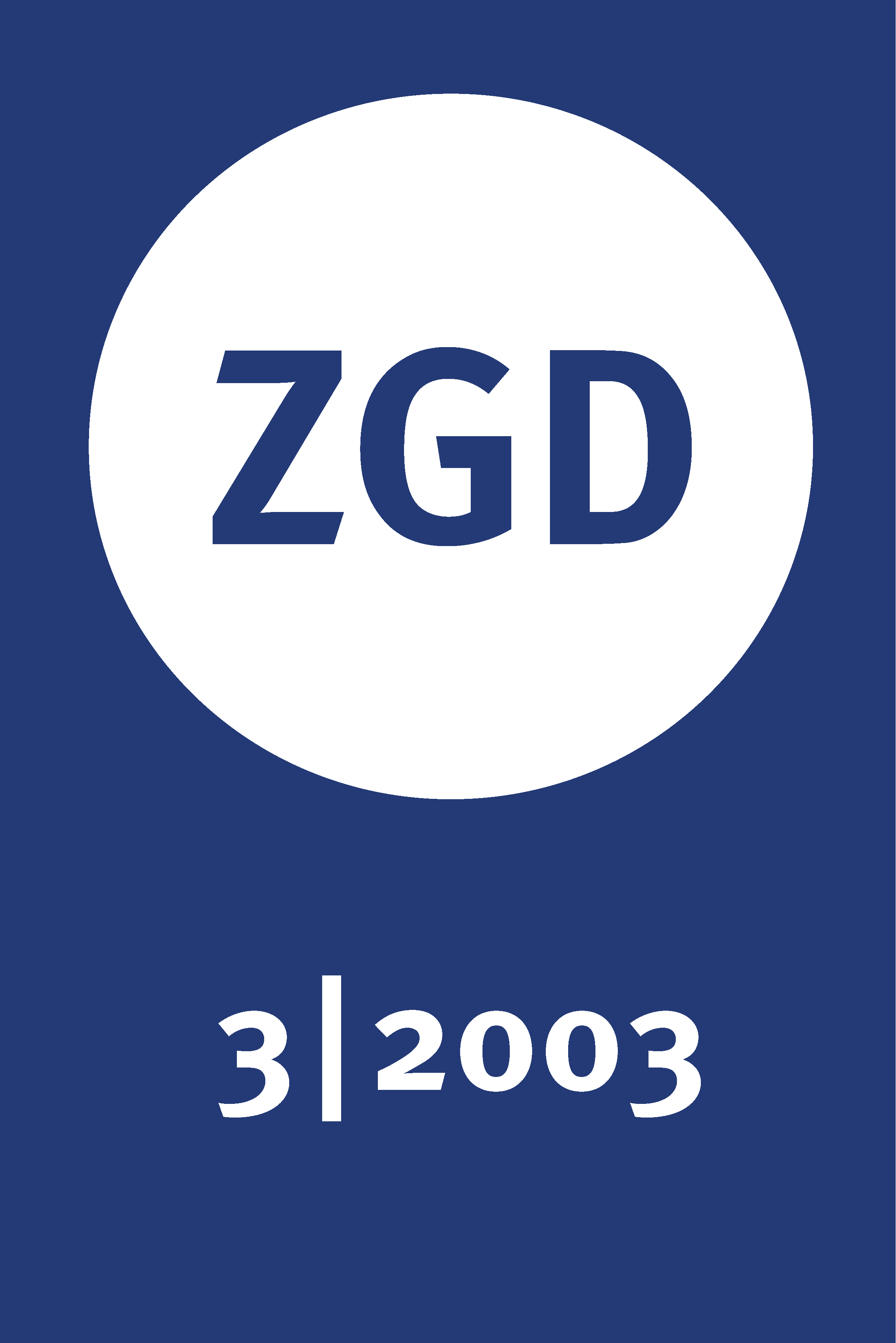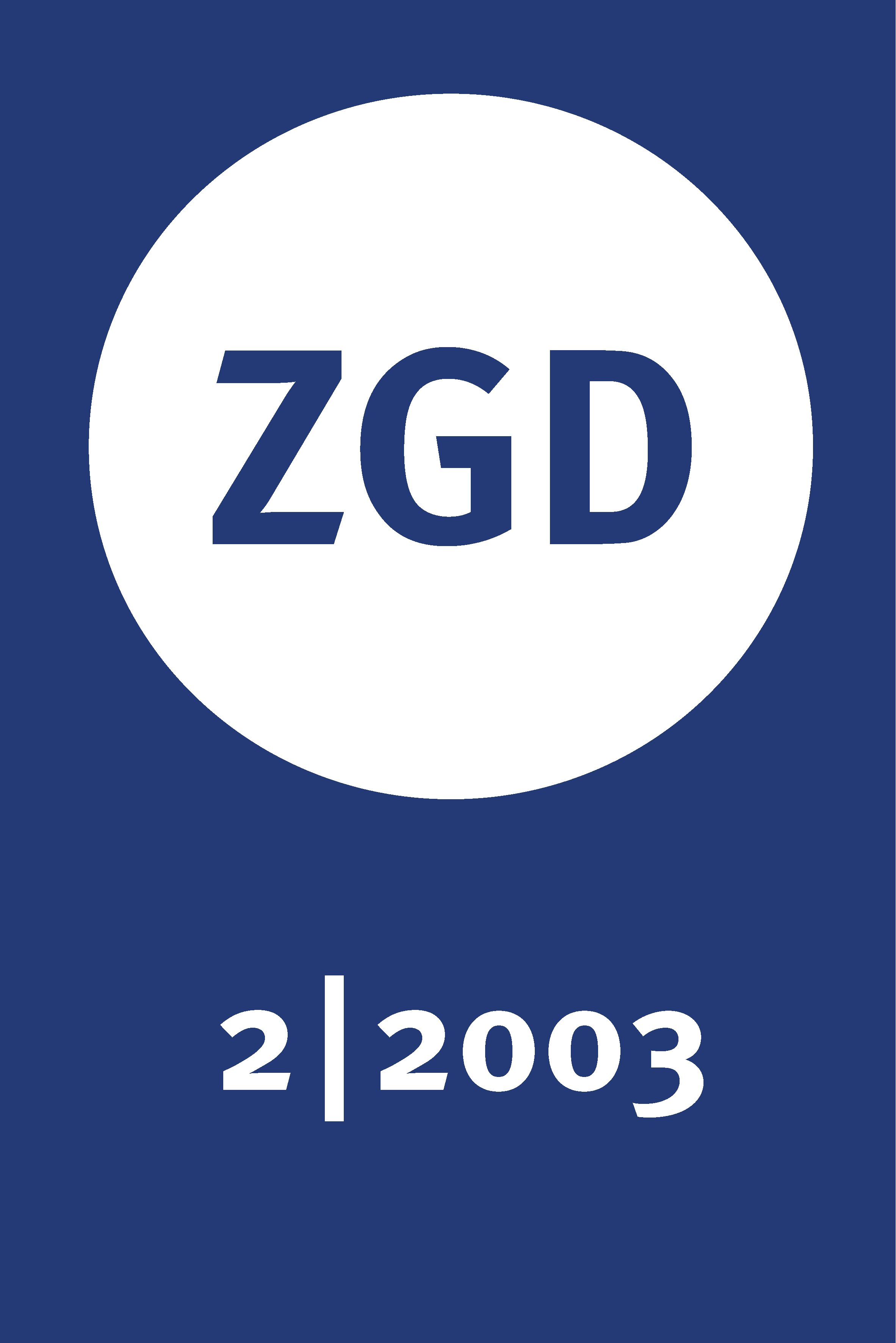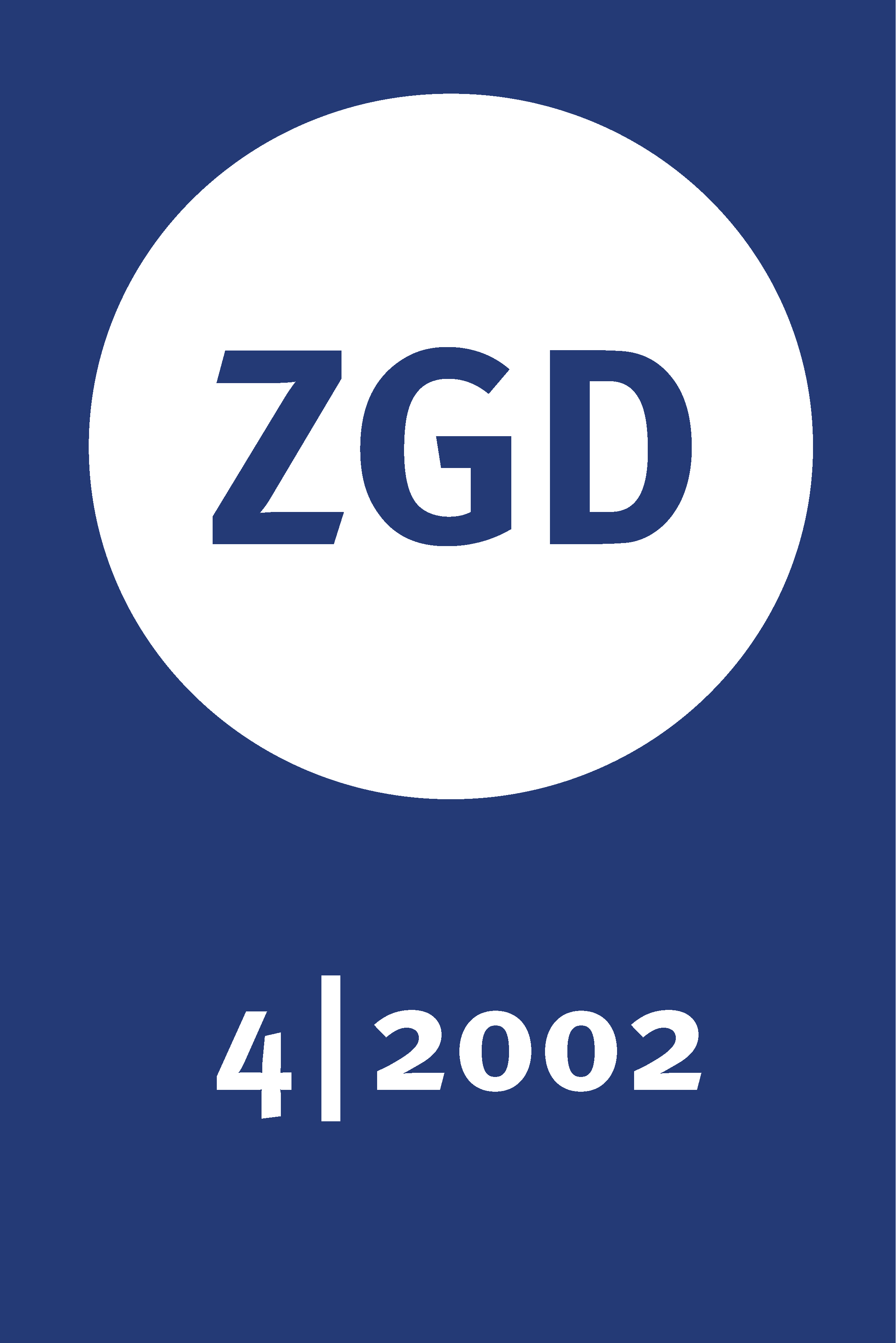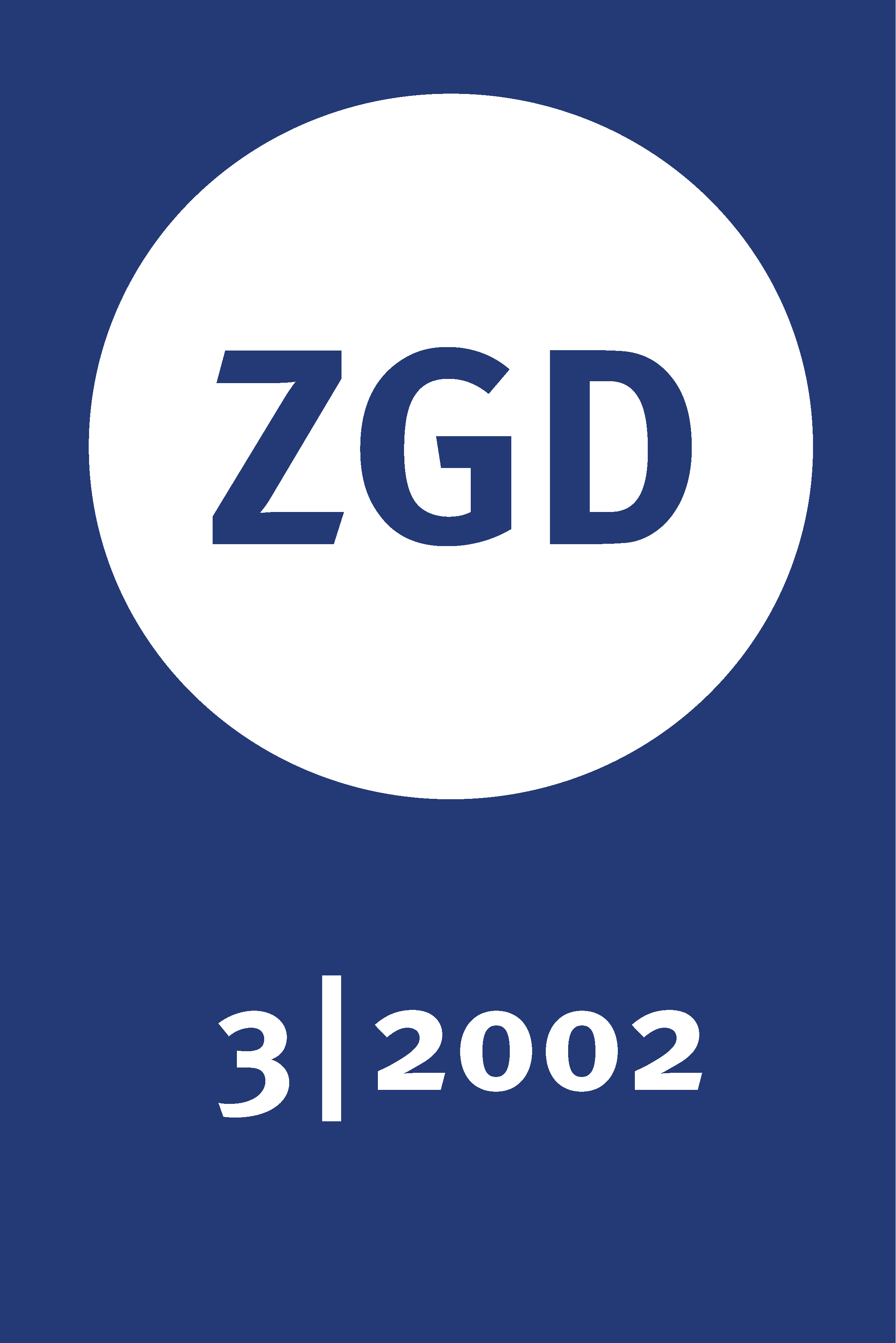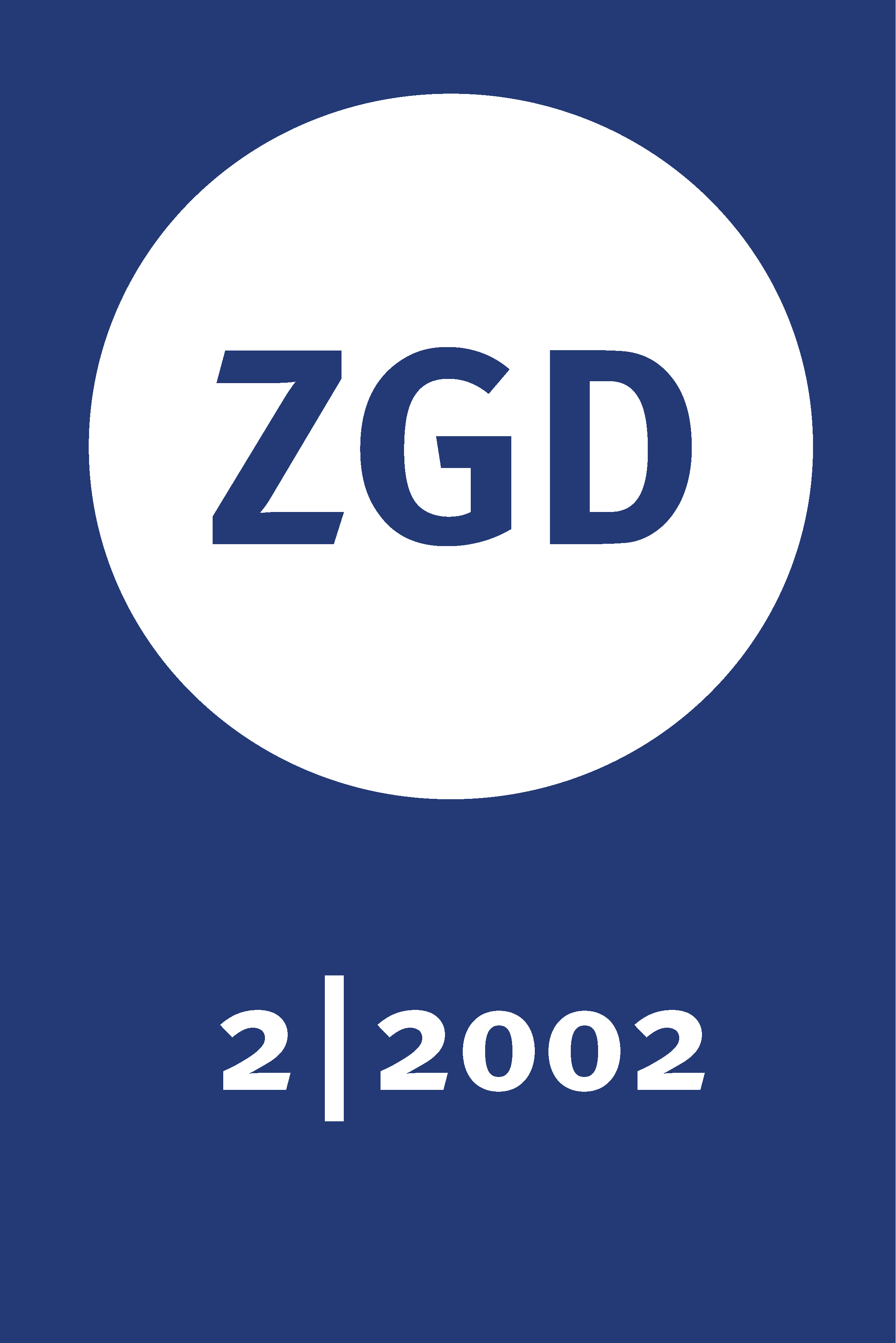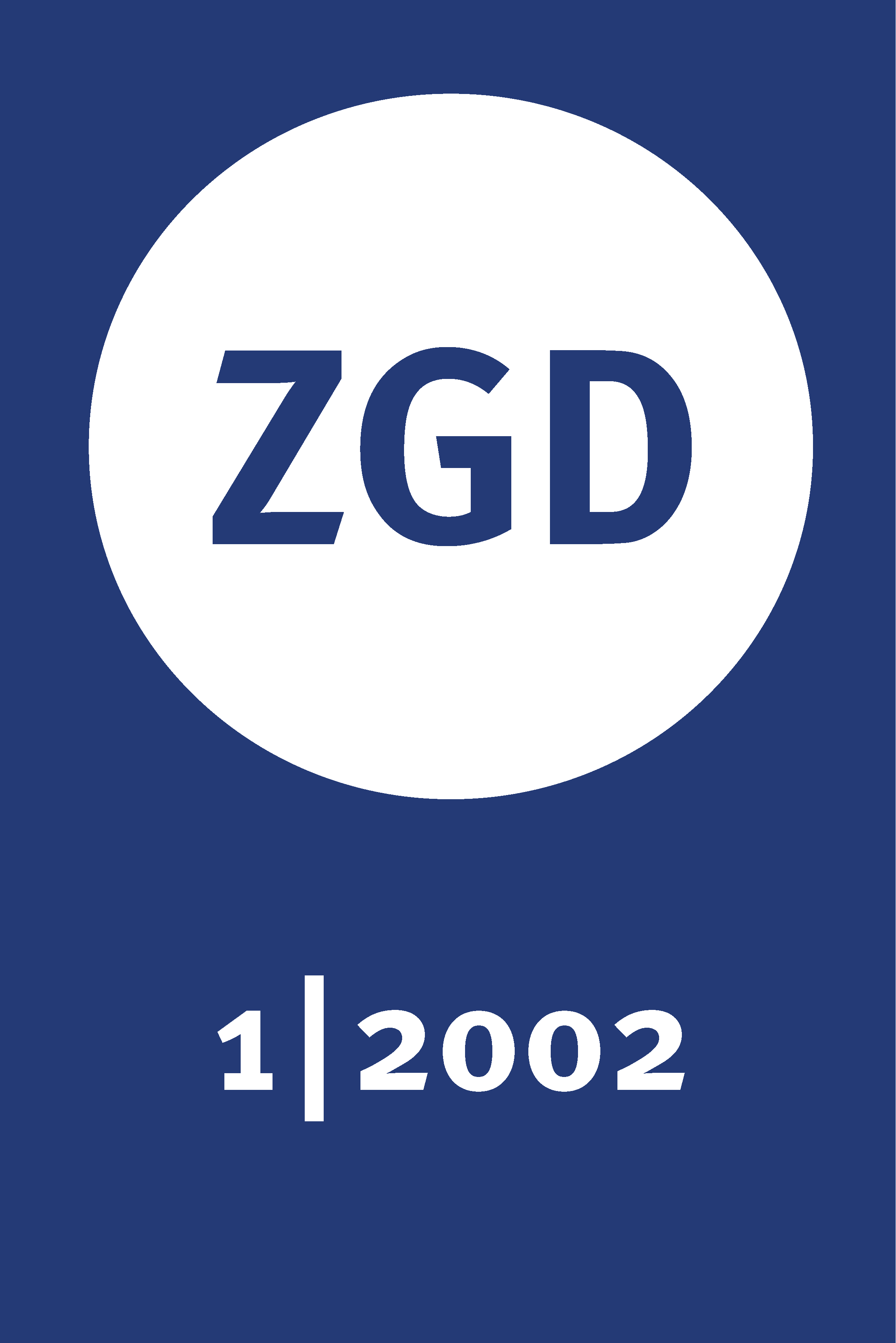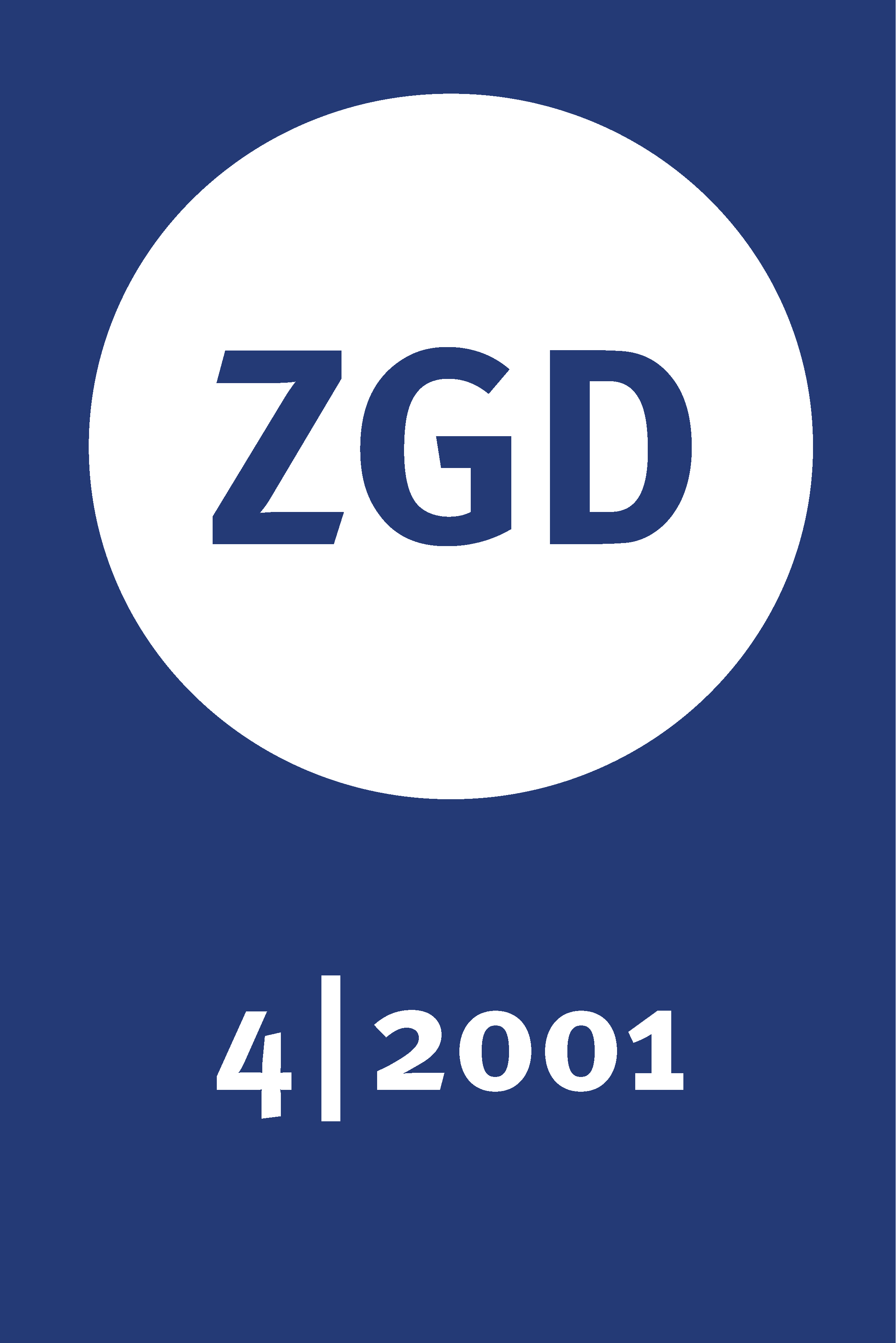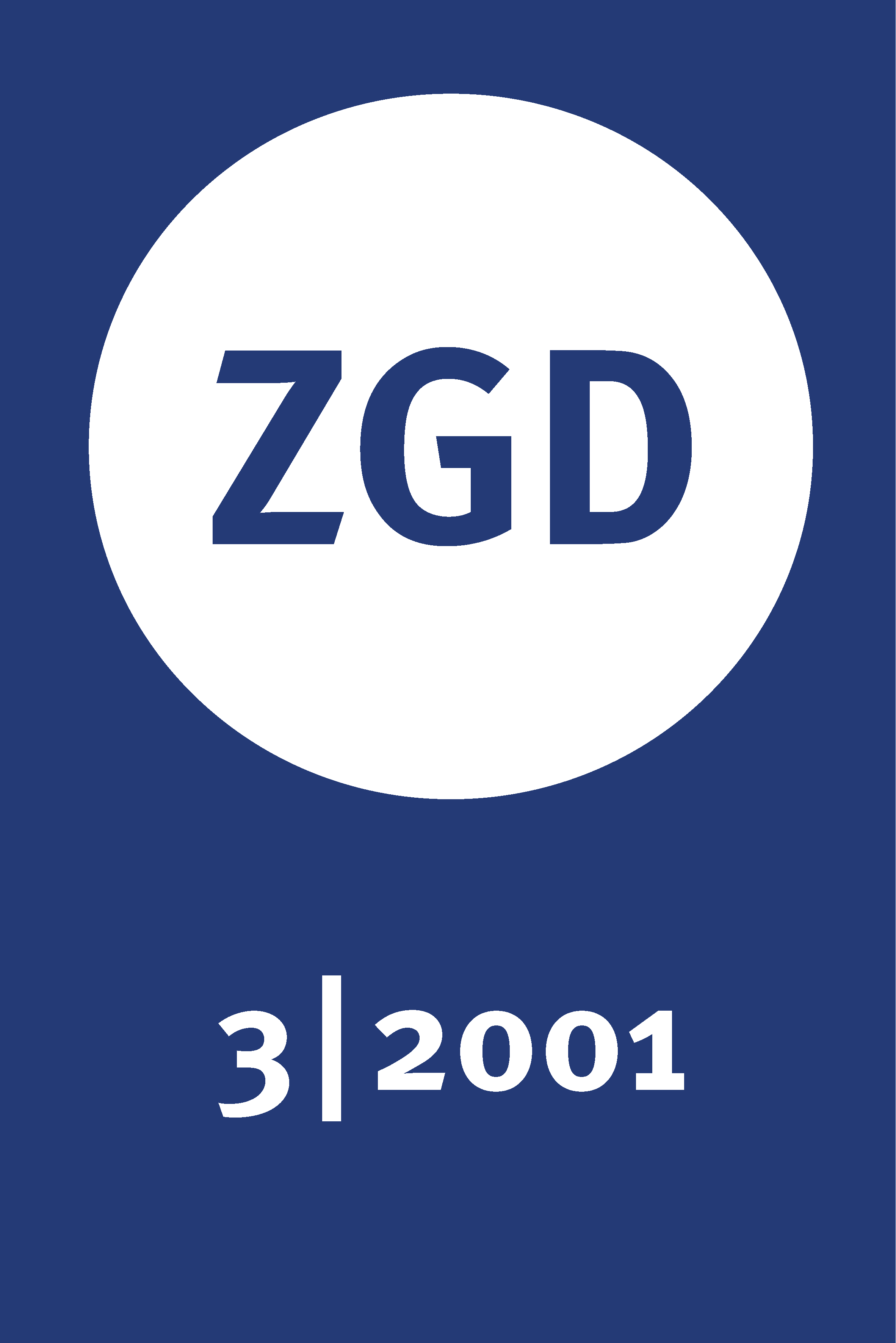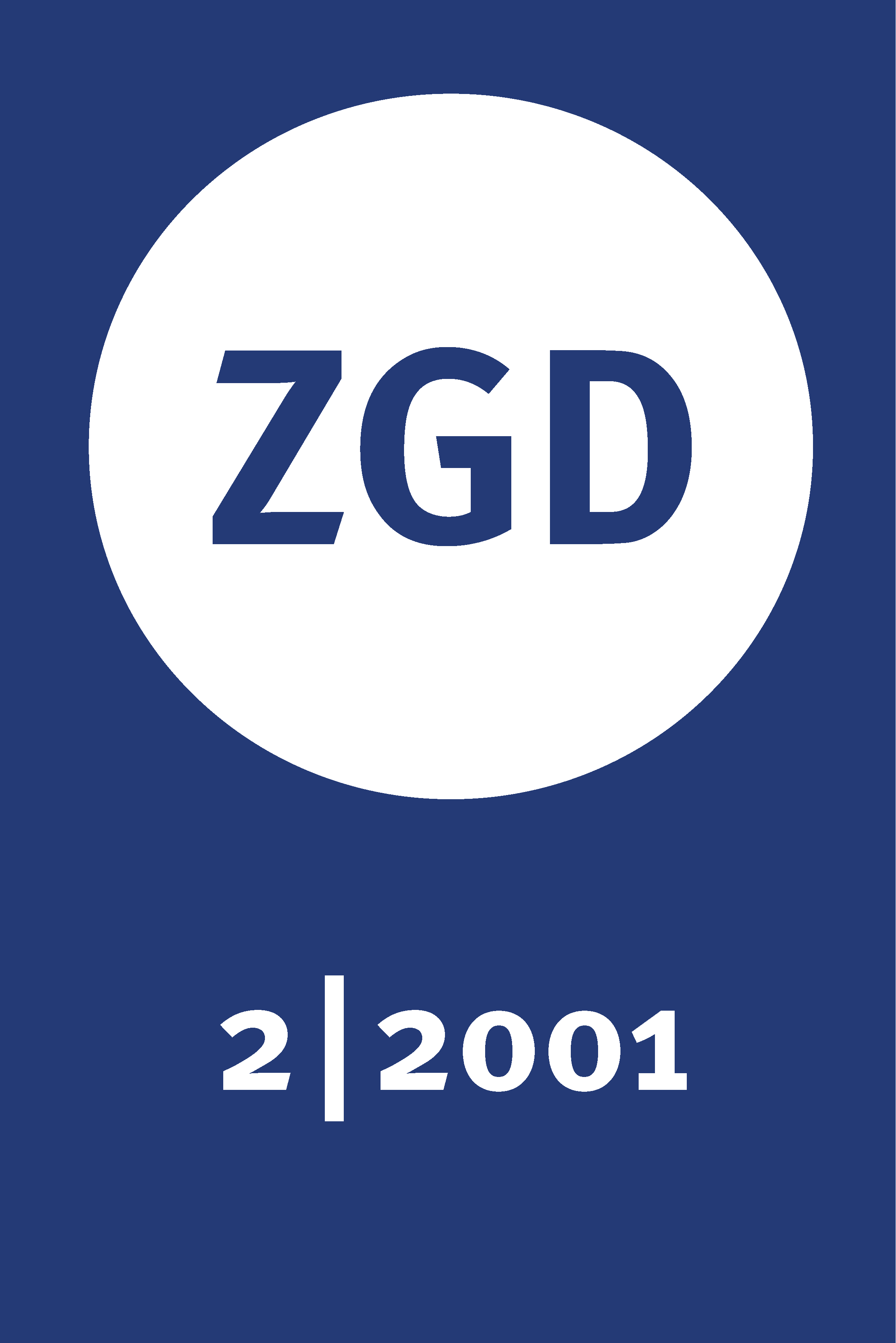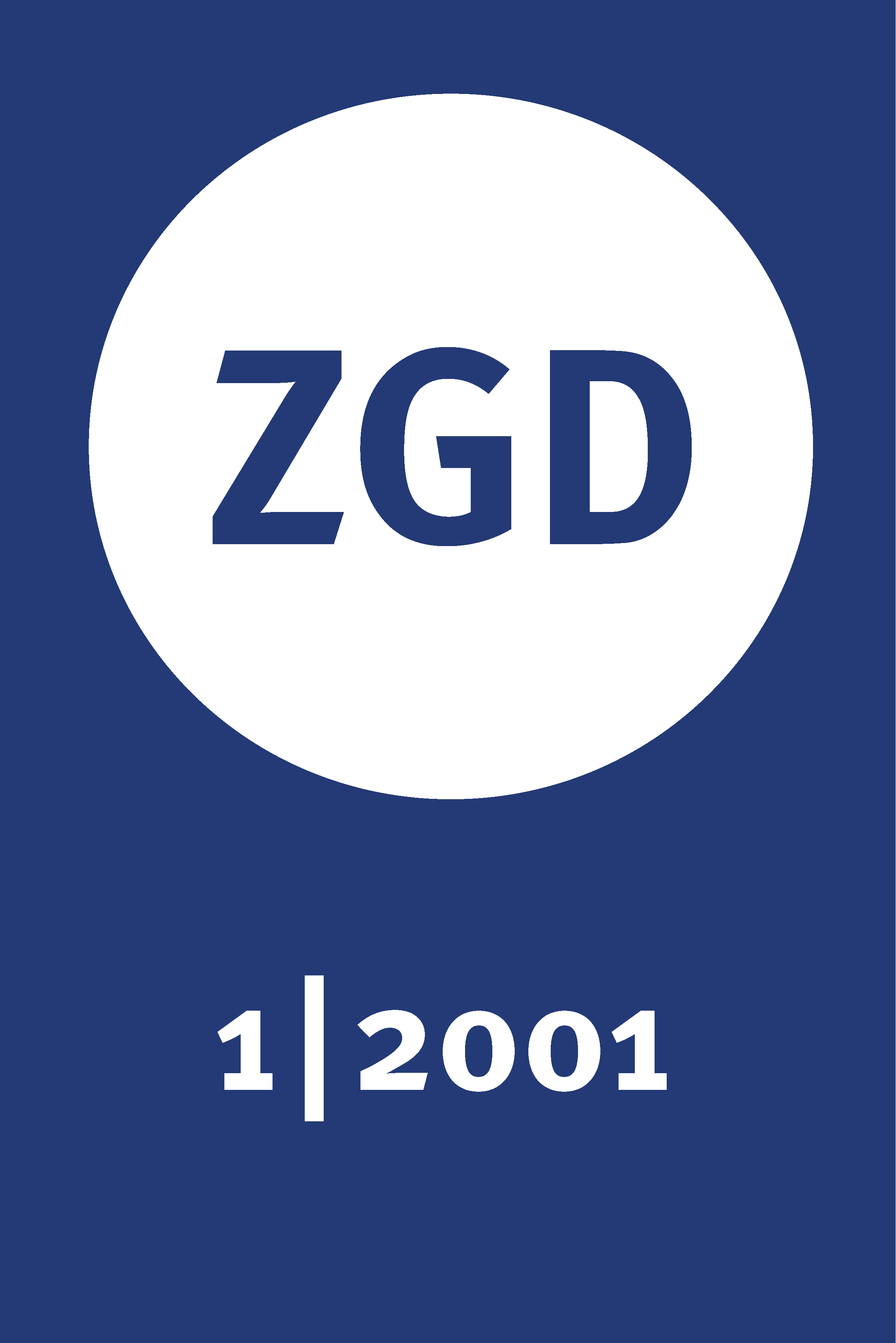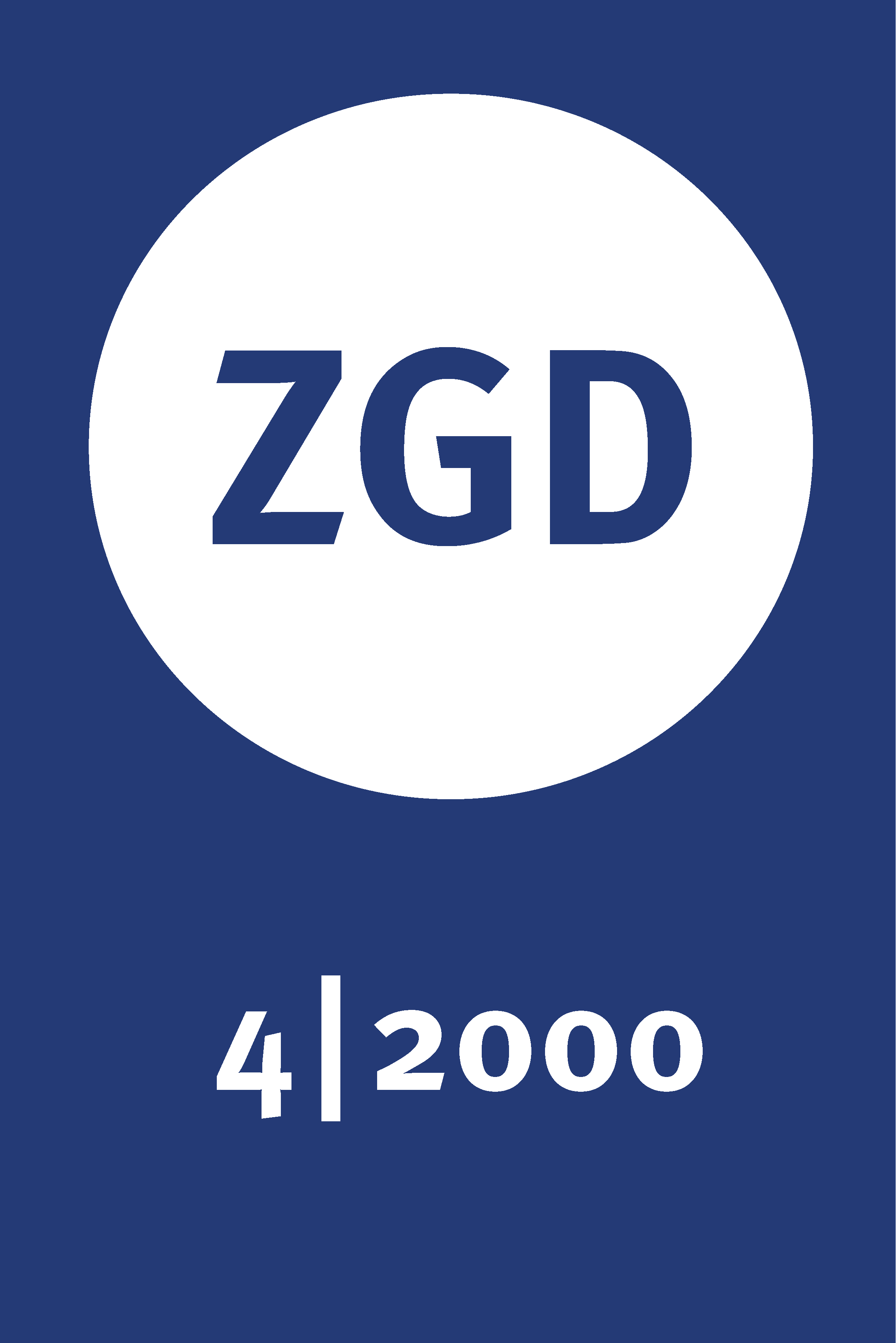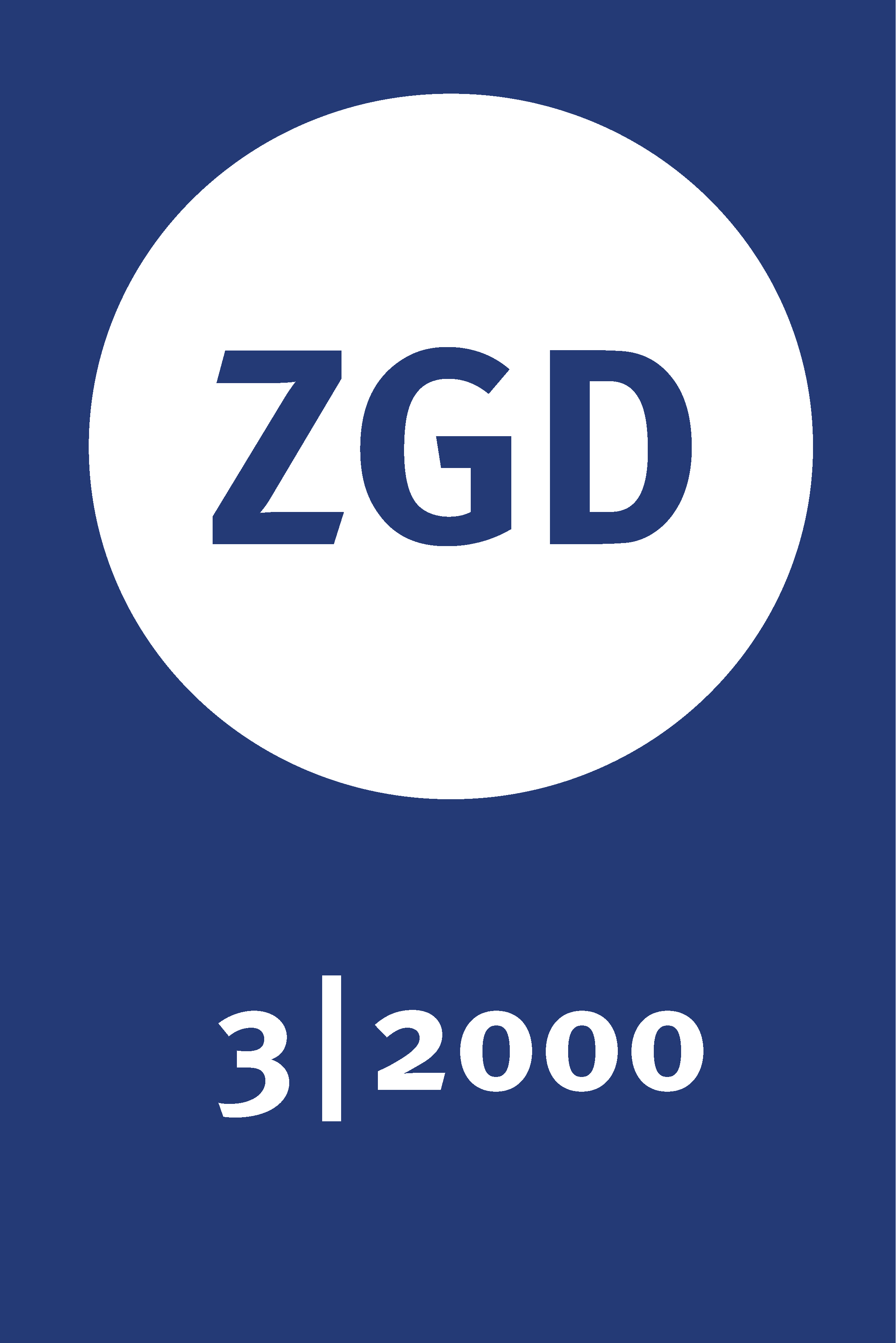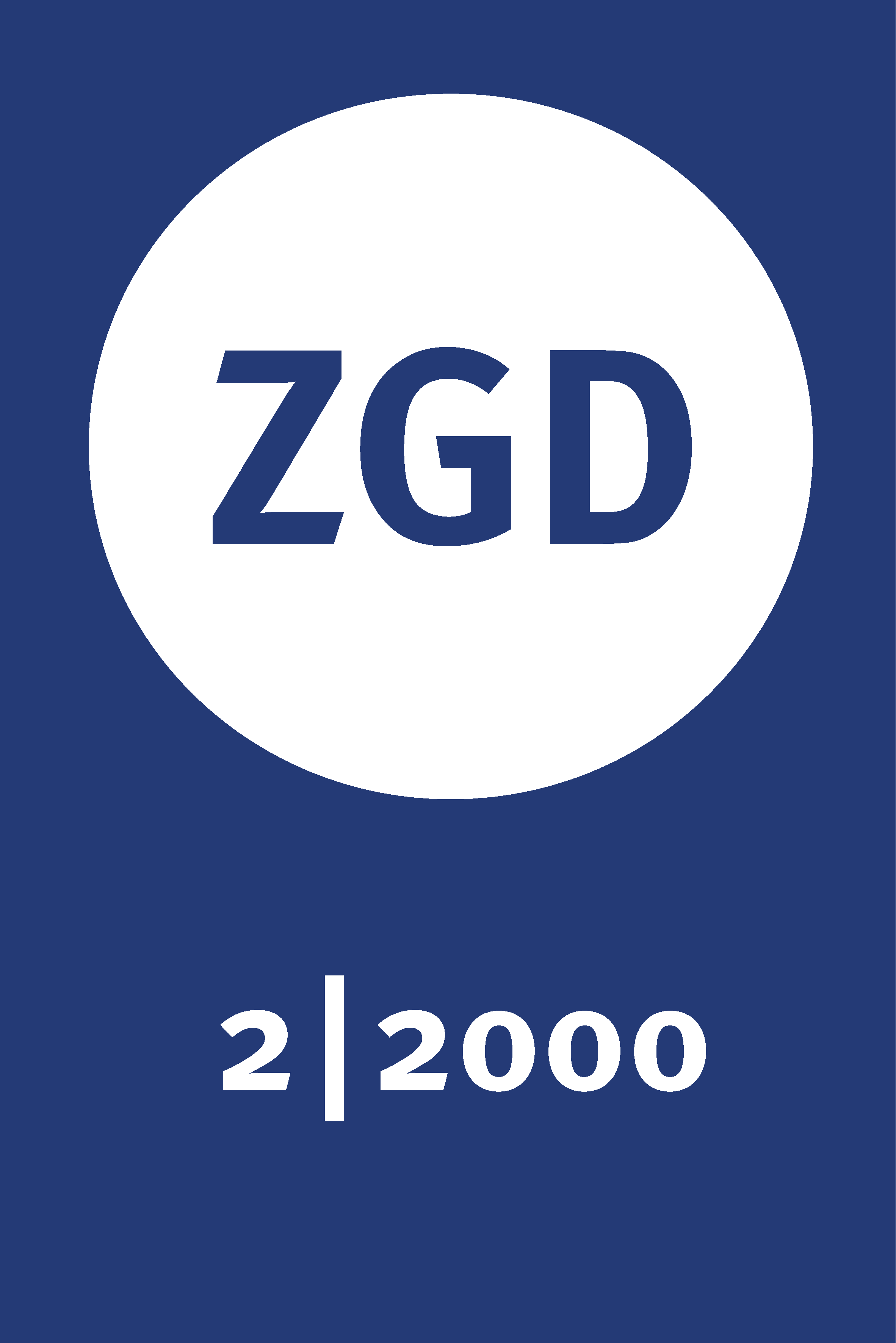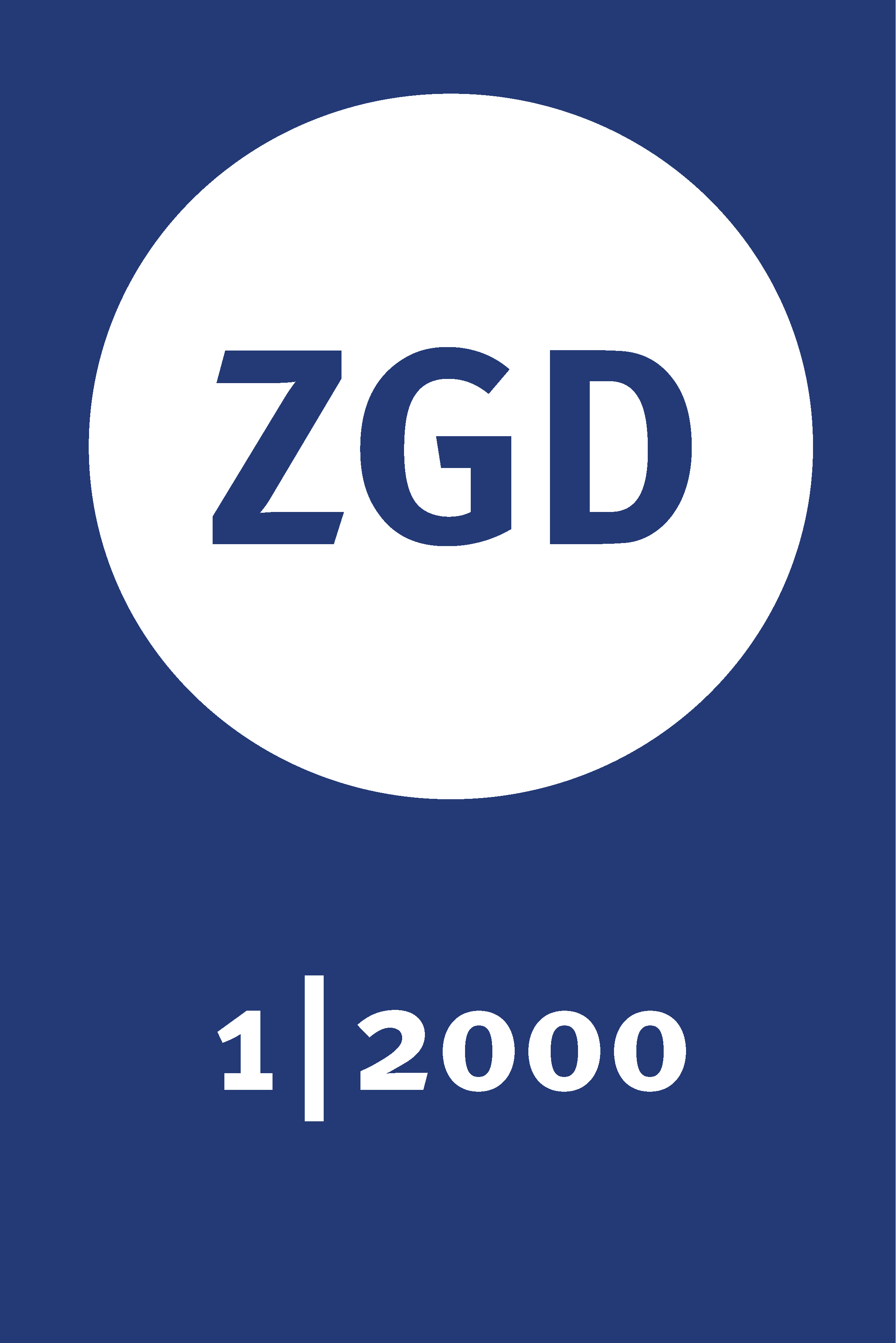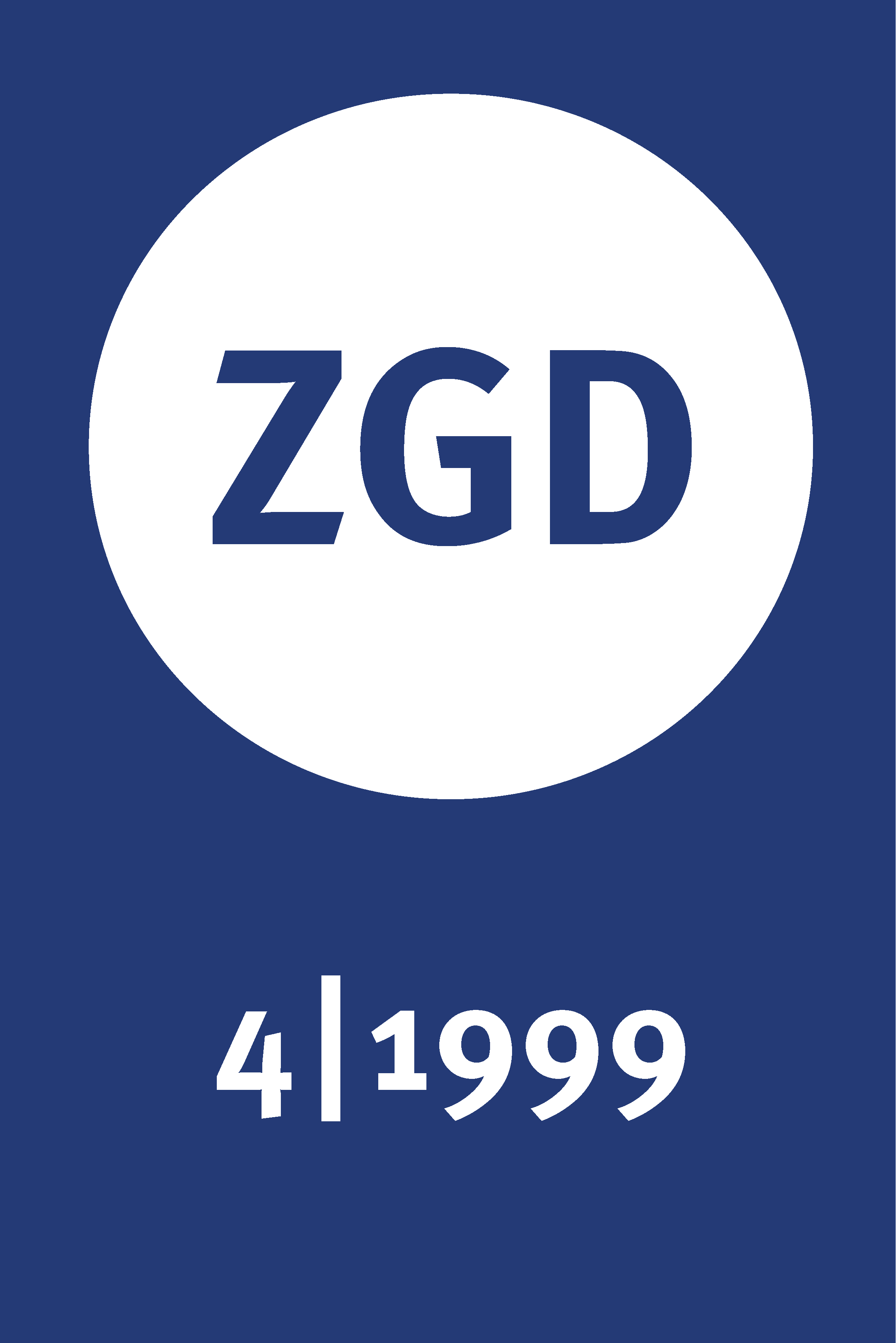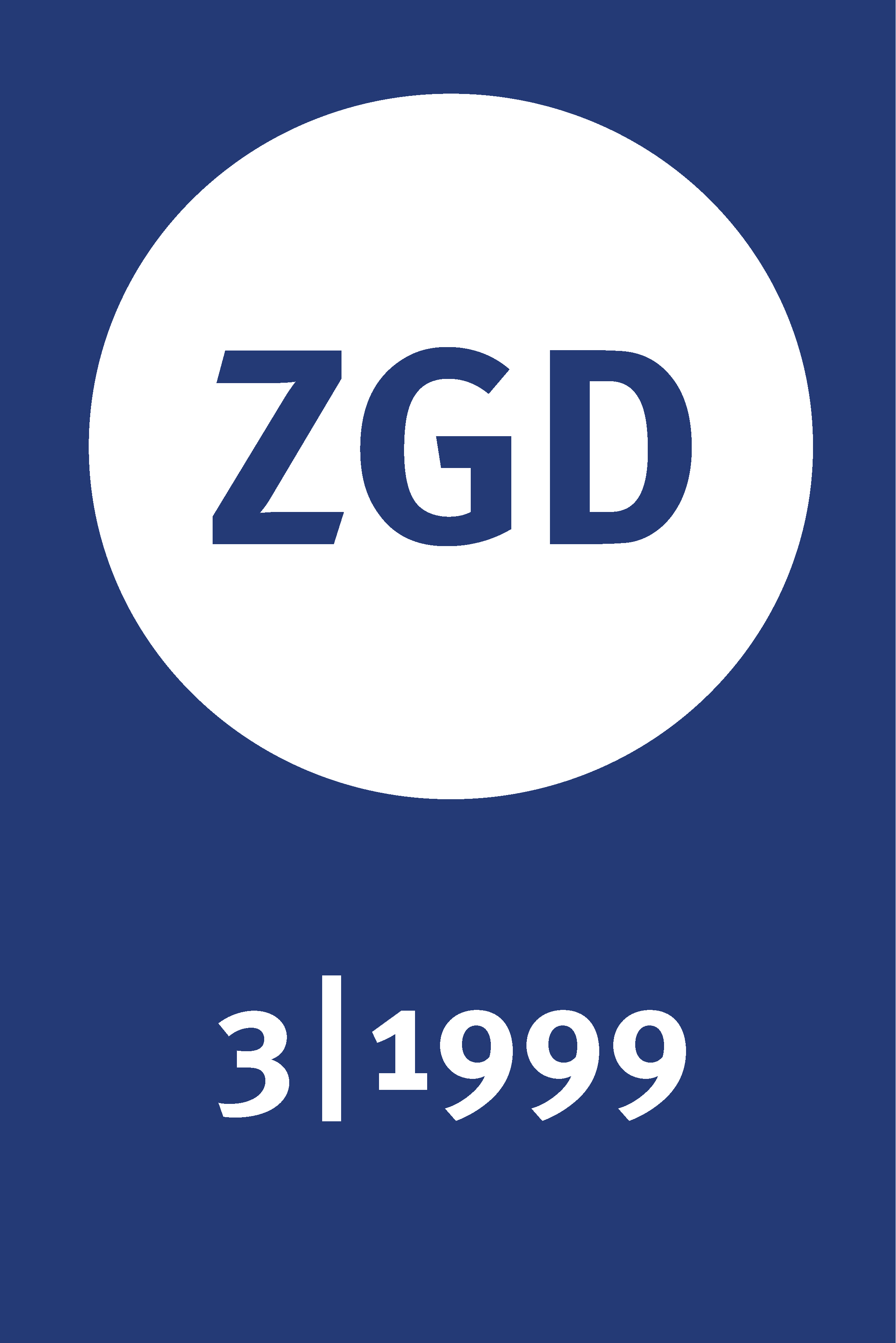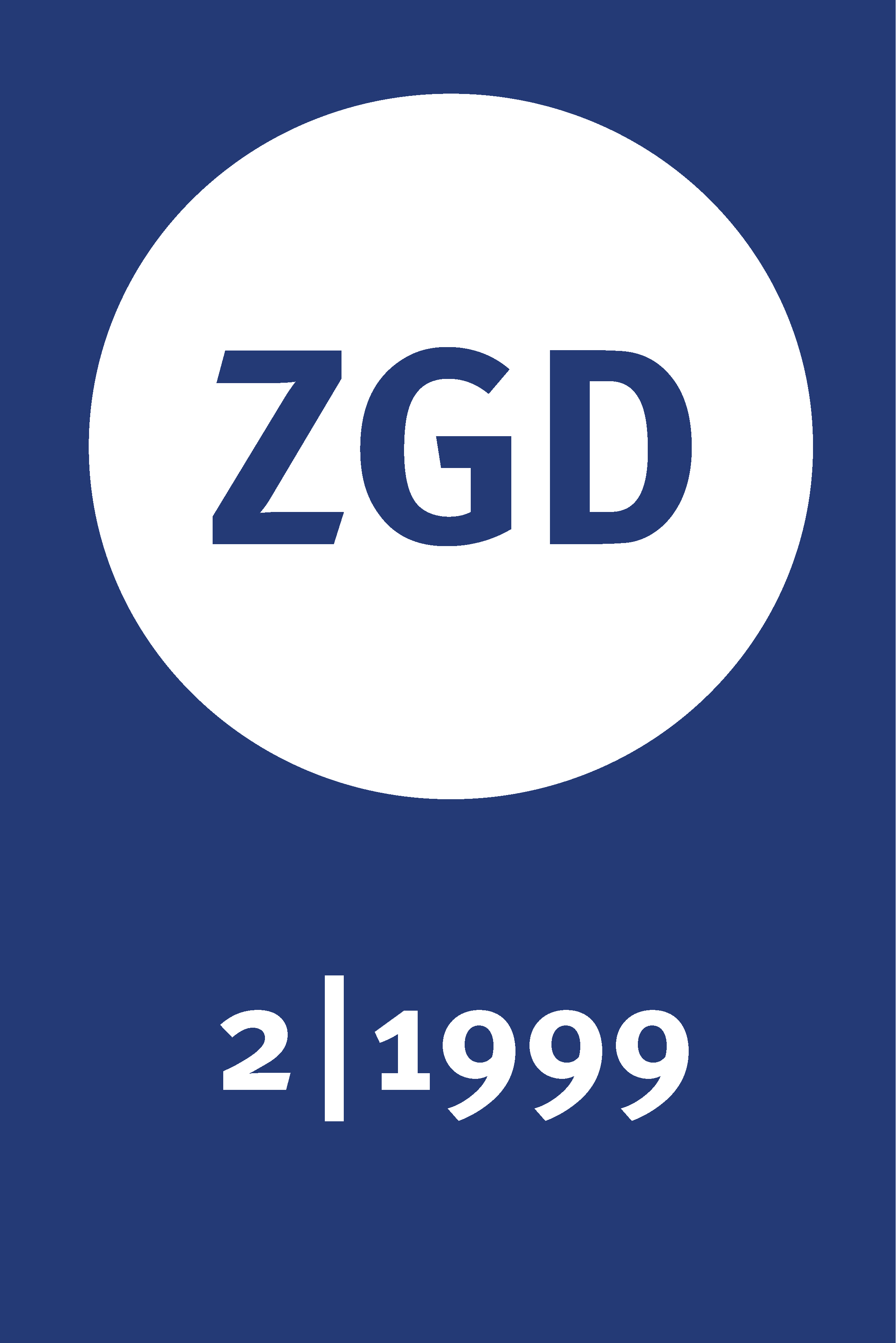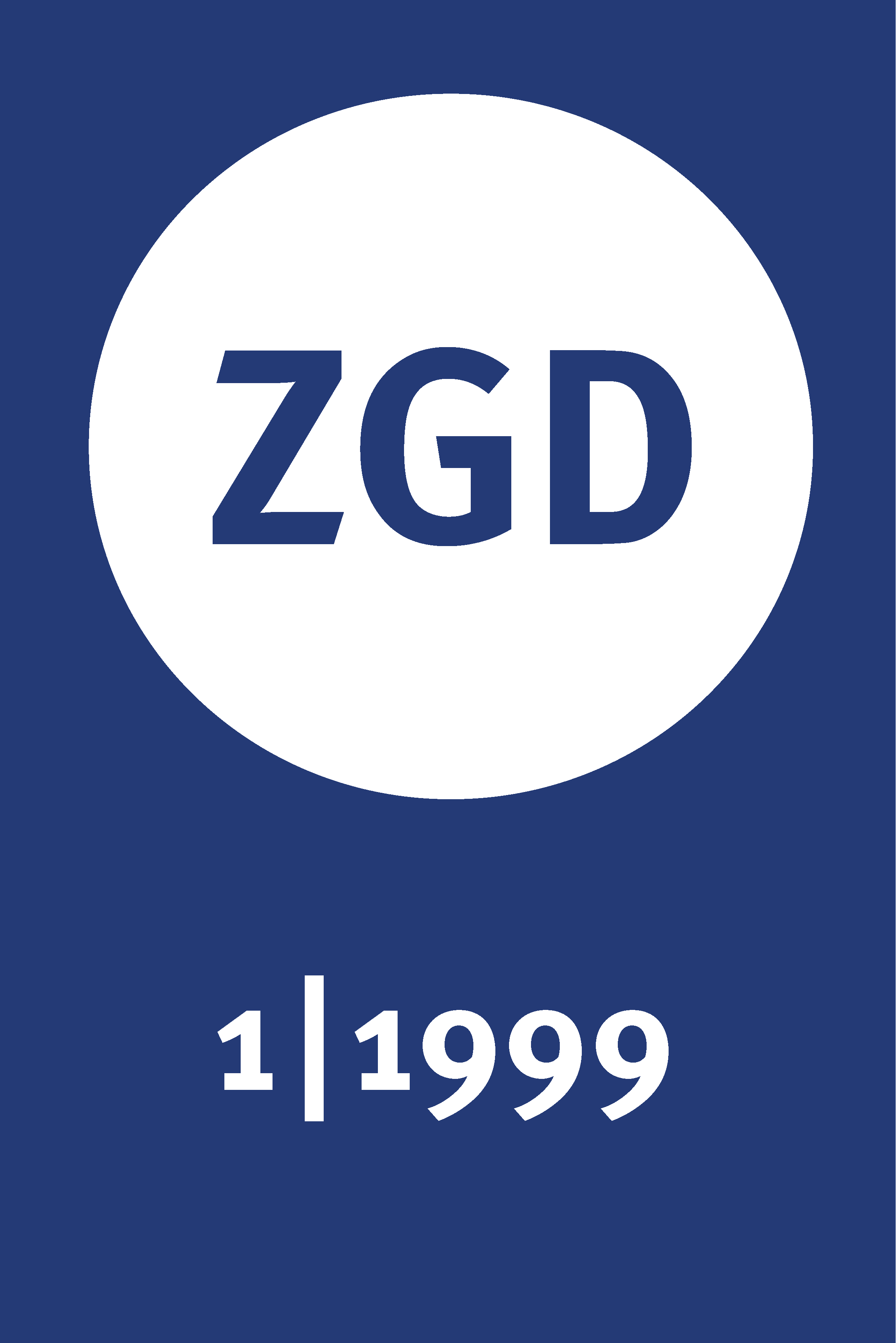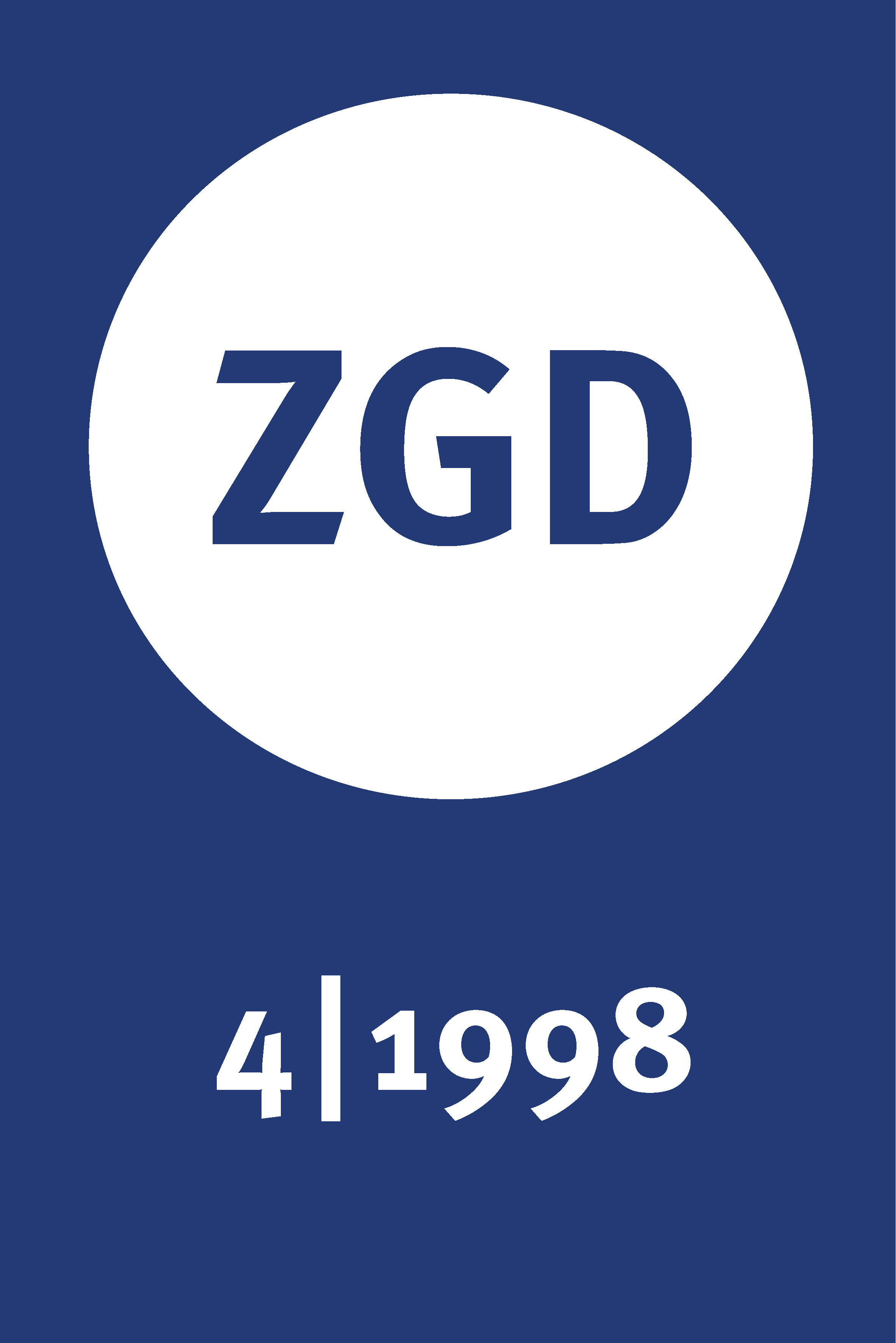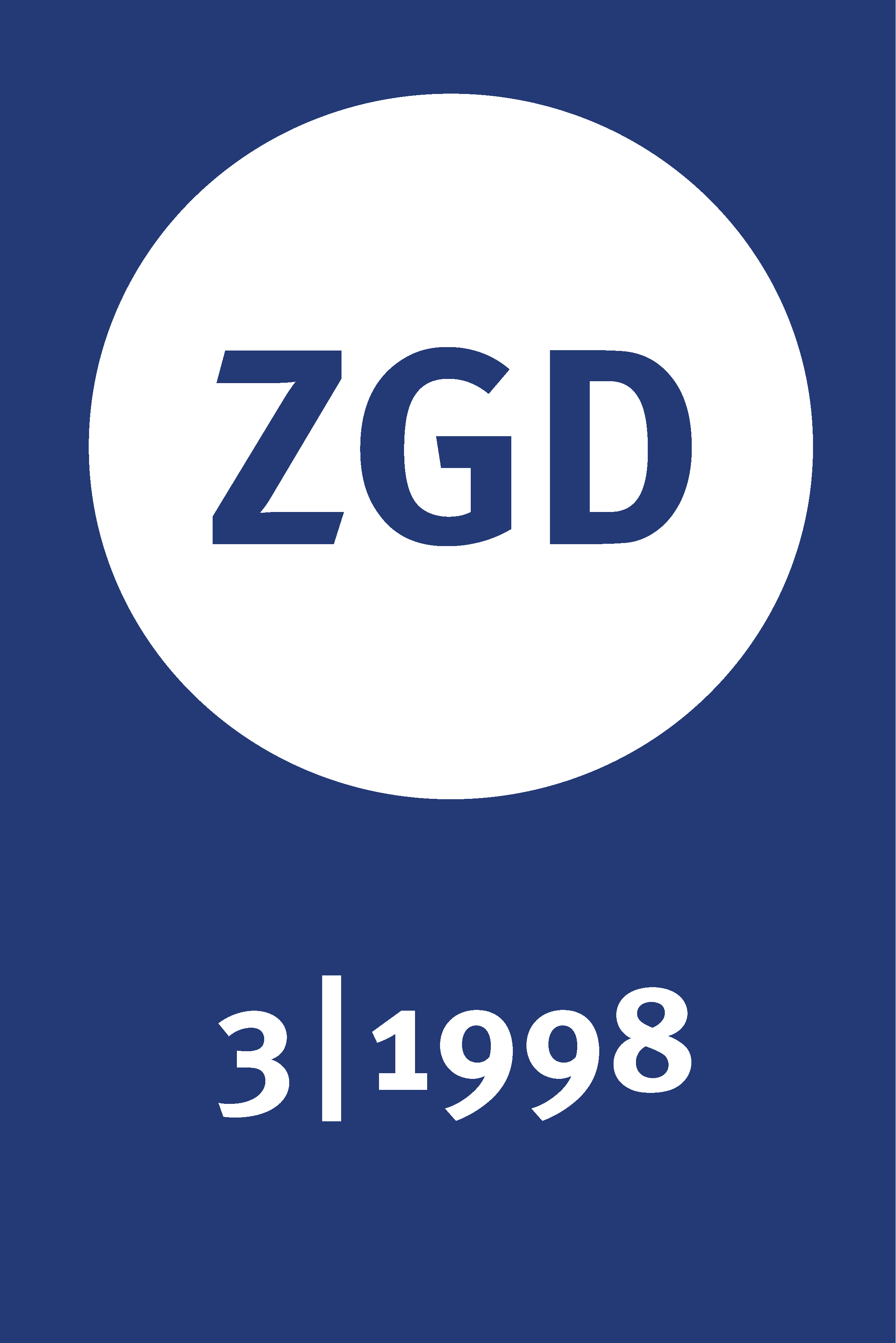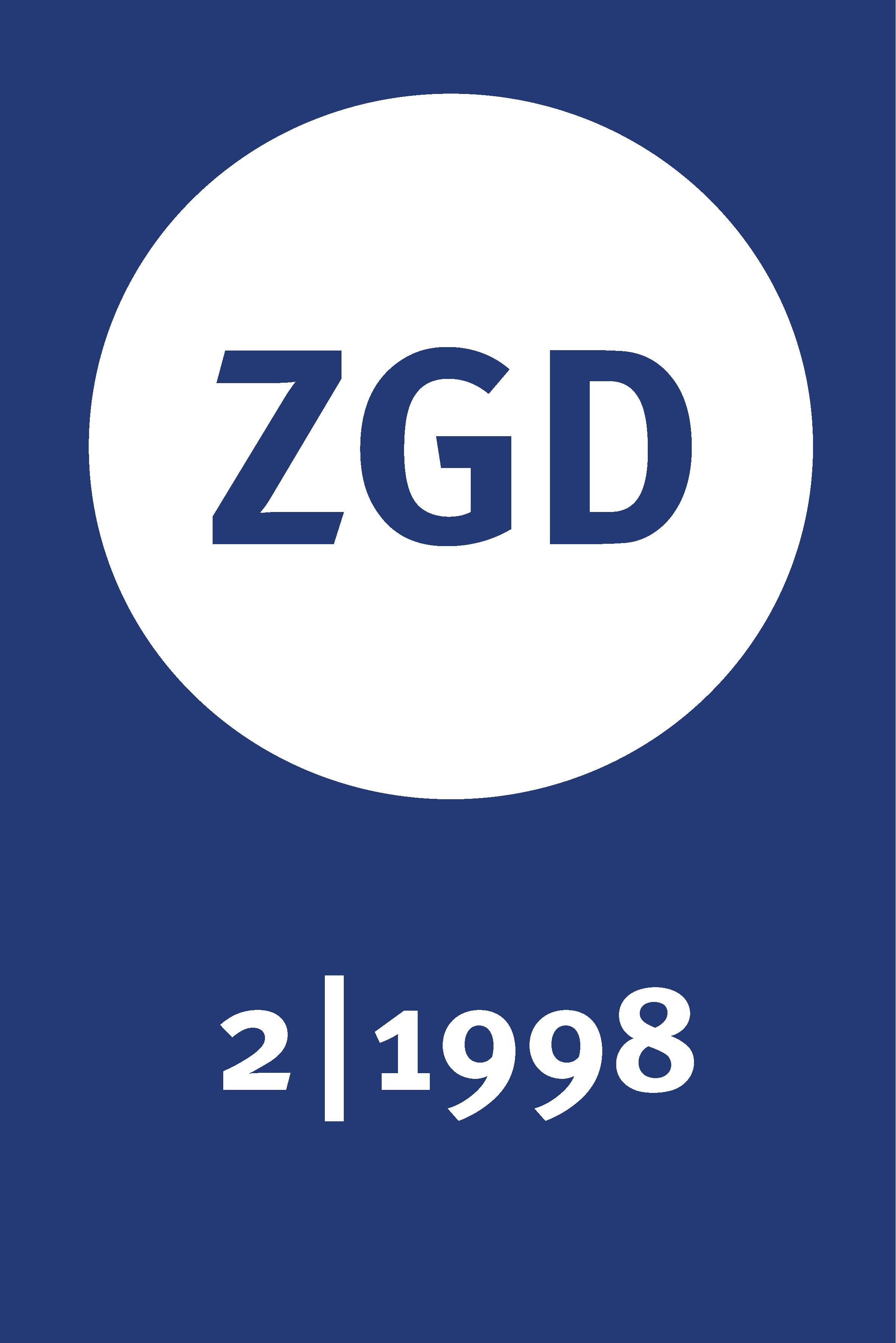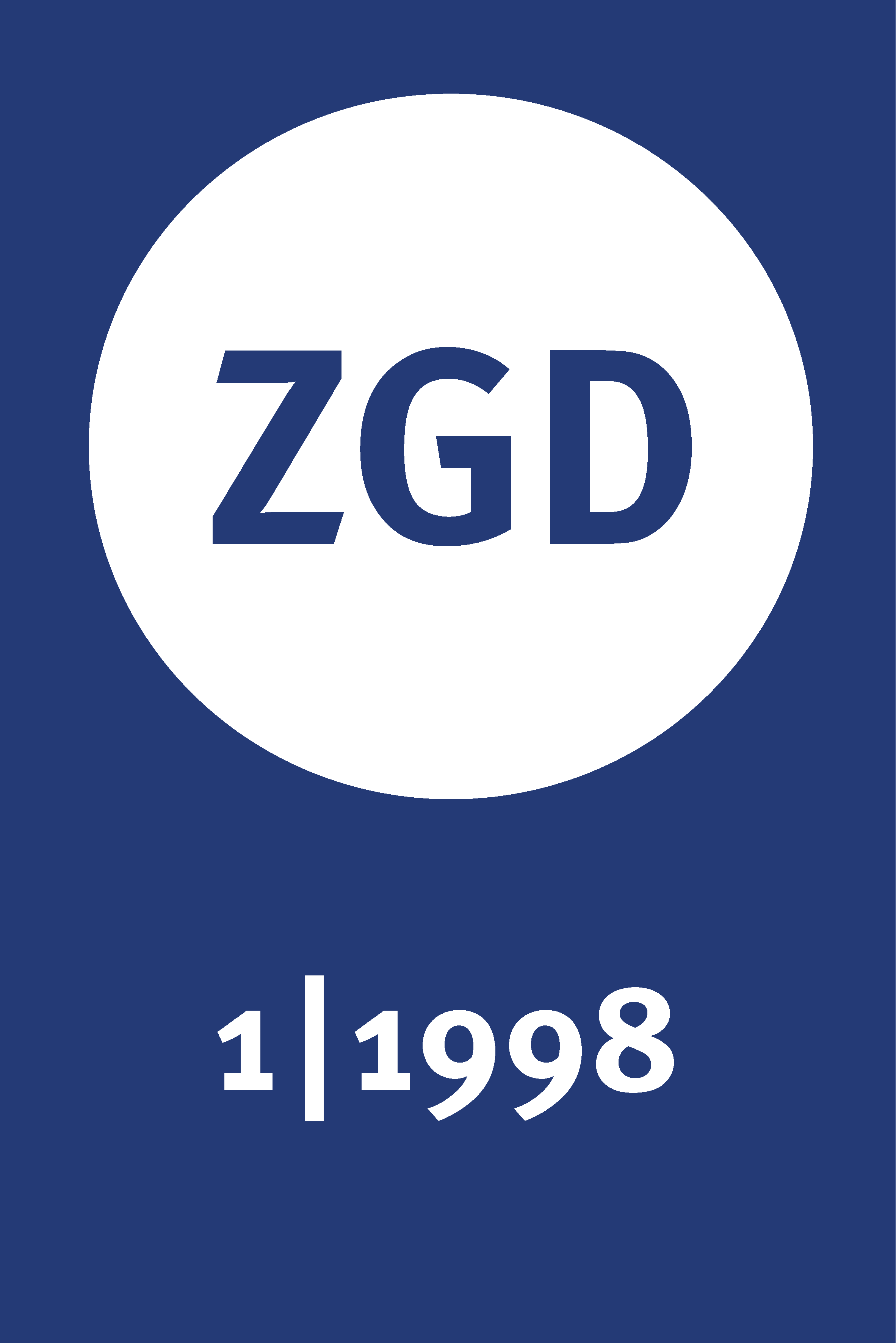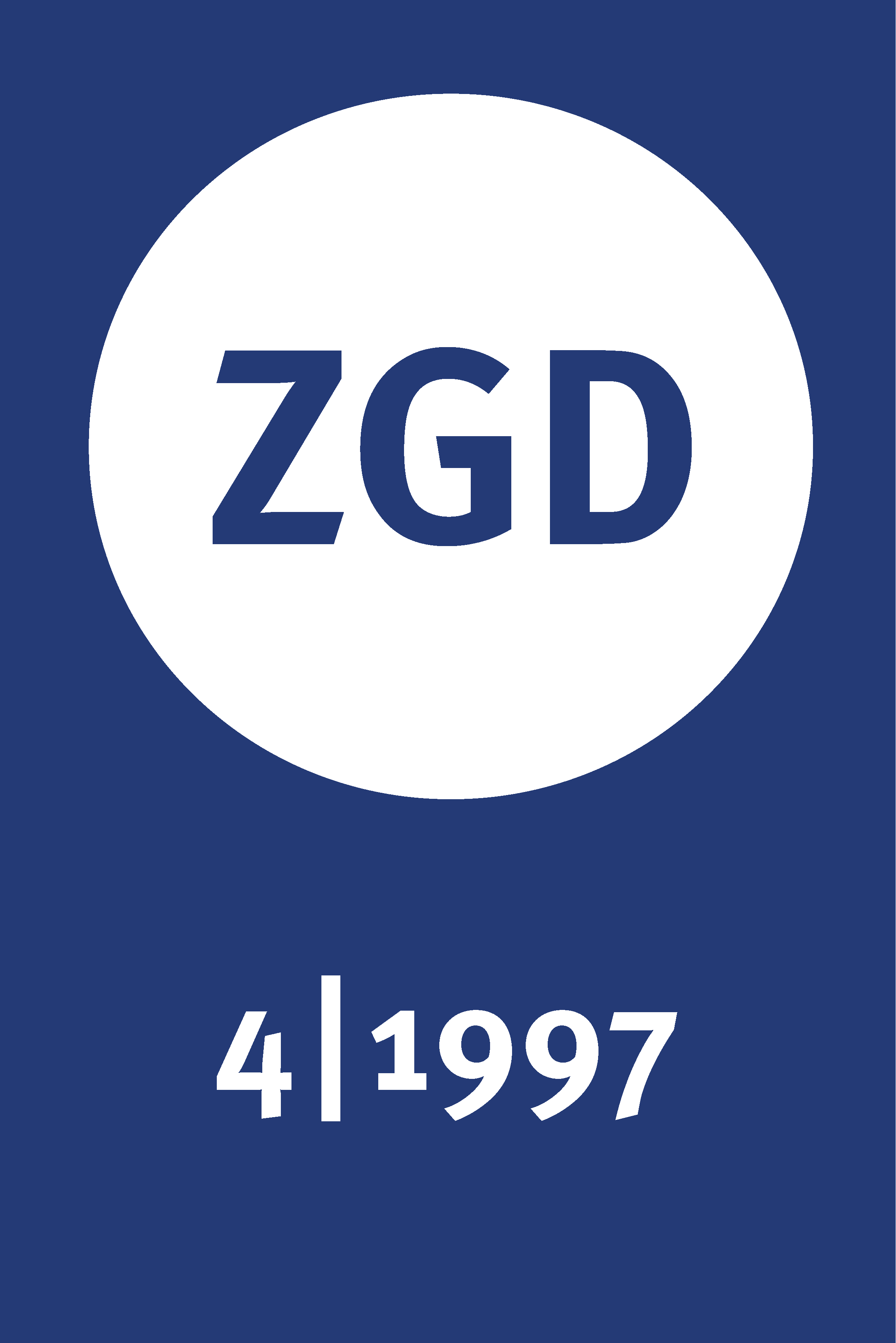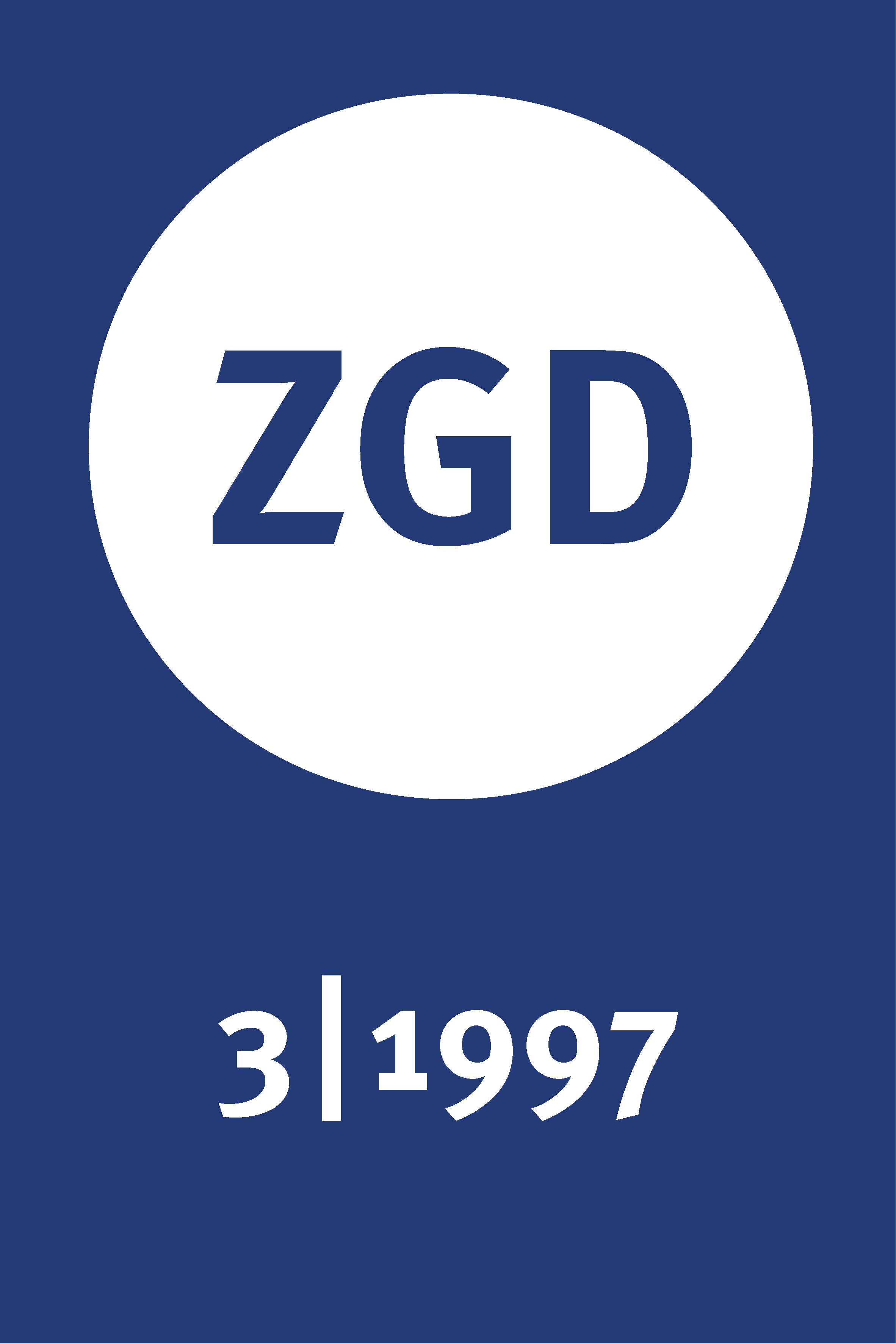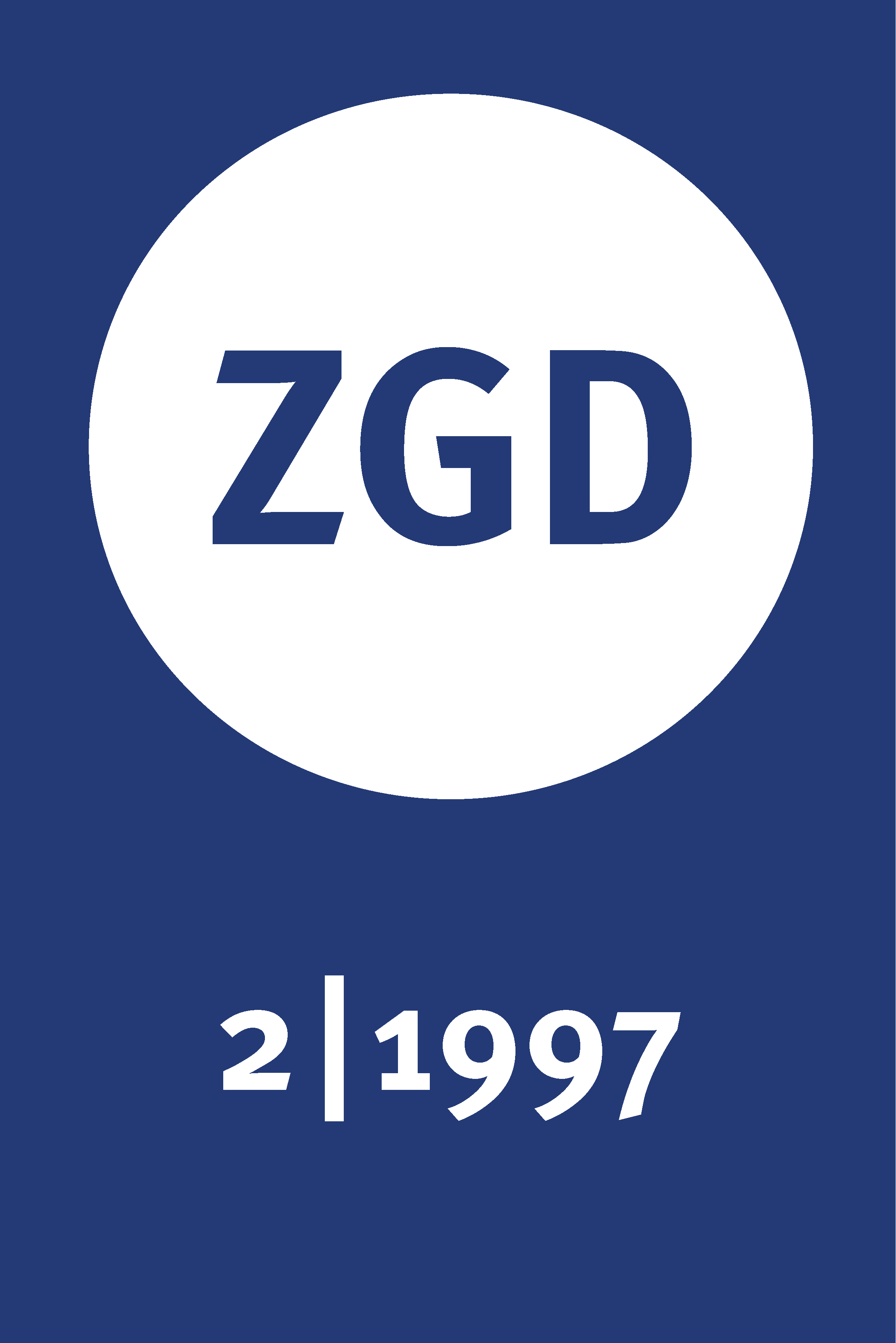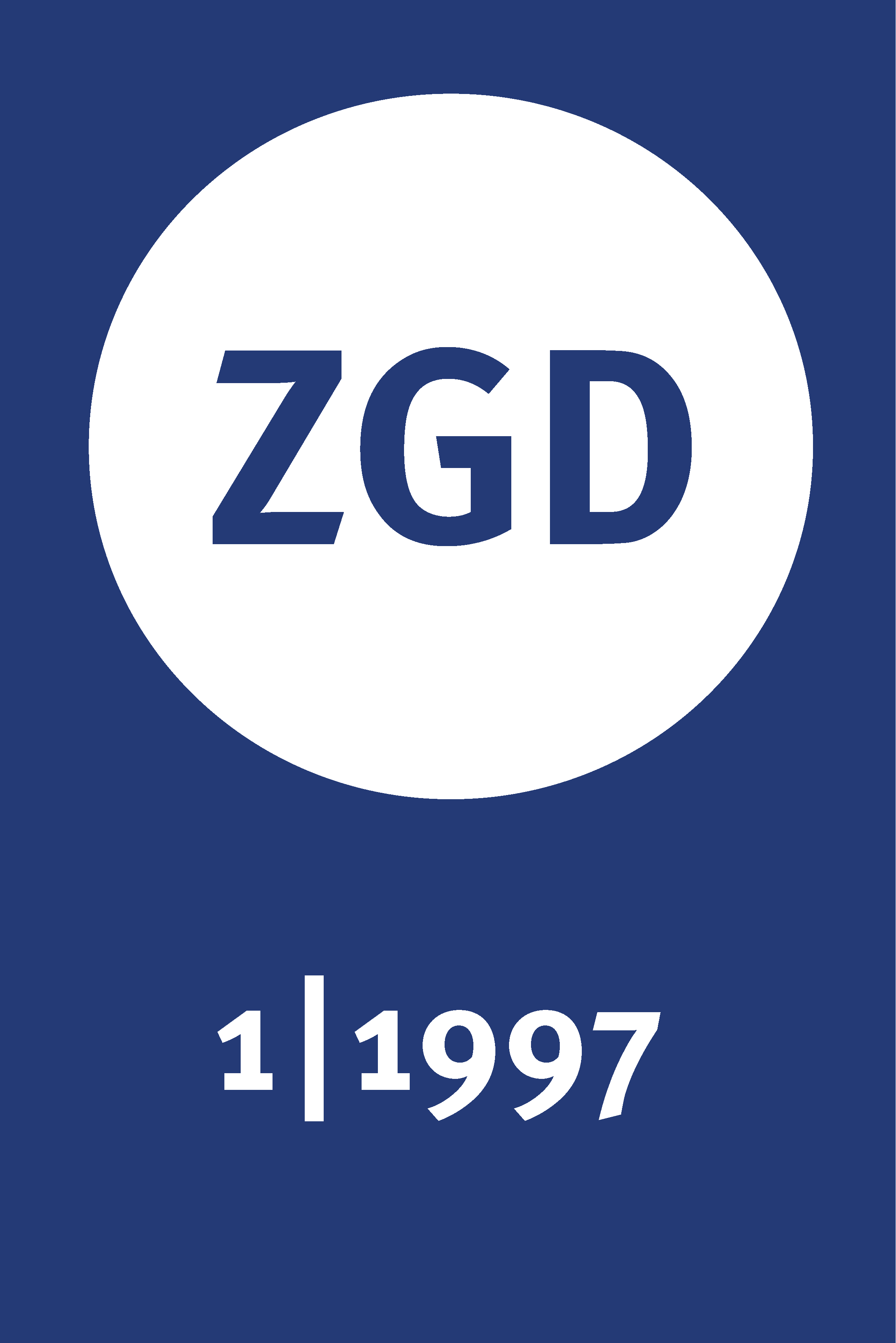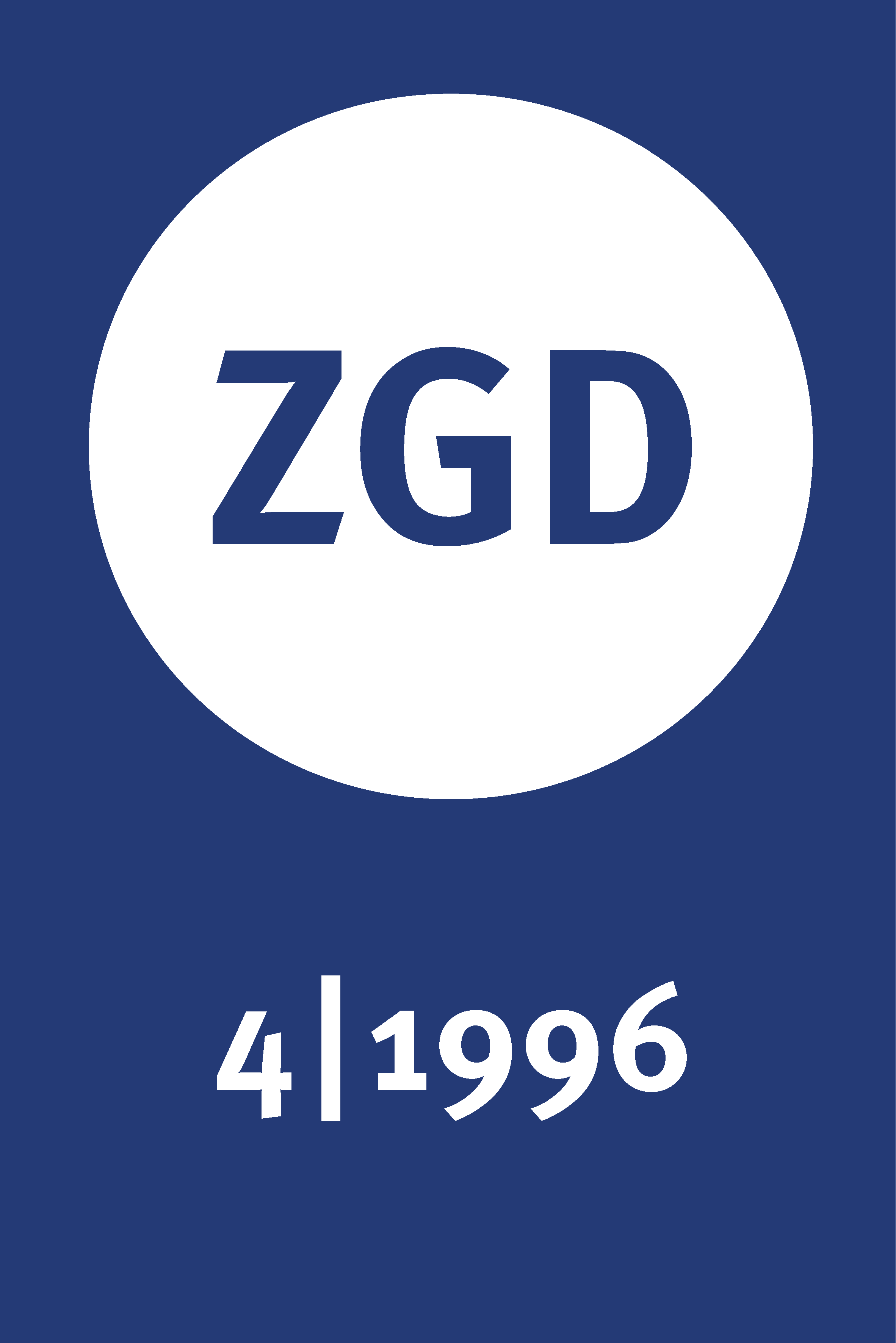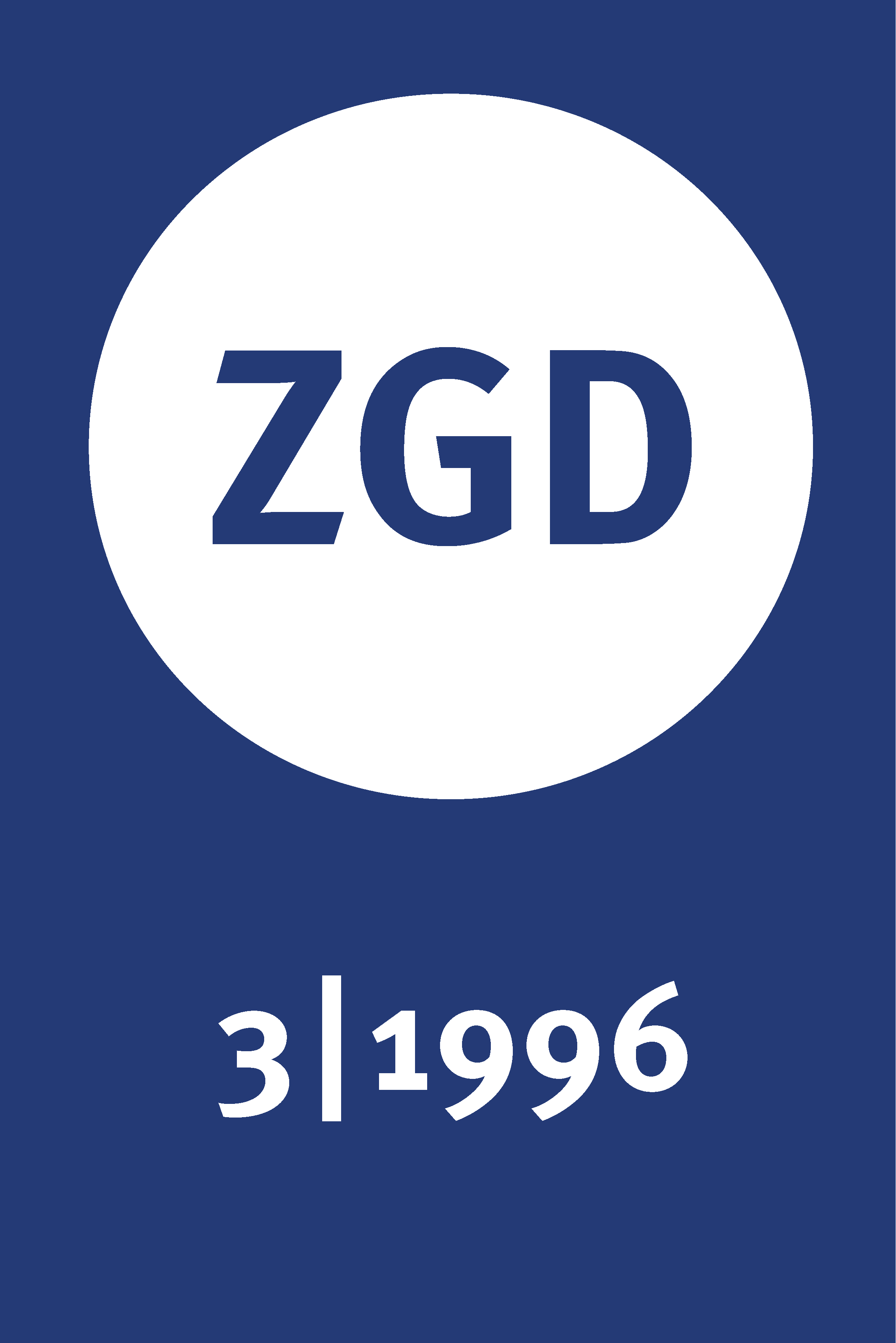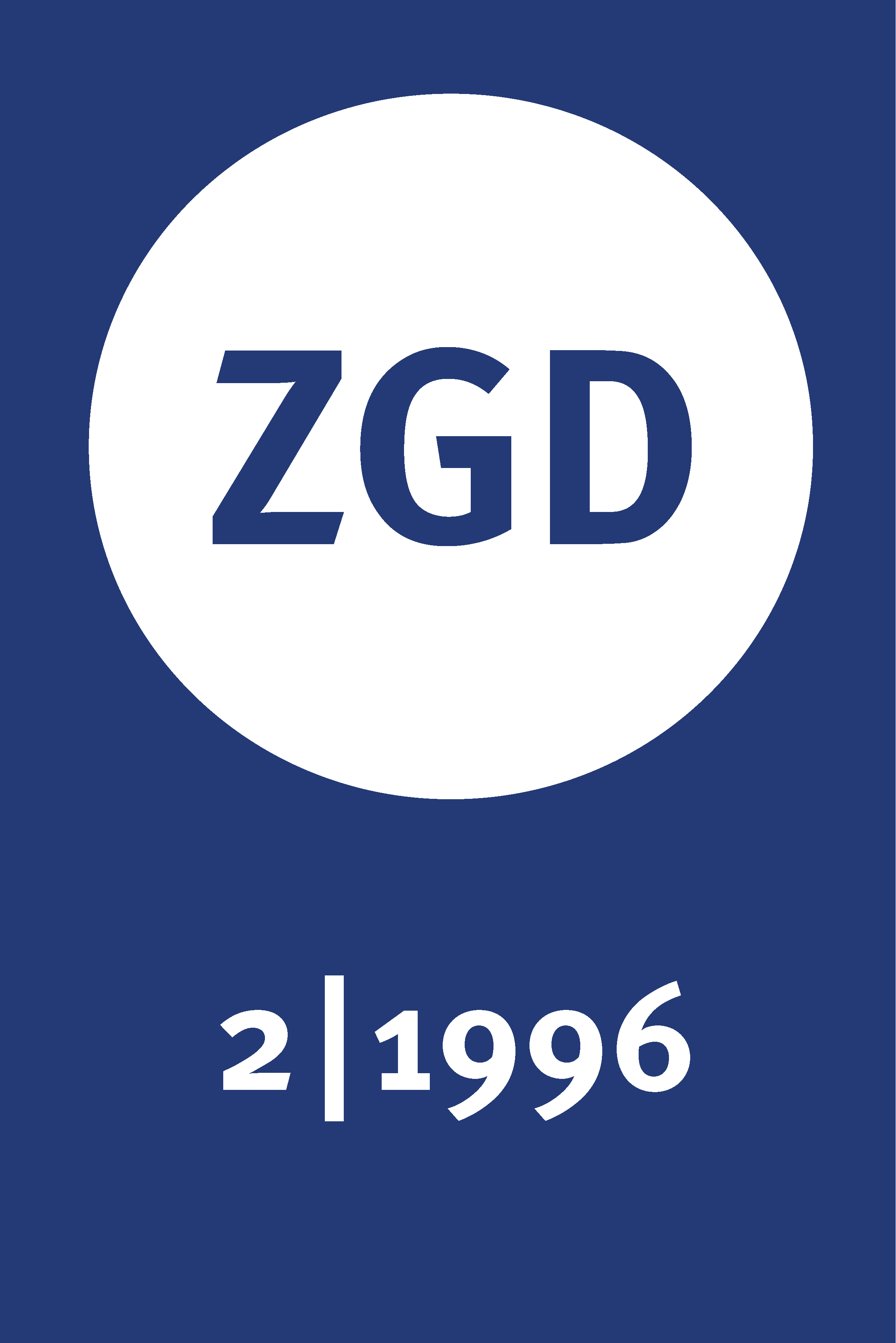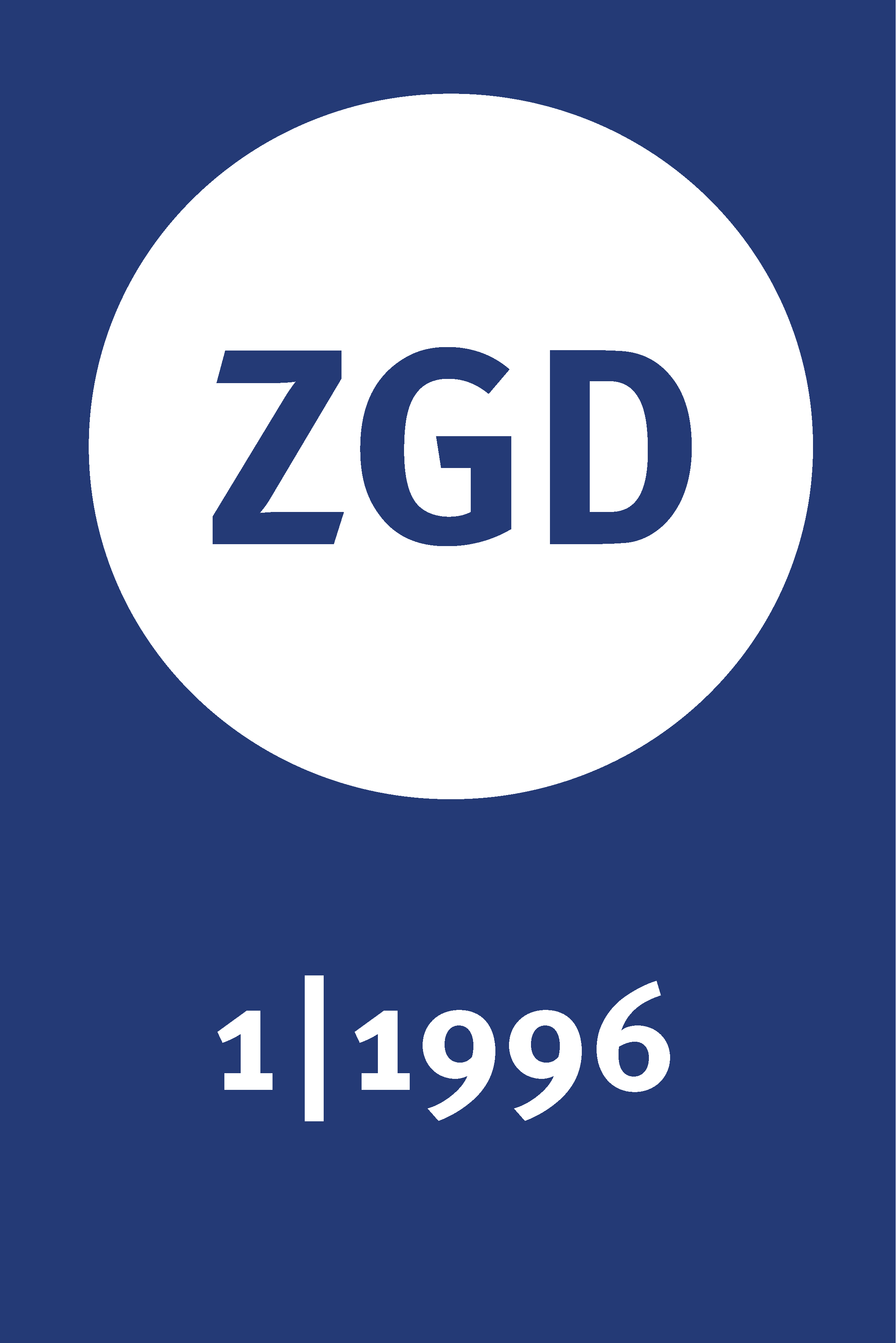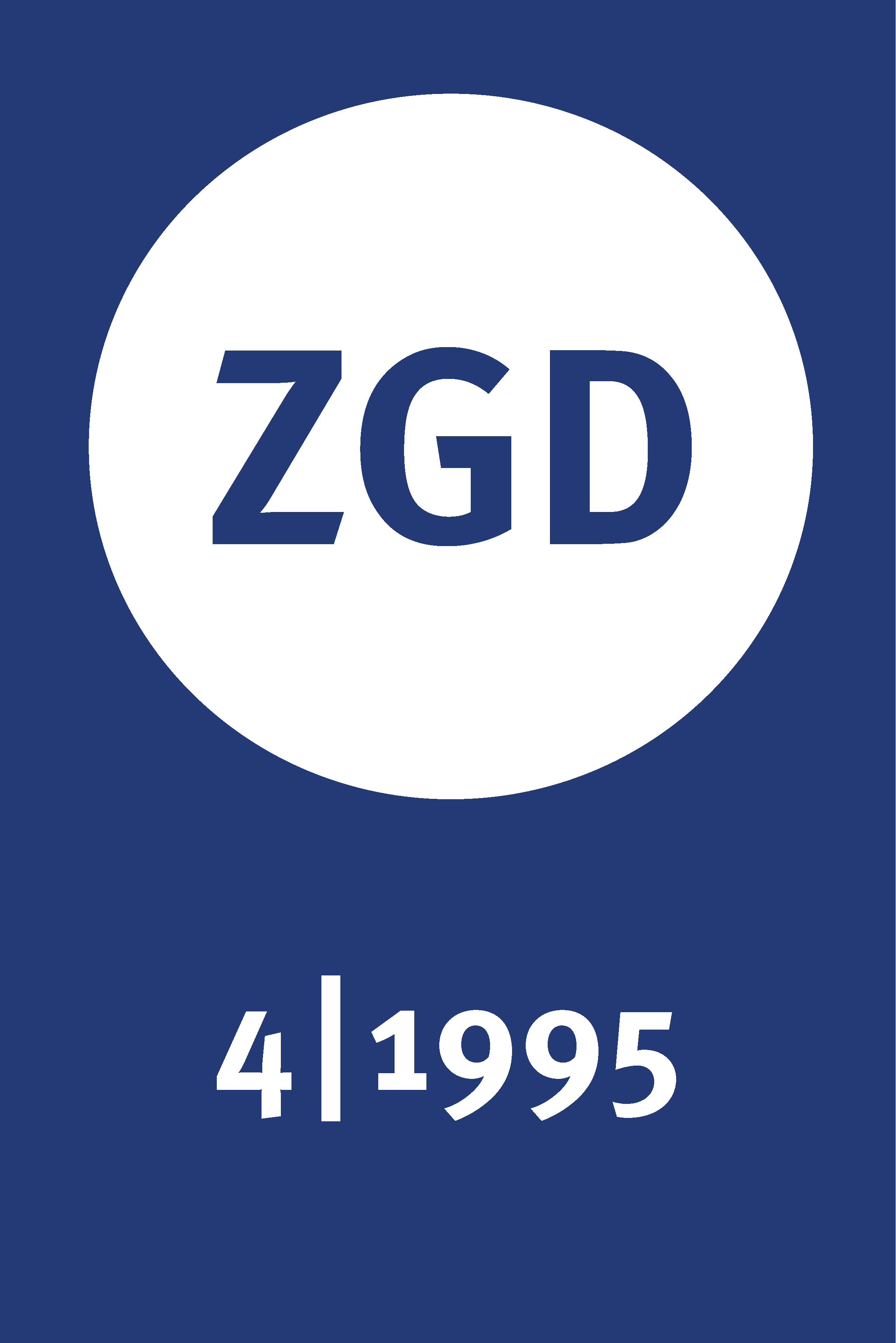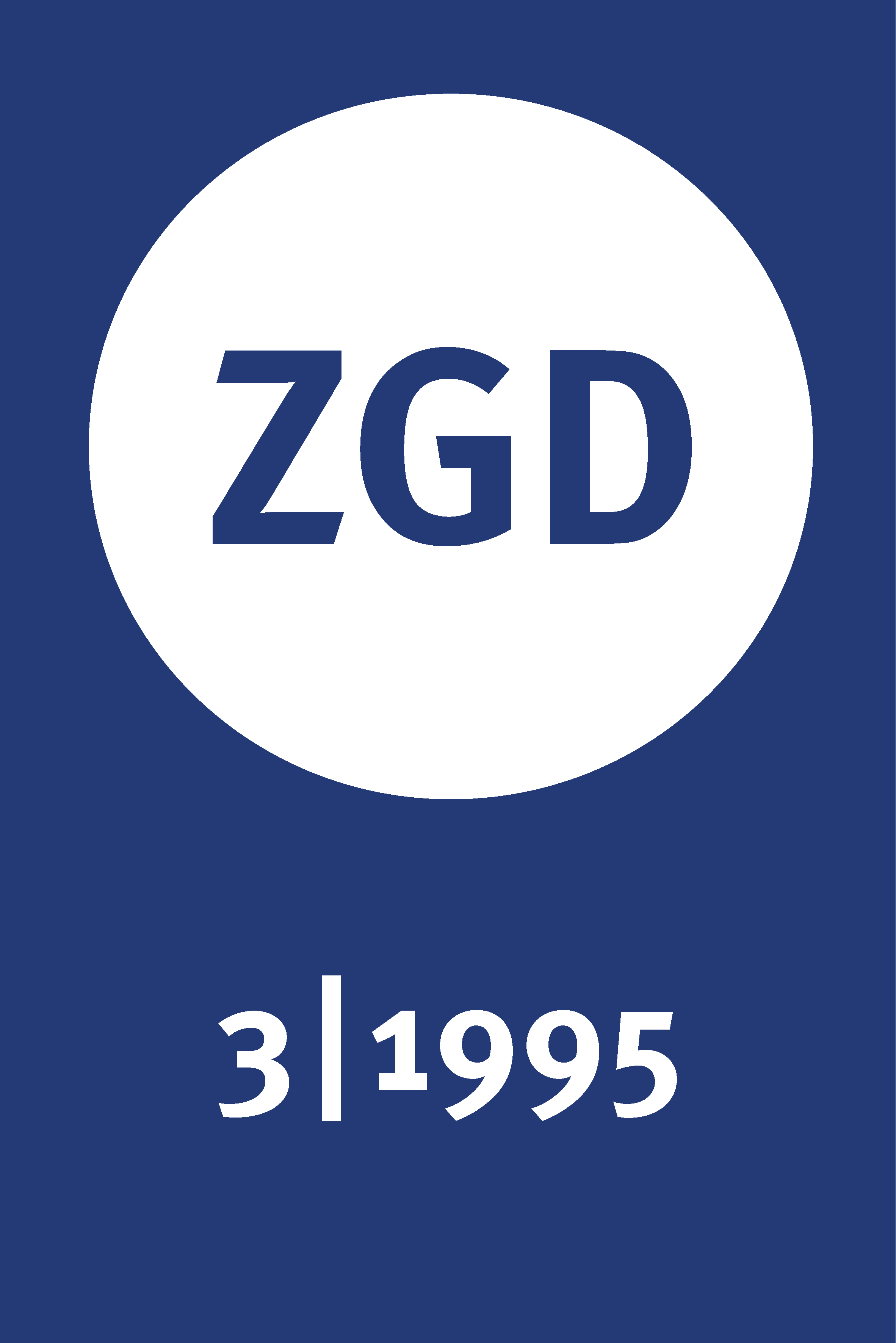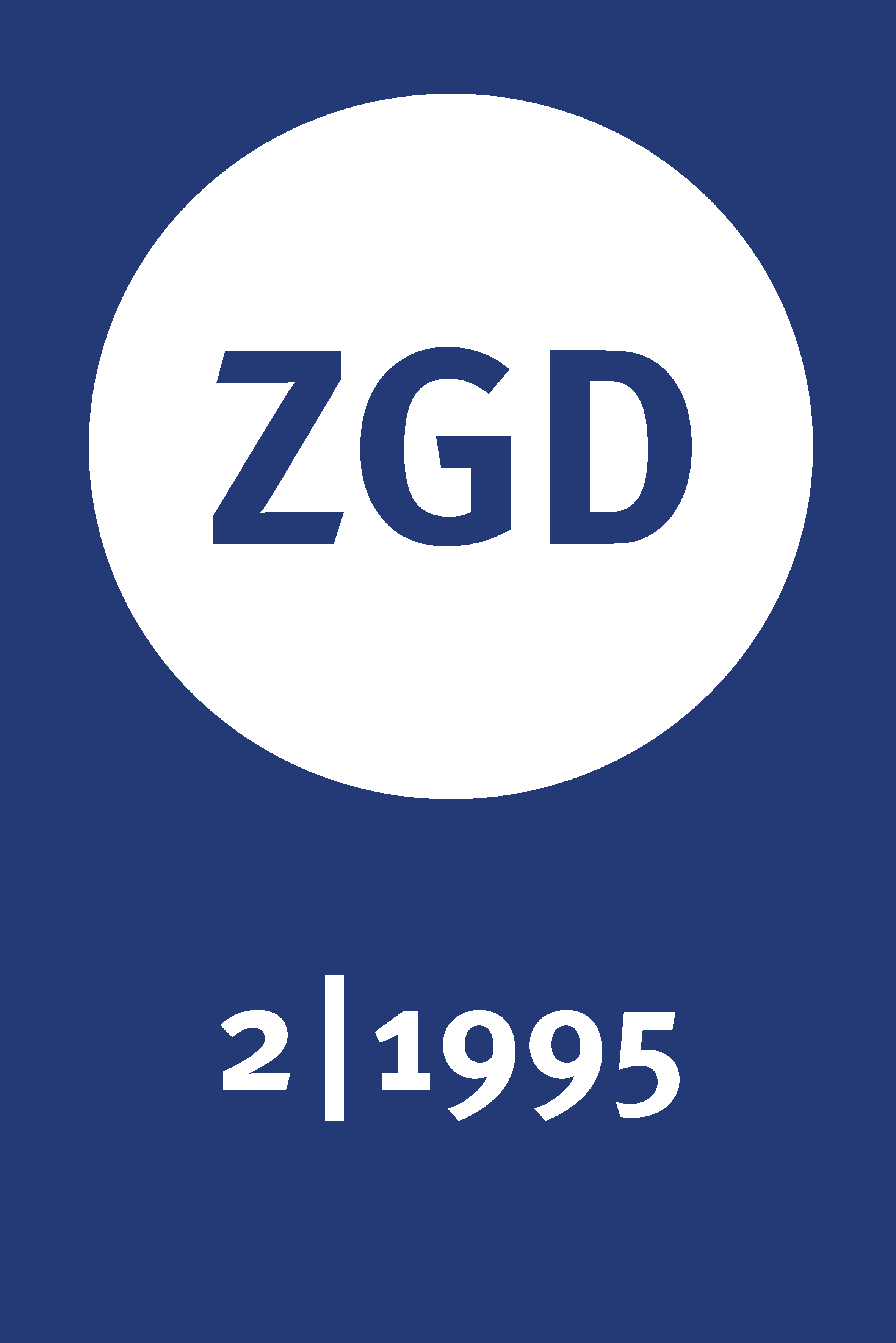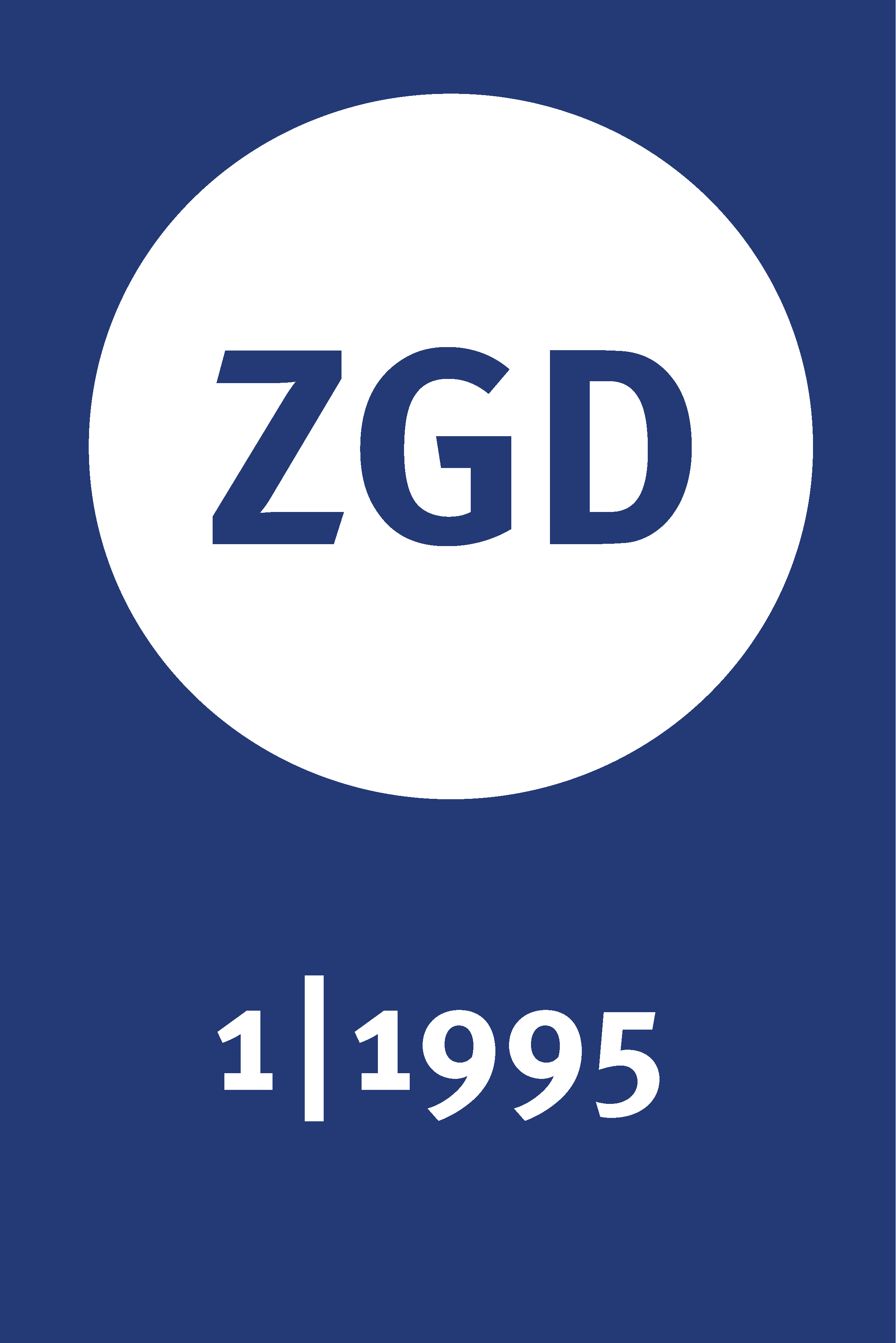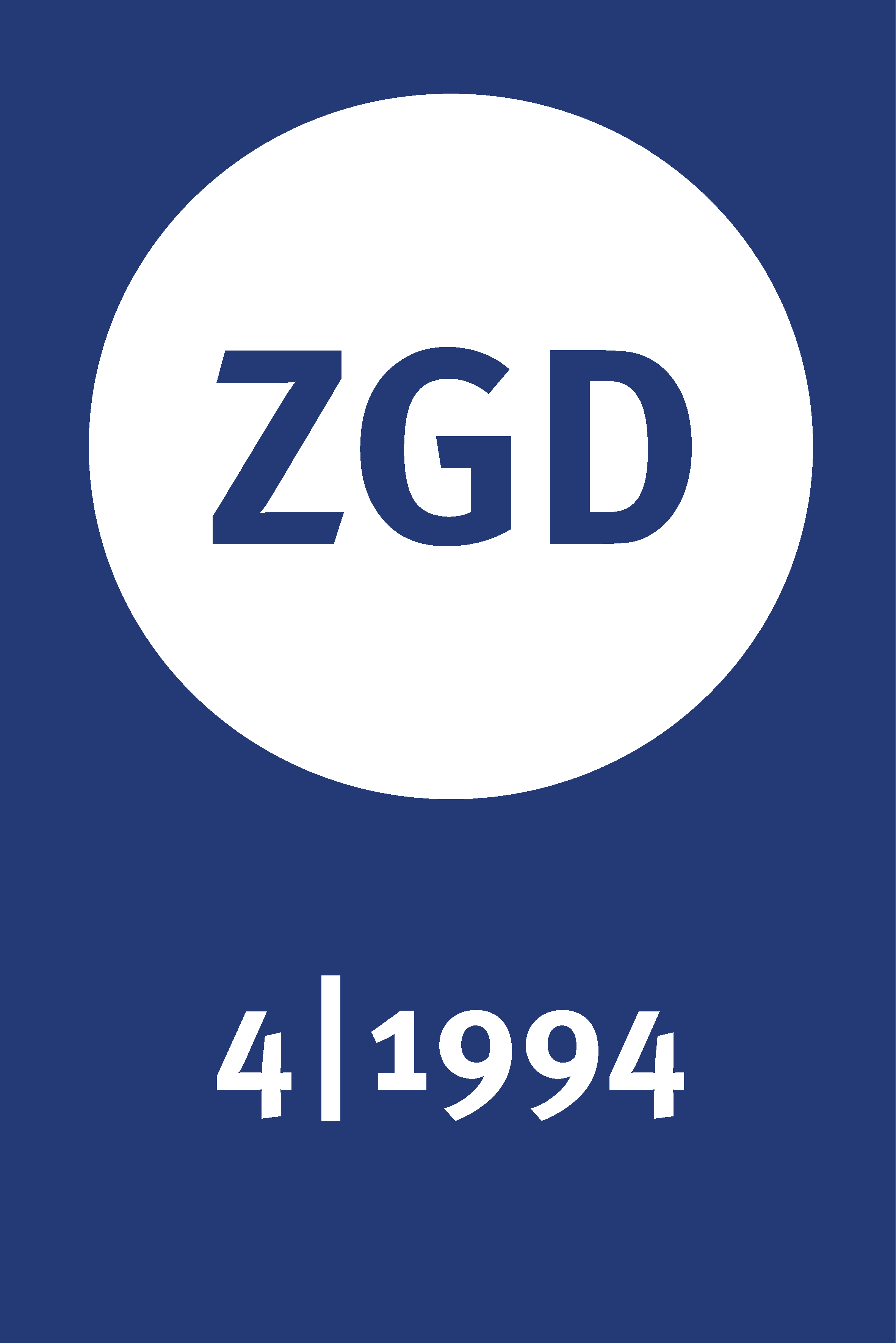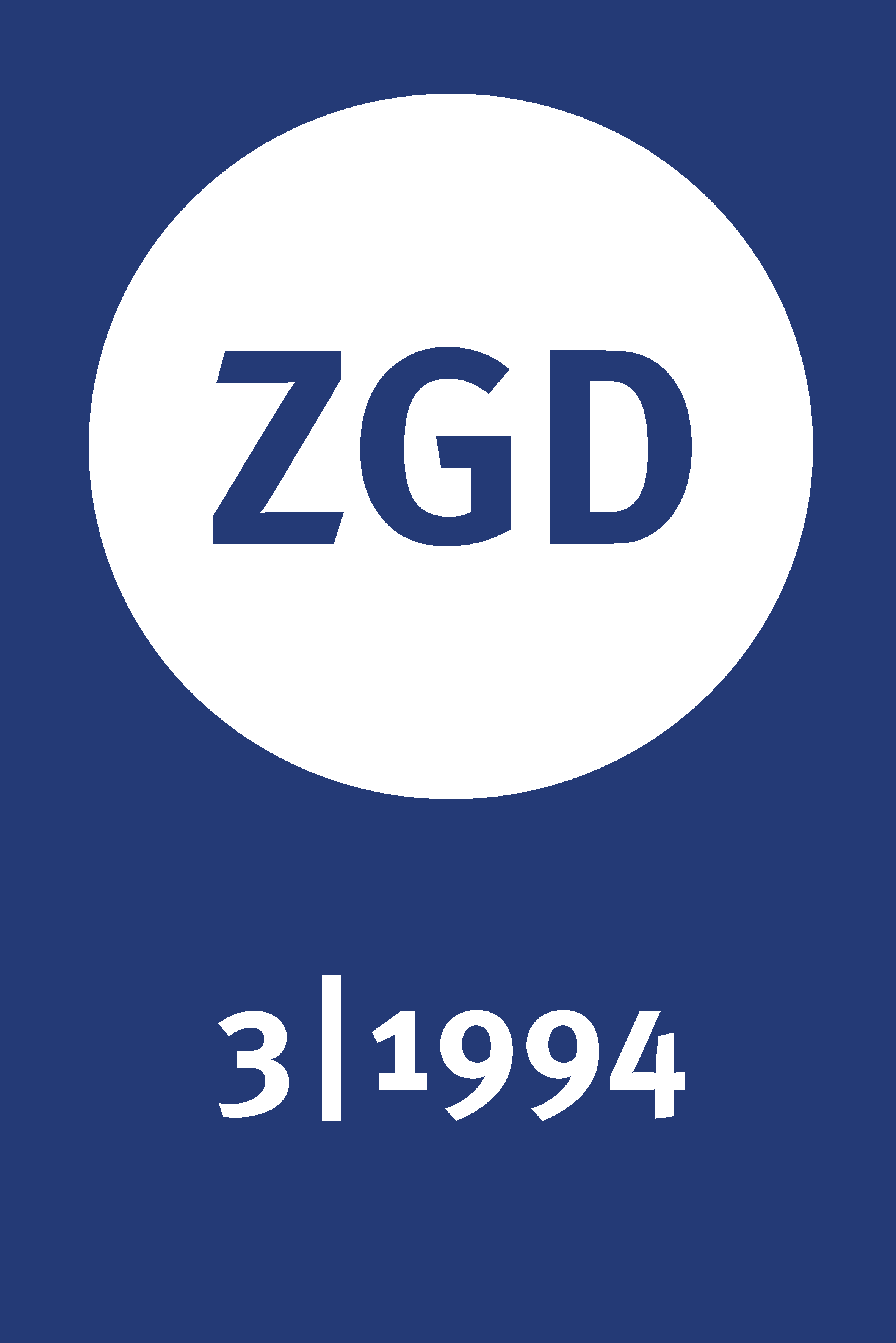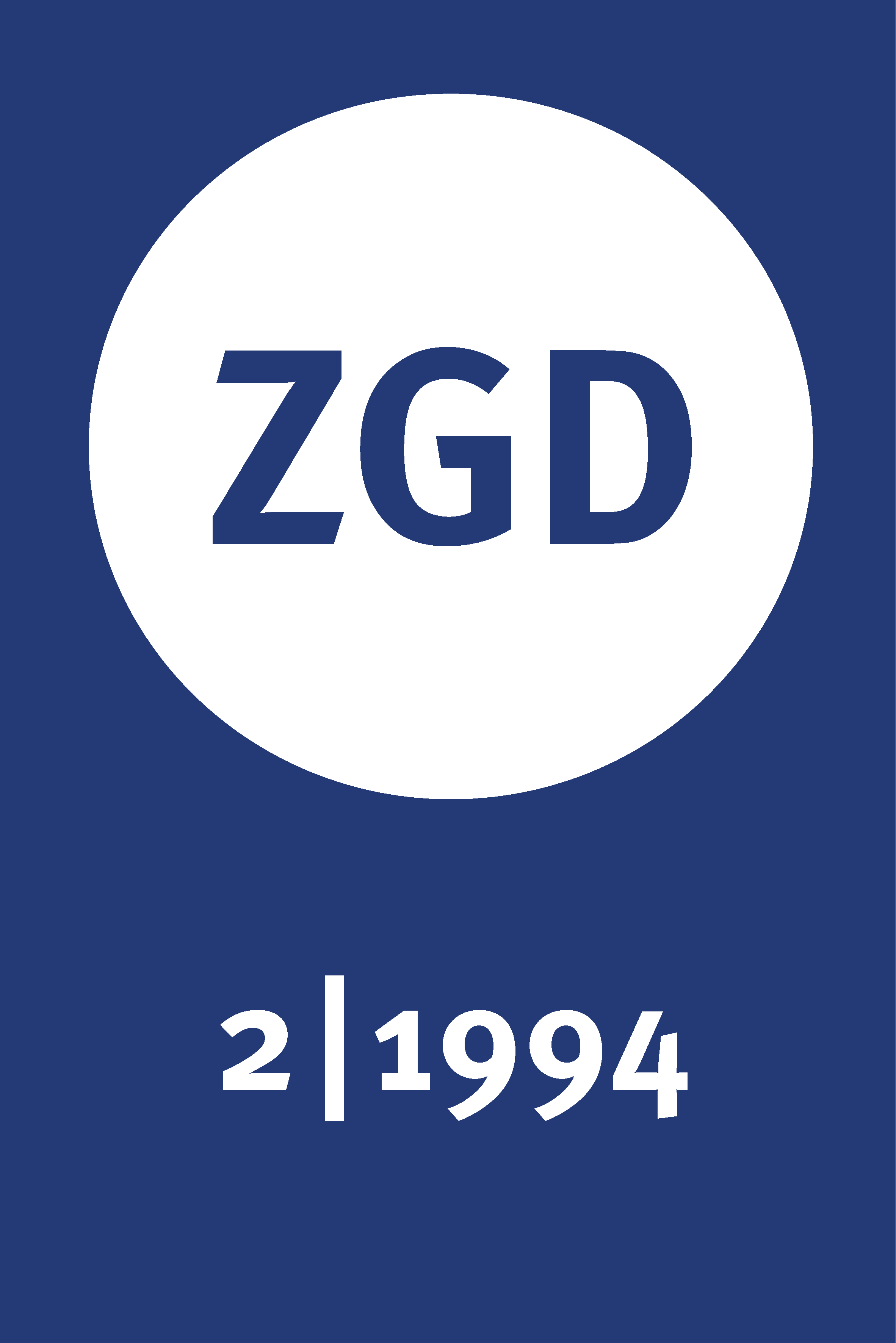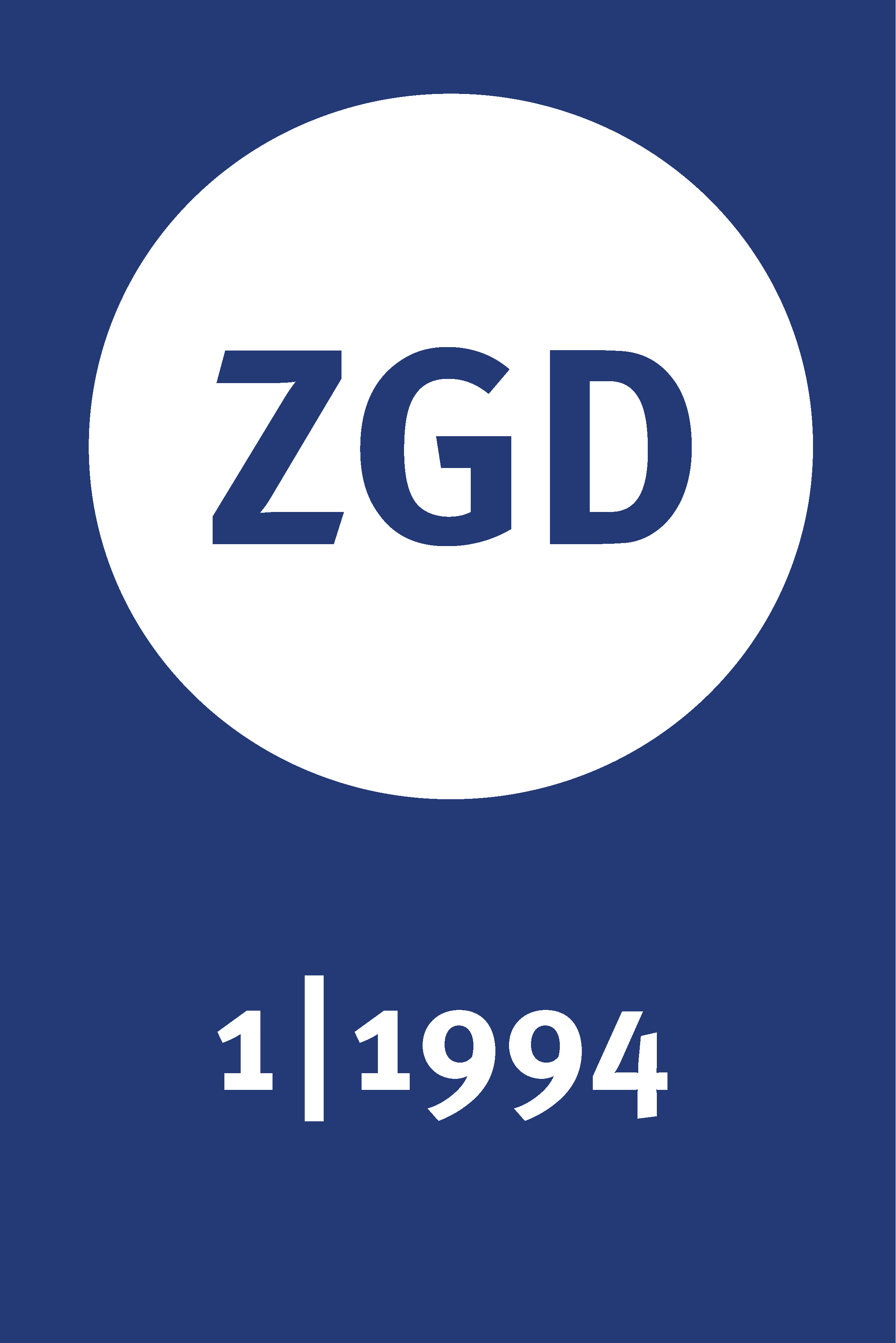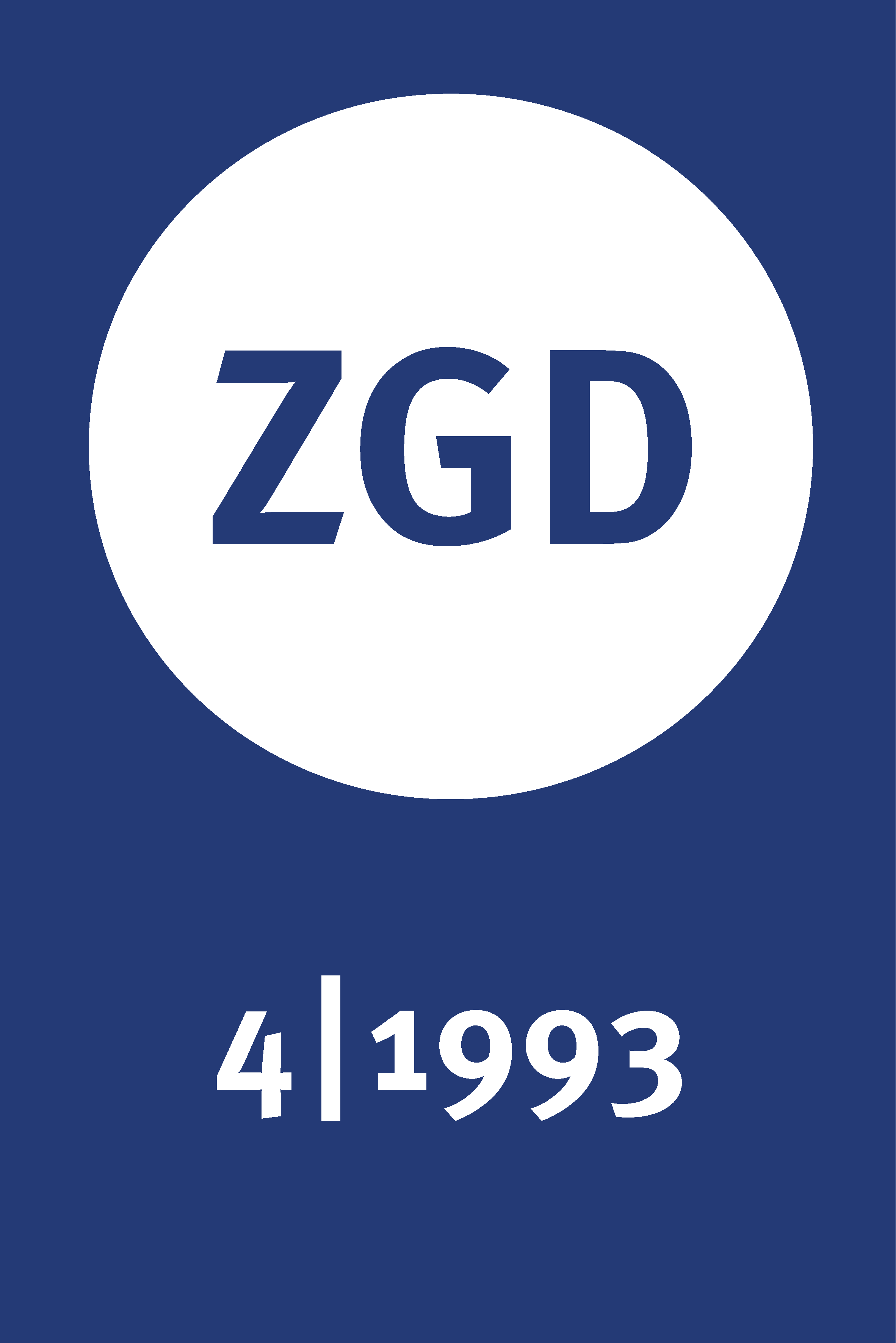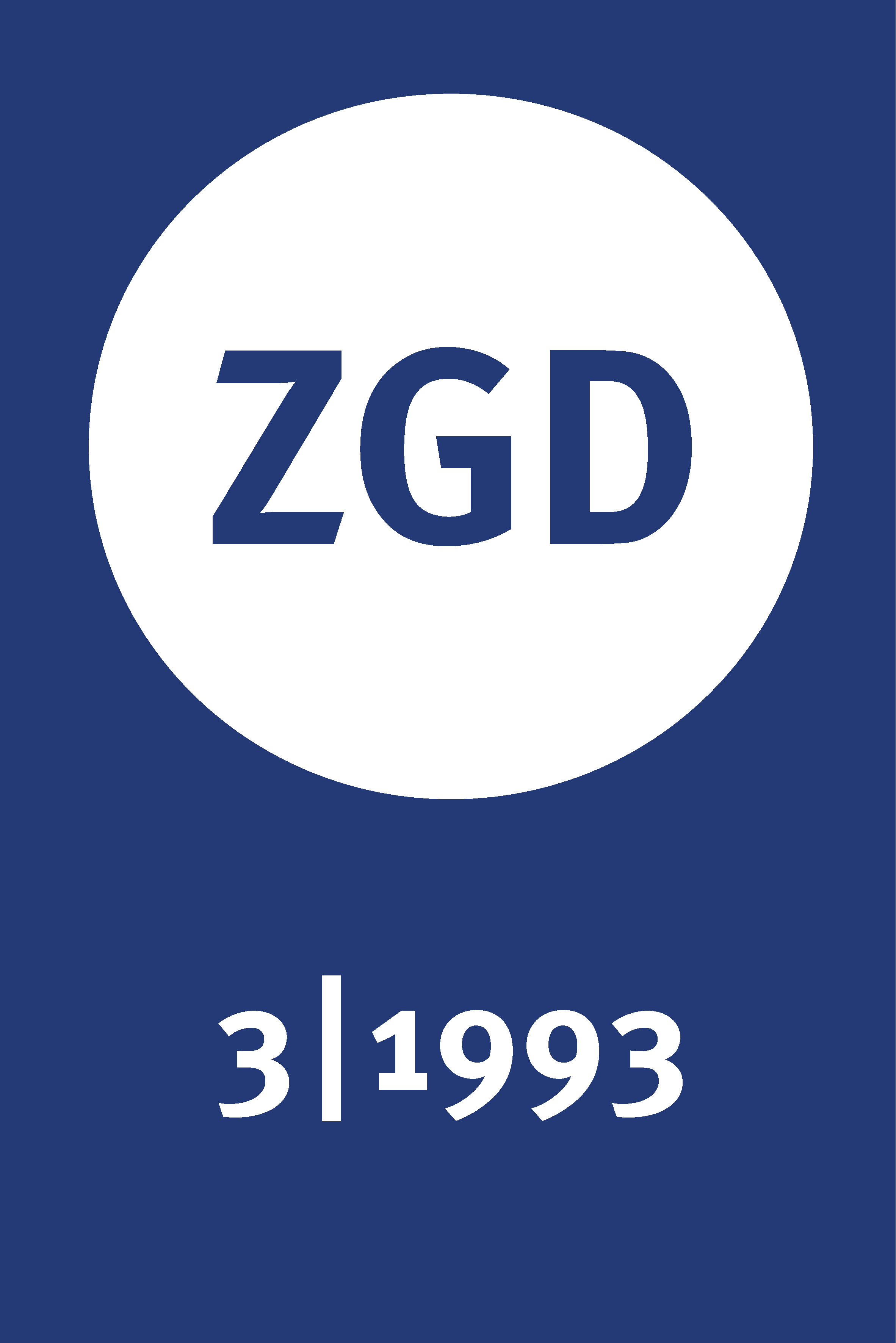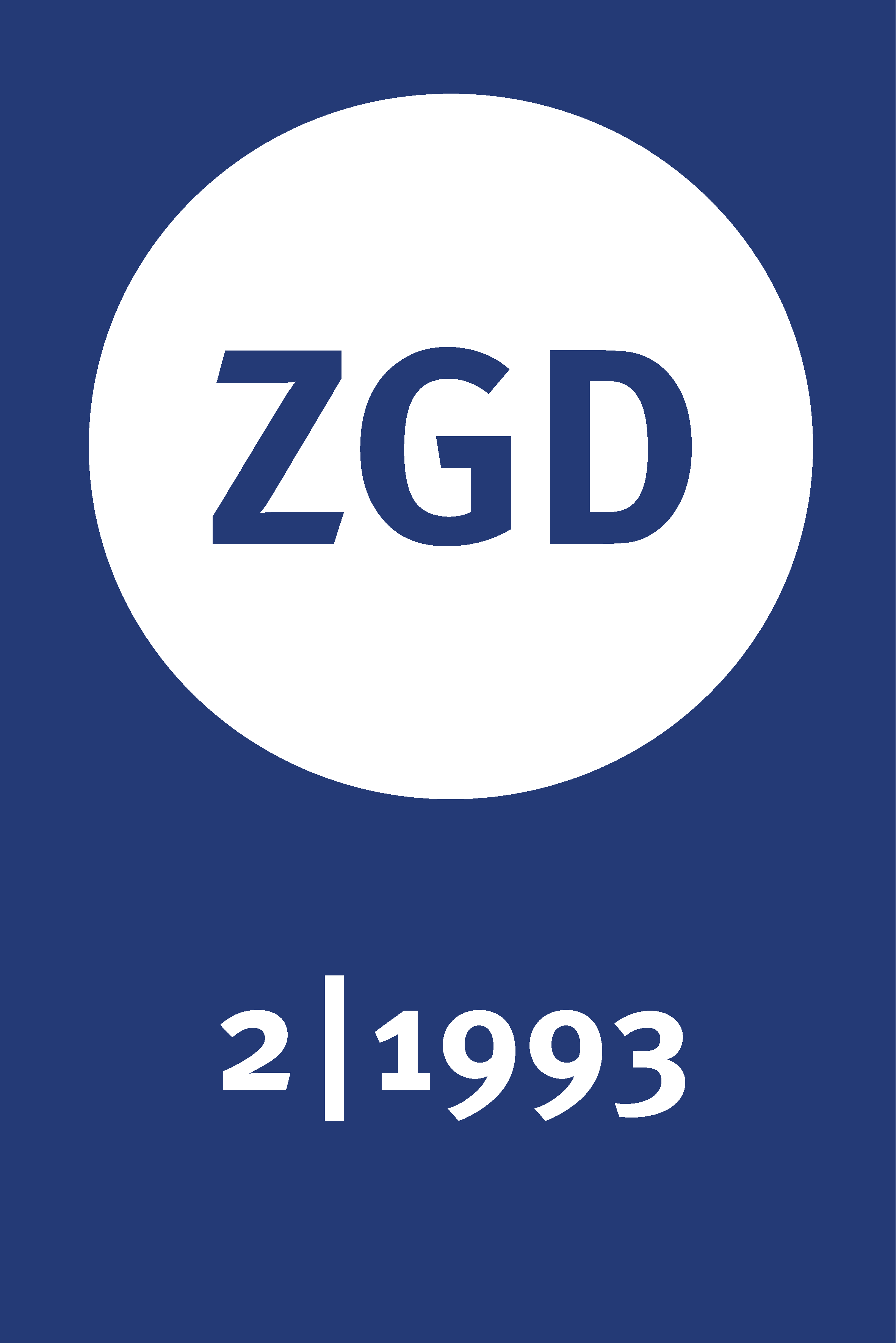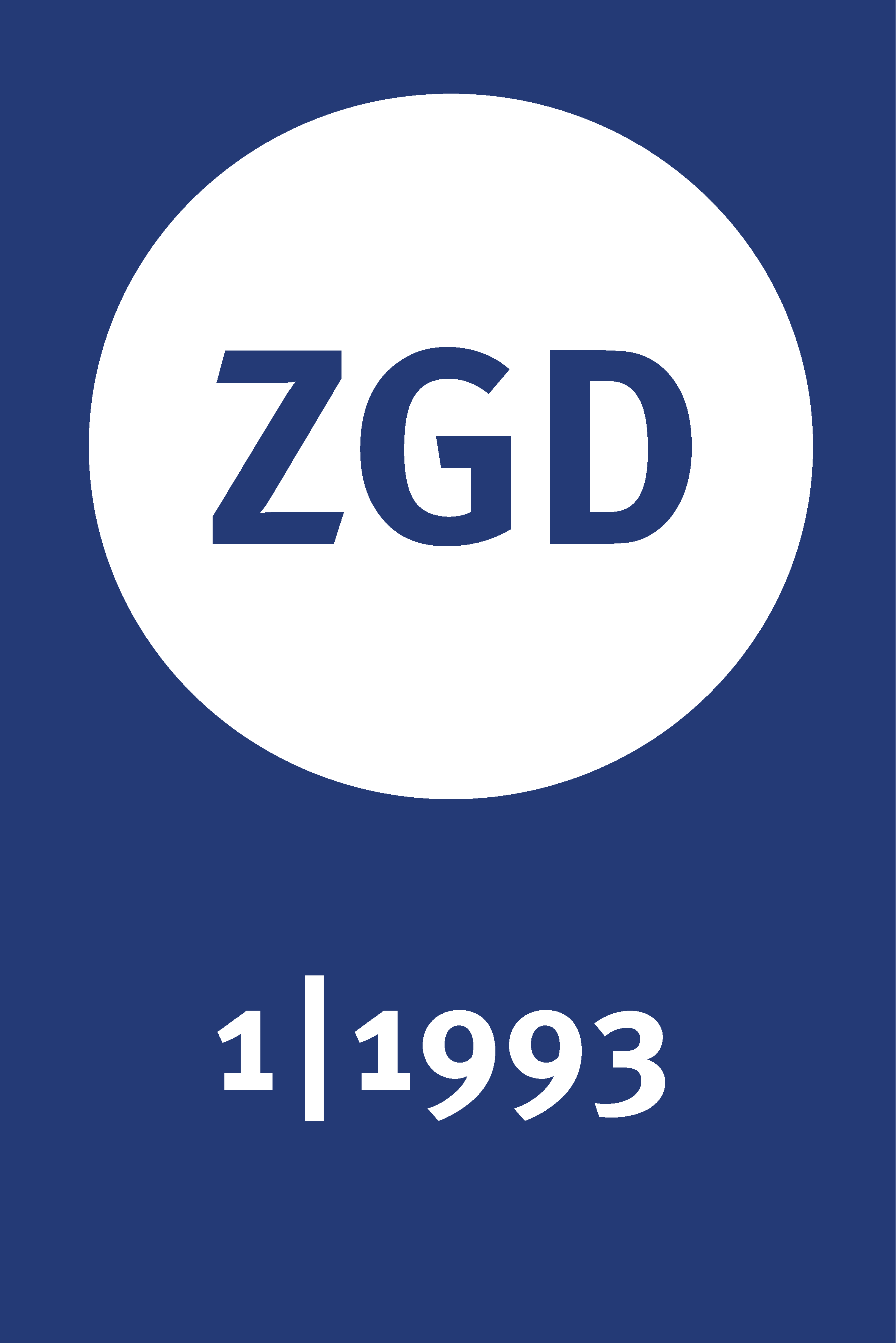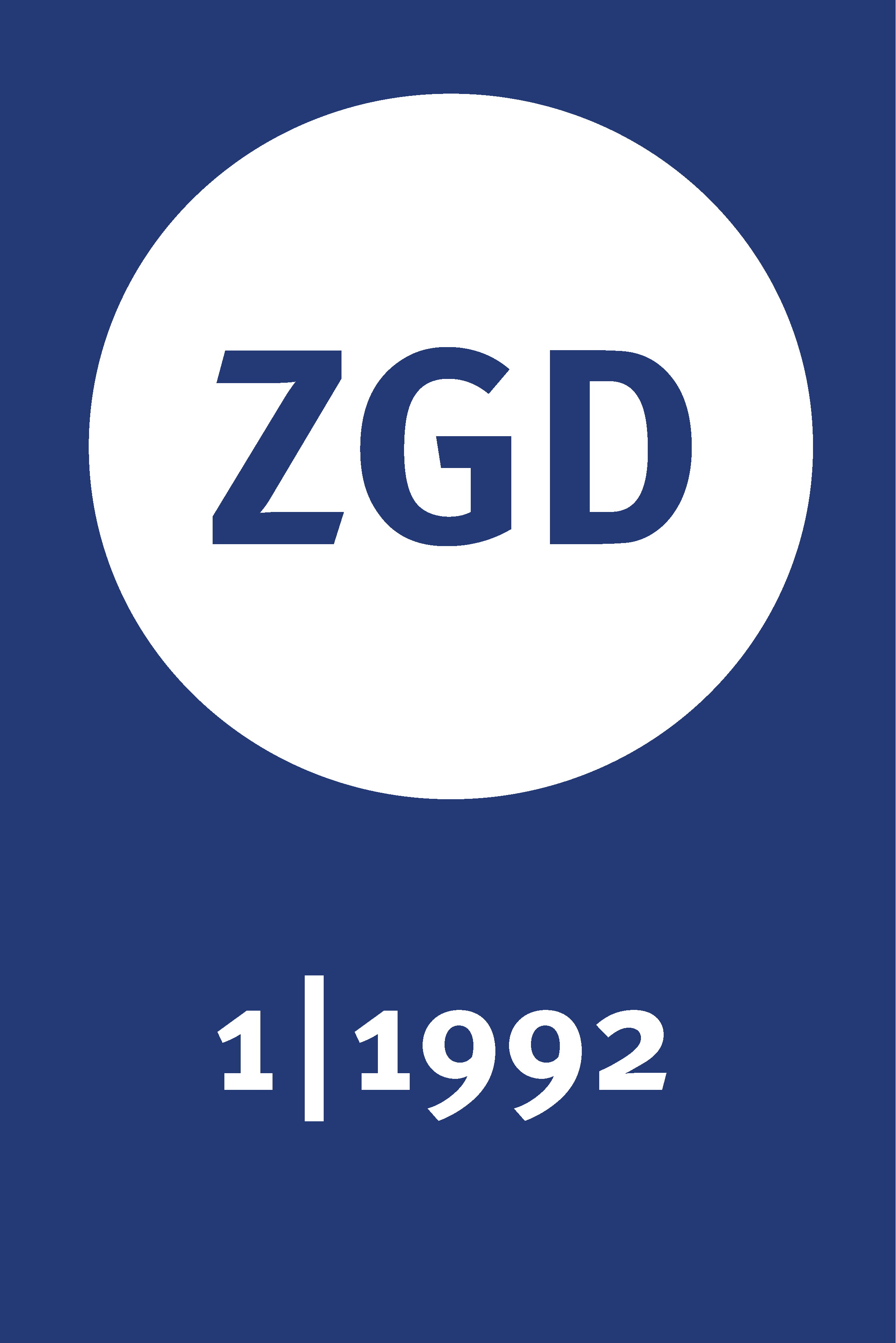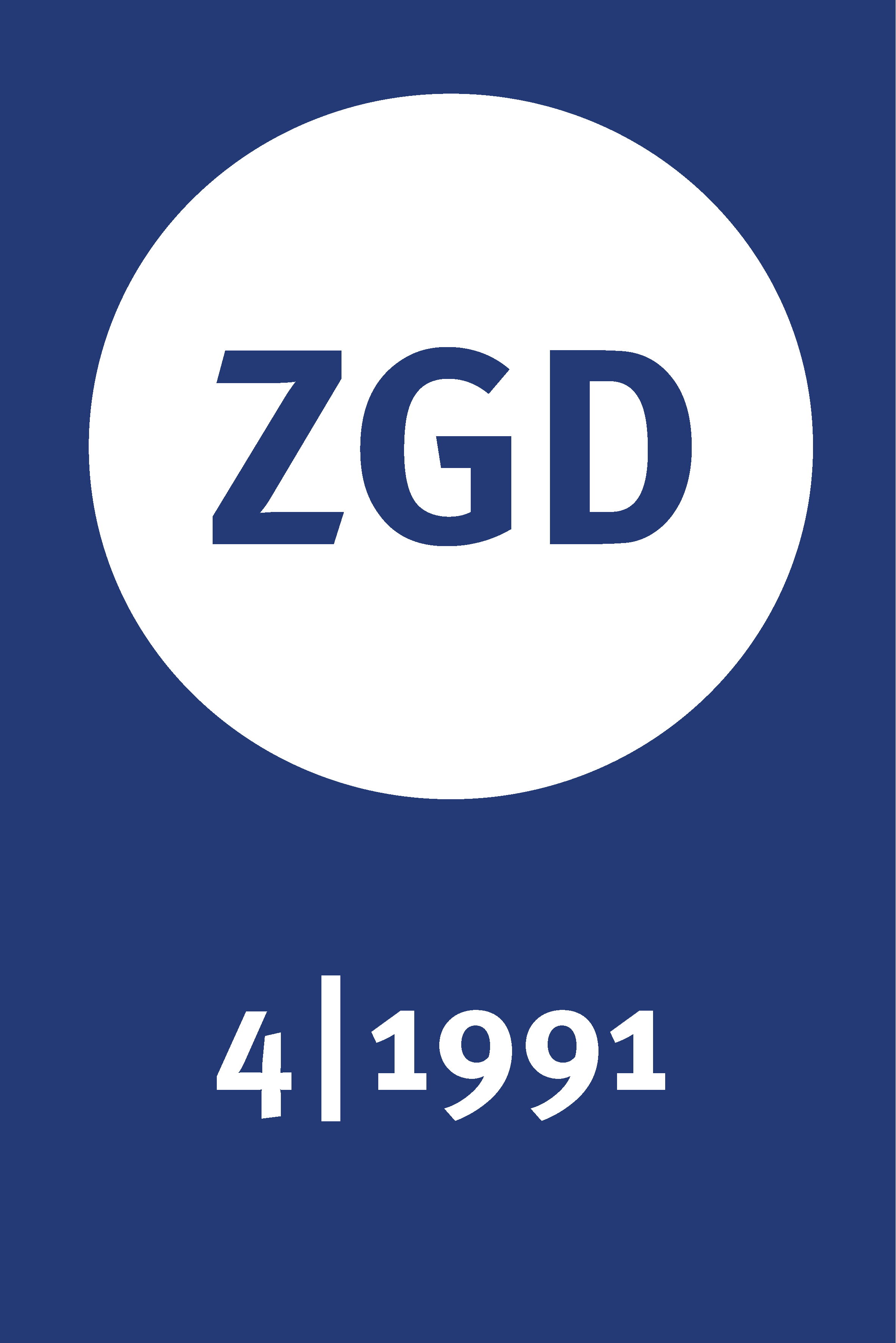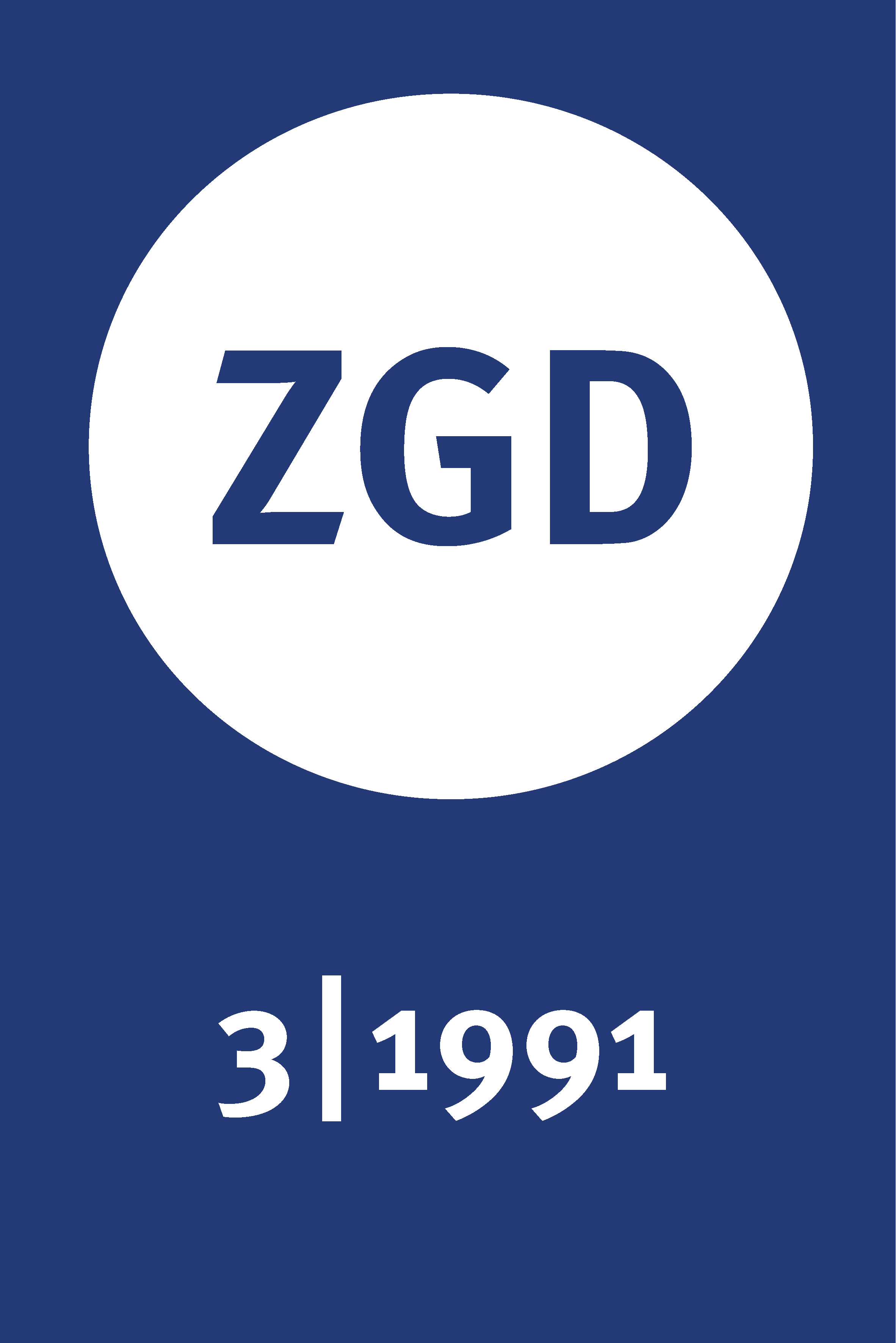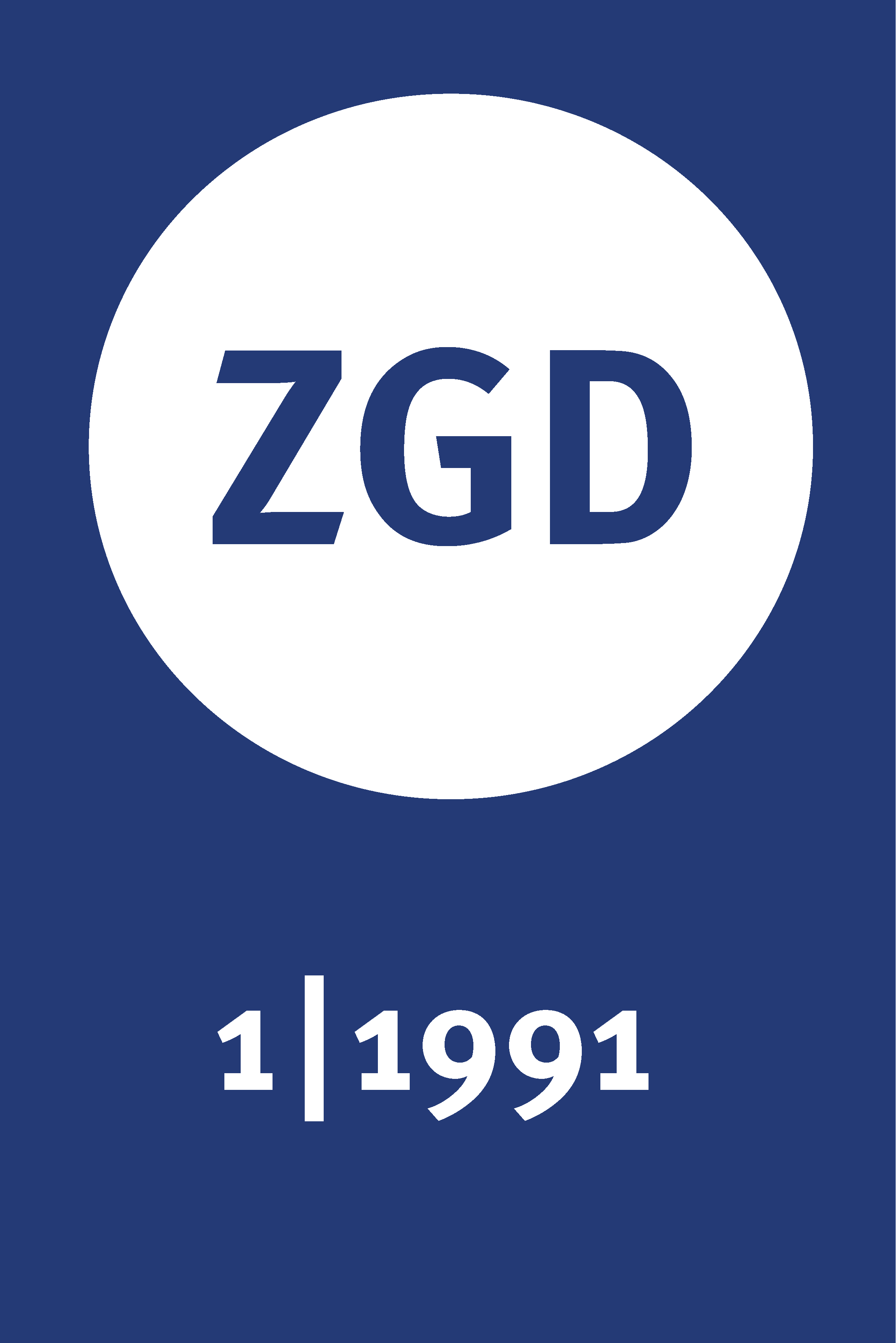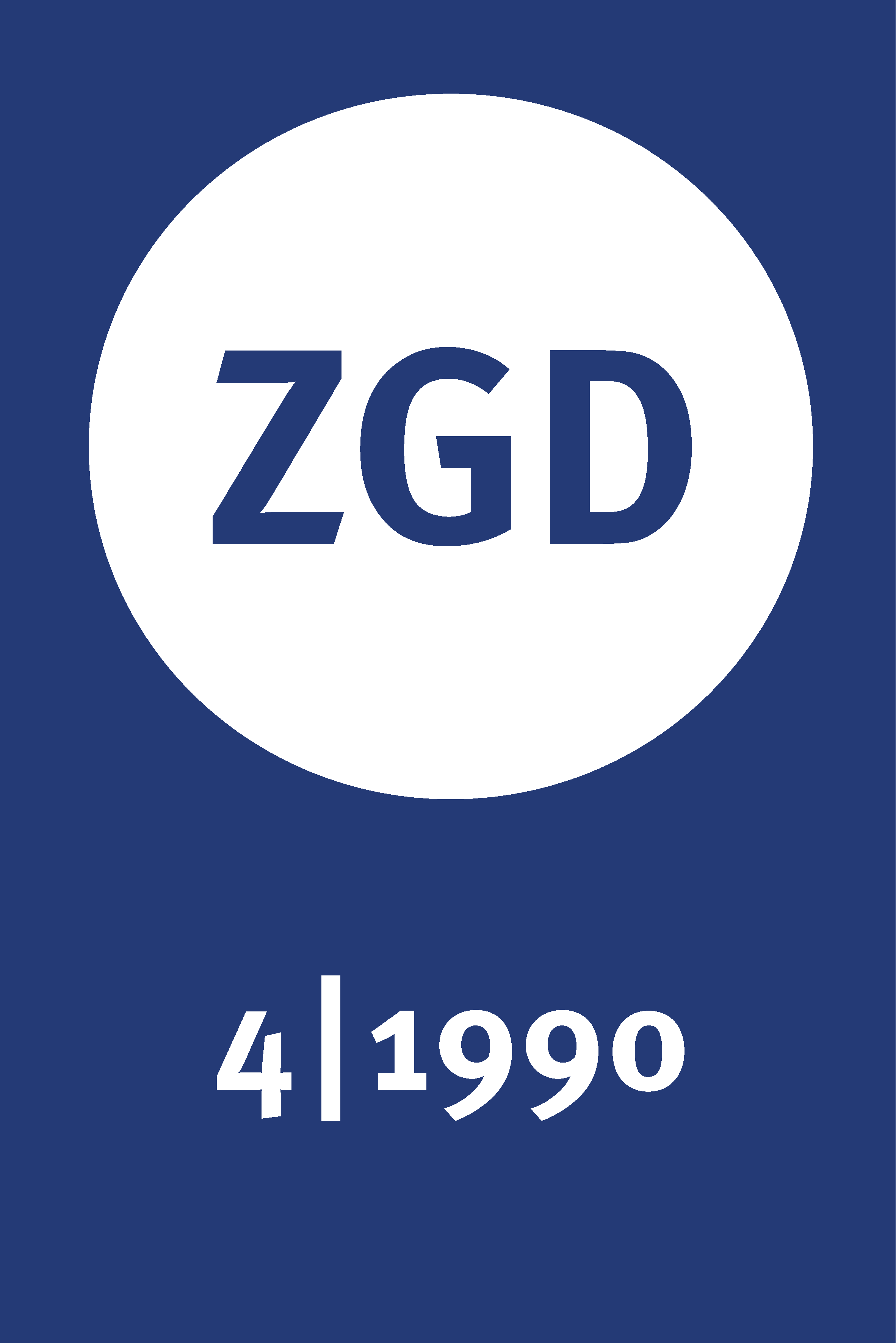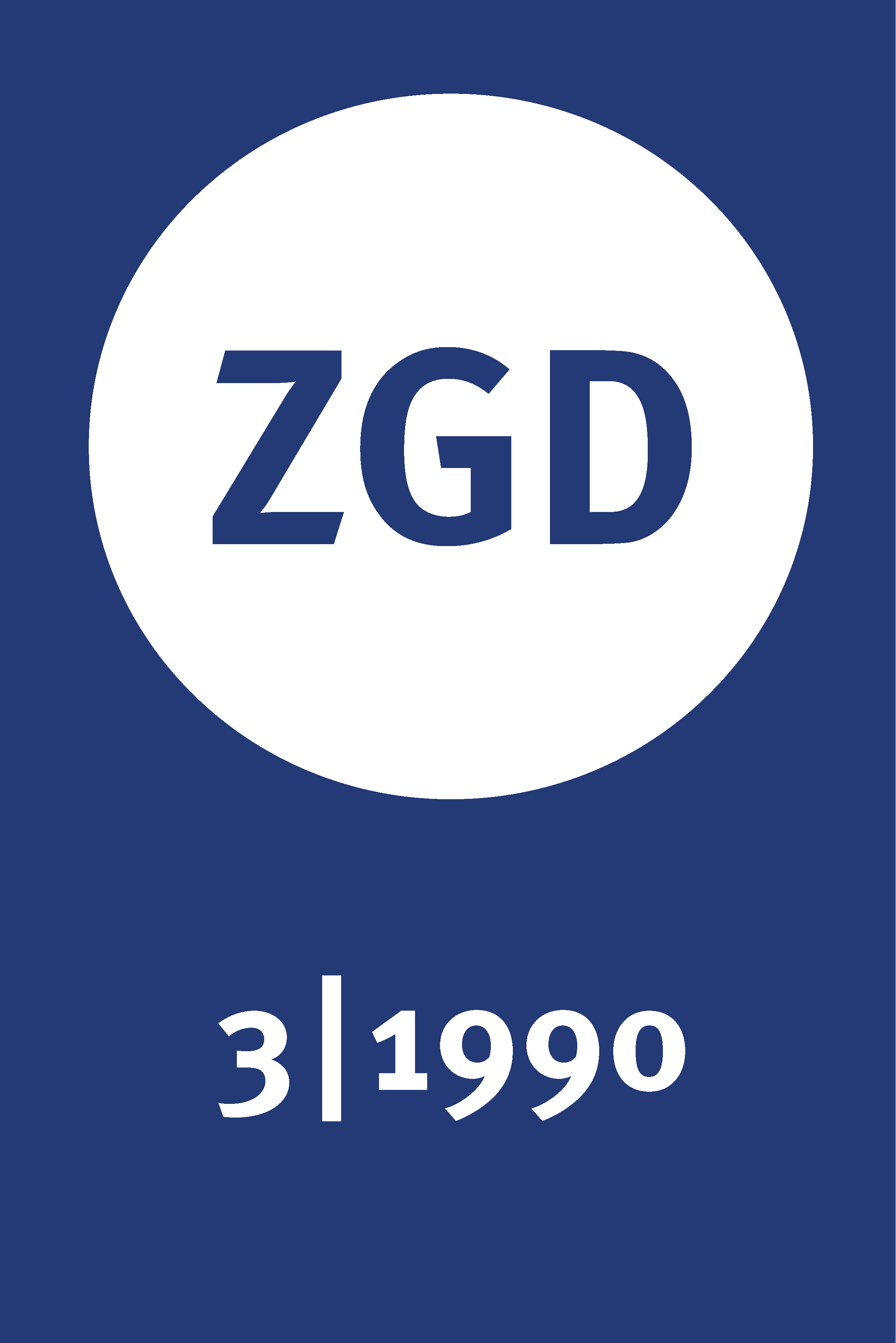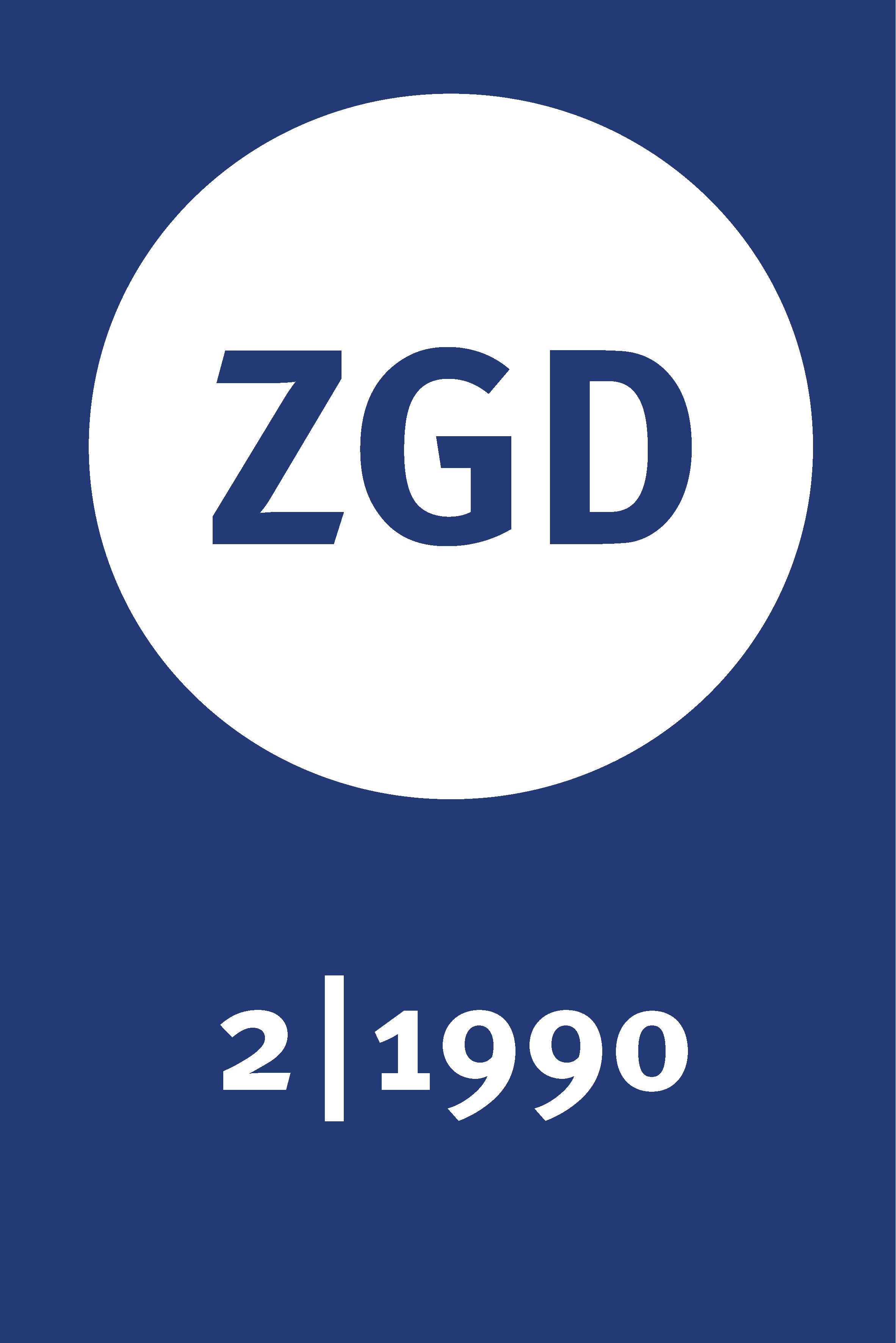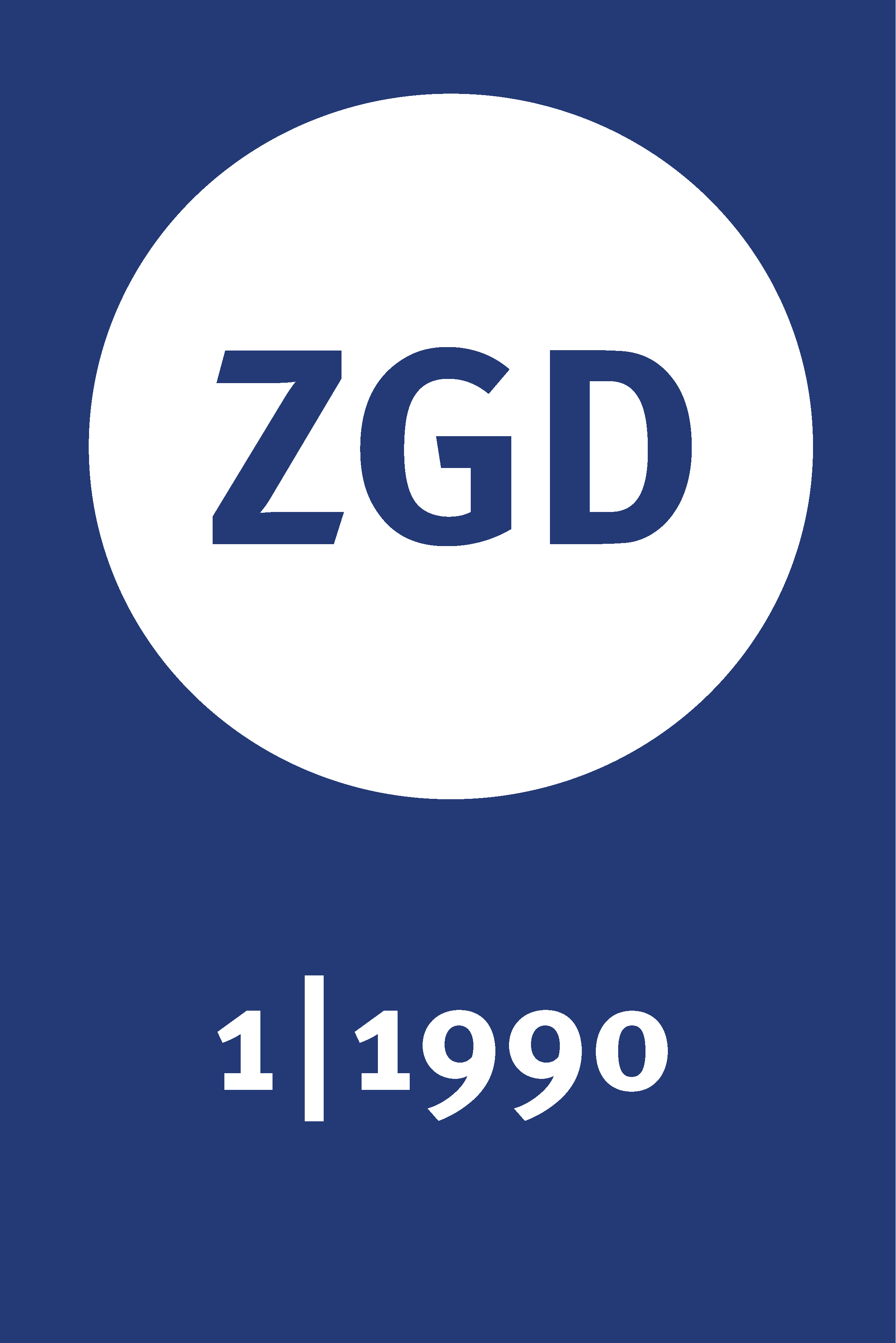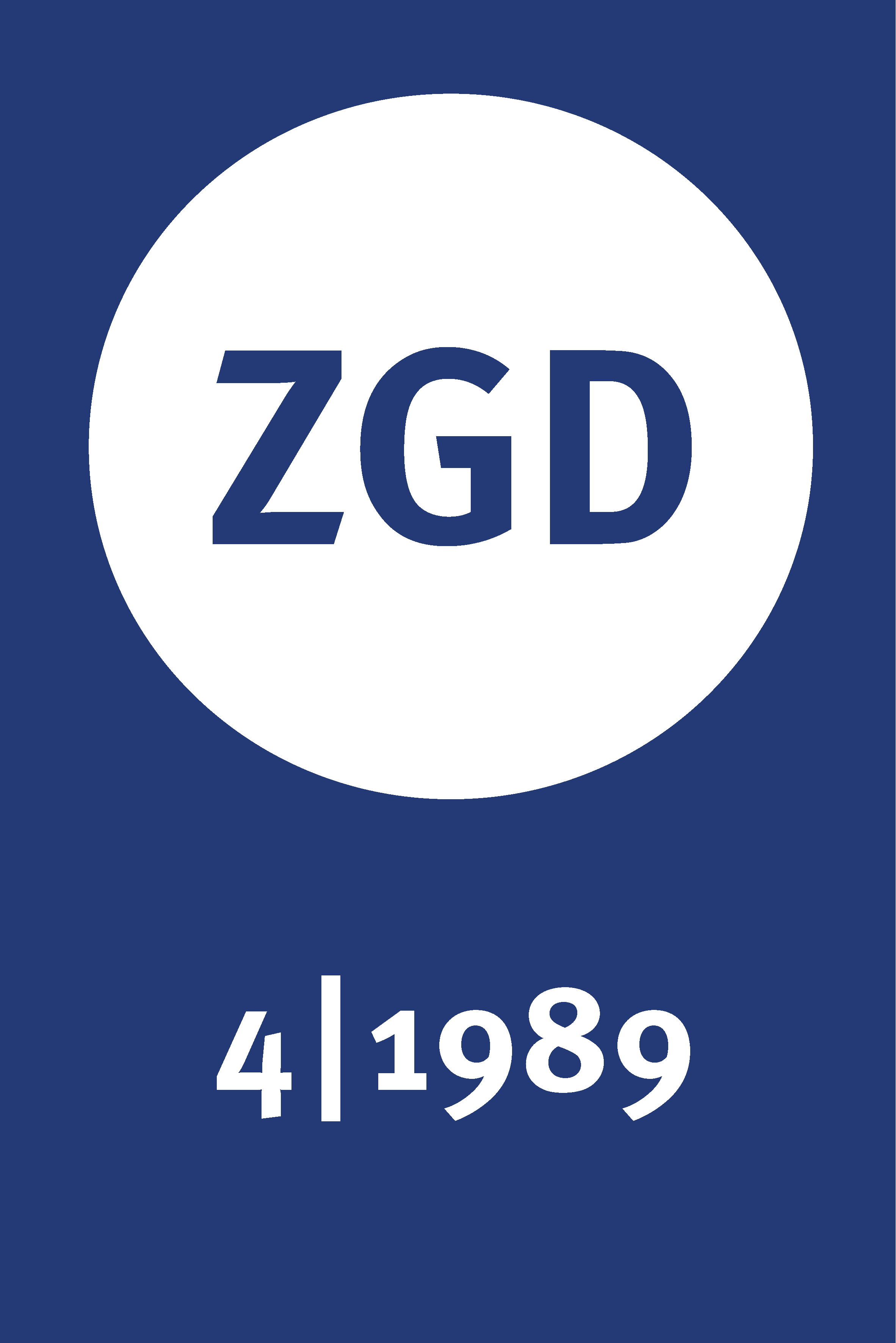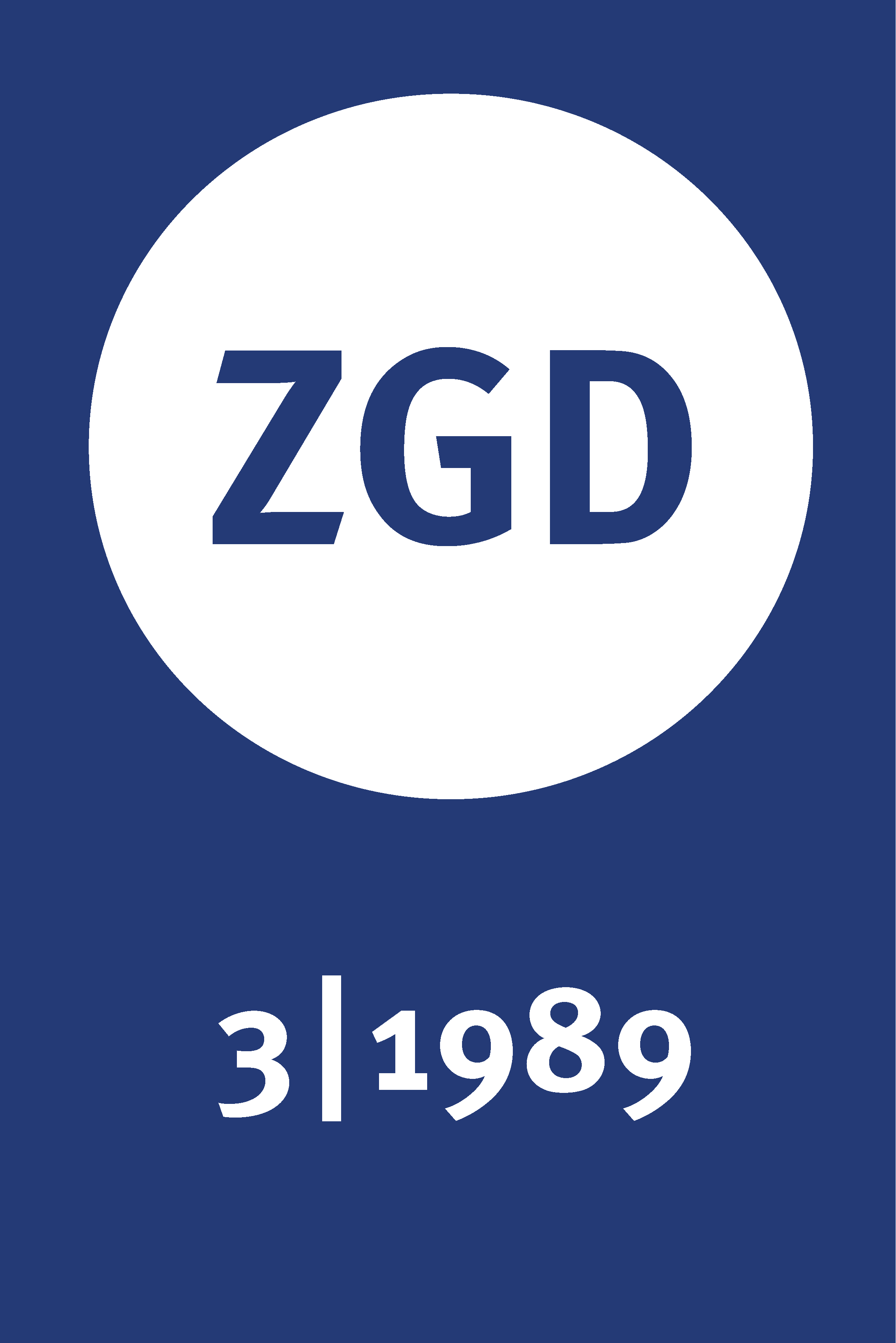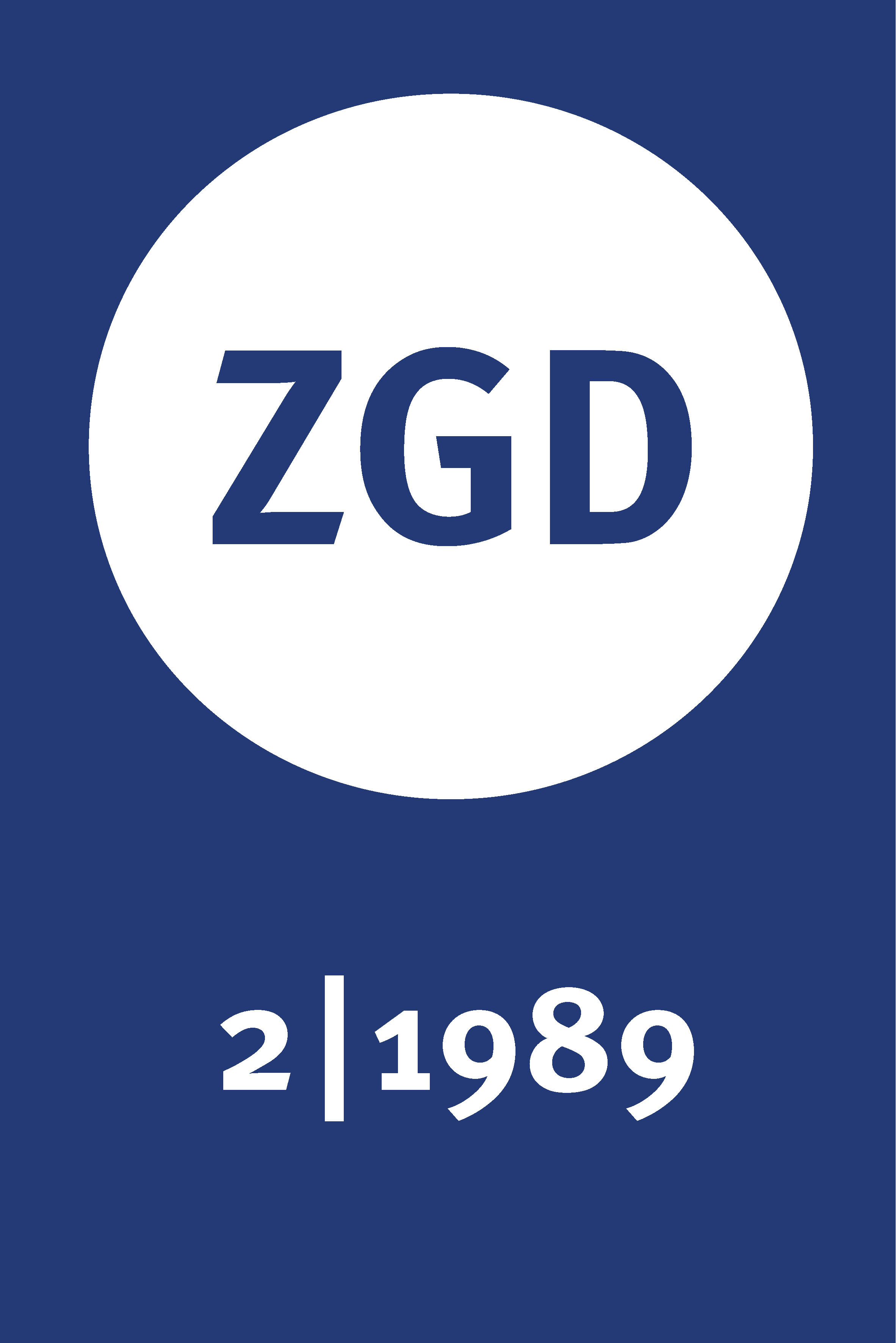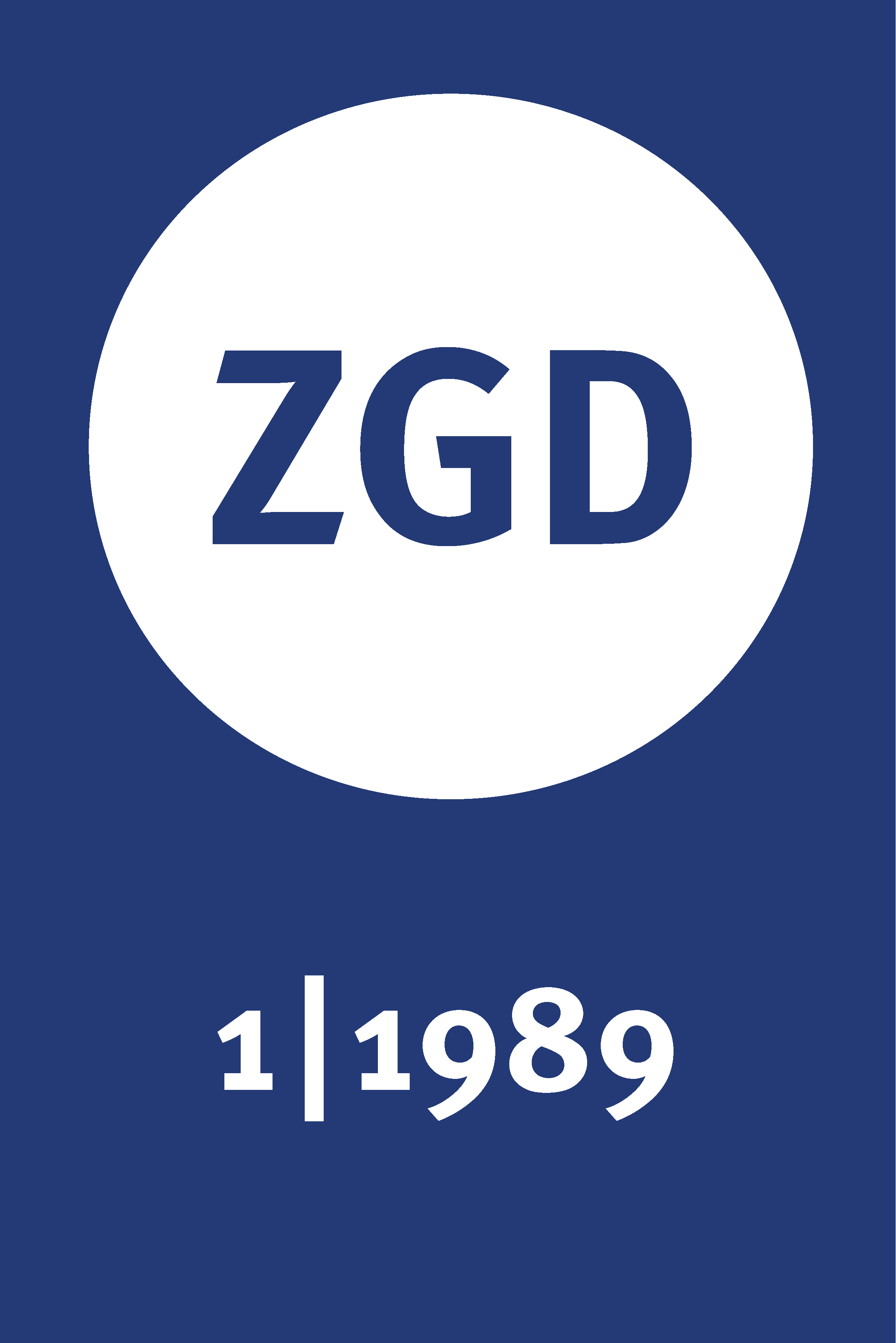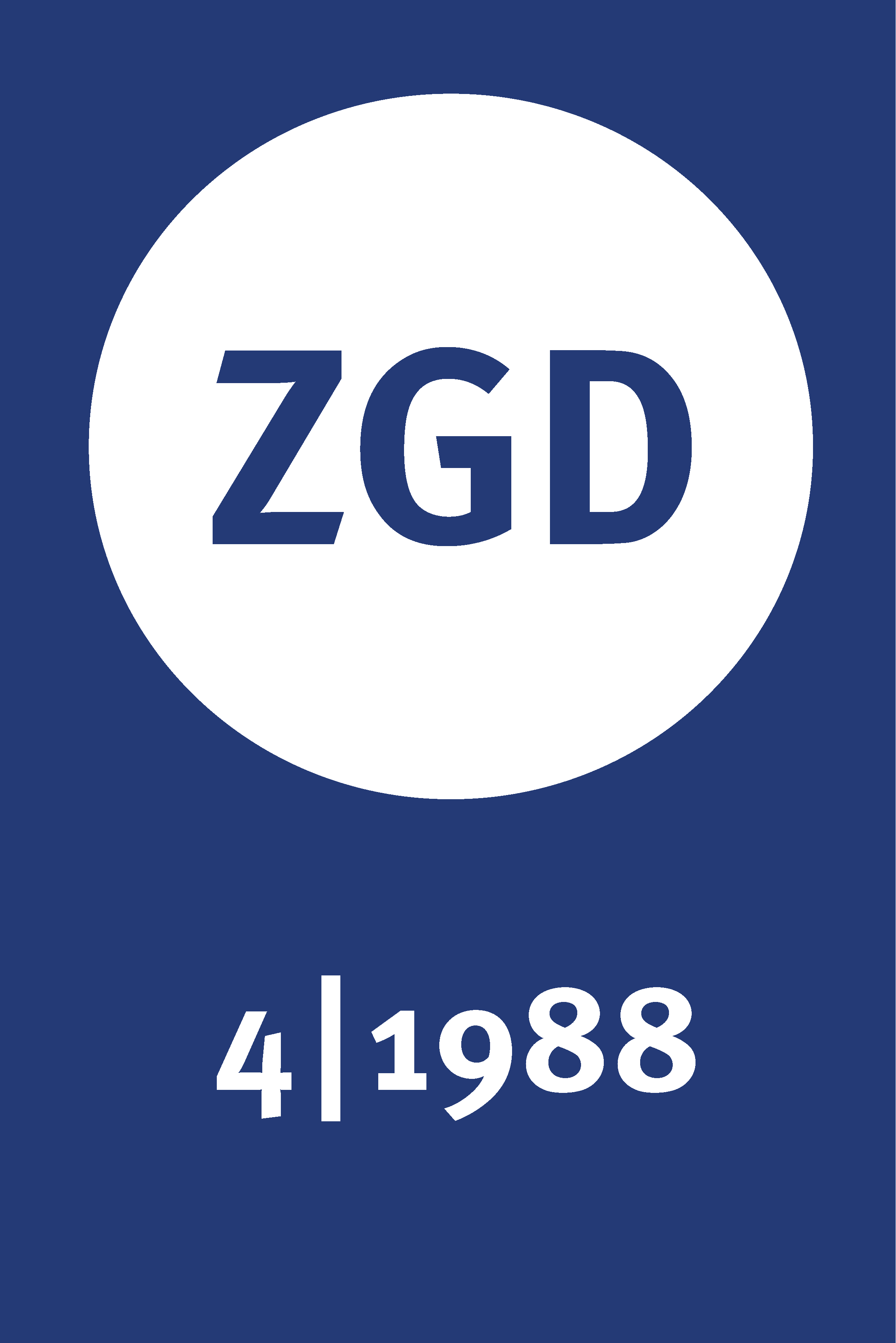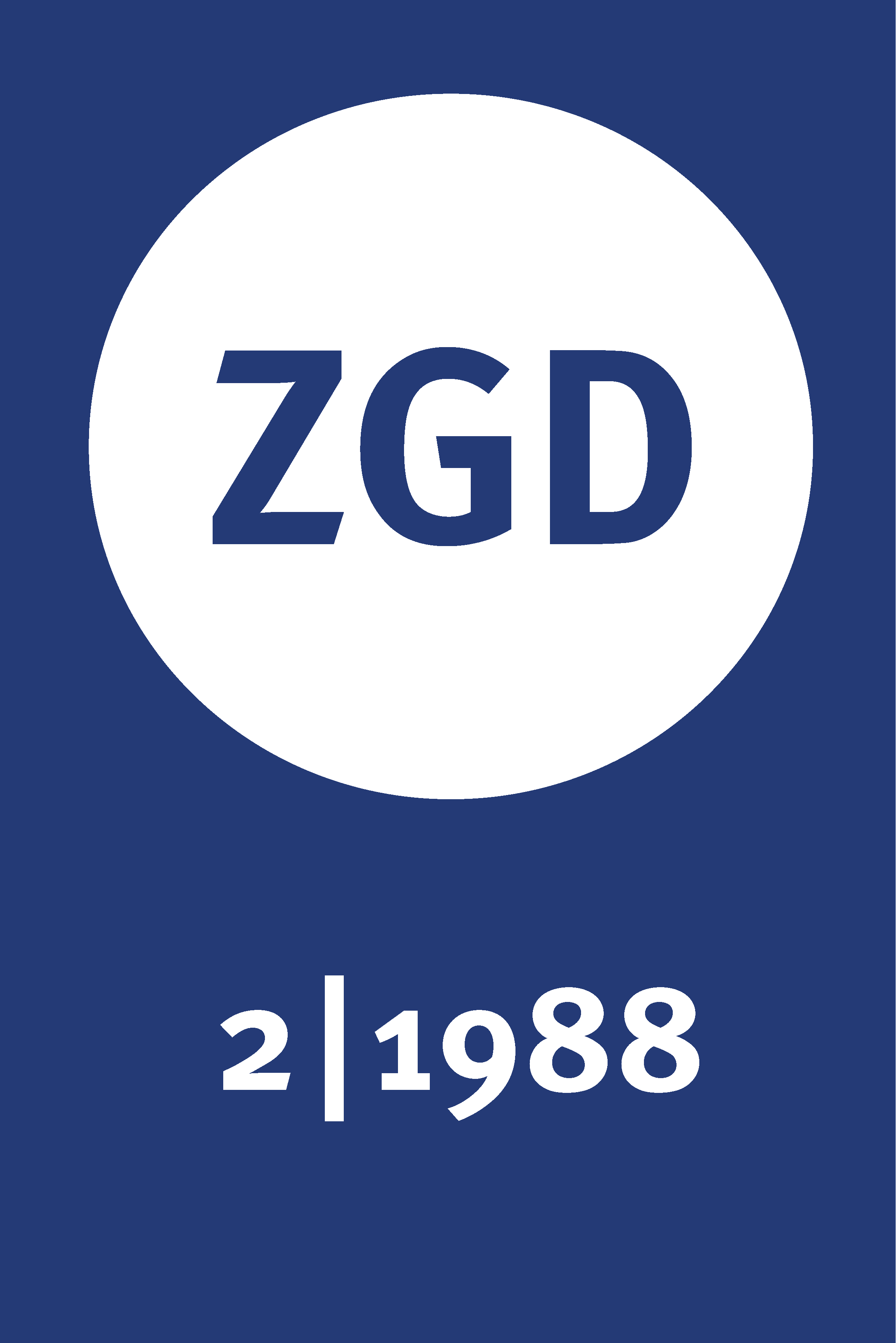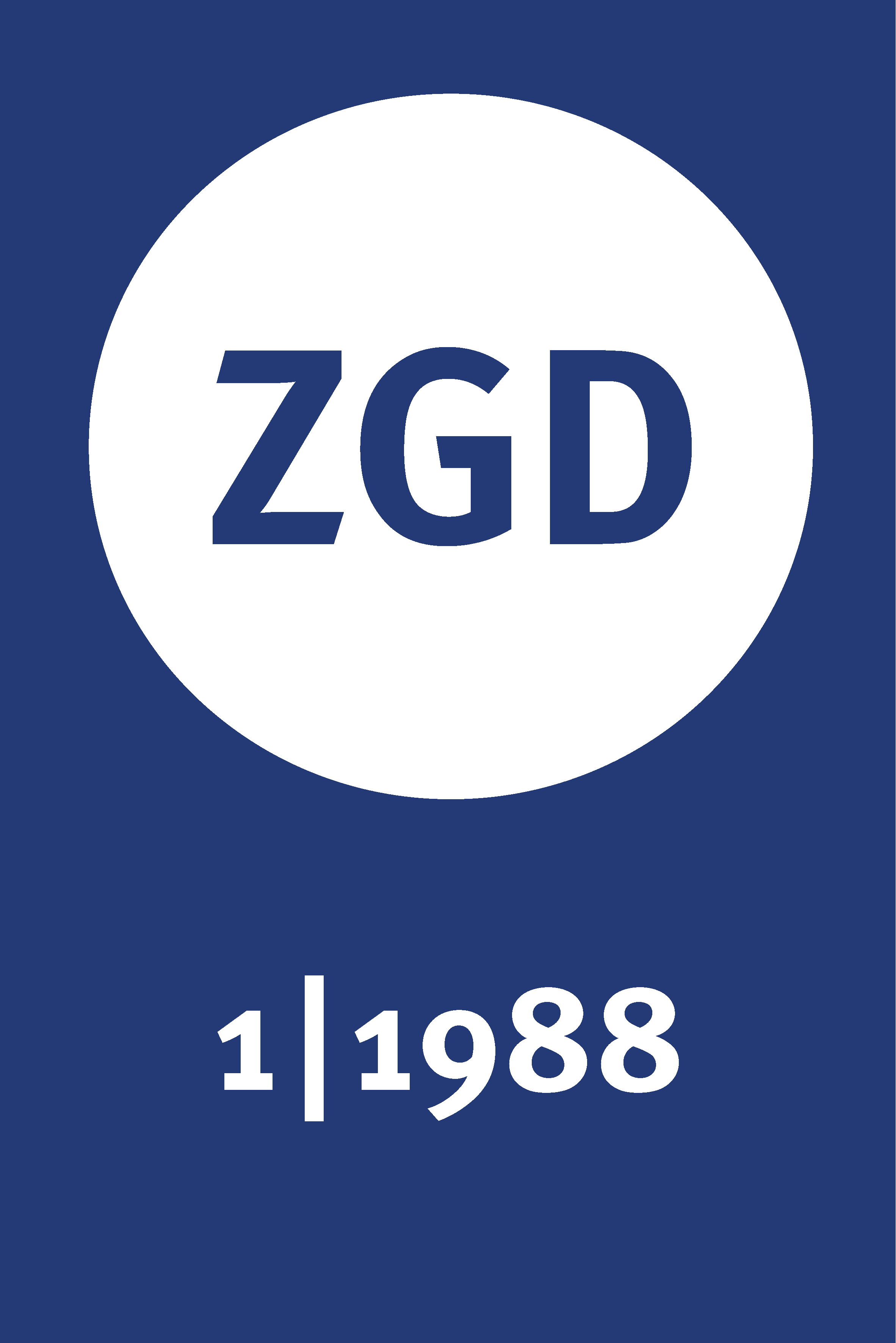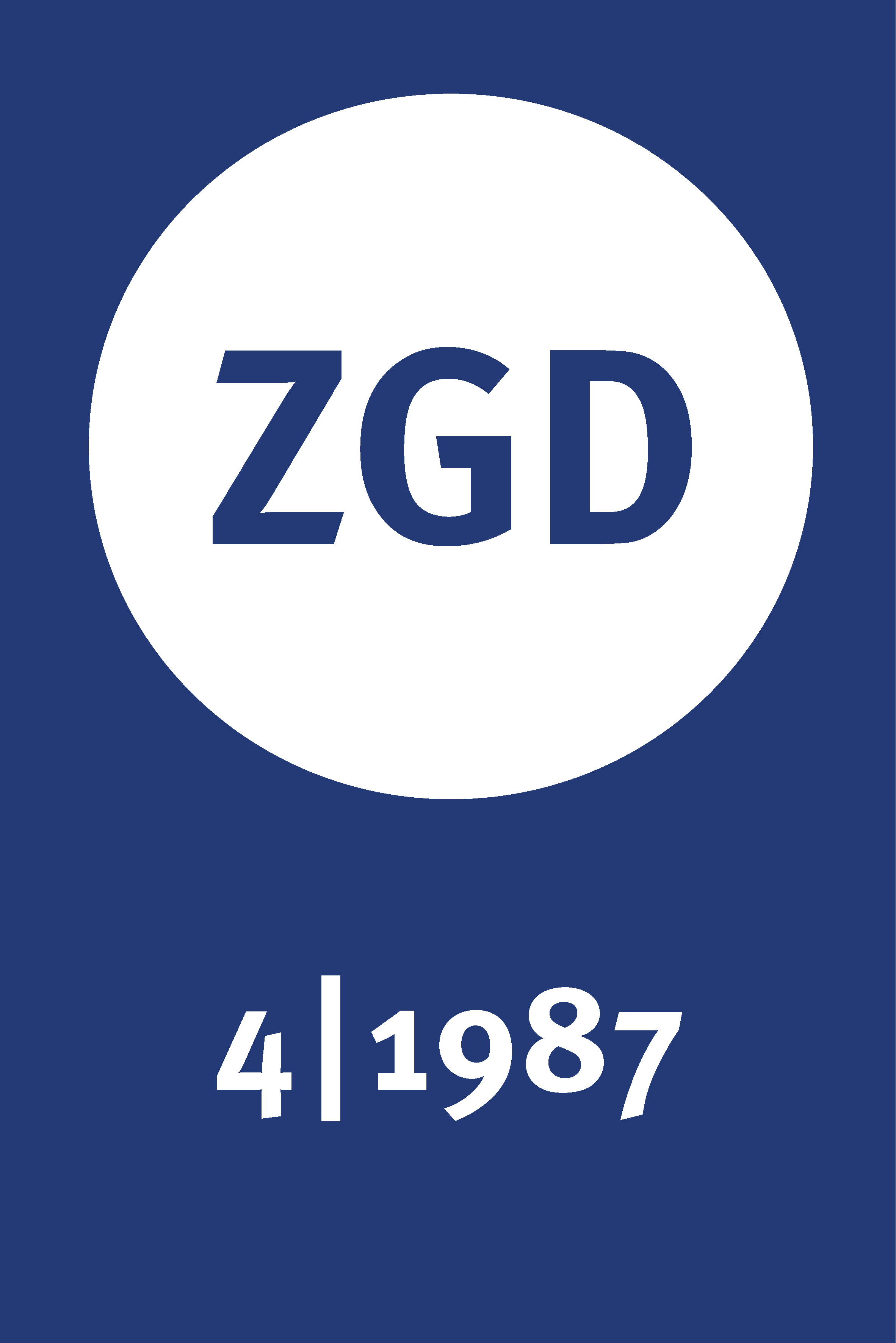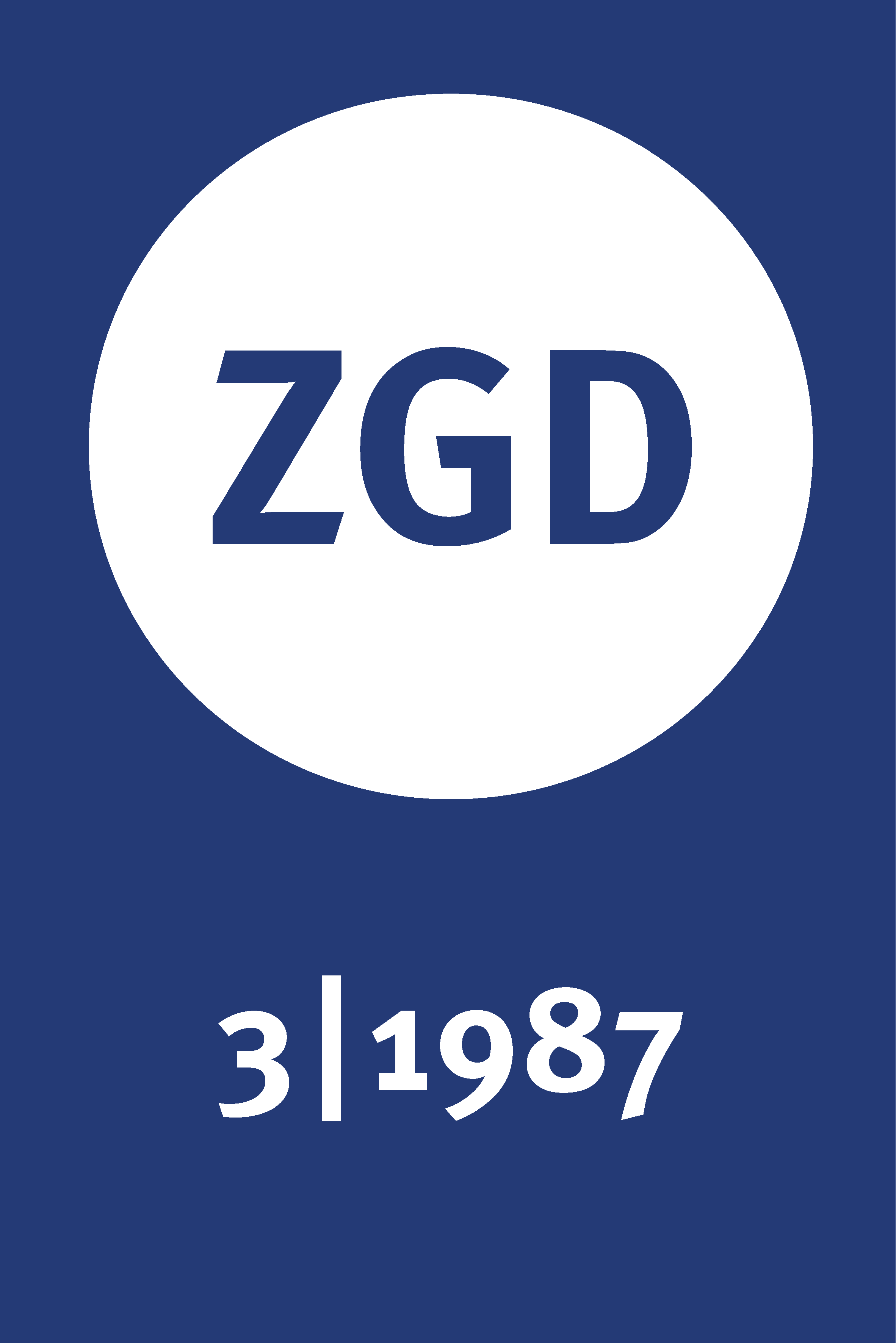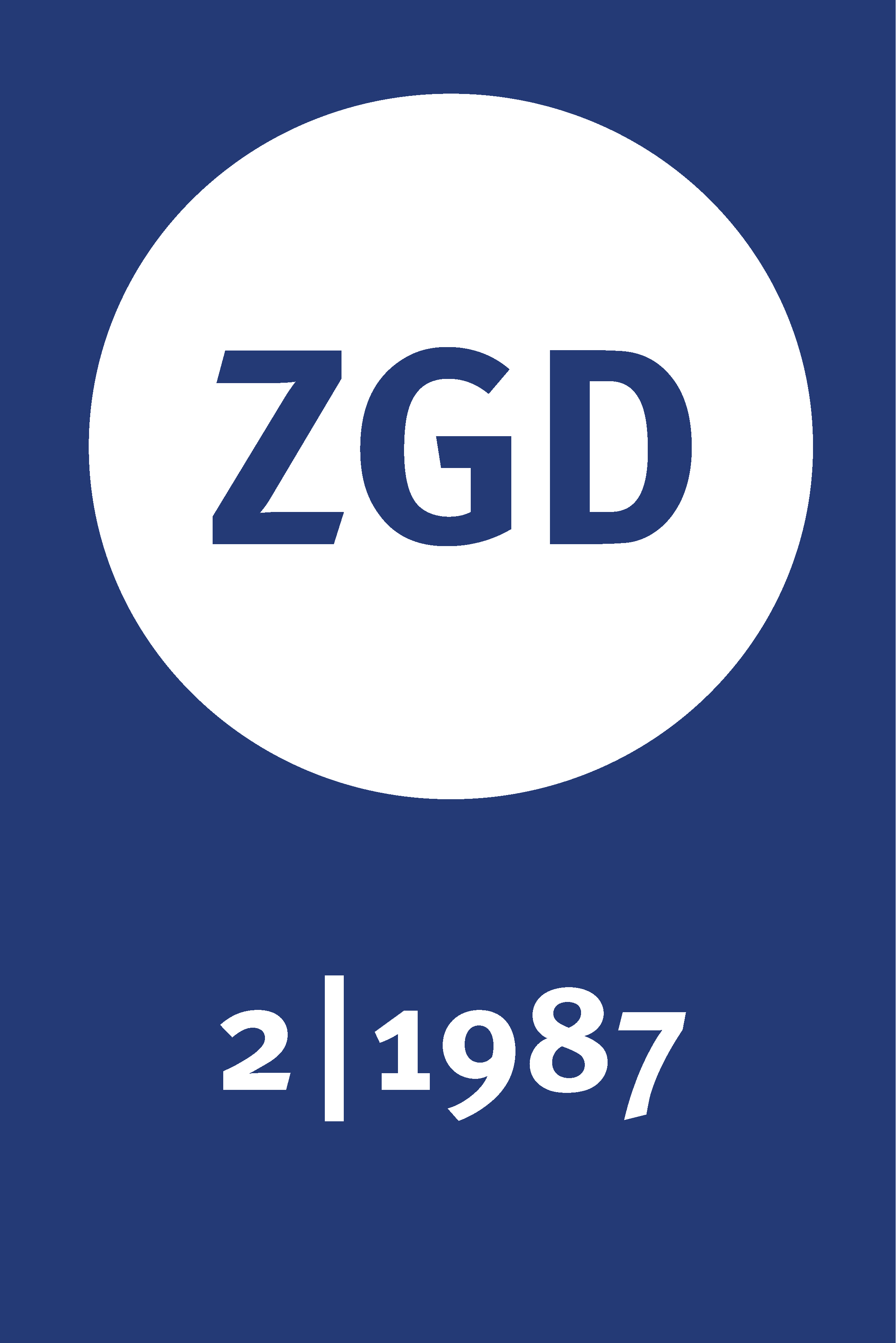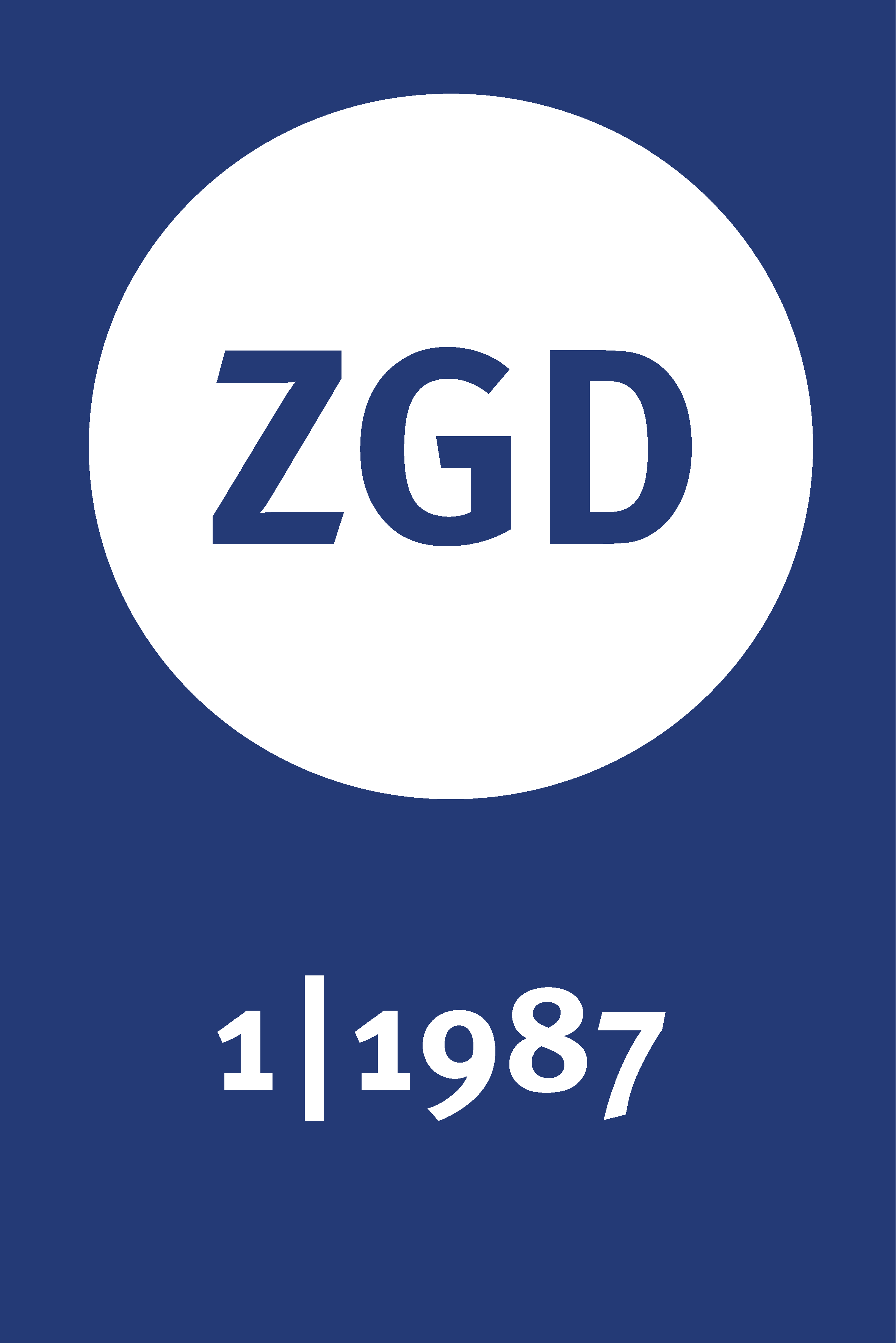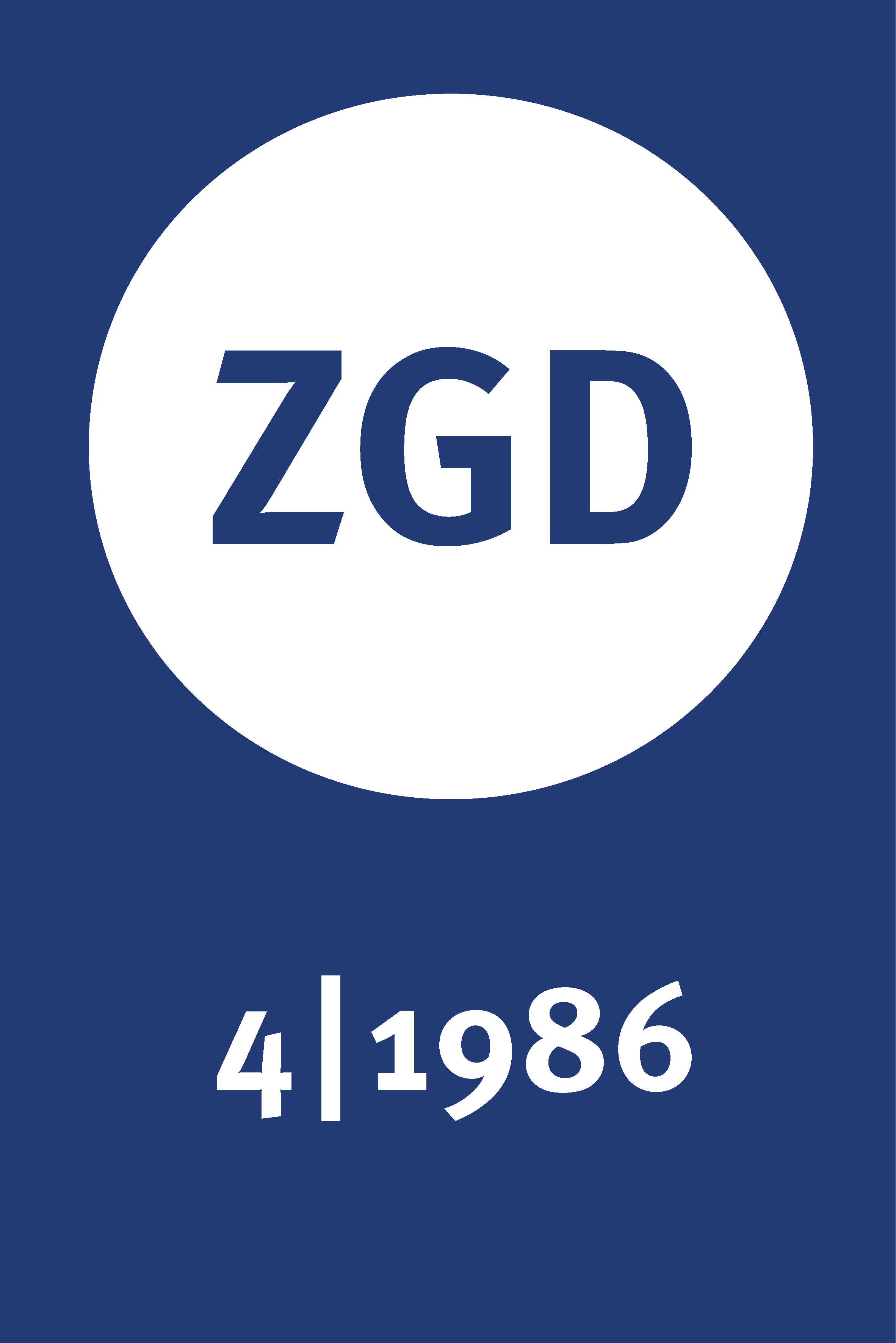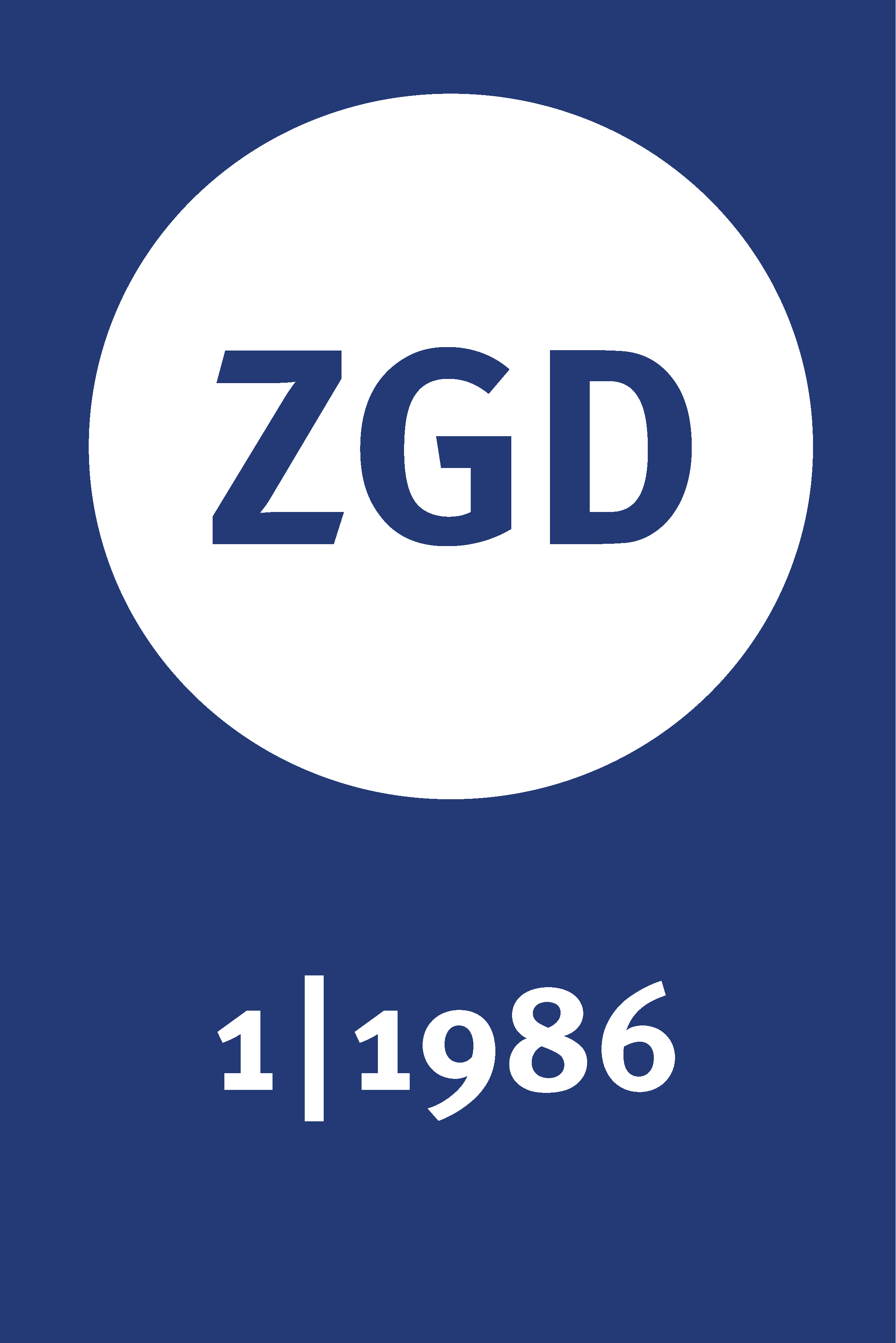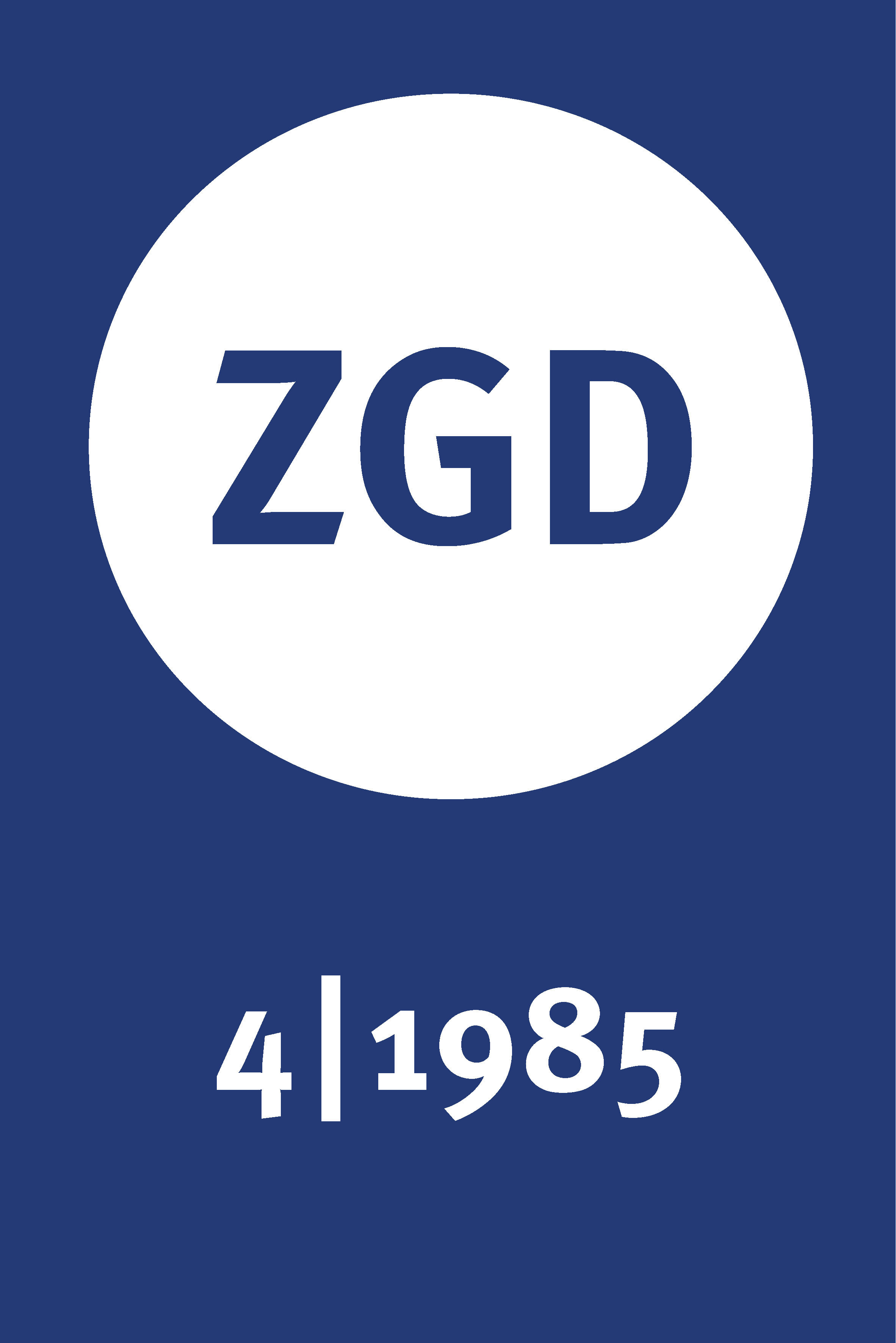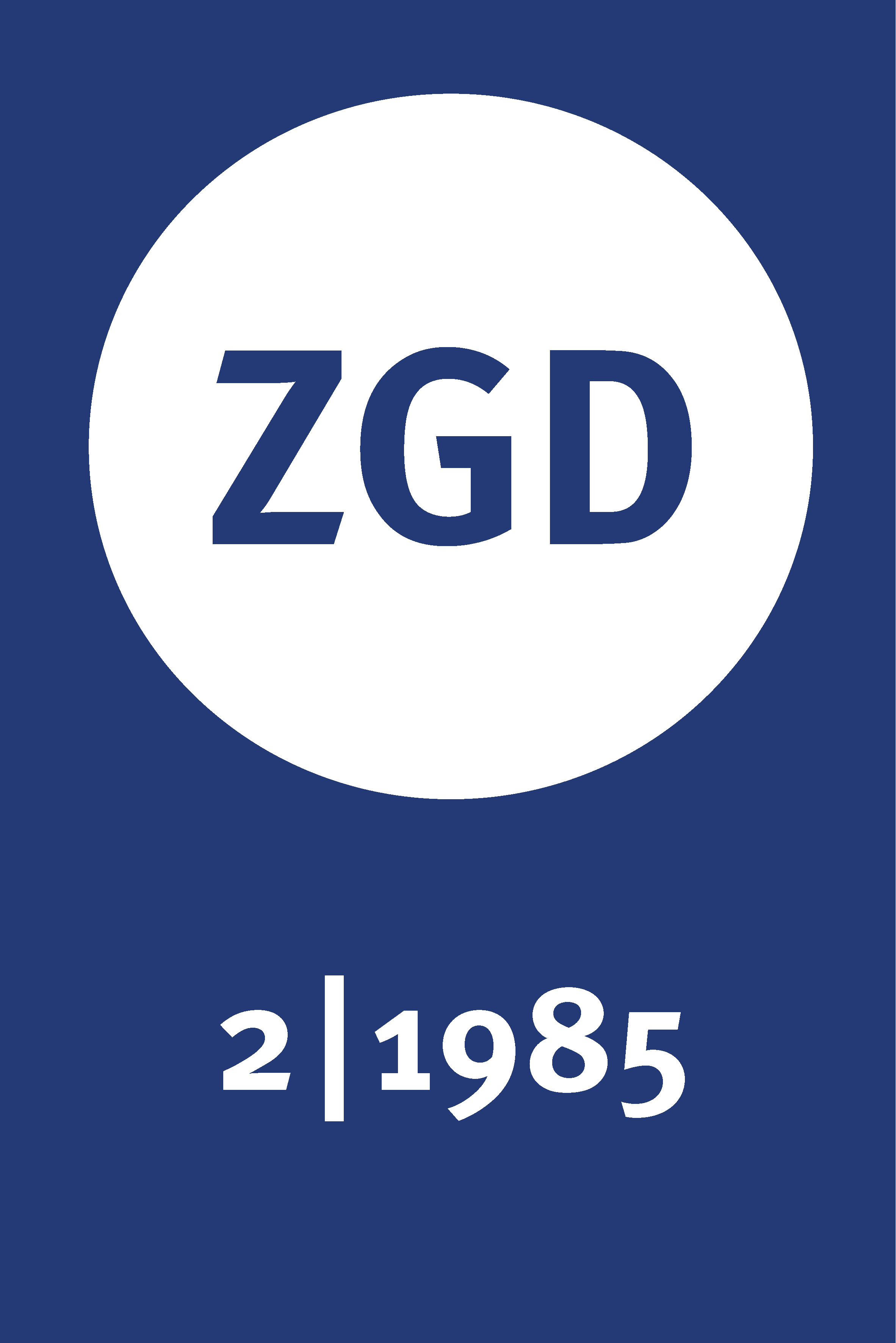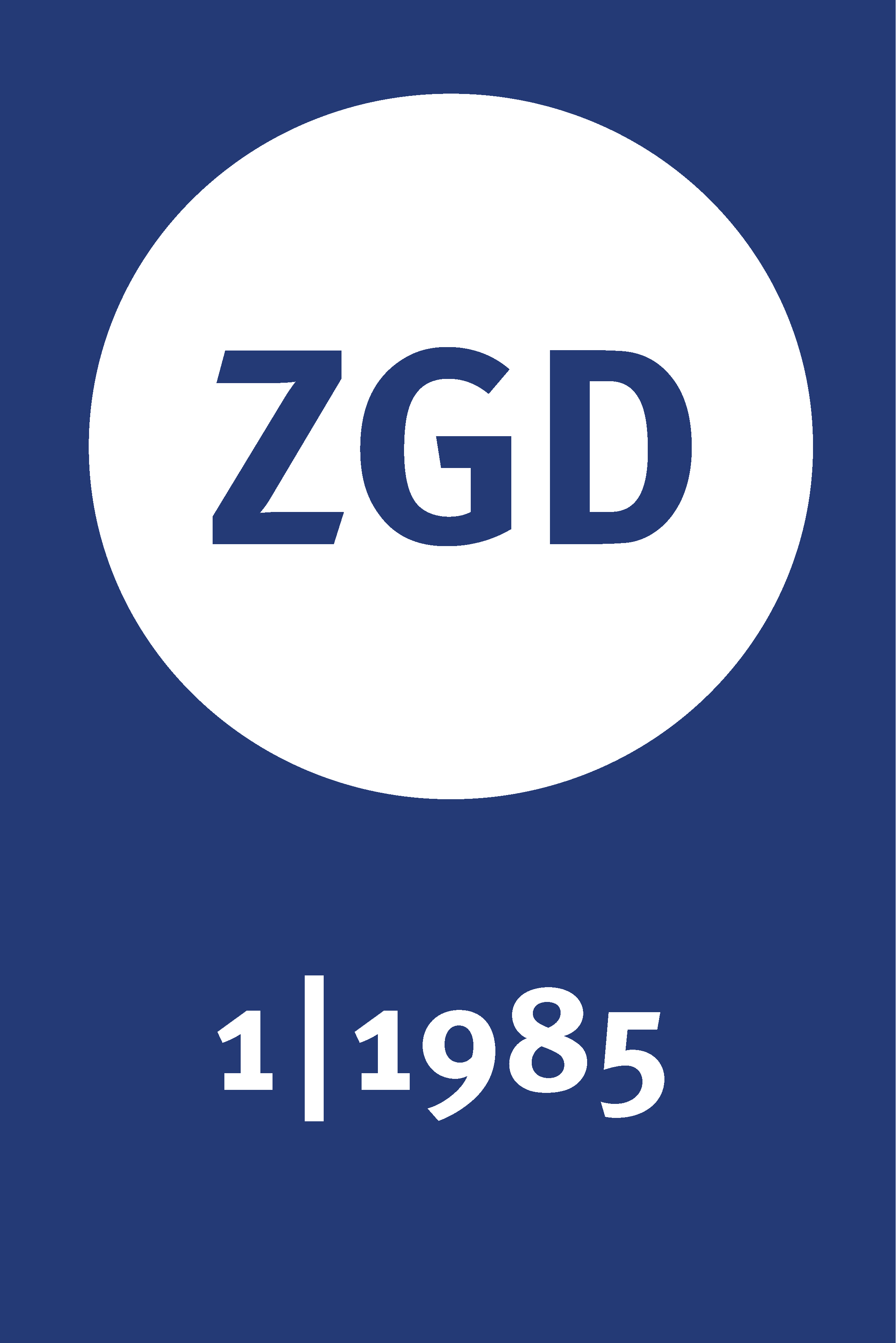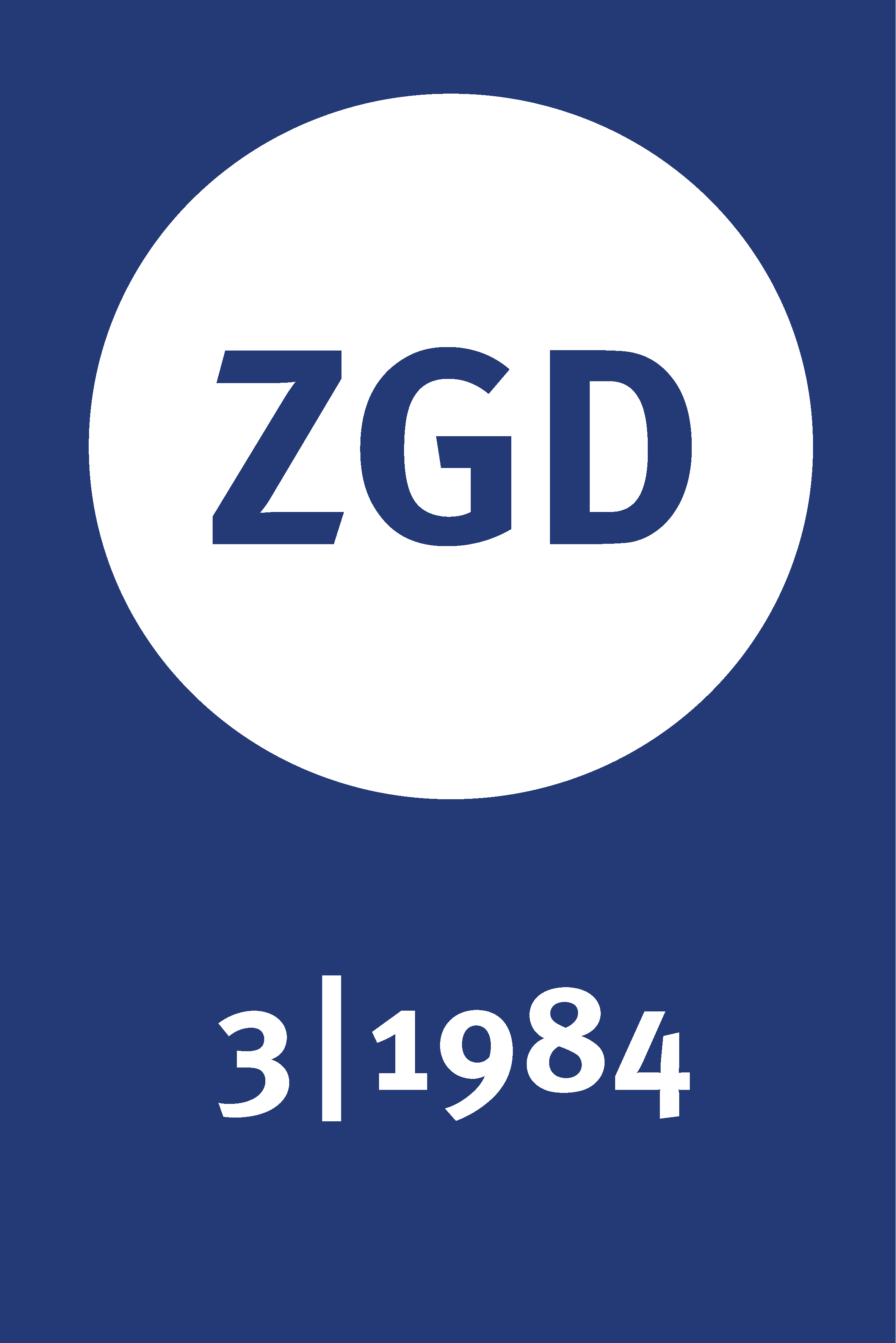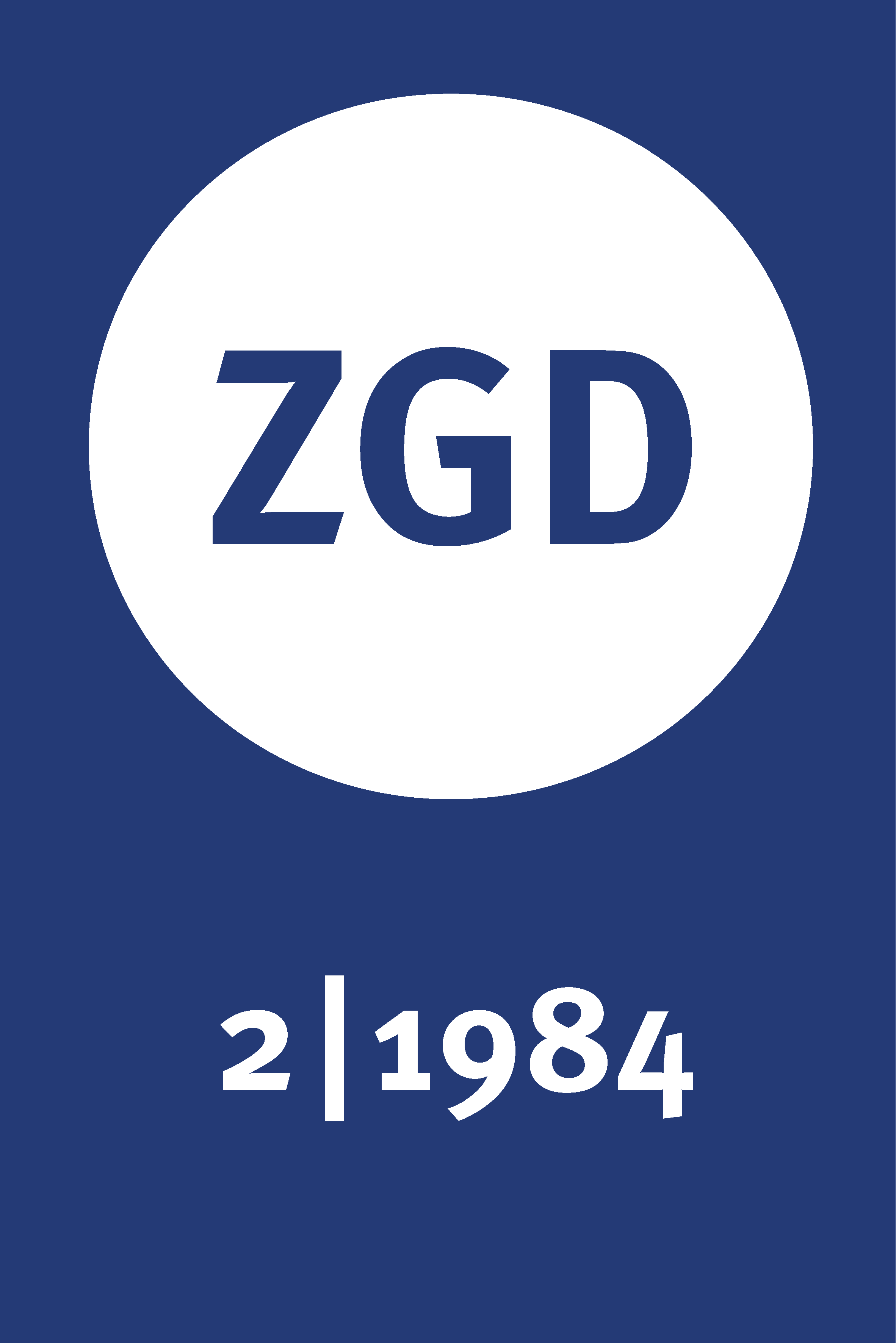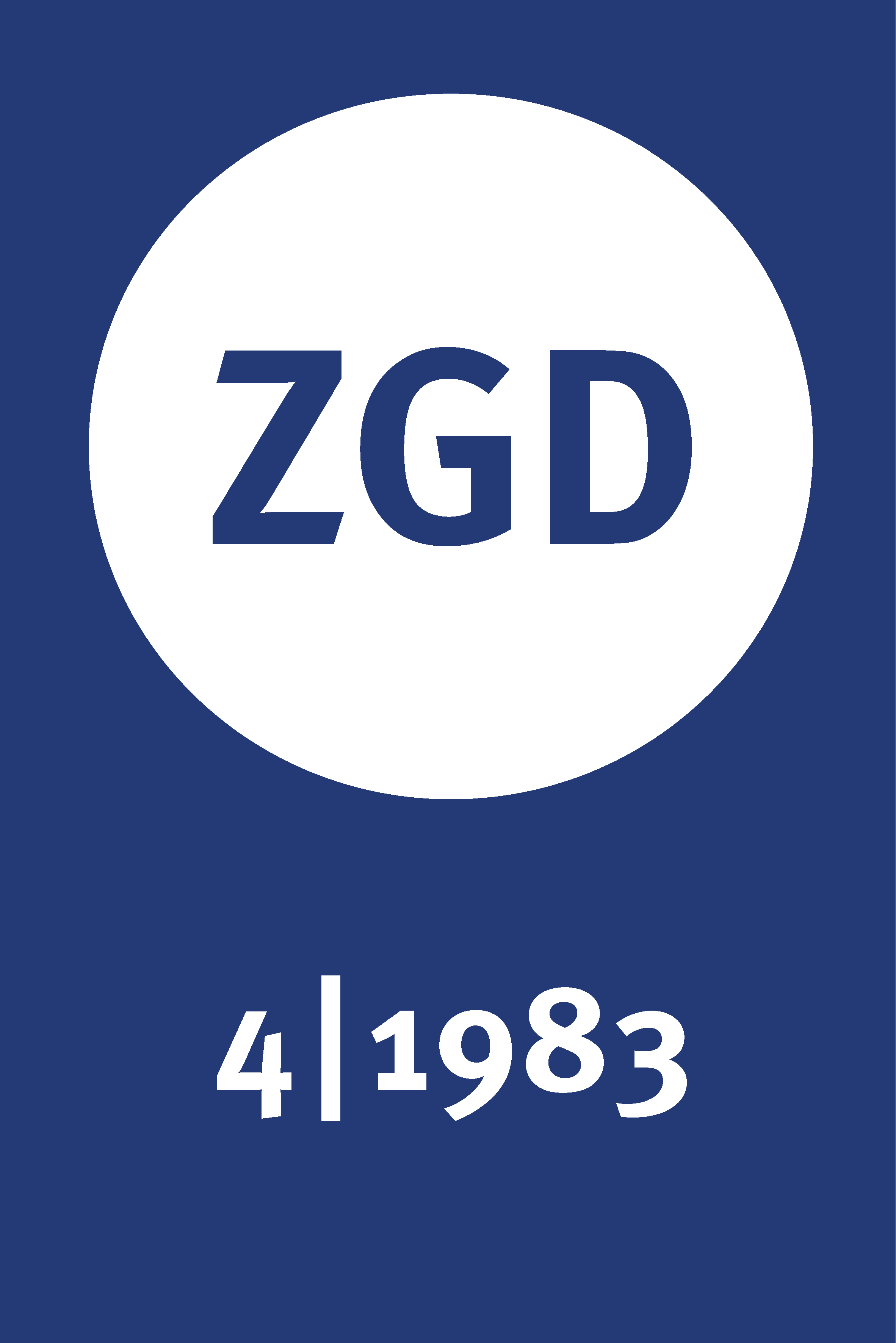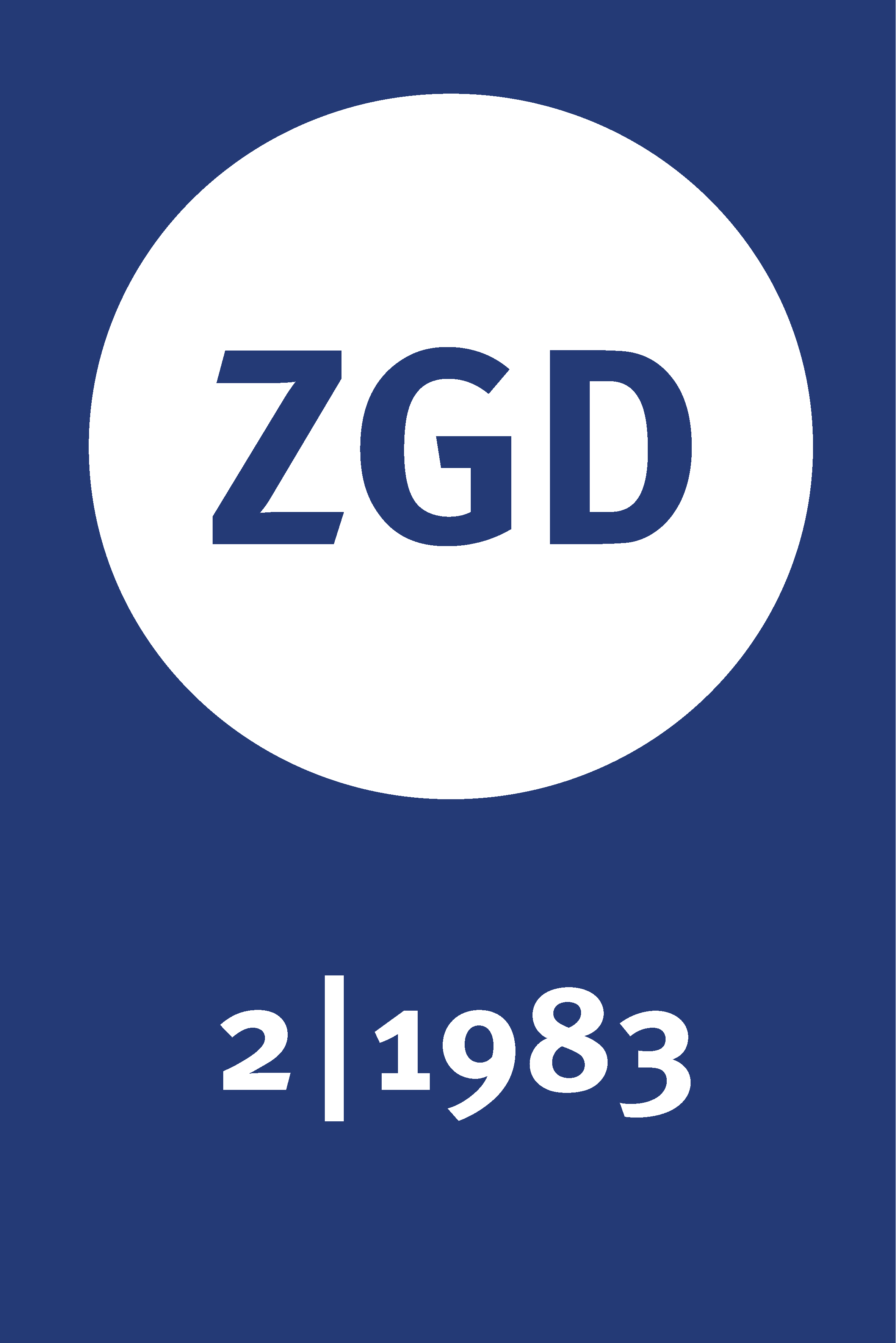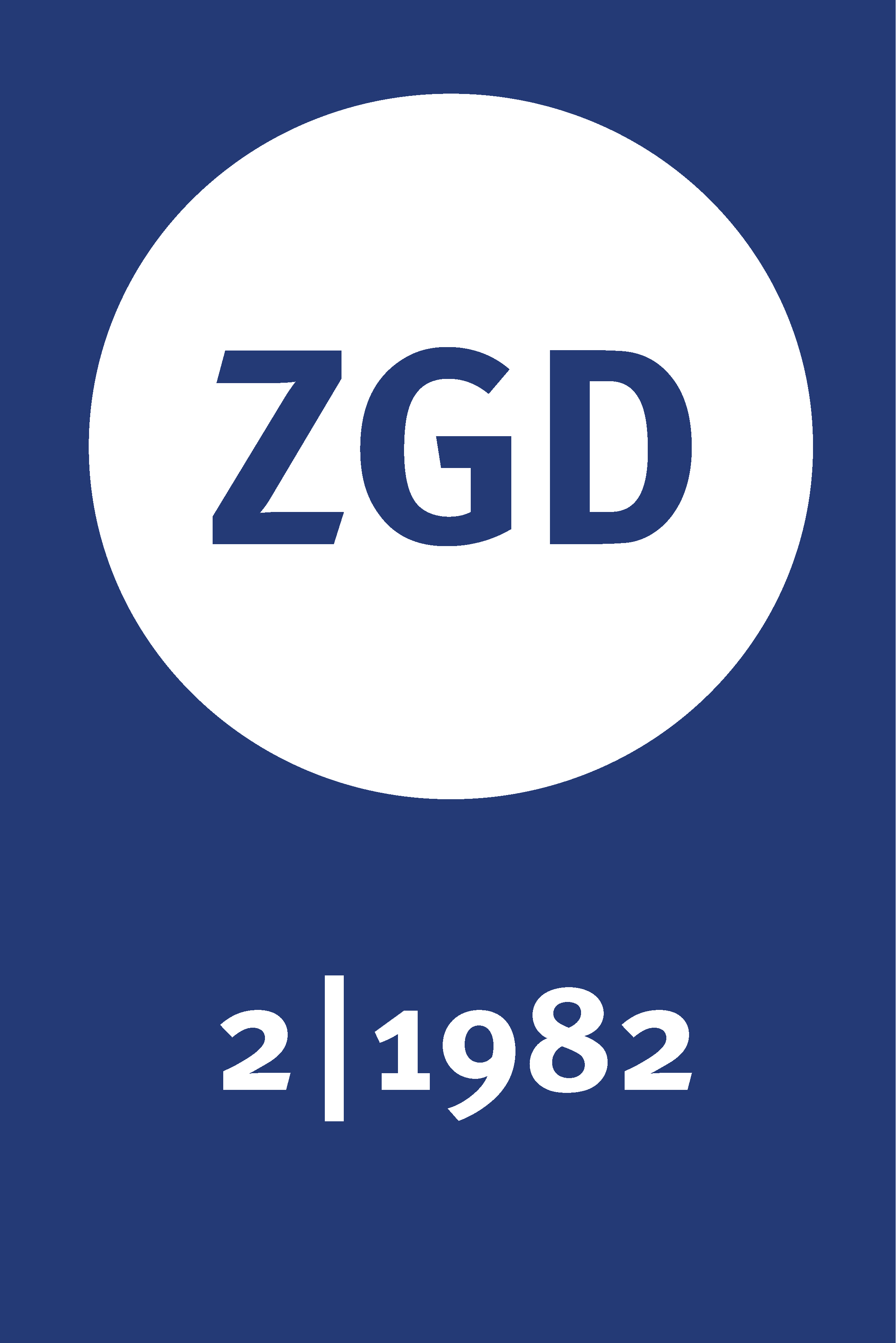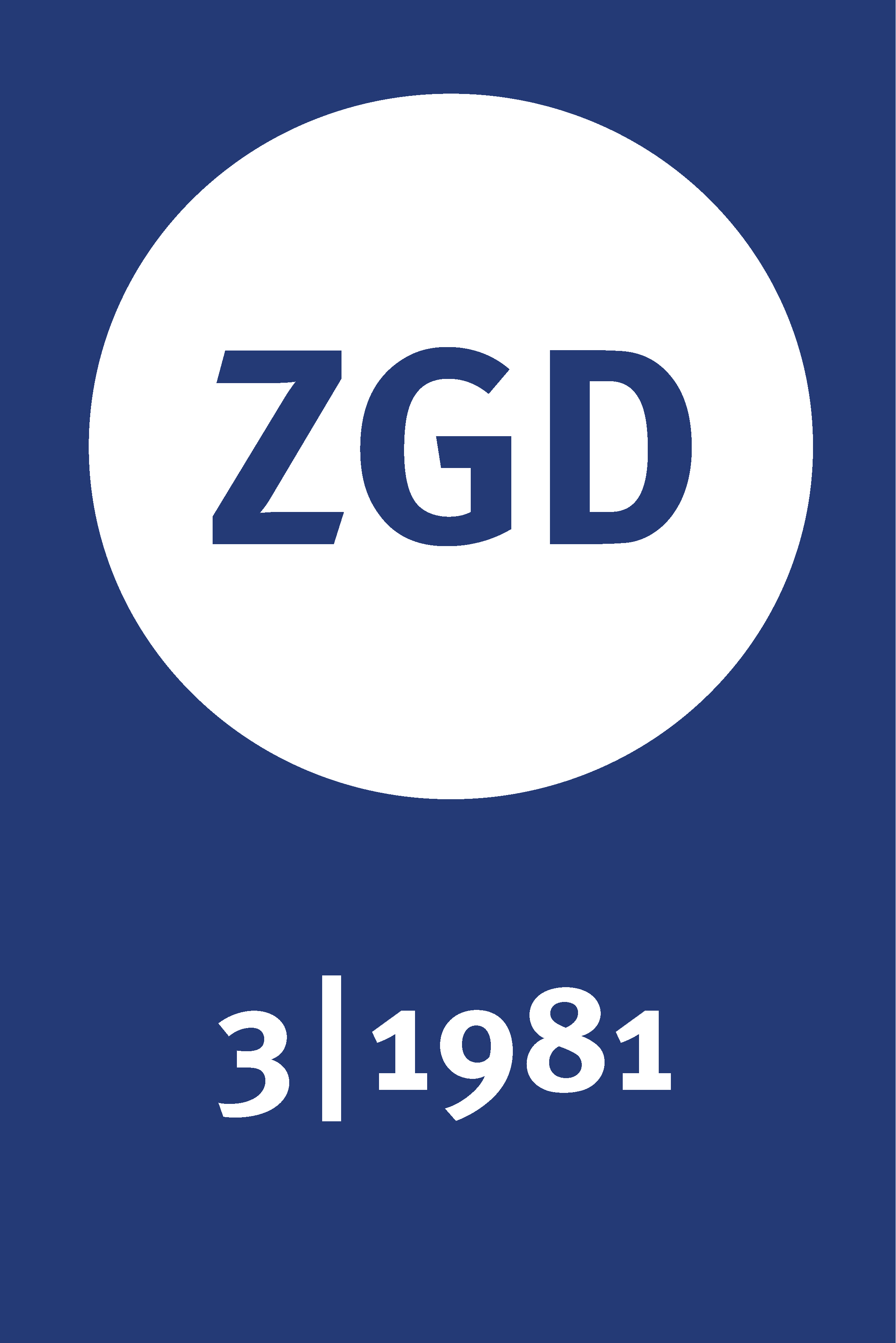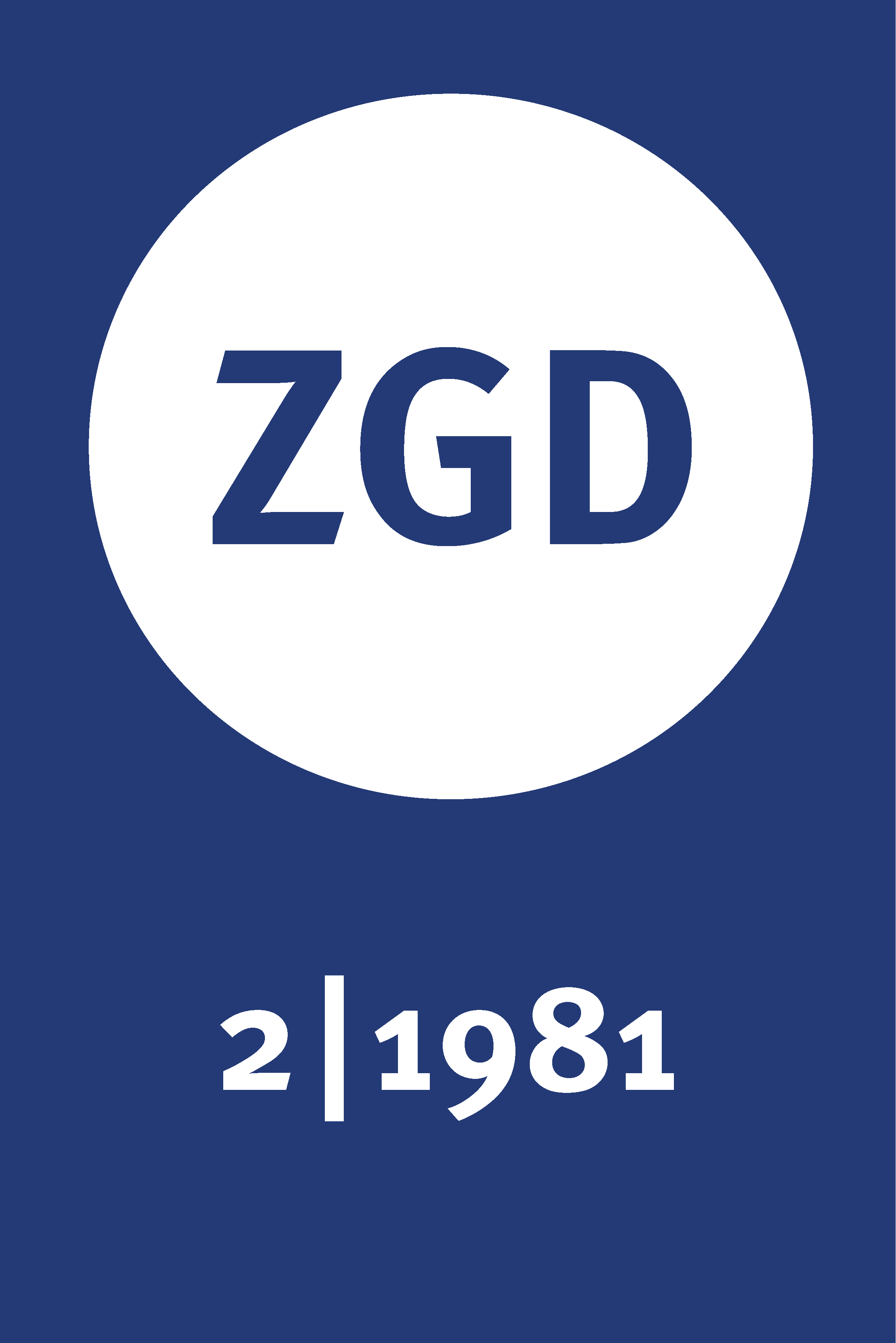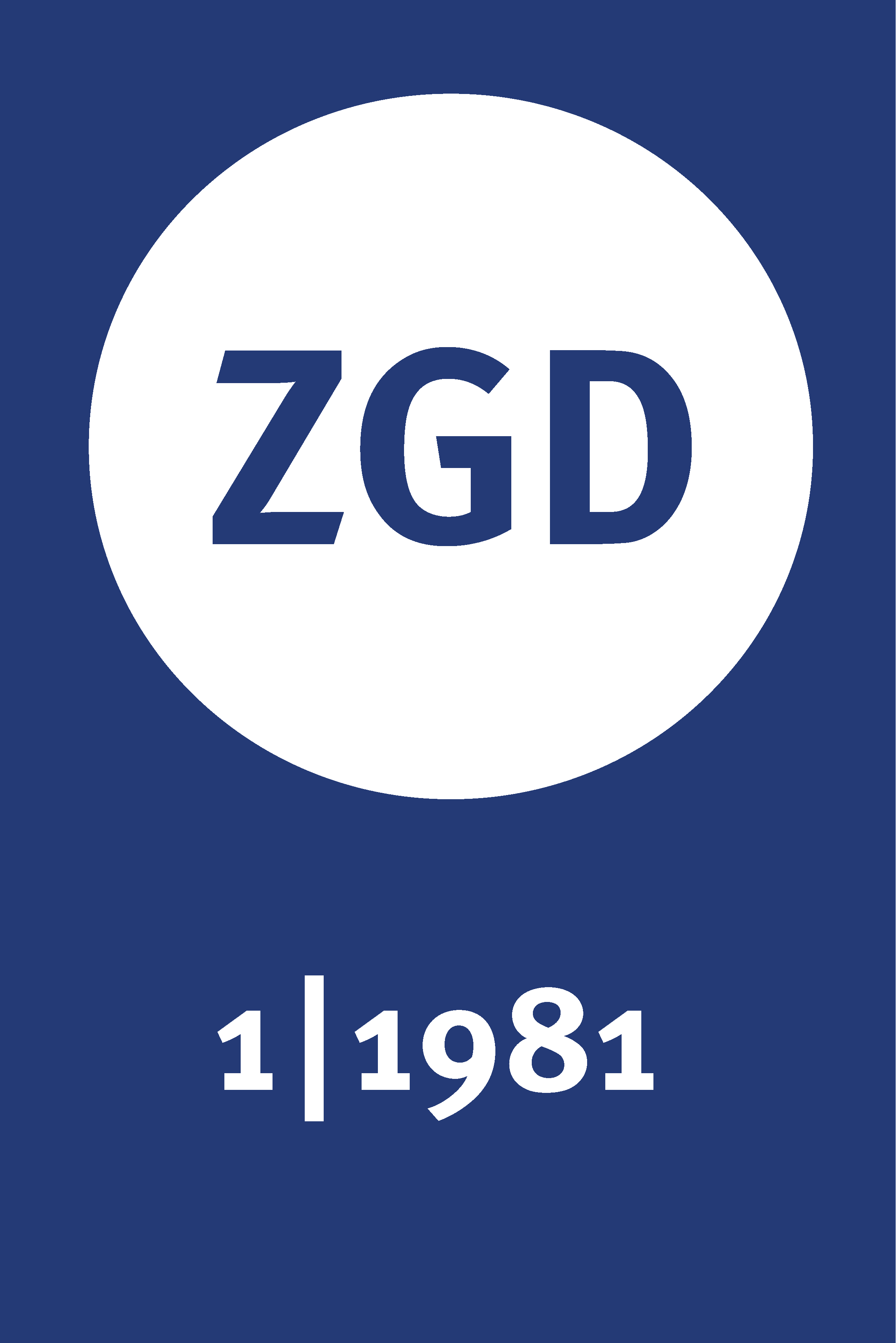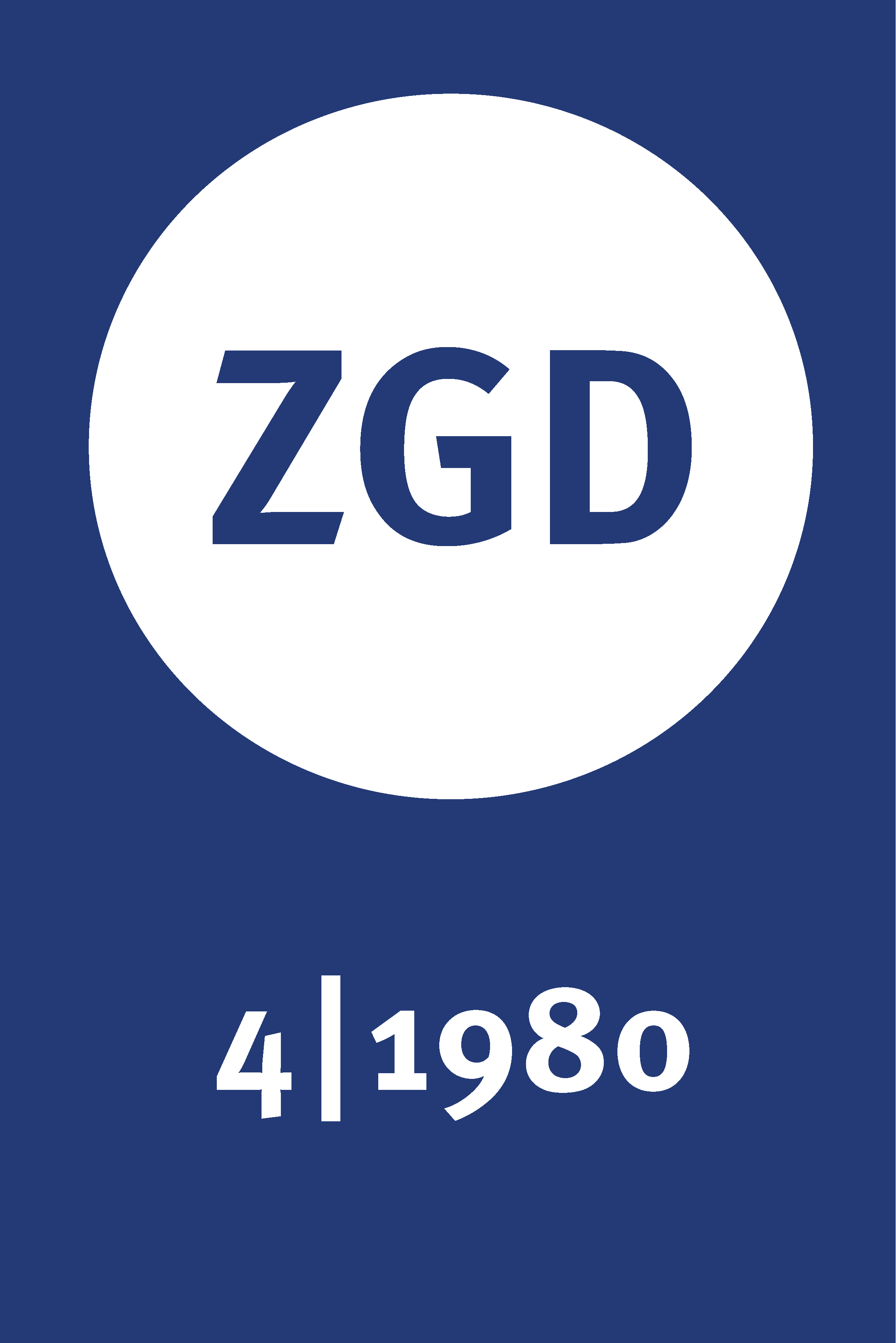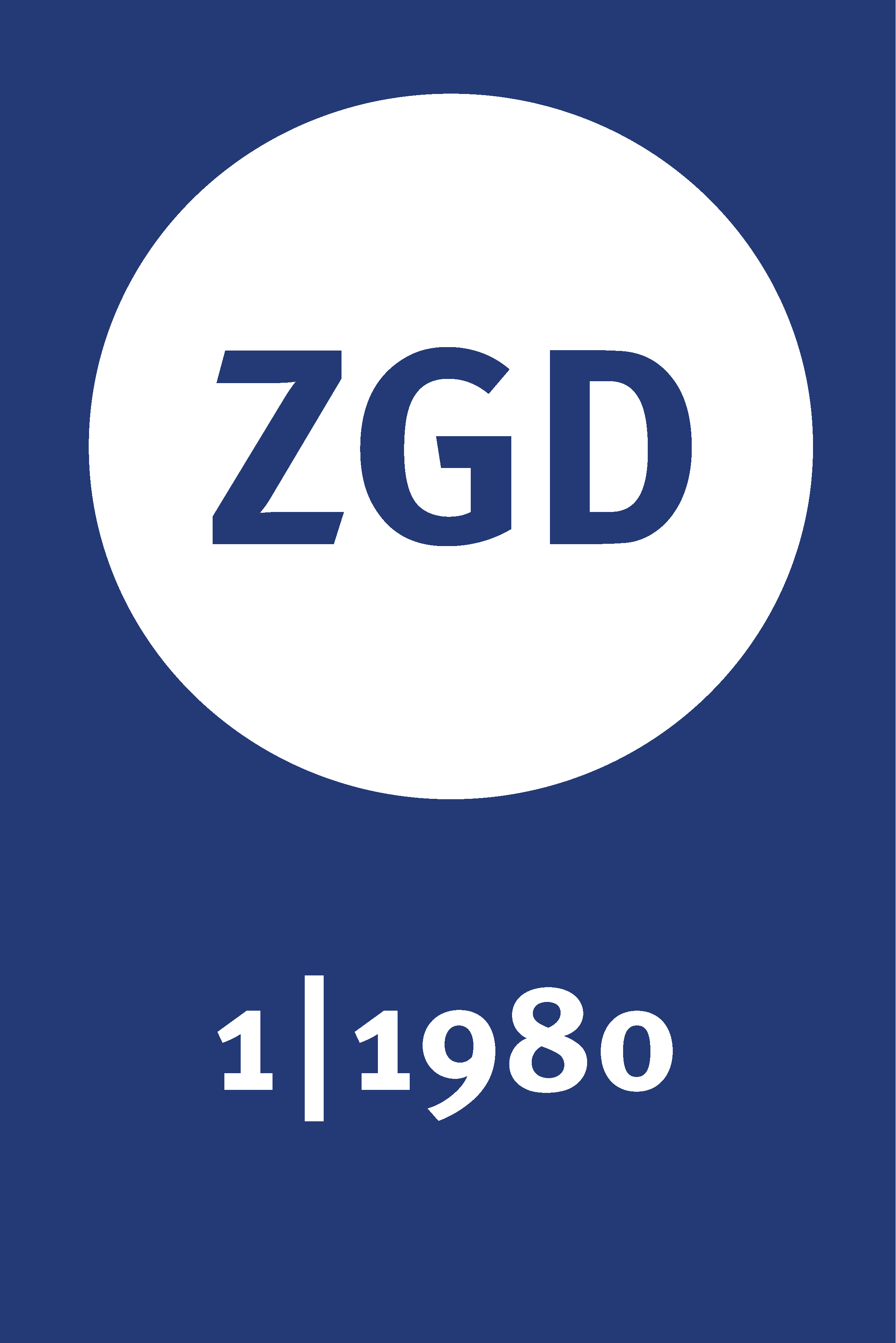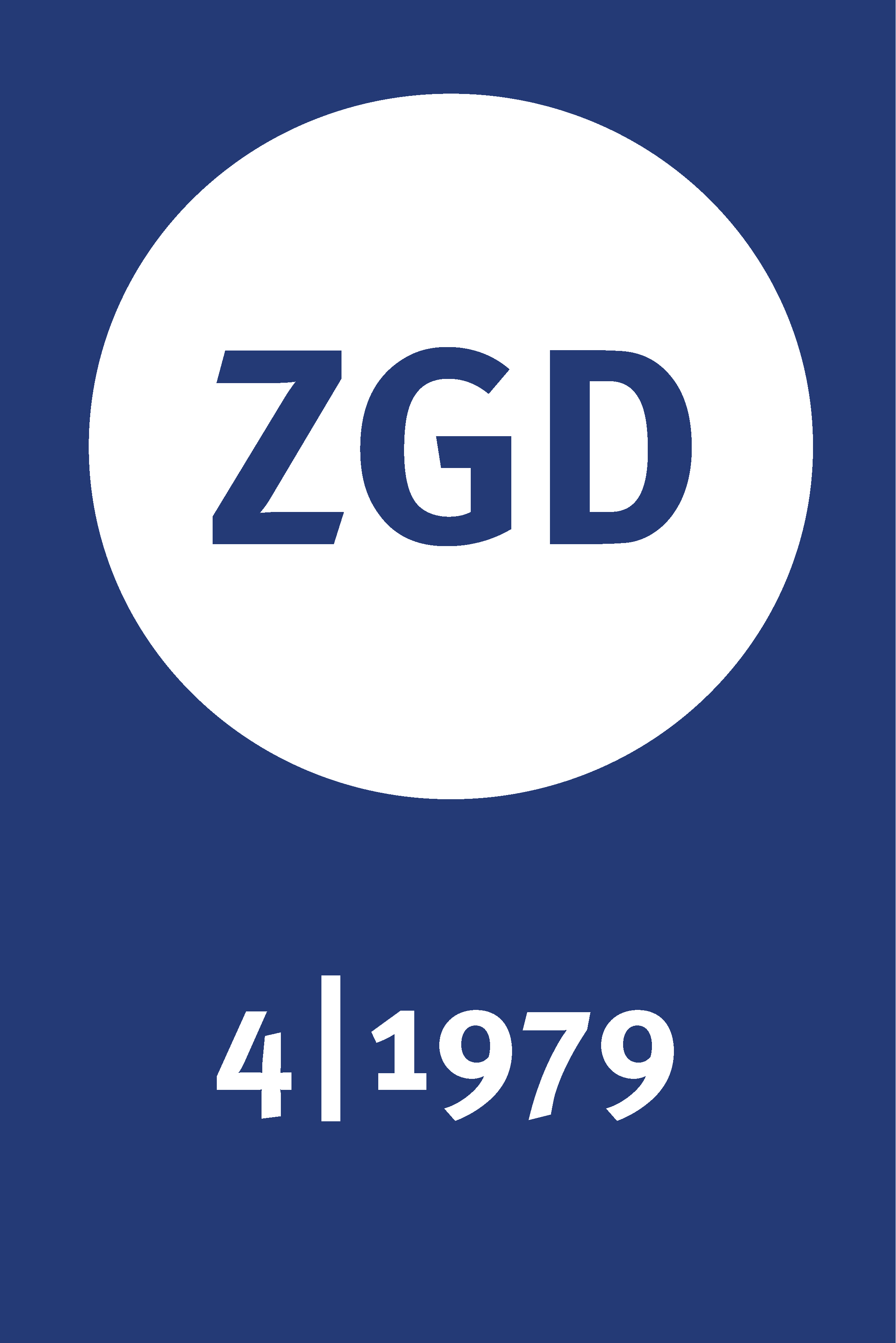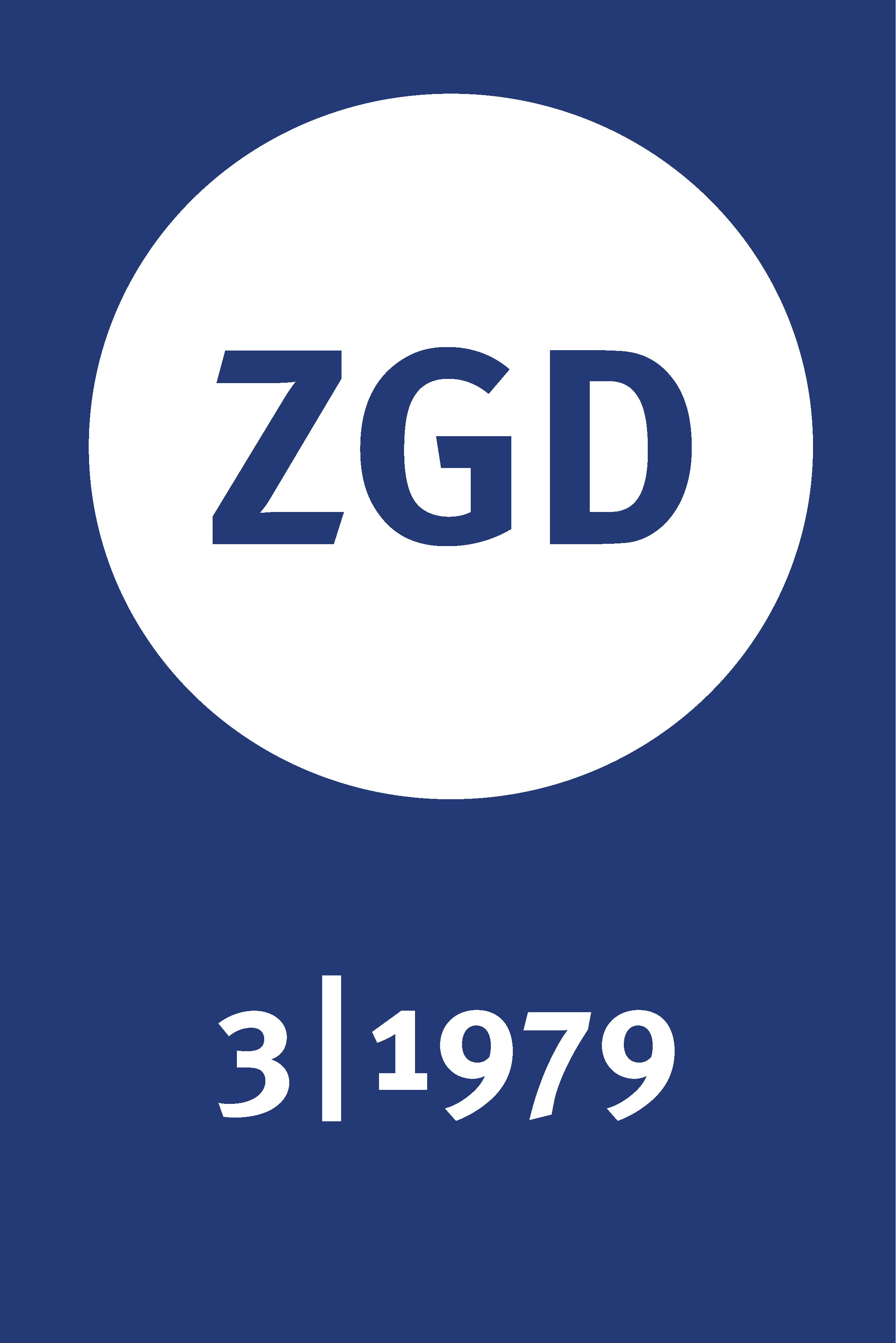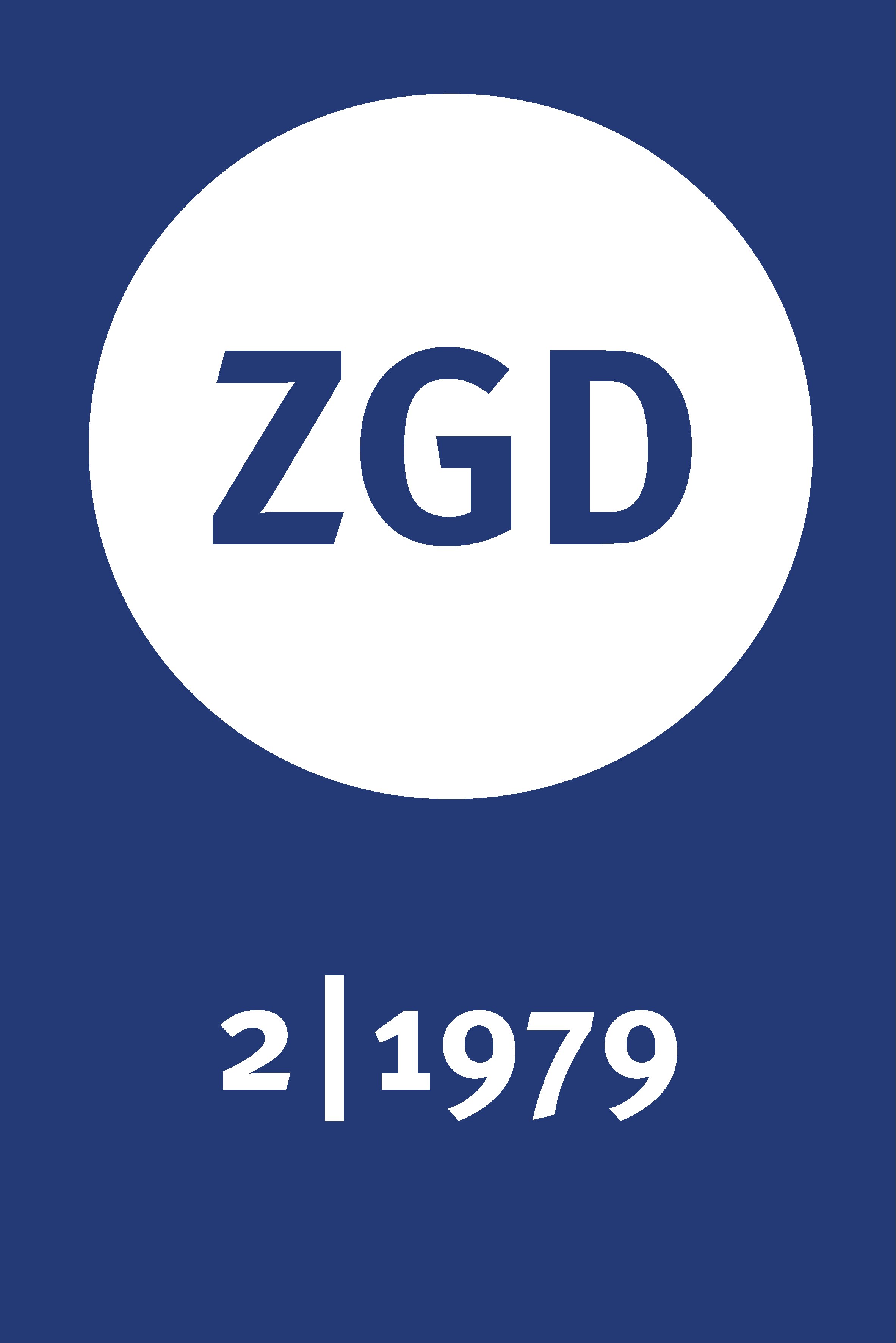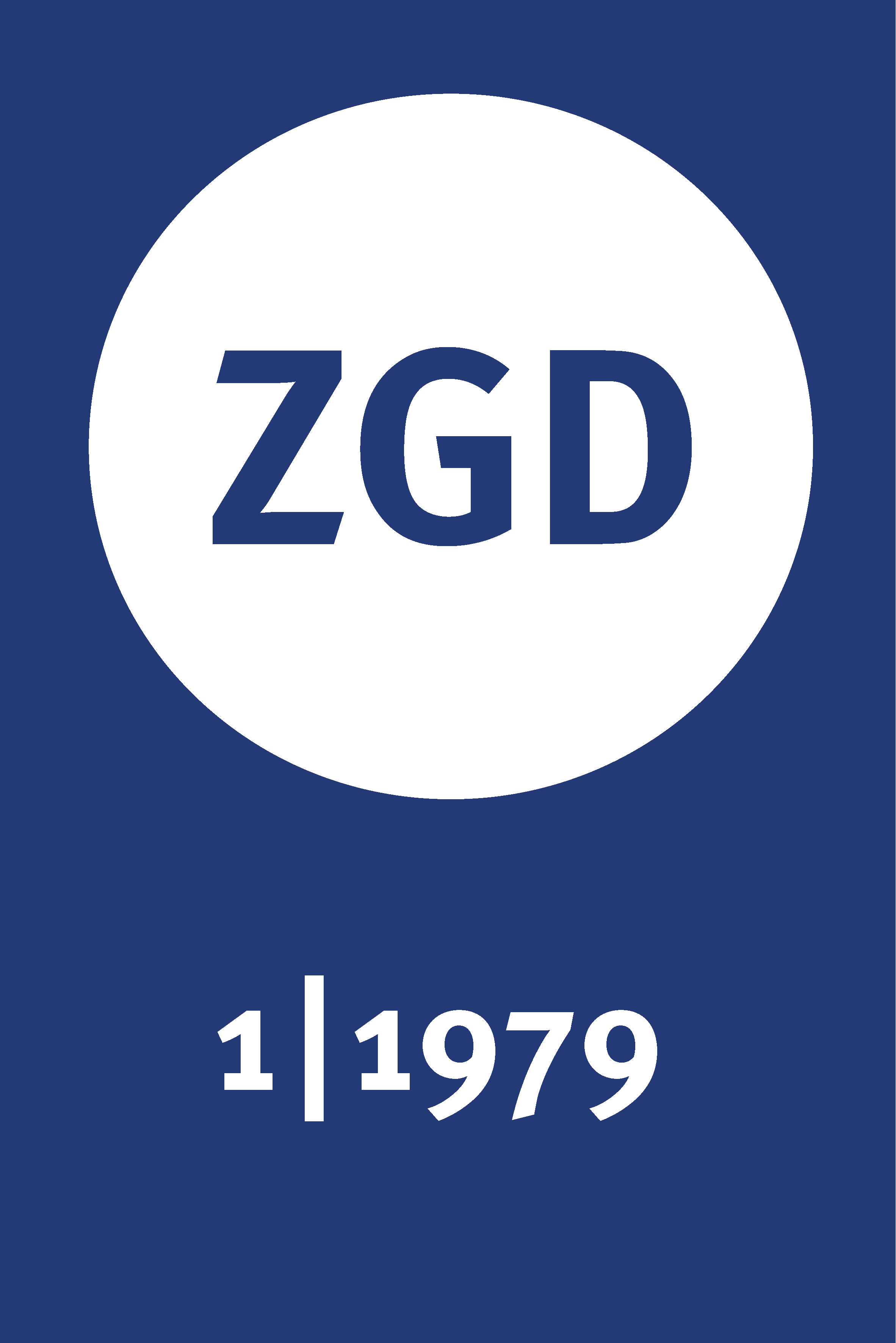Archives
-
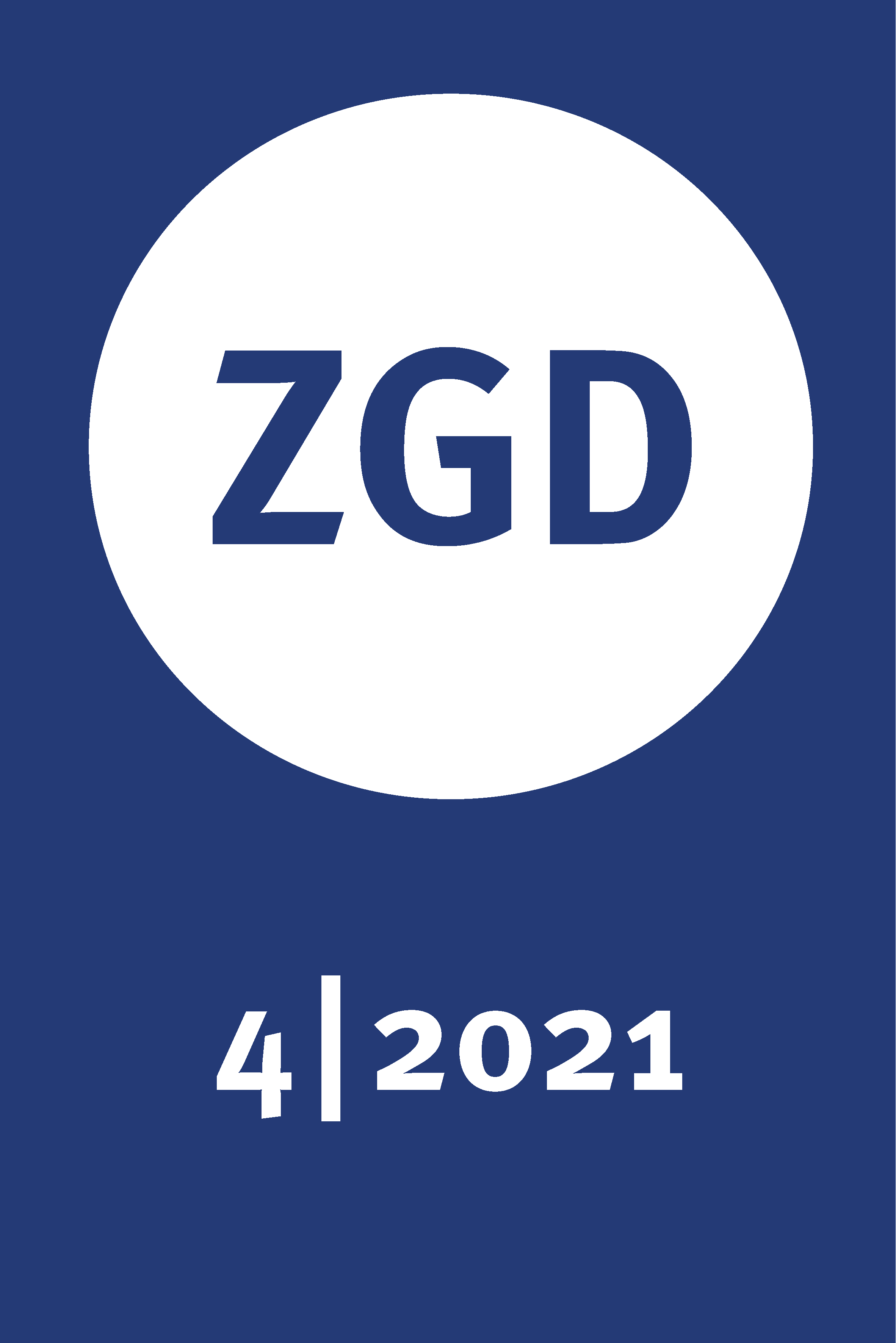
4|2021
Vol. 49 No. 4 (2021)In his introductory paper, Simon Catling addresses the numerous challenges Geography posits to young learners and their teachers. He derives a list of urgent and relevant research fields in need of further consideration to strengthen Primary Geography. Marian Blankman’s contribution showcases why the dialogue between Primary Geography and Children’s Geographies is a fruitful and necessary endeavor. Looking at children’s voices from two Dutch schools from quite heterogenous urban areas, Blankman reflects on the meaning of the everyday environment for the children. In doing so, the paper leaves the realm of cognition and delves into emotion, place attachment, and insideness.
Paula Juliasz reflects, in a more conceptual manner, on the role of drawing for spatial thinking. Including the Brazilian perspective, the author offers alternatives to how map based approaches across the world shape Primary Geography. Finally, Bagoly-Simó and Binimelis analyze Catalan and German primary textbooks to explore cartographic content and map-skill progression in the early years. In doing so, they focus on the interconnectedness between content, subject-specific knowledge, and map-skill acquisition. The results illustrate alternative ways of introducing maps and map skills in Primary Geography. -
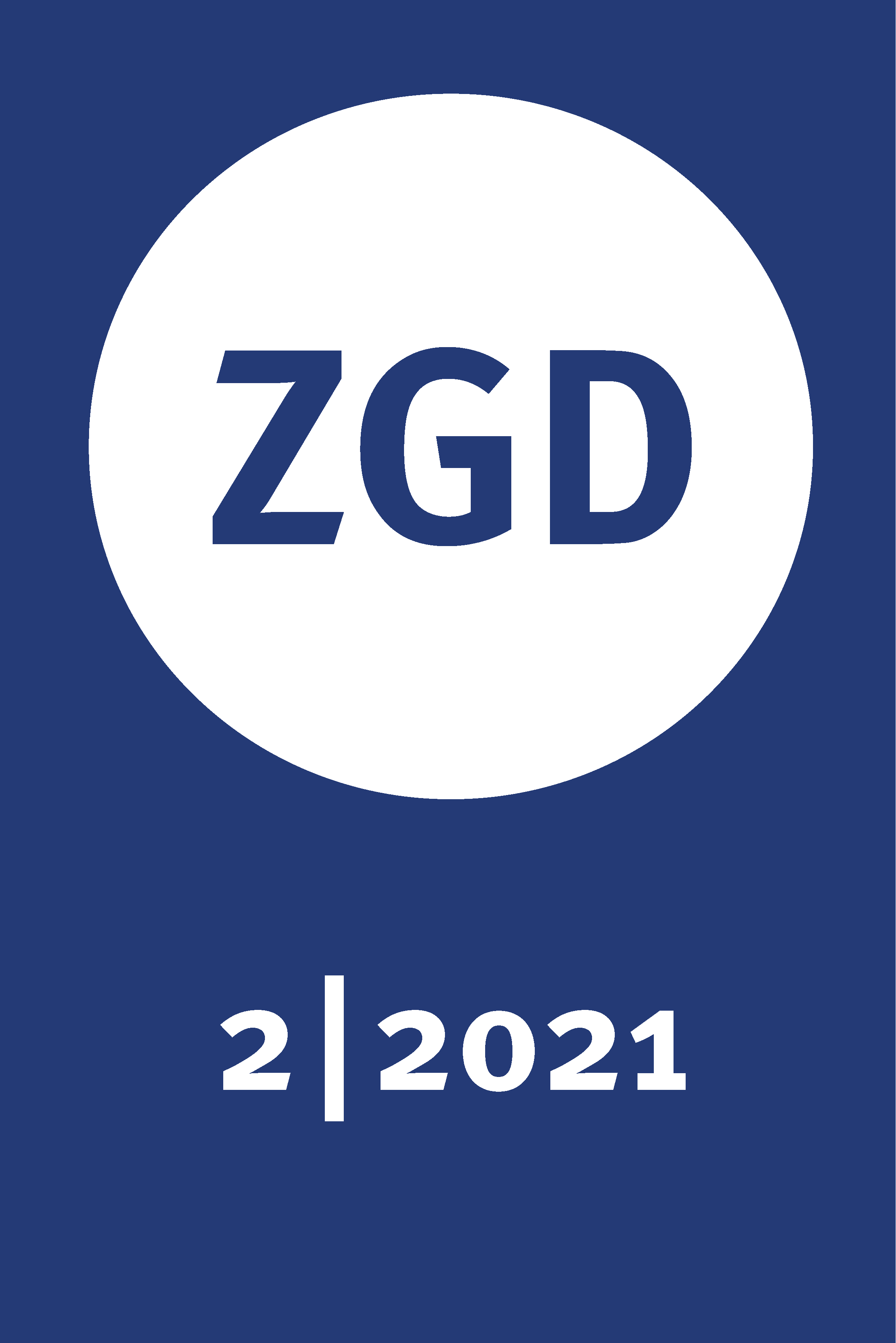
2|2021
Vol. 49 No. 2 (2021)In Heft 2|2021 liegt der Fokus des ersten Beitrages von Lasse Jakobs auf der Transferforschung. Zunächst wird sich dem Transferbergriff definitorisch genähert werden, bevor Richtungen und Aufgaben der fachdidaktischen Transferforschung aufgezeigt werden. Aufbauend auf einem elaborierteren Verständnis wird ein mögliches Akteur-Prozessmodell des Transfers dargestellt. Der zweite Artikel, der aus der Zusammenarbeit von Florian Johann und Thomas Brühne entstand, beschäftigt sich mit der koexistenten Entwicklung der Schulgeographie und gesellschaftswissenschaftlicher Fächerverbünde.
-
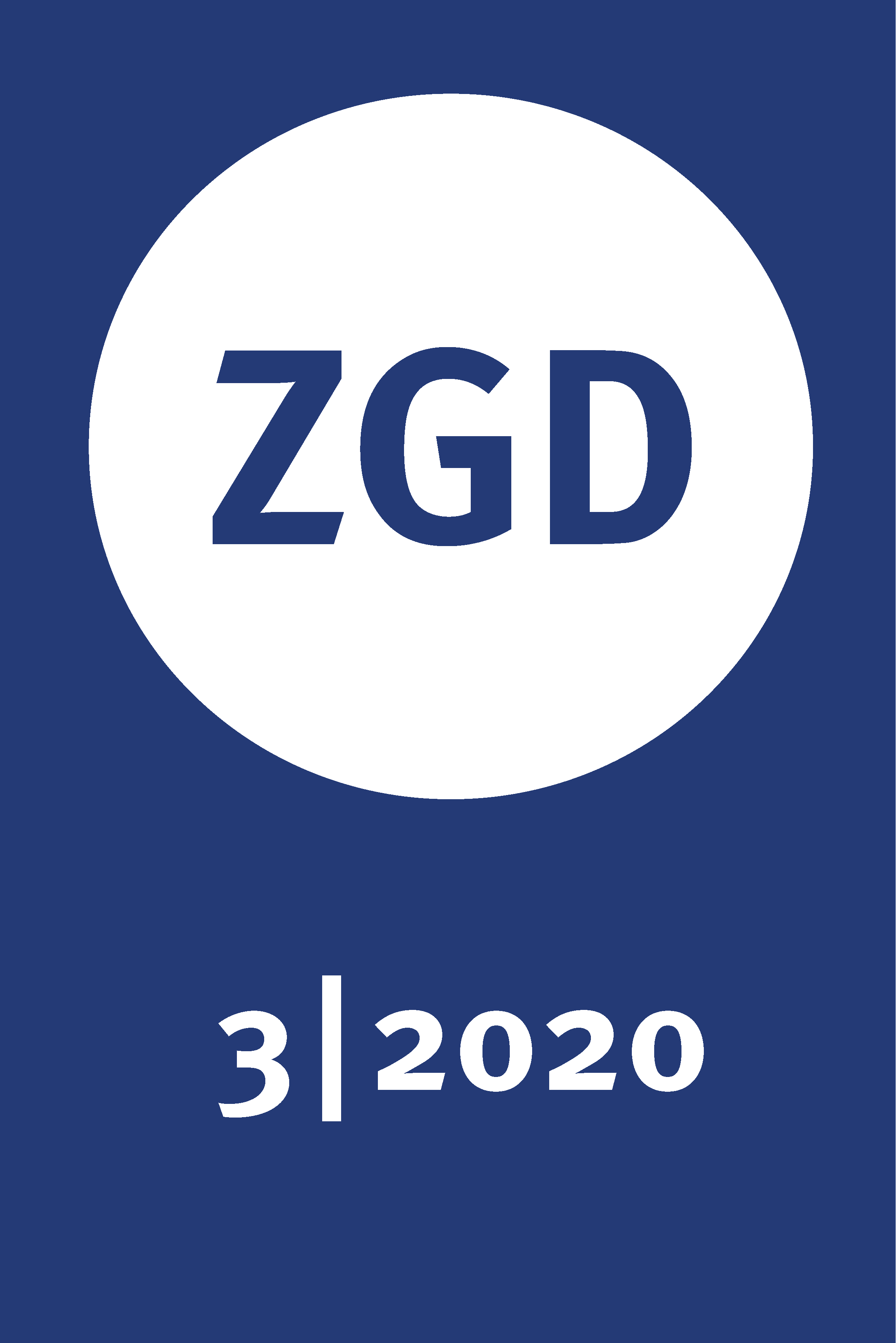
3|2020
Vol. 48 No. 3 (2020)In Heft 3|2020 liegt der Fokus des ersten Beitrages von Janis Fögele, Rainer Mehren und Armin Rempfler auf den Möglichkeiten, wie eine Erweiterung des bestehenden GeoSysKo-Modells mit qualitativen Systemeigenschaften empirisch angegangen werden kann. Der zweite Artikel, der aus der Zusammenarbeit von Karl-Heinz Otto, Theofilos Toulkeridis und Dennis Edler entstand, beschäftigt sich mit der Frage, ob die räumliche Nähe das Wissen über den Aufbau und die Entstehung von Vulkanen beeinflusst.
-
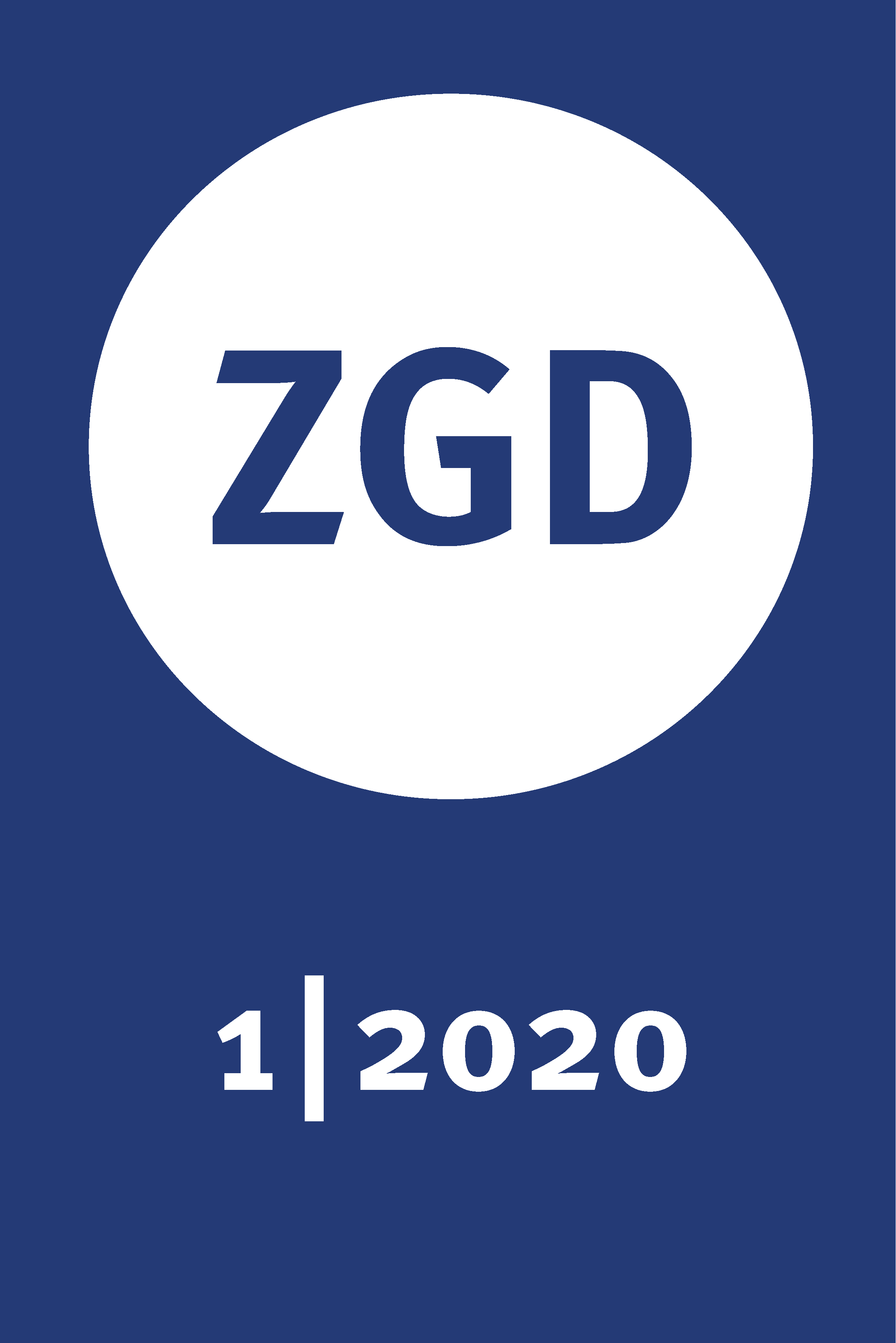
1|2020
Vol. 48 No. 1 (2020)ZGD's current issue joins both empirical and conceptual work on selected issues of Geography education in both secondary and higher education. The paper by Christian Wittlich and Thomas Brühne discusses criteria suitable to visualize and evaluate the implementation of Education for Sustainable Development (ESD) in learning settings outside of classrooms. Jeannine Wintzer turns her attention to conveying the theories of space through widely known games in higher education. The third paper, empirical in nature, presents empirical evidence regarding the measurement and development of systems thinking.
-
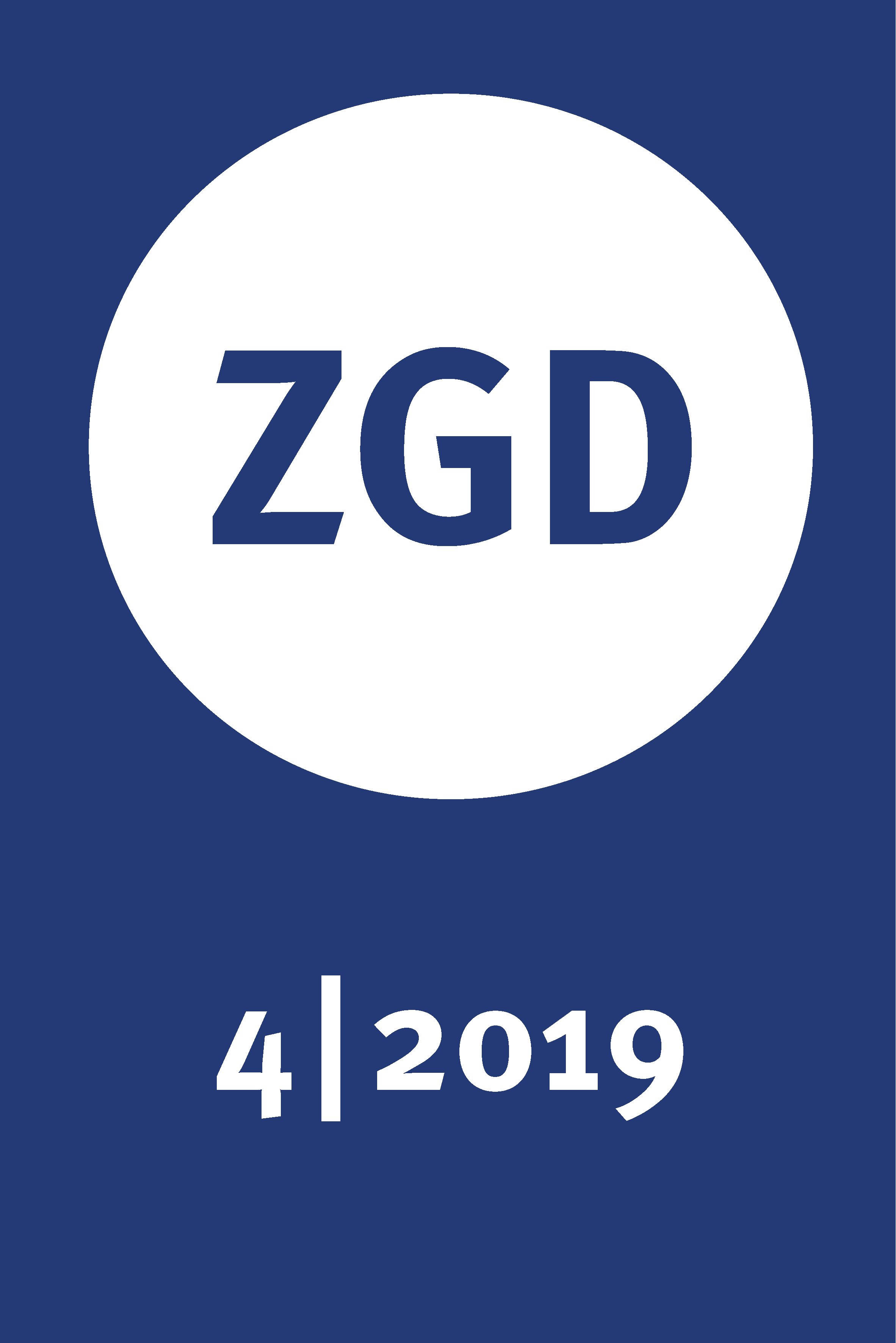
4|2019
Vol. 47 No. 4 (2019)This interdisciplinary special issue focusses on ethical judging both within and beyond the boundaries of school Geography. The first paper (Applis et al.) unites a multitude of subjects, including Geography, Ethics, Philosophy, Economy, Political, Social, and Educational Sciences, while engaging in an exploratory discussion revolving around ethical judging. The second paper (Hofmann et al.) takes the readership back to the school subject of Geography and presents empirical findings based on the three methods mystery, dilemma discussion, and the World Trade Game. Along with the research articles, Nina Scholten shares her experiences during an international symposium on geographical names, while Andreas Eberth discusses Birte Schröder’s dissertation.
-
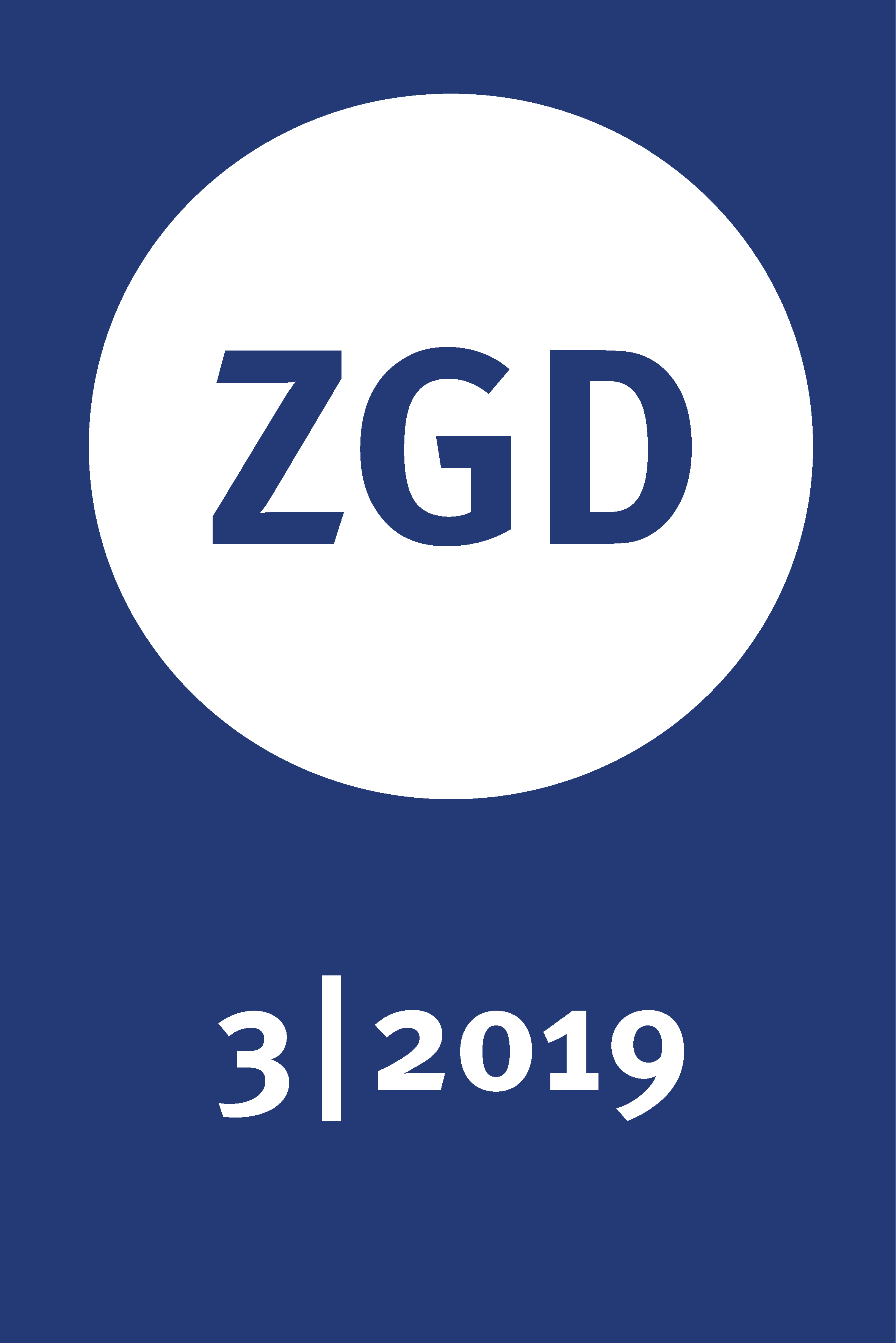
3|2019
Vol. 47 No. 3 (2019)This issue continues the series of papers that explore issues of teacher training and research on Geography teachers. The paper by Barthmann et al. explores both in-service Geography teachers' conceptions on student preconceptions and the ways these affect their teaching. Christian Dorsch and Detlef Kanwischer share selected results on the potential of e-portfolios for the initial training of Geography teachers.
-
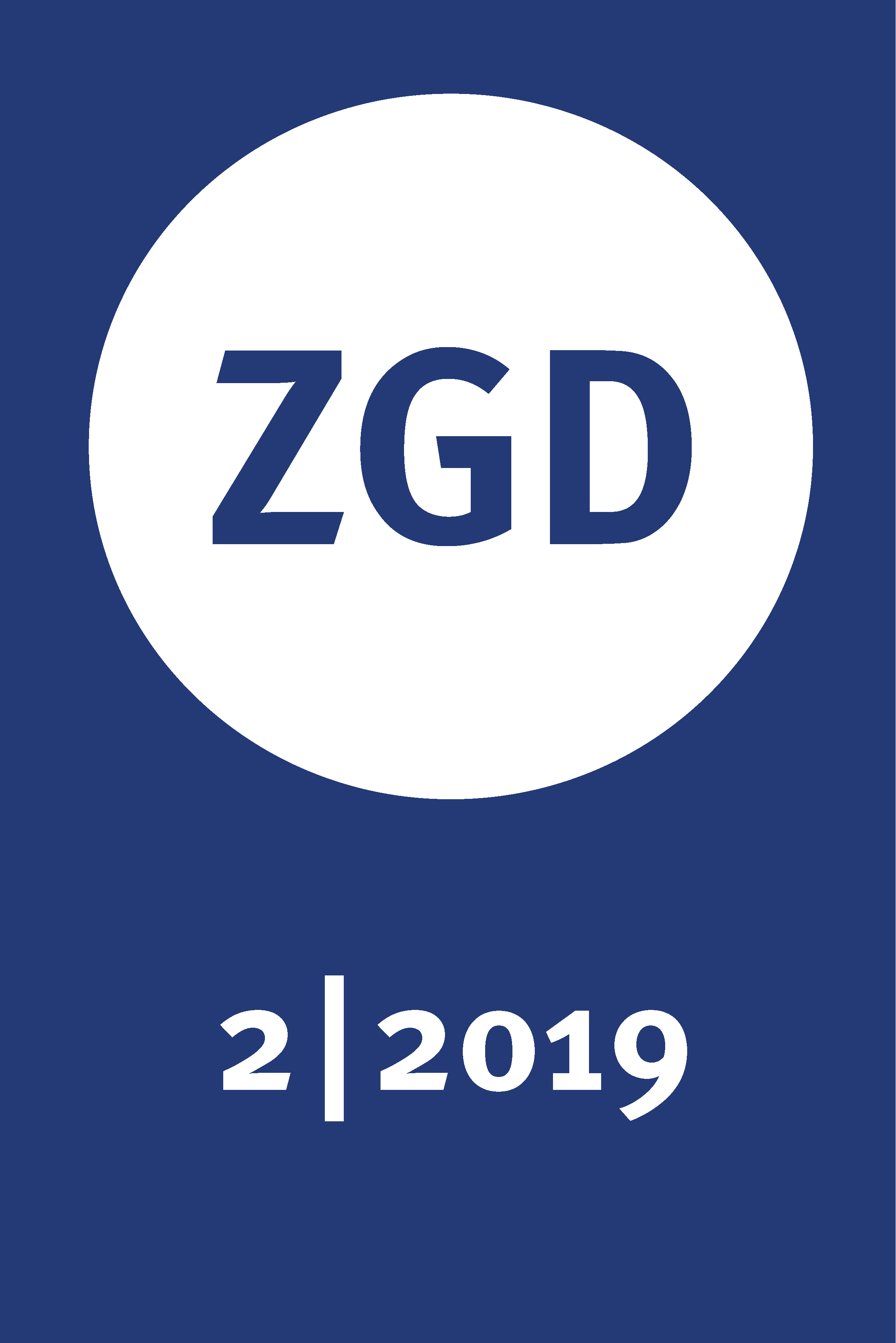
2|2019
Vol. 47 No. 2 (2019)The present issue sets an emphasis on the Geography teacher and explores matters concerning both in-service teachers and teacher training students. Focusing on in-service teachers, Sibylle Reinfried and Roland Kunze derived patterns of climate change interpretation as well as their impact on climate communication during classroom teaching. In contrast, Fögele et al. set up a typology of teacher training students based on a seminar dedicated to experiments.
-
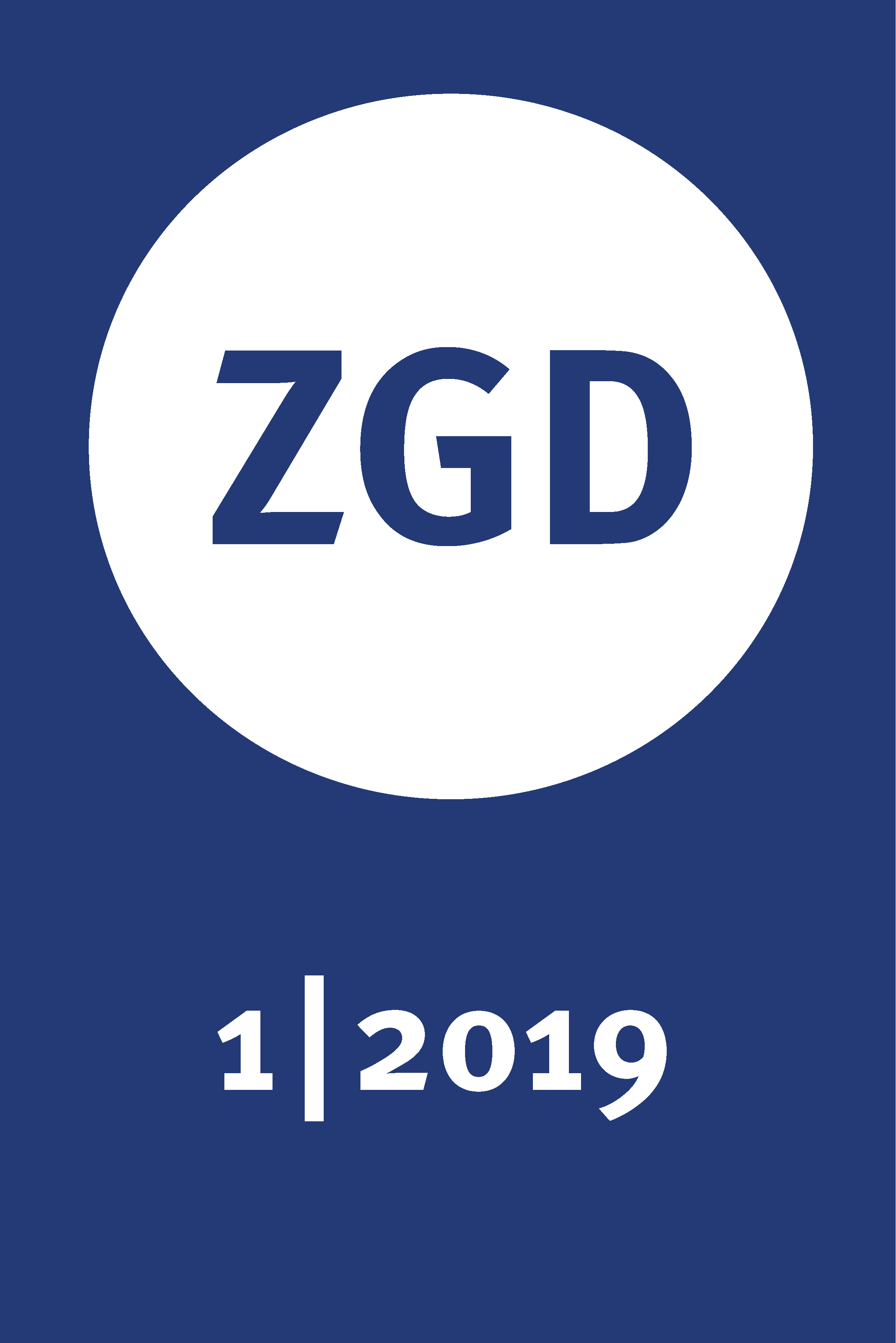
1|2019
Vol. 47 No. 1 (2019)According to studies on student interest, risks score high among the most popular topics and field trips are one of the most liked methods of school Geography. The first fully digital and open access issue of ZGD offers an insight into empirical research in both fields. Karl-Heinz Otto and his colleagues describe the knowledge of Ecuadorian students of volcanoes, the risks attached to them, and preventive measures in case of hazards. The second paper of this issue–authored by Anne-Katrin Lindau and Tom Renner–focusses on initial teacher training. The empirical study explores the potential of asking questions during geographical field trips against the background of the concept of space and the German basic concepts of school Geography.
-
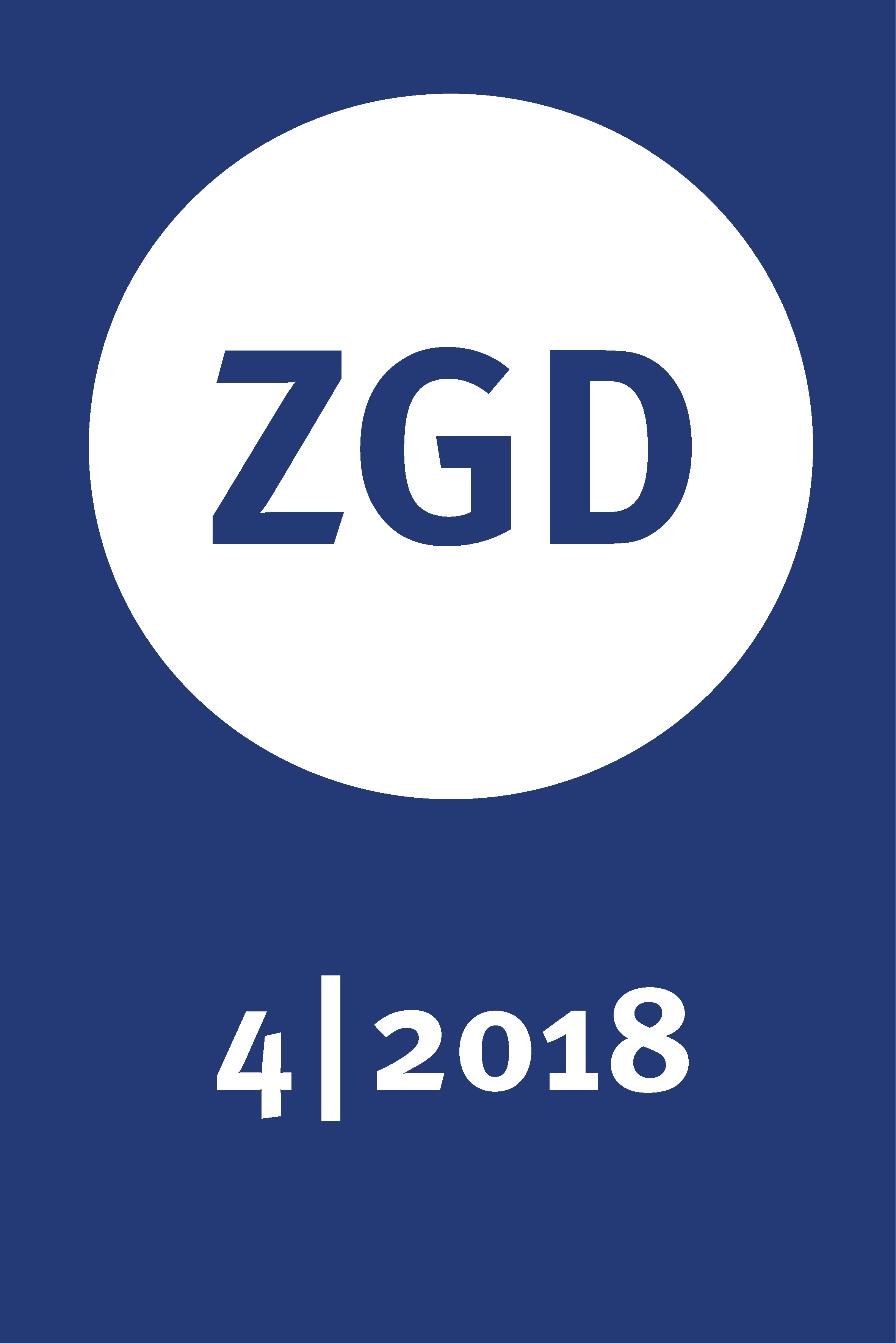
4|2018
Vol. 46 No. 4 (2018)Die im vorliegenden Heft zusammengeführten Aufsätze von Jan Hofmann und Marie Ulrich-Riedhammer folgen als praxeologische geographiedidaktische Forschungsprojekte der Praxistheorie. Was ist unter einem praxeologischen Zugriff zu verstehen? Die Praxistheorie wendet sich gegen individualistische Ansätze, die ein autonom handelndes Subjekt annehmen, dessen Handlungen zuvorderst auf rationalen Entscheidungen gründen. Damit werden u.a. Kompetenzmodelle zurückgewiesen, die Affekte und Kognitionen als isolierbare Komponenten von Handlung ausweisen oder Affekte gänzlich ausgrenzen (z.B. Stufenmodell zum systemischen Denken, Professionsansatz des Lehrkräftewissens). Zum anderen wendet sie sich gegen die Sichtweise, dass das soziale Miteinander von Subjekten vor allem aus deren expliziten Kommunikationen und damit aus Texten bestehe (z.B. Diskursanalyse und Systemtheorie). Zuletzt halten Vertreterinnen und Vertreter der Praxistheorie jeden biologistischen Materialismus für verkürzt, lehnen also Ansätze ab, die das Soziale vornehmlich in den Grundlagen des Körperlichen (z.B. neuronalen Netzen) verursacht sehen.
-
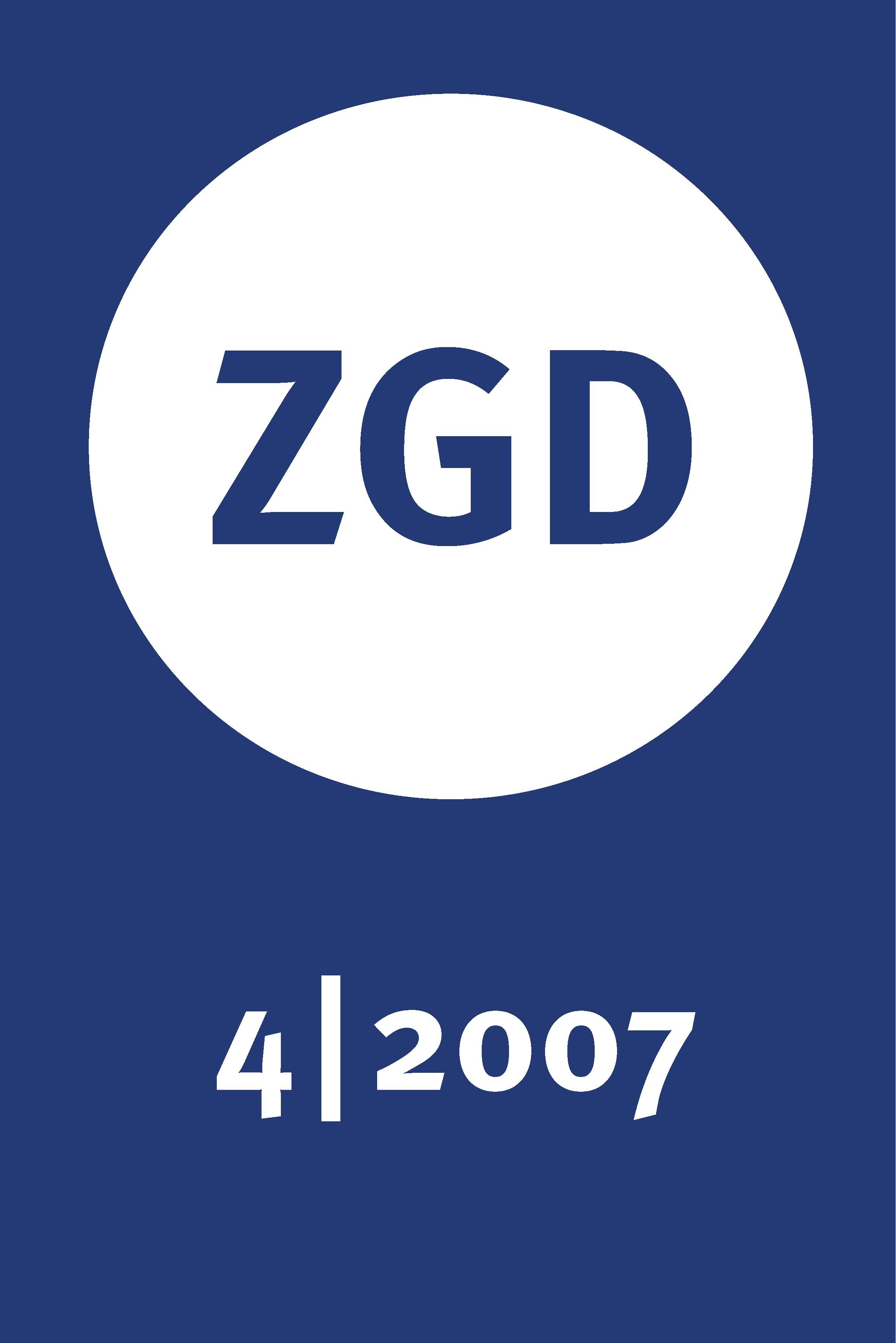
4|2007
Vol. 35 No. 4 (2007)This special edition of the German Journal "Geographie und Ihre Didaktik" contains selected contributions of the Vth International Geoscience Education Conference (GeoSciEd V). They cover important aspects of geoscience education research. The conference took place from september 18 – 21, 2006 in Bayreuth on behalf of the Leibniz Institute for Science Education (IPN), Kiel, the Geo-Centrum at the German Deep Drilling site KTB, Windischeschenbach, and the University of Bayreuth. The conference program comprised the major dimensions of Earth science education. A great many contributions followed an interdisciplinary approach integrating geographical and geological aspects as well as biological, chemical and physical ones. This is in accord with the educational aims set by the German geoscience associations. It also corresponds with the educational approach of the IPN project "System Earth", which marks a milestone of the quality improvement of geoscience education in Germany.


